Tidal energy refers to the power generated from the movement of tides in the ocean. As the waves rise and fall, tidal turbines capture the energy by converting the kinetic energy of the moving water into electricity.
Tidal energy is considered a form of renewable energy and has the potential to provide a consistent and reliable source of power. When we talk about tidal generation in India, we are talking about using the ocean’s tides to make power. This is a great way to get power because the ocean doesn’t stop moving, so we can always count on it.
And the best part? It’s a green way to make energy because it doesn’t harm our planet!
How Tidal Energy Works: Detailed Step-by-Step Process
1. The Cause of Tides:
The gravitational forces of the moon and, to a lesser extent, the sun, pull on Earth’s waters. This tug of war causes the oceans to bulge out in the direction of the moon and on the opposite side due to Earth’s rotation. The rise and fall of ocean levels due to this phenomenon are what we observe as tides. Tides are predictable, occurring at regular intervals, and can be classified into spring (strong) and neap (weak) tides based on the positions of the moon and sun relative to the Earth.
2. Selecting the Right Location:
The strength and consistency of tides vary around the world. To harness the maximum energy, sites with the highest tidal range or strongest tidal currents are sought. Coastal areas where water is funneled into narrows or bays often amplify tidal action, making them prime spots for energy extraction. Detailed marine studies, including seabed analysis and tidal behavior over time, are conducted before finalizing a location.
3. Tidal Energy Technology Installation:
- Tidal Stream Systems: These devices are anchored to the seabed and feature turbine blades that move with the flow of the water. They’re essentially underwater wind turbines, optimized for the density and behavior of water rather than air.
- Tidal Barrage Systems: A tidal barrage is similar to a dam built across the entrance to a tidal basin. It has a series of sluice gates and turbines. When the tide rises and water flows into the basin, the gates close, trapping water inside.
4. Harnessing the Water’s Movement:
For tidal stream systems, the kinetic energy of moving water is directly captured by the turbine blades, causing them to spin. In tidal barrage systems, potential energy is built up due to the difference in height (or “head”) between the trapped water in the basin and the sea outside. When gates open, this water flows out, and the stored potential energy is converted to kinetic energy, driving the turbines.
5. Converting Movement into Electrical Energy:
The spinning turbines are mechanically connected to generators. A generator works on the principle of electromagnetic induction. As the turbine spins the rotor inside the generator, the movement of coils within a magnetic field induces an electric current. This motion and interaction generate electricity.
6. Transmitting the Generated Electricity:
Once generated, electricity has to be transported to consumers. Due to the marine environment where tidal generators operate, specialized sub-sea cables, resistant to saltwater and marine activities, are used. These cables transport the electricity from the generation site to a shore-based substation.
7. Grid Integration and Distribution:
At the substation, transformers modify the electricity’s voltage to make it compatible with the grid. This step ensures that the electricity is at the correct voltage for safe distribution and usage. Once integrated into the electric grid, tidal-generated electricity is indistinguishable from electricity generated from other sources and can be transmitted to homes, businesses, and other facilities.
8. Storage (Optional):
Even with the predictability of tides, there might be periods where generation exceeds demand or vice versa. Modern energy storage solutions, such as lithium-ion batteries, flywheels, or even pumped hydro storage, can store excess electricity. This stored energy can be dispatched back to the grid during periods of high demand or lower generation.
9. End Use:
Once it reaches homes or businesses, tidal-generated electricity is used just like any other electricity. It can power appliances, light rooms, run machines in factories, and more. The primary benefit is its sustainable and renewable nature, offering an alternative to fossil fuels and reducing greenhouse gas emissions.
Importance of tidal power generation in India
Tidal energy generation is significant in India for several reasons. Firstly, India has a long coastline of about 7,500 kilometers, providing ample opportunities for harnessing tidal energy. This renewable energy source can contribute significantly to the country’s energy needs and reduce dependency on fossil fuels.
Furthermore, tidal energy is predictable and consistent, unlike other renewable sources such as solar or wind energy. This reliability ensures a stable and continuous power supply, which is crucial for economic growth and development. Tidal energy can help meet the increasing demands of a rapidly expanding population and booming industrial sector.
Additionally, India is vulnerable to the impacts of climate change, including rising sea levels and increased frequency of extreme weather events. By investing in tidal energy generation, India can reduce its carbon footprint and combat climate change. This aligns with the country’s commitment to the Paris Agreement and its goal of transitioning towards a more sustainable energy system.
Furthermore, tidal energy projects can create employment opportunities and boost local economies, particularly in coastal regions. These projects require skilled labor and specialized equipment, providing a potential boost to the country’s manufacturing and services sectors.
Lastly, investing in tidal energy can enhance India’s energy security by diversifying its energy mix. Currently, the country heavily relies on coal and imported fossil fuels, making it susceptible to price fluctuations and geopolitical uncertainties. By harnessing tidal energy, India can reduce its dependence on external energy sources and achieve greater energy independence.
Challenges in Generating Power from Tidal Energy
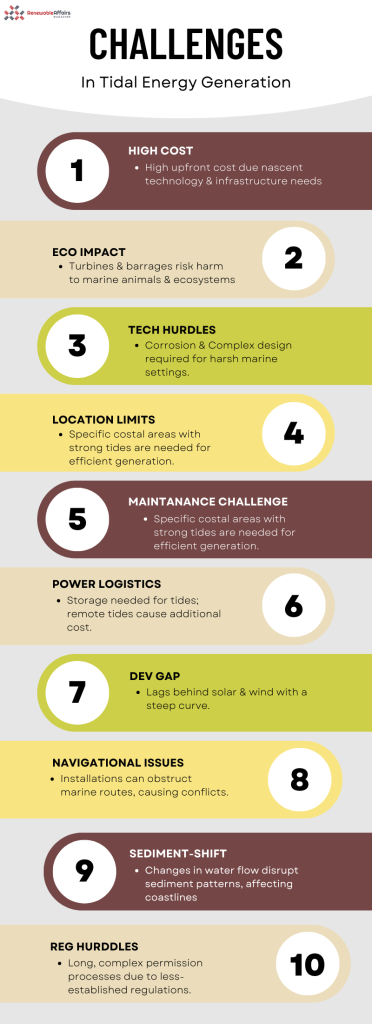
1. High Initial Costs:
- Tidal energy projects require specialized machinery, infrastructure, and expertise. Installing underwater turbines, building barrages, and laying underwater cables can be quite expensive. In addition, the nascent state of the technology means that economies of scale haven’t yet been realized. Initial research, pilot projects, and environmental assessments add to these costs, making the upfront investment for tidal energy higher than other more established renewables.
2. Environmental Concerns:
- While tidal power is green in terms of emissions, the physical infrastructure can impact local marine environments. Underwater turbines might pose risks to swimming animals, leading to potential injuries. Barrages can change water salinity and temperature, affecting delicate marine ecosystems. The structures can also act as barriers, disrupting the migration routes of certain marine species, potentially leading to declines in populations.
3. Engineering Challenges:
- The marine setting poses unique engineering challenges. Saltwater is corrosive and can degrade machinery over time. The sheer pressure exerted by water, especially at greater depths, necessitates robust designs. There’s also the challenge of designing equipment that can withstand strong tidal flows, shifting seabeds, and marine growth like barnacles which can affect performance.
4. Limited Suitable Locations:
- Not all coastal regions are suitable for tidal energy generation. Effective tidal power generation requires places with significant tidal ranges or very strong tidal streams. This geographical limitation means that even countries with extensive coastlines might only have a handful of suitable sites for tidal power.
5. Maintenance Difficulties:
- Routine maintenance in a challenging marine environment can be both difficult and costly. Accessing underwater components requires divers or specialized submersible vehicles. Detecting issues, replacing parts, or even just conducting regular checks can be more challenging than similar operations on land-based or even offshore wind turbines.
6. Energy Storage and Transmission:
- While tides are predictable, they don’t necessarily align with human electricity consumption patterns. Storing excess energy generated during peak tides becomes crucial, and this storage solution incurs additional costs. Also, many suitable tidal energy locations might be remote, necessitating long transmission lines to populated areas, which adds to infrastructure costs and energy loss.
7. Lesser Development Compared to Other Renewables:
- Solar and wind energy technologies have seen extensive development and deployment in the past few decades. In contrast, tidal energy is less developed, meaning there’s a steeper learning curve. The industry lacks a broad base of operational data, established best practices, and the same level of investment seen by other renewables.
8. Navigational Issues:
- Large tidal installations can obstruct marine pathways. For areas that depend heavily on marine transport, fishing, or other sea-based activities, tidal installations might pose navigational risks. This can lead to potential conflicts, necessitating redesigns or additional infrastructure like navigational aids.
9. Potential Impact on Sediment Transport:
- Changing the water’s flow can alter how sediments are transported and deposited. This might lead to unforeseen consequences like the erosion of valuable coastal lands or the buildup of sediment in unwanted areas, which can impact local habitats and human structures.
10. Permitting and Regulatory Hurdles:
- Securing permissions for tidal energy projects can be a complex process. As with many large infrastructure projects, there are concerns about environmental, economic, and social impacts. Regulatory frameworks might not be well-established for this relatively new industry, leading to uncertainties. Each stage, from preliminary assessments to final approvals, might require extensive documentation, studies, and stakeholder consultations, lengthening the project timeline and increasing costs.
By understanding and addressing these challenges, stakeholders can pave the way for more widespread adoption of tidal energy, harnessing its potential as a consistent and sustainable power source.
Some Stats About Tidal Energy
According to getintonuclear there are currently 9 tidal power plants in operation in the world today. Although, India is yet to start one. Back in 2008, the Ministry of New & Renewable Energy approved to build of a 3.75 MW tidal power plant in West Bengal, but due to the challenges faced, it wasn’t completed. The research in this department is still in progress but there isn’t a green flag yet.
- Tidal energy is one of the cleanest renewable energy sources, it doesn’t need any fossil fuel and hence has zero carbon dioxide (CO2 ) emission.
- As per a study that was conducted in Chennai in association with CRISIL Risk & Infrastructure Solutions Limited back at the end of 2014, the potential of power generated from tidal energy was estimated at around 12,455 MW (source)
- According to a committee report on Tidal Power Development in India, it is recommended that the central government should reassess the cost of tidal power to determine its economic viability and benefits for the future. (source)
- The Gulf of Kutch followed by the Gulf of Khambhat is considered to be the two most important tidal energy generation sites. (source)
Top Tidal Energy Plants in the World
Minesto
Headquartered in Gothenburg and Sweden, this company started its journey in 2007. Since then, its primary objective has been to generate electricity by harnessing ocean energy using the latest technology. The Earth’s reserve of non-renewable resources is depleting rapidly.
Therefore, it has become a global concern to look for alternative energy resources. Much like solar energy, tidal energy is also a green alternative and is available in plenty.
Year of Establishment: 2007
Services:
- Site Development Services
- Power Plant Services, Operations, and Maintenance
- Kite Systems
Contact Details:
- Email: info@minesto.com
- Address: Minesto AB, 421 30 Västra Frölunda, J A Wettergrens gata 14, Sweden
- Phone Number: +46 31 29 00 60
CorPower Ocean
CorPower Ocean harnesses tidal energy to produce electricity. This company has several latest technologies and machines in its store which it uses to make the most of tidal energy.
Switching to sustainable energy resources and leaving behind the traditional non-renewable alternatives remains the sole objective of this company. This Enterprise has headquarters in Scotland, Sweden, Portugal, and Norway.
Year of Establishment: 2012
Services:
- Wavespring Technology
- Cascade Gearbox
- Composite Buoy
- Pre-tension cylinder
- UMACK anchor
Contact Details:
- Email: info@corpowerocean.com
- Address: CorPower Ocean, 126 30 Hägersten, Västberga Allé 60, Sweden, (Headquarter)/ CorPower Ocean, Stromness KW16 3BT, 71 Victoria St, Scotland
Hydroquest
Committed to generating and supplying renewable energy to the world, Hydroquest started its journey in 2010. With the help of its high-end technology and experienced team of professionals, this organisation has already changed the landscape of renewable energy production. In 2016, the company launched its ambitious OceanQuest 1MW project.
Year of Establishment: 2010
Services:
- Turbine Technology Development
- Renewable Energy Production
- HQ 2.5 Technology
Contact Details:
- Email: contact@hydroquest.net
- Address: Inovallia, 16, Chemin de Malacher, Building B, Meylan, France 38240
- Phone Number:+33 9 62 68 4114
Mako Energy
Mako Energy began its journey in 2013. Ever since this enterprise has dedicated itself to making renewable energy more accessible. The state-of-the-art technology used by this organisation has made innovation possible. Therefore, Mako Energy can harness the power of coastal tidal waves, inshore tides, and even constant flows.
Year of Establishment: 2013
Services:
- hydrokinetic turbines
- Renewable Energy Supply to Coastal Areas, Islands, etc.
- Installation services
- Engineering Facilities
Contact Details:
- Email: douglas.hunt@mako.energy
- Address: Australia, Sydney, New South Wales
- Phone Number: +61 439 876 116
Aquamarine Power
Aquamarine Power is one of the most promising tidal energy companies in the UK. With the government’s support and encouragement and the professionals’ expertise, this company has come a long way since its inception. Alstom, CorPOwer, Orbital Marine Power, etc., are a few of the esteemed clients of this company.
Year of Establishment: 2003
Services:
- Demonstration services
- Consenting services
- Business Services
- Site Development and Operations
- Open Sea Testing Facilities
Contact Details:
- Email: info@emec.org.uk
- Address: The Charles Clouston Building, Back Road, Orkney Research and Innovation Campus (ORIC), Stromness, Orkney
- Phone Number: +44 (0)1856 852060
Tocardo
Founded in 1999, this company already has made a huge impact in the domain of tidal energy solutions. It manufactures one of the most widely used varieties of hydroflow turbines. Tidal energy remains one of the most sustainable solutions for the current energy crisis. To this end, Tocardo has contributed significantly.
Year of Establishment: 1999
Services:
- Inshore Civil services
- Hydrowing services
- Subhub
- River Platforms
- Off Shore Solutions
Contact Details:
- Email: info@tocardo.com
- Address: 1771 MZ Wieringerwerf, Nieuwzandweg 1, the Netherlands
- Phone Number: 0031 853 036 799
Ocean Flow Energy
Ocean Flow Energy is one of the top tidal energy companies in England. This organization also provides valuable consultation services to enterprises that indulge in tidal energy-related research and innovations. Evopod and Starfloat are the two most popular devices of this company.
Year of Establishment: 2002
Services:
- Design and Support
- Site Development
- Marine System Analysis
- Economic Analysis
- Model Test Supervisions
Contact Details:
- Email: info@oceanflowenergy.com
- Address: 15 Millview Drive, Tynemouth, Tyne & Wear, NE30 2PR
Biome Renewables
At its core, this comapny is a design and engineering company that makes harnessing tidal waves possible. The organization puts in its best efforts and expertise to ensure higher electric power generation from tidal waves.
Year of Establishment: 2015
Services:
- Manufacturing Powercone Tidal Turbines
- Installation and site tests
- Higher power output solutions
- Cost-effective tidal energy solutions
Contact Details:
- Email: info@biome-renewables.com
- Address: Suite 262, 150 King Street West, Ontario, Toronto, M5H 1J9
Conclusion
Harnessing tidal energy presents a promising avenue for sustainable power generation, one that offers predictability and consistency unmatched by some other renewables.
However, like any pioneering technology, tidal energy generation faces its own set of challenges. From high initial investment needs and eco-impacts to tech hurdles and locational limits, the path to making tidal energy mainstream is riddled with obstacles.
Yet, every challenge is an opportunity in disguise. Addressing the challenges, power logistics, dev-gap, sediment-shift, and reg-hurdles will not only lead to advancements in tidal energy technology but can also inspire innovations beneficial to other sectors. The future of tidal energy, though demanding, is undoubtedly bright.
As technology advances, costs fall, and further research mitigates the outlined challenges, tidal energy could become a pillar of the global renewable energy landscape. Embracing these challenges today can pave the way for a cleaner and more sustainable tomorrow.






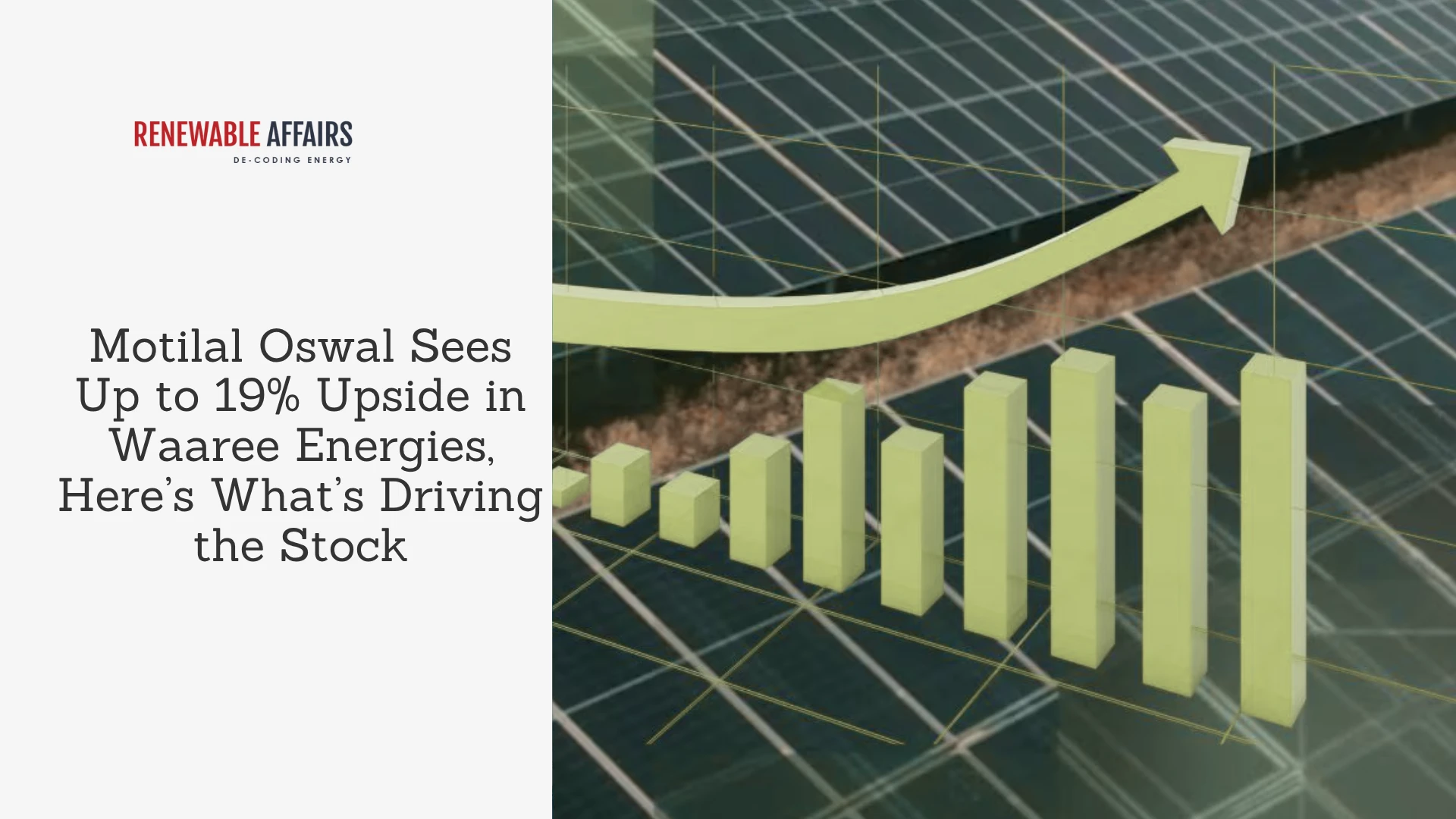
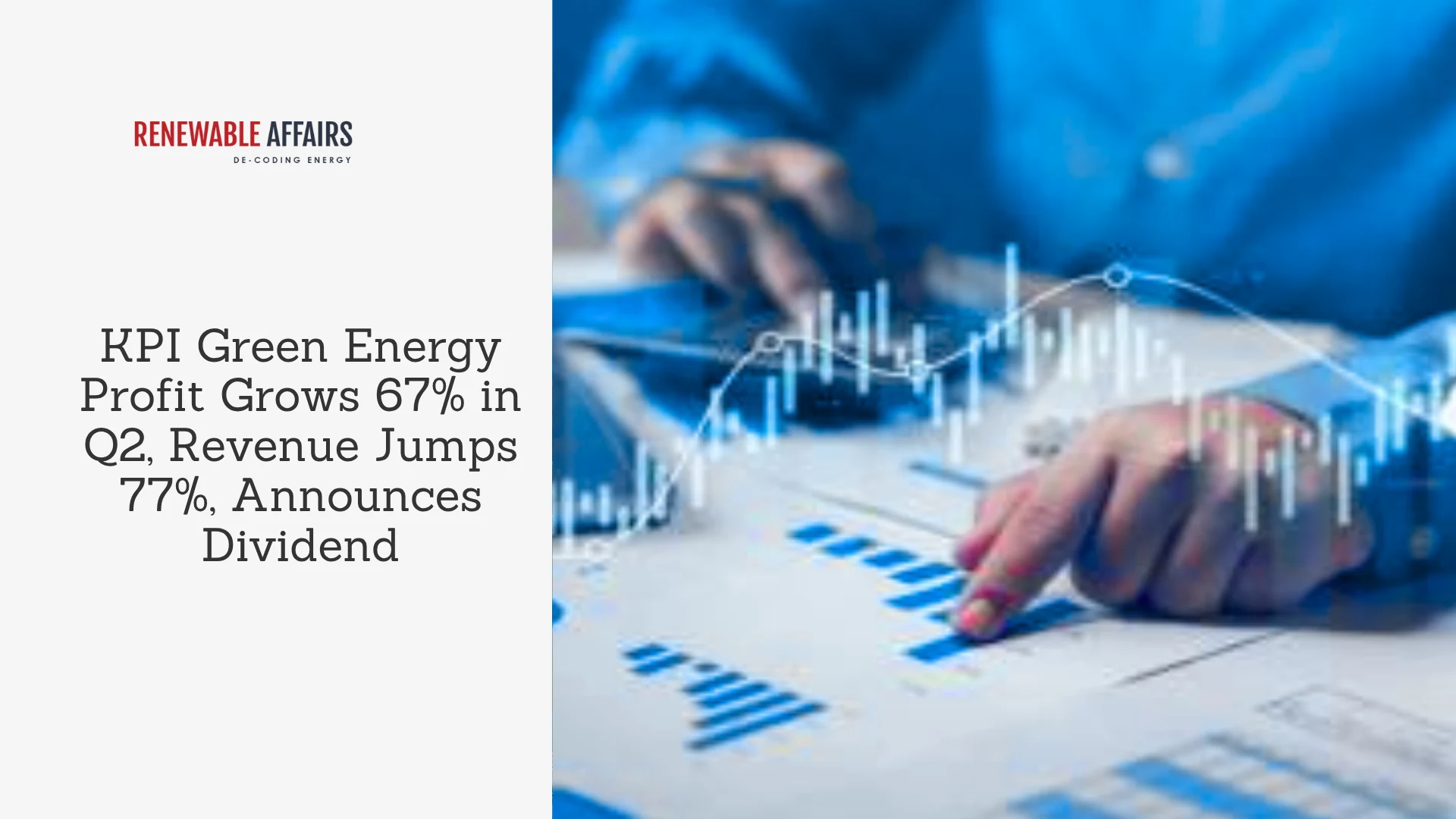

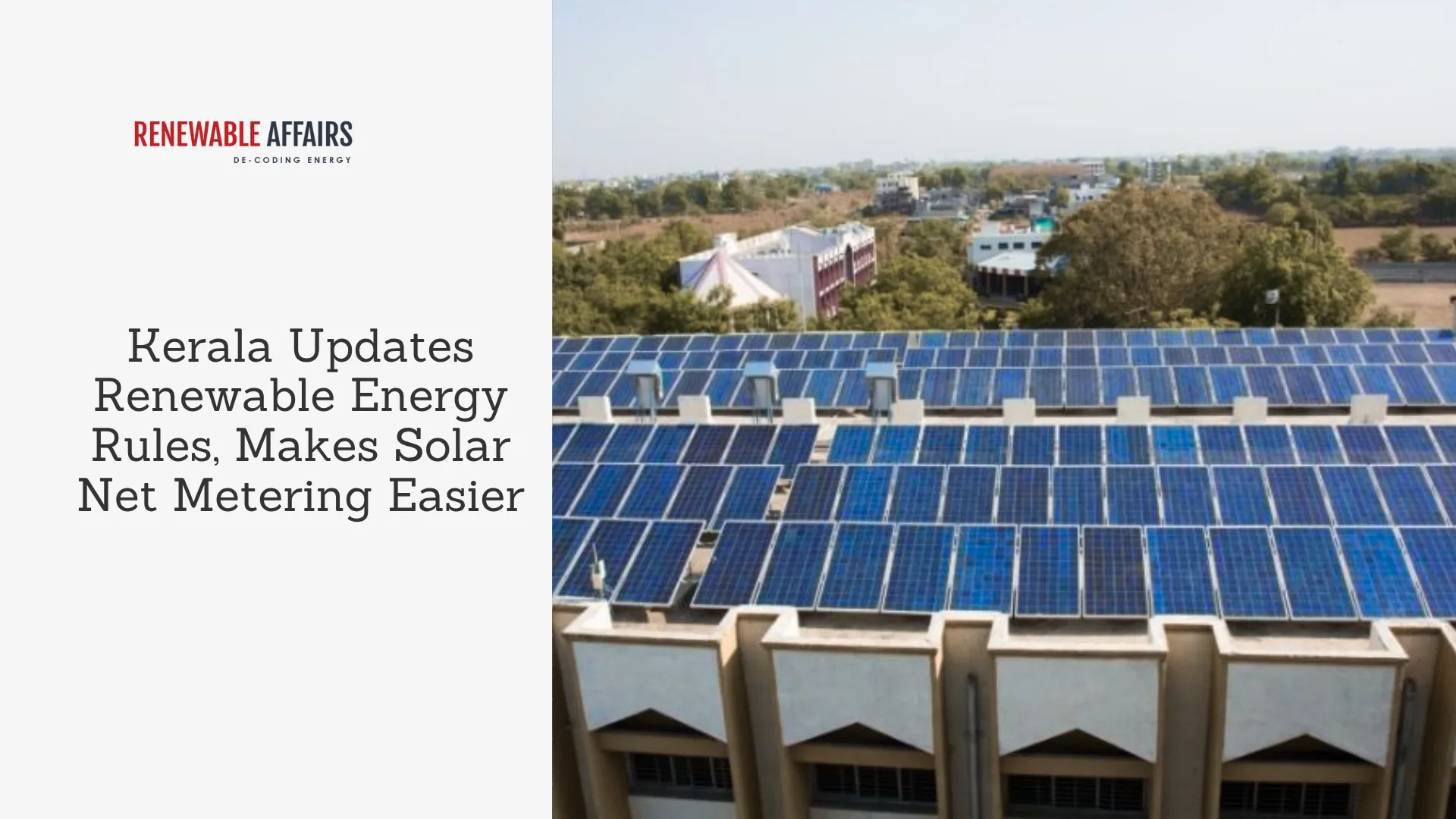
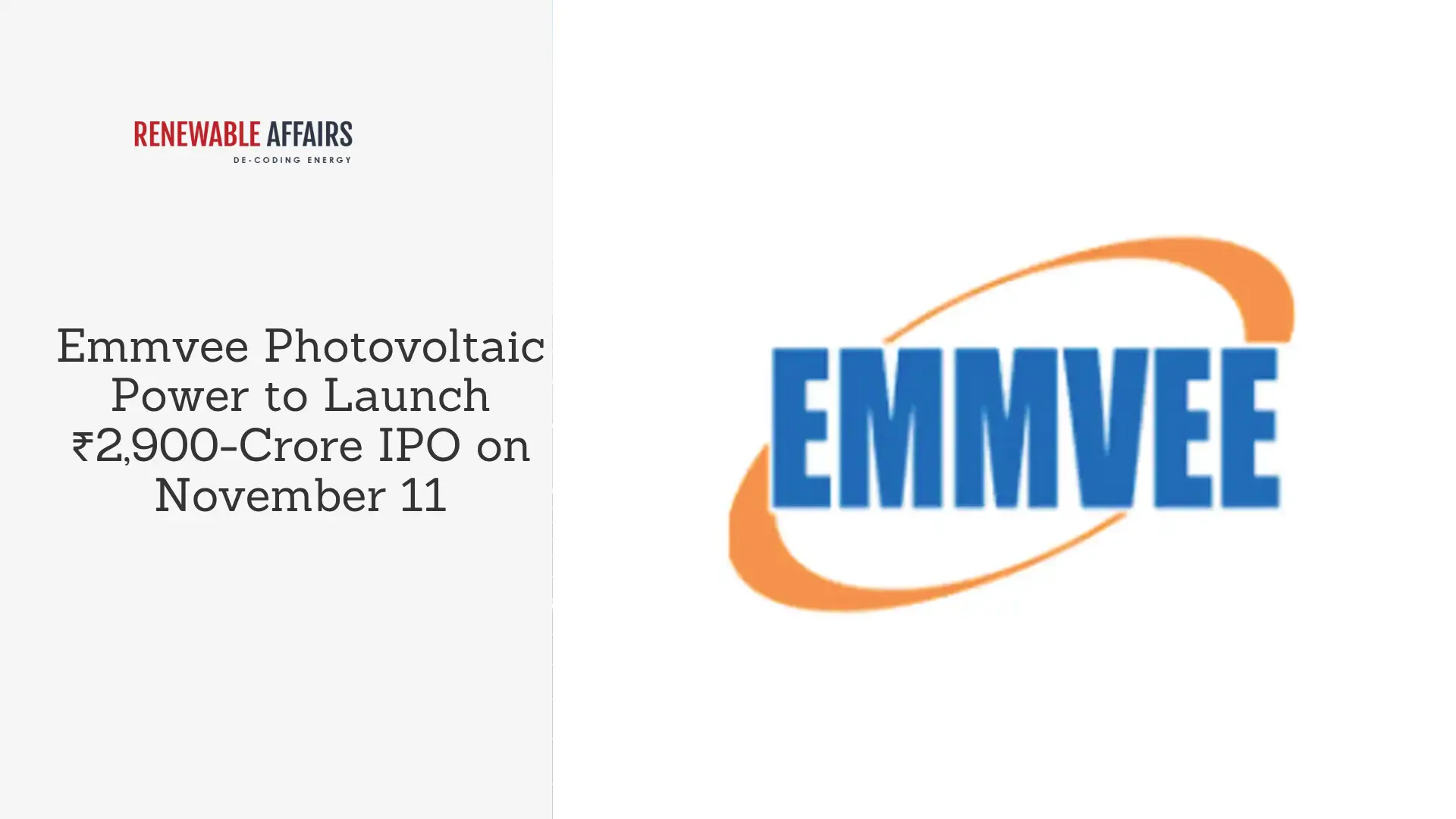

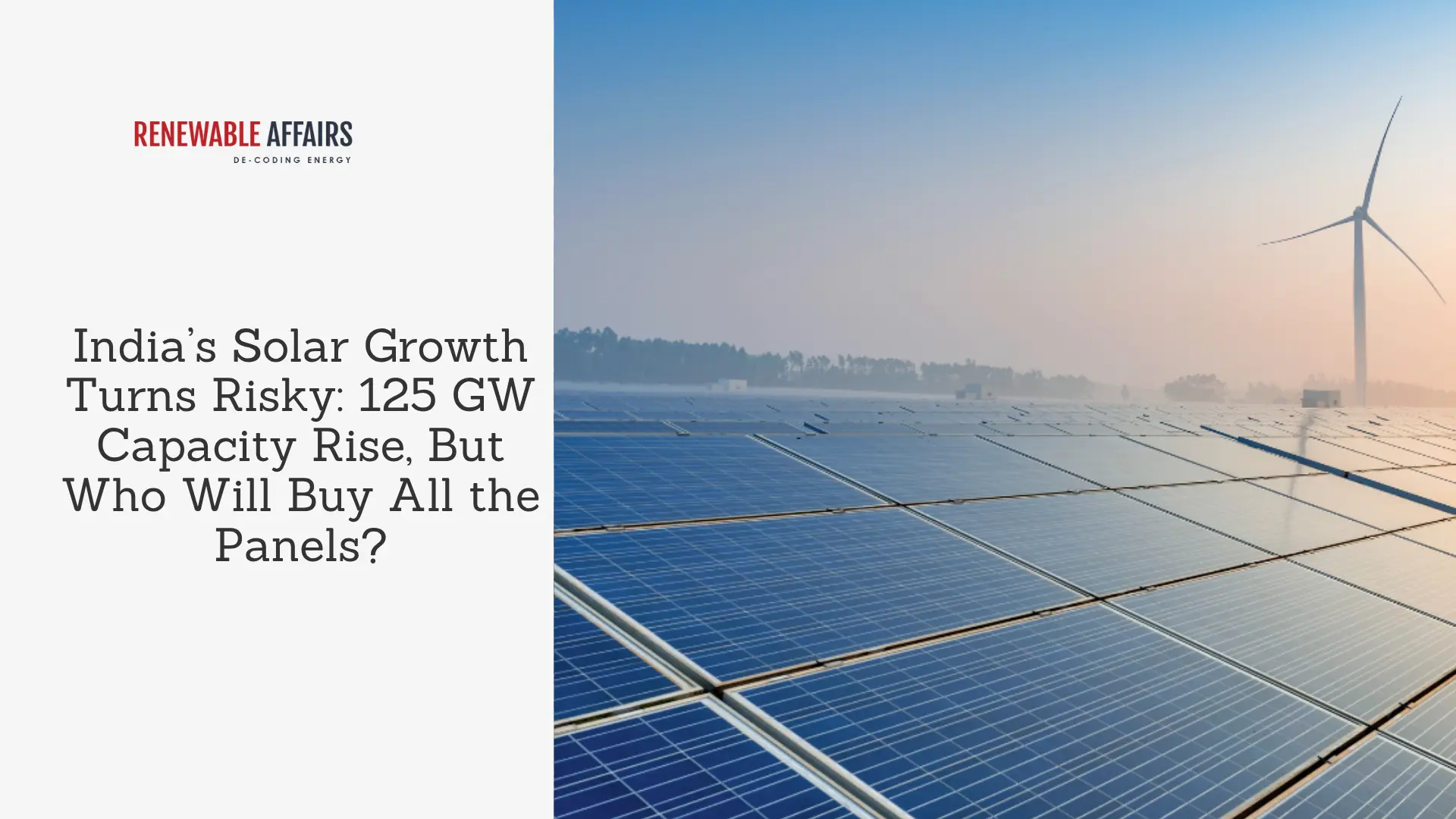
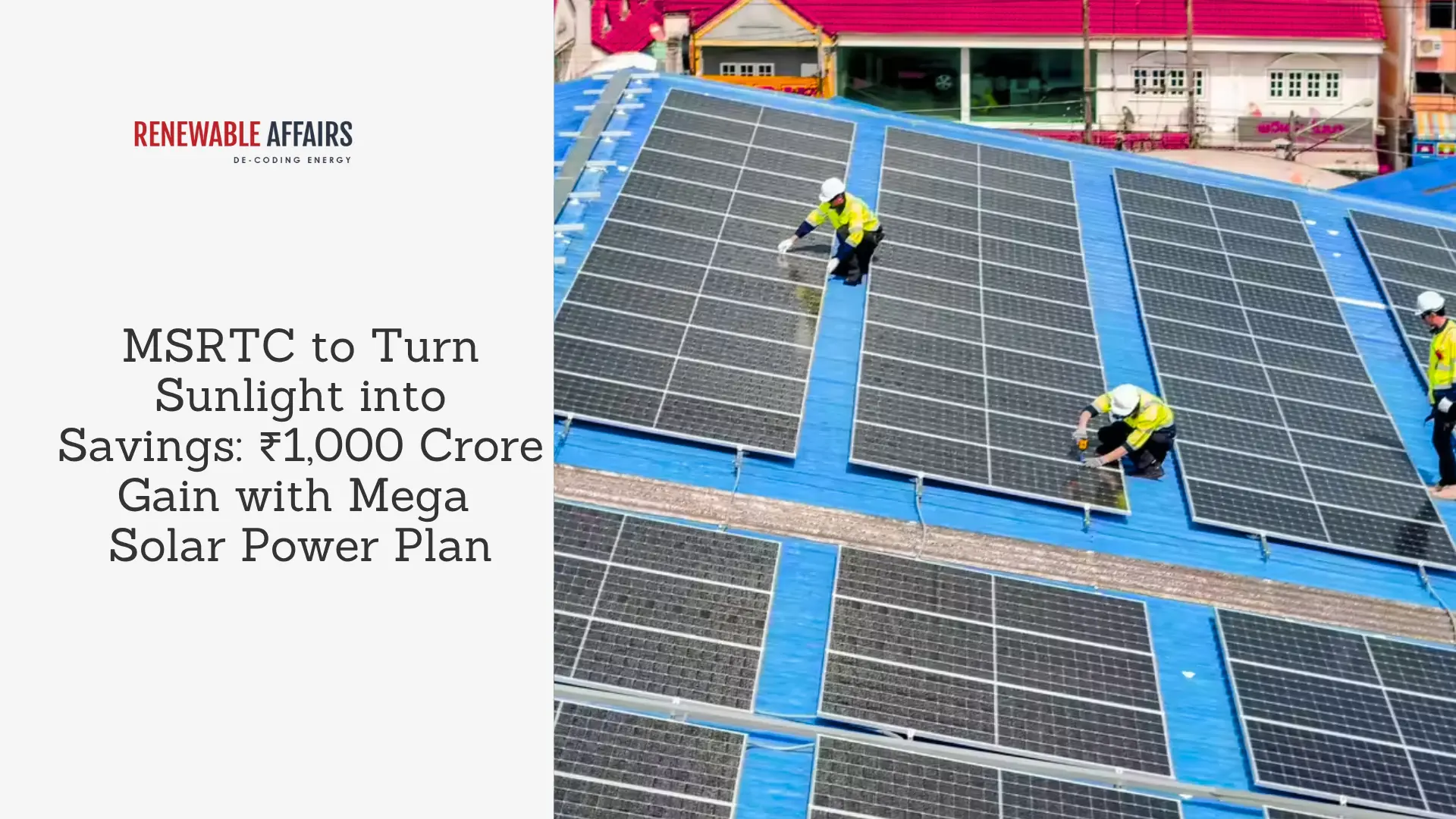
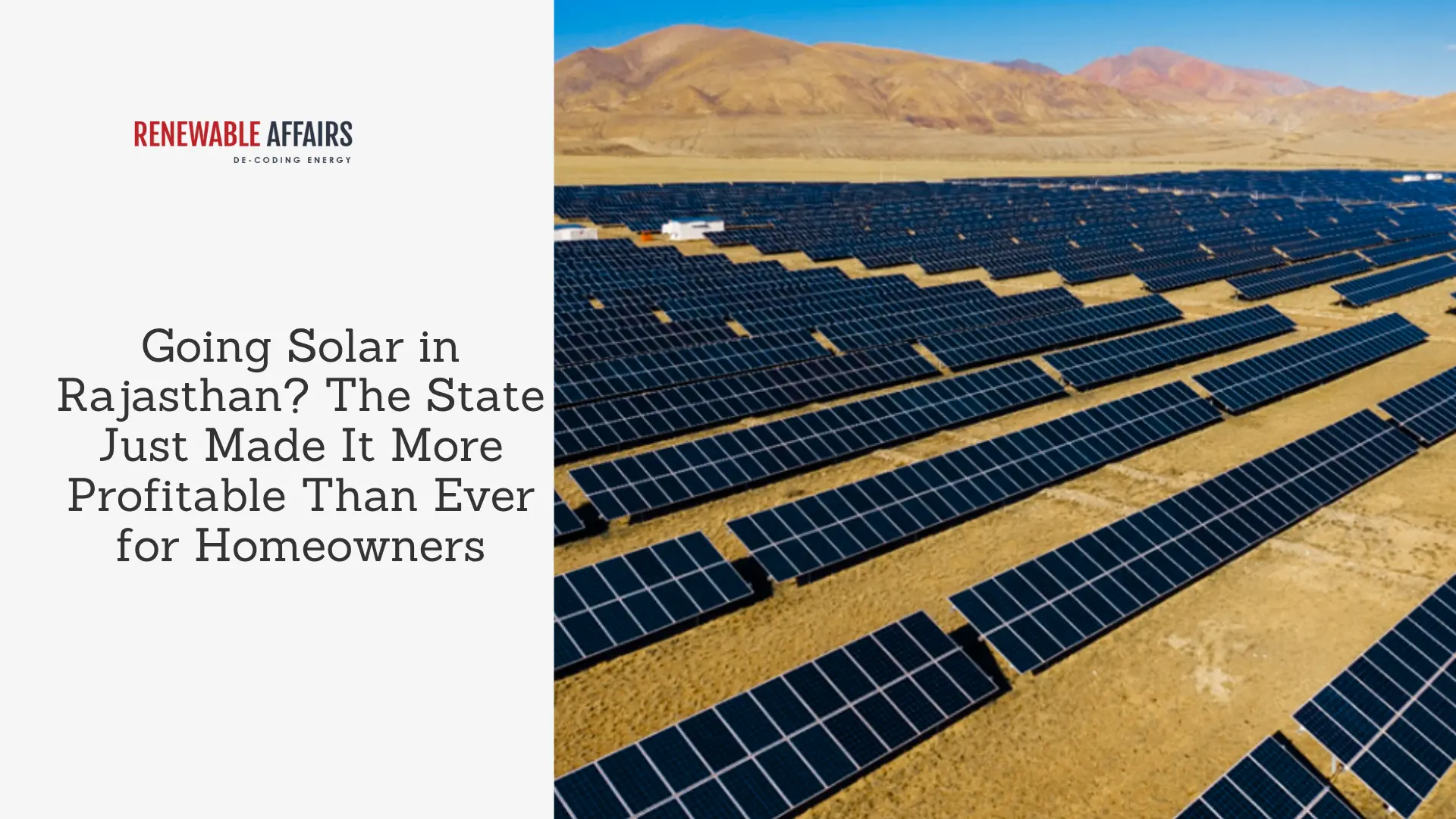


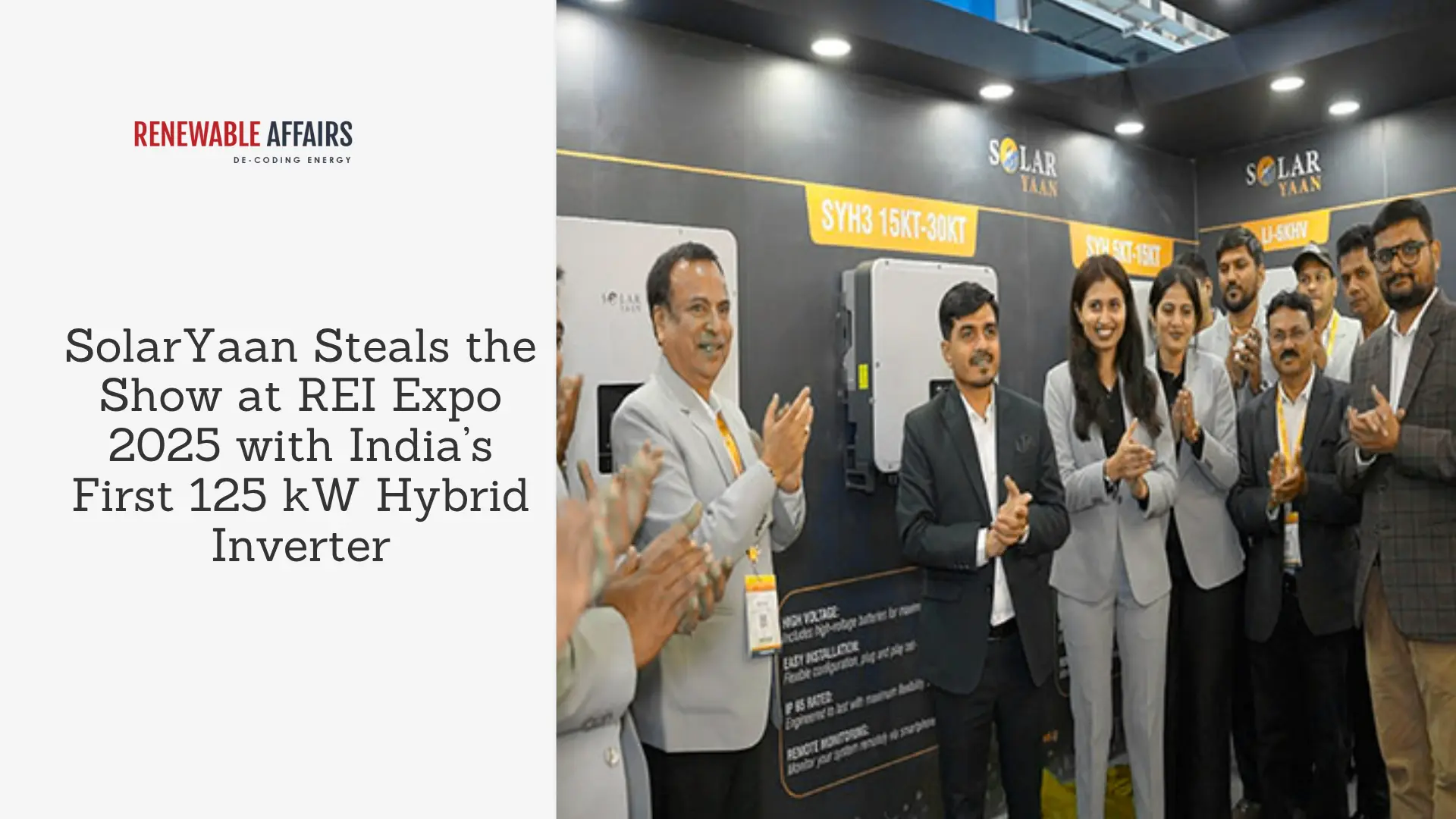
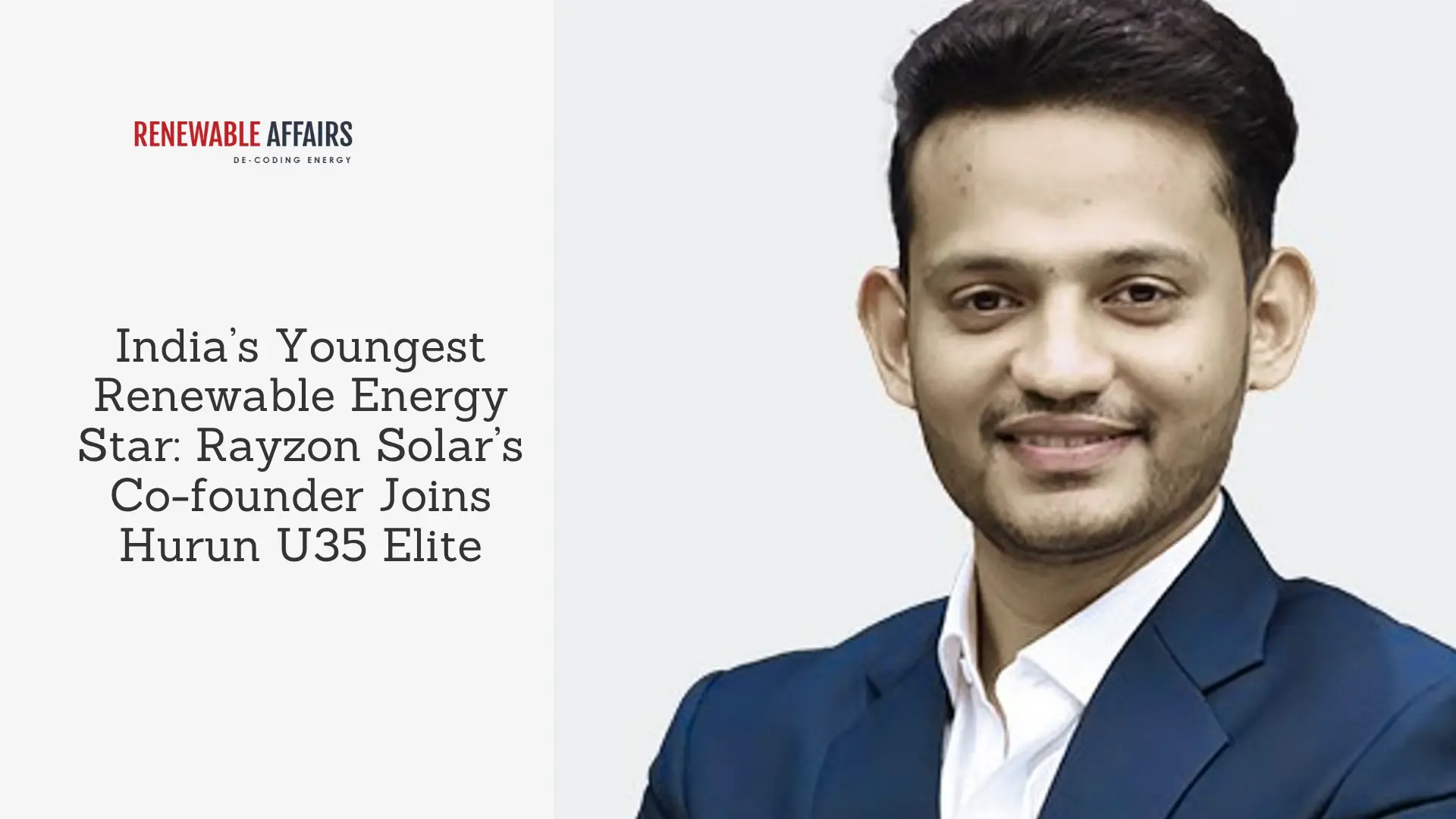


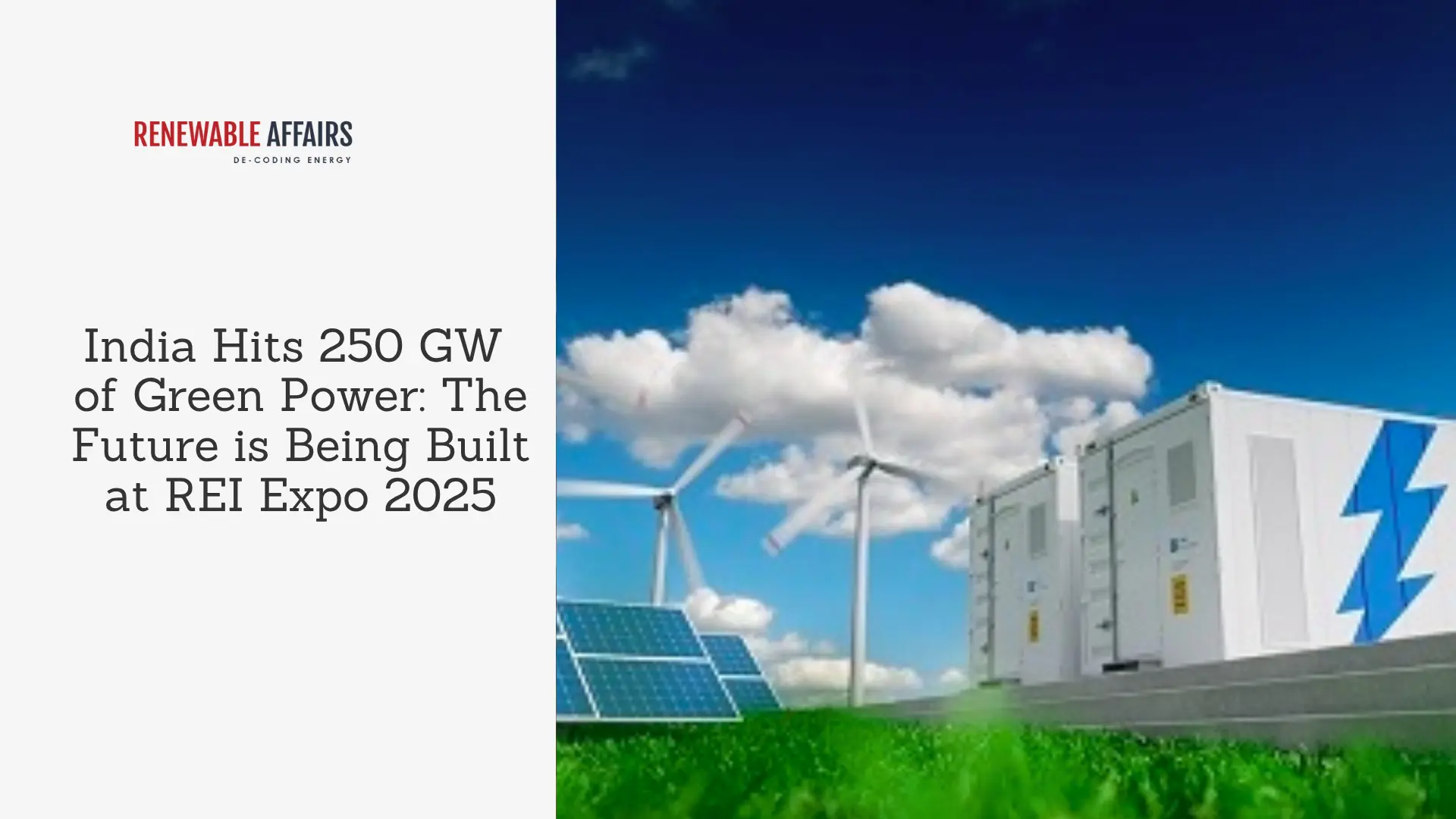
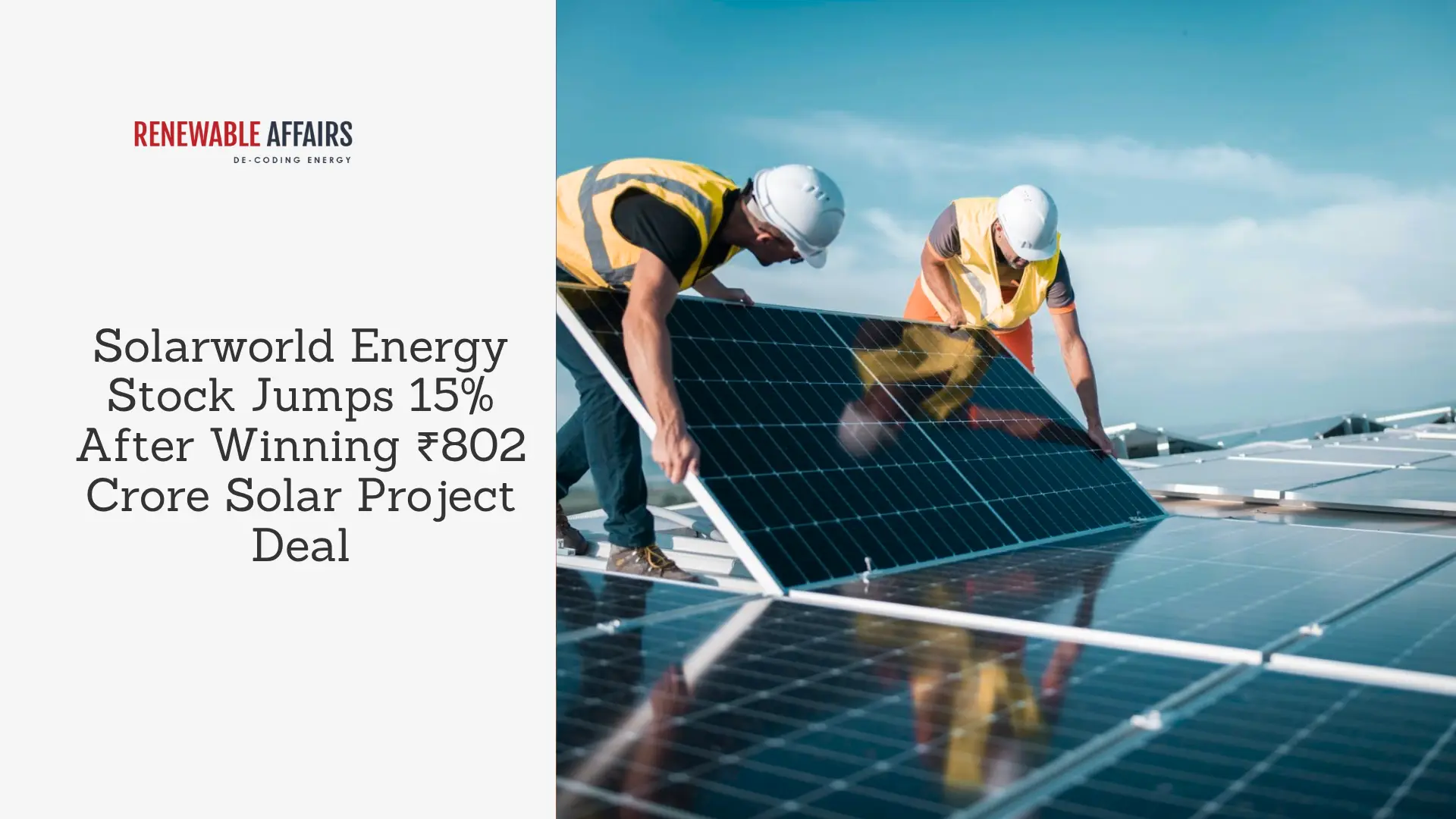

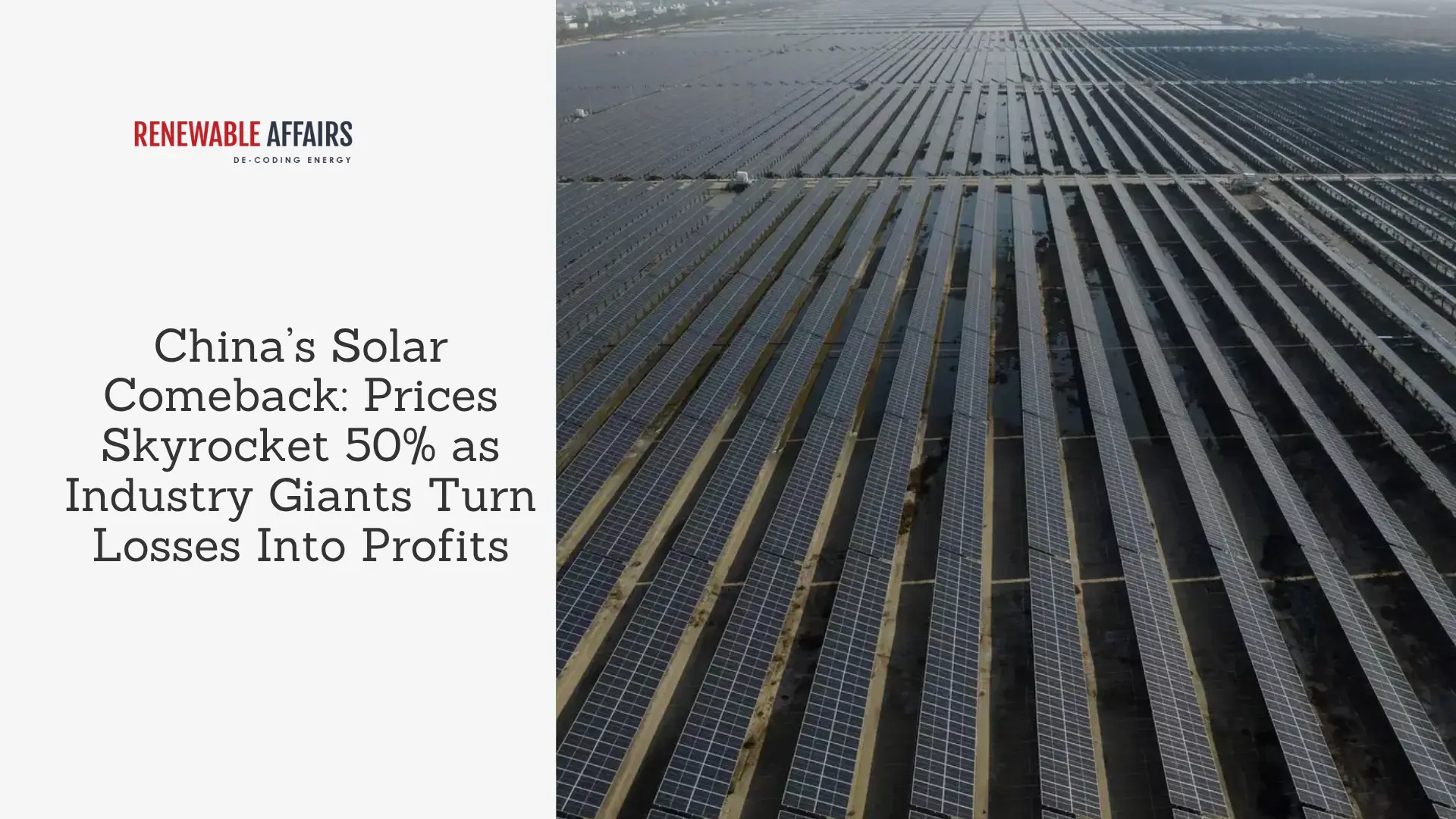
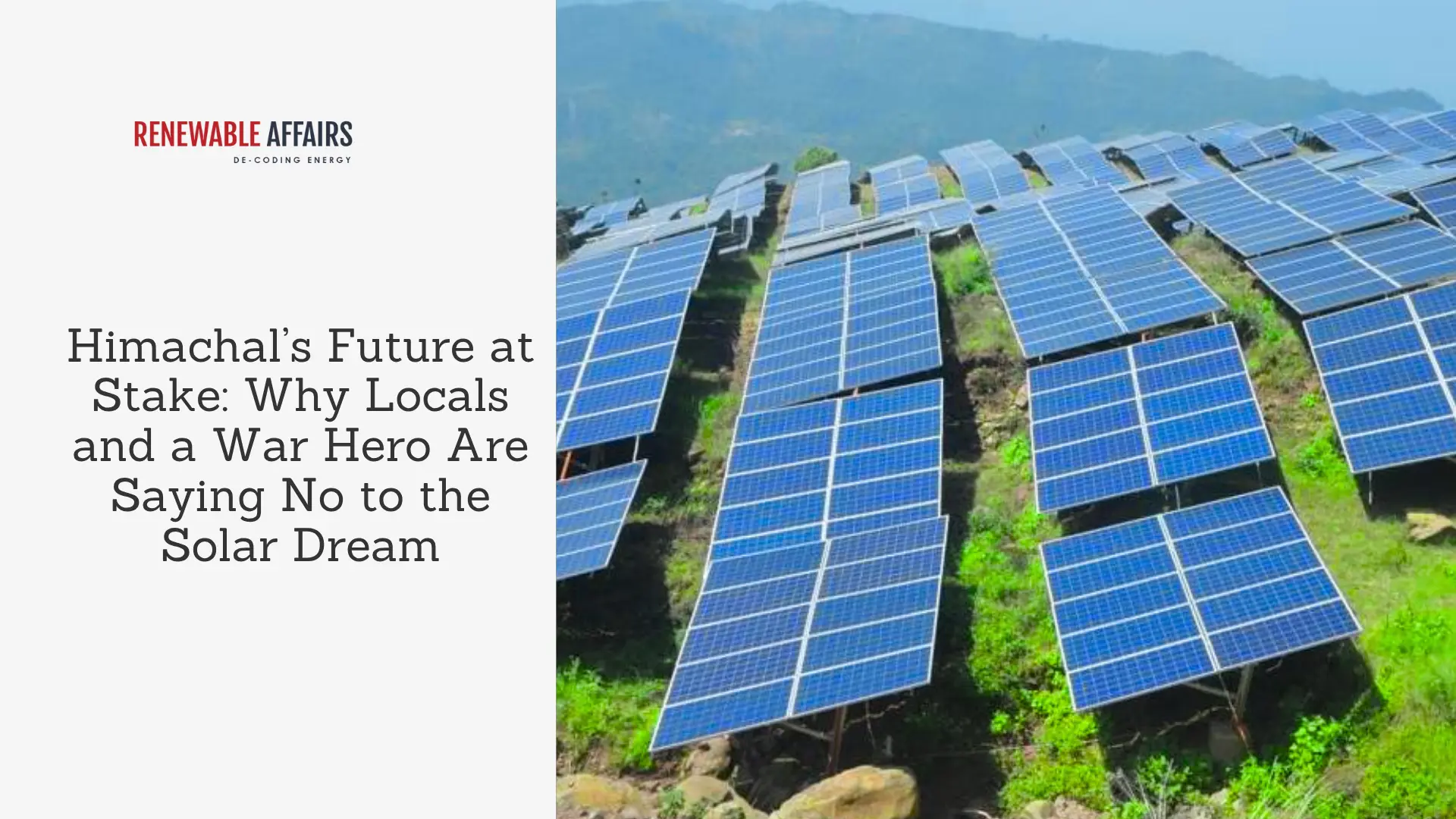
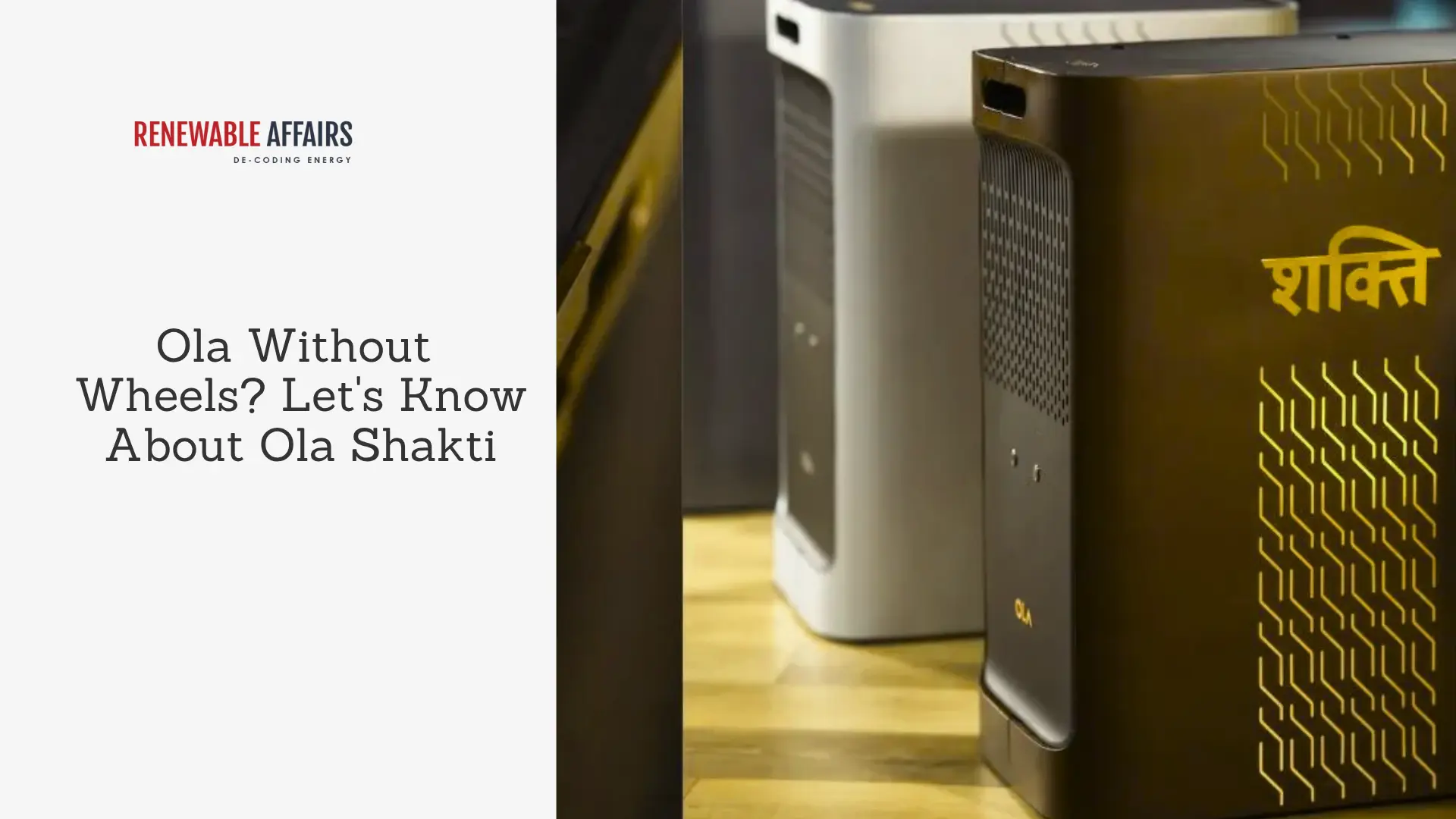
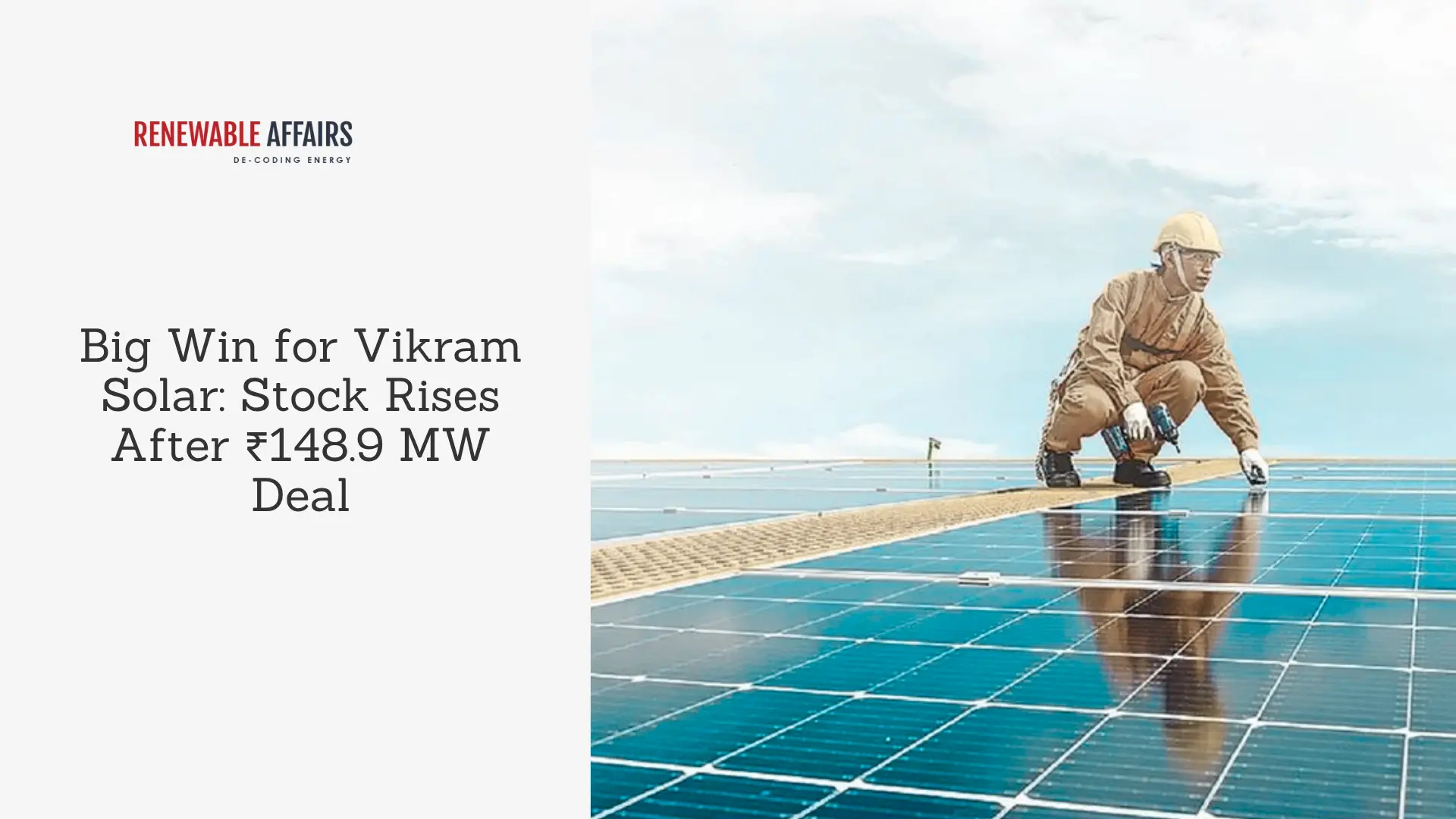
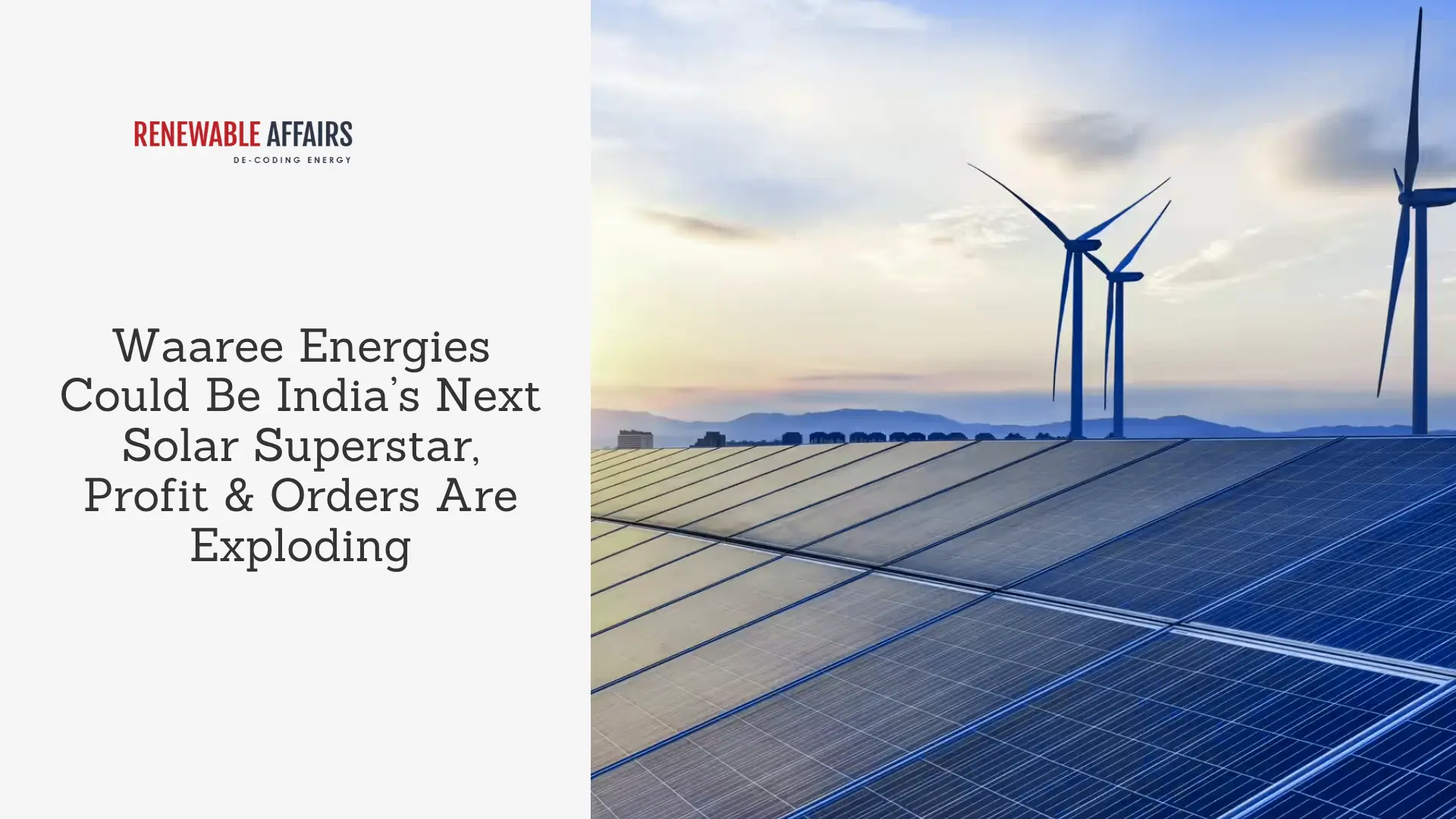
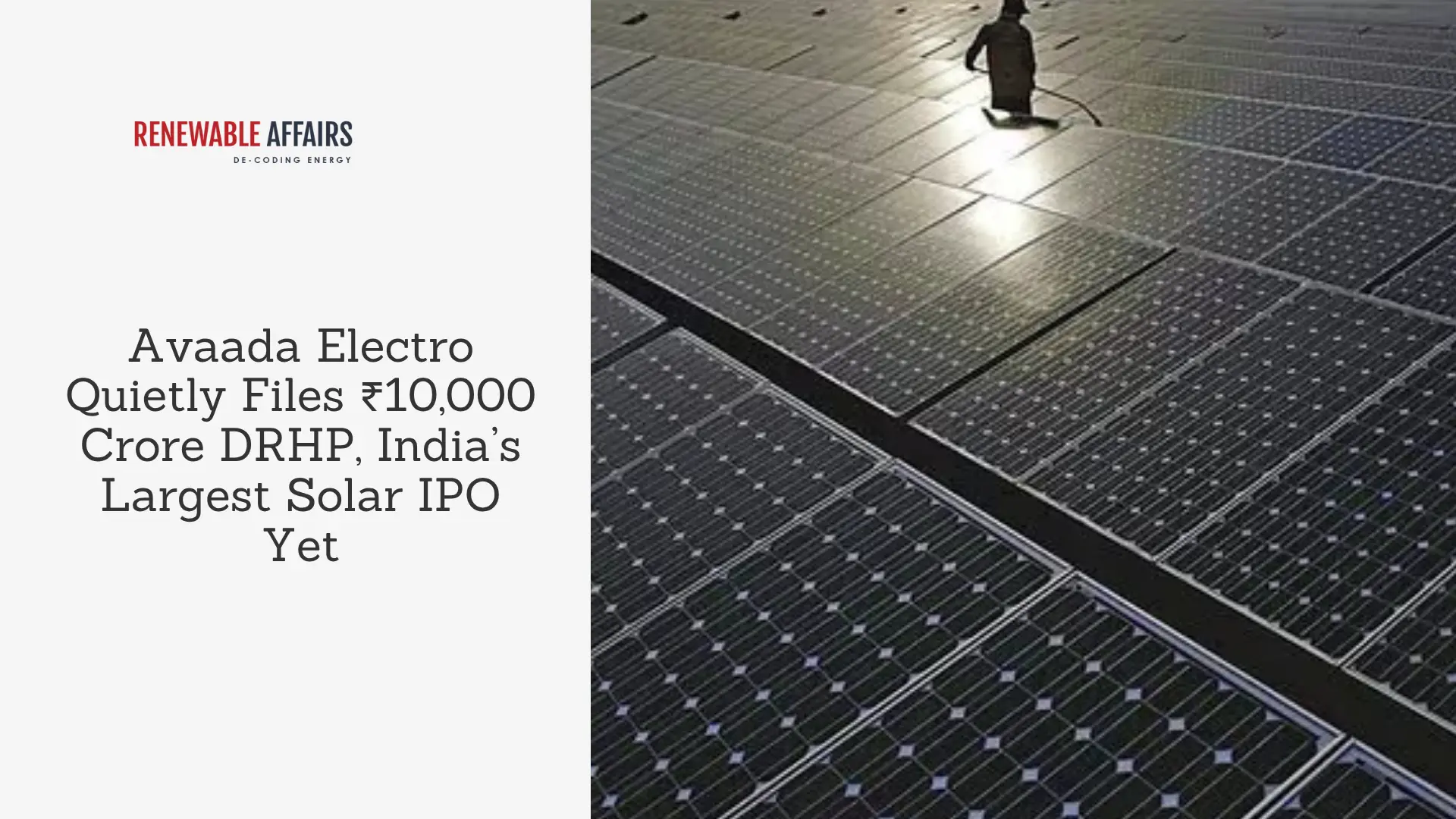
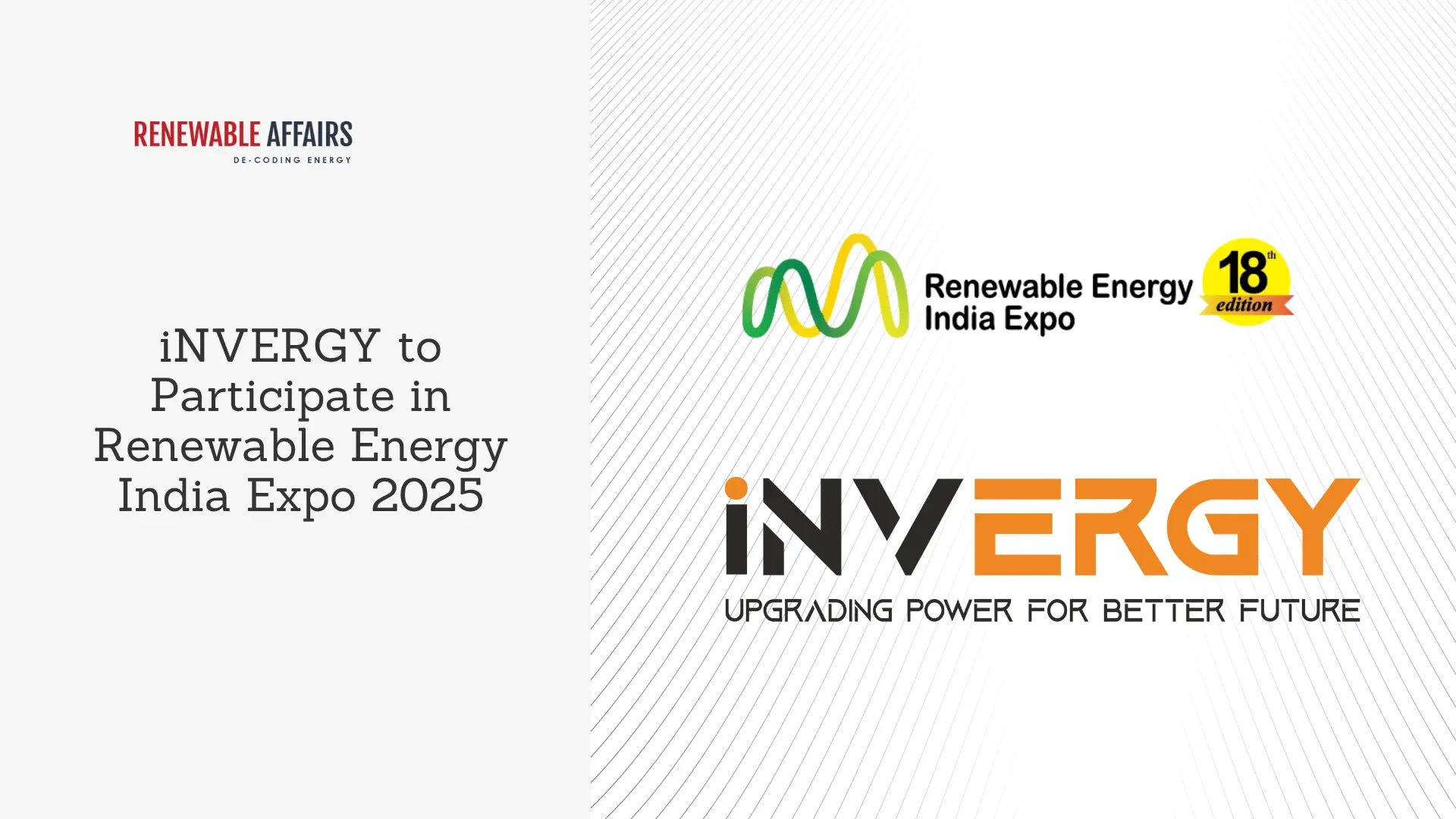














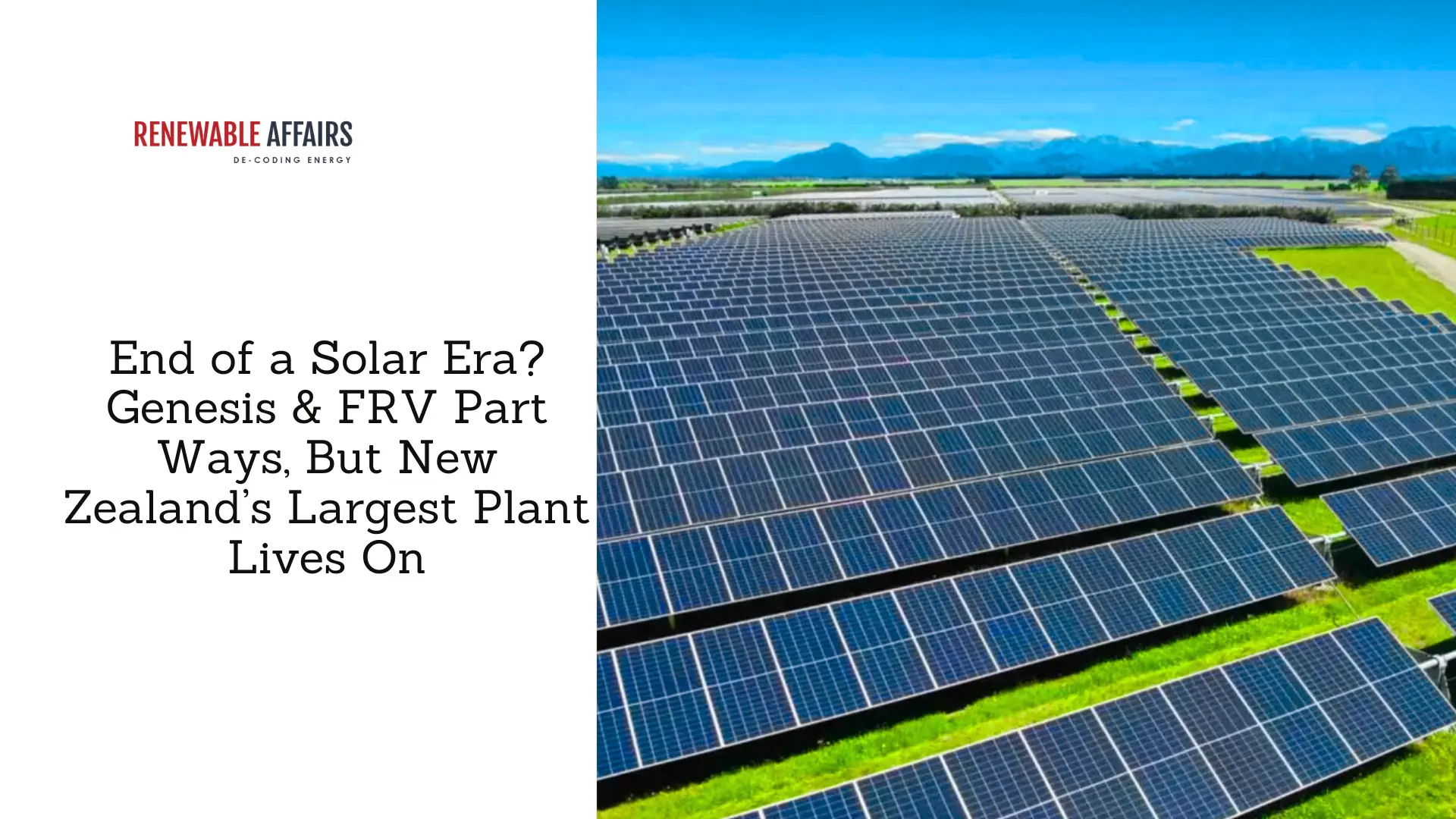
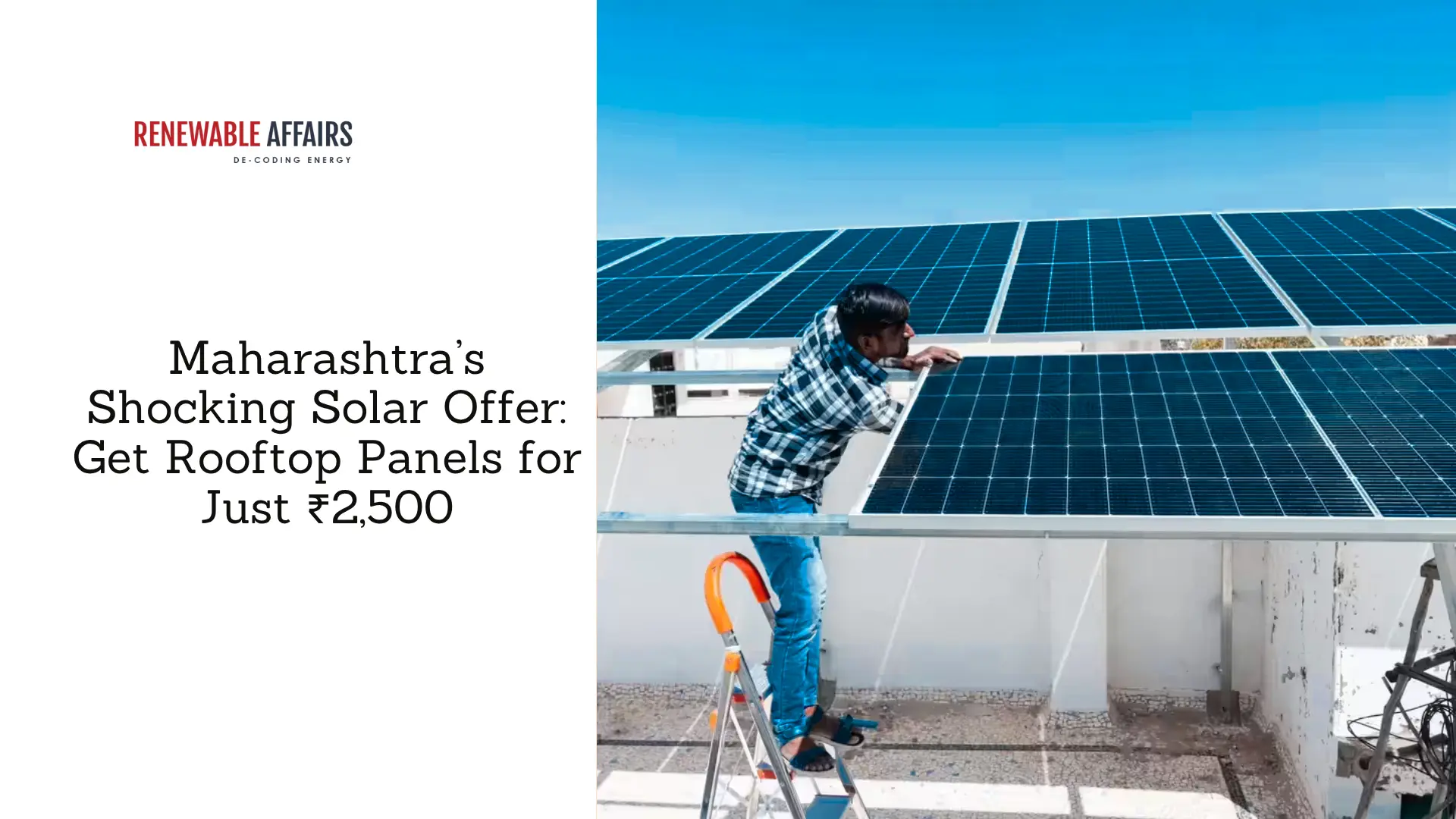
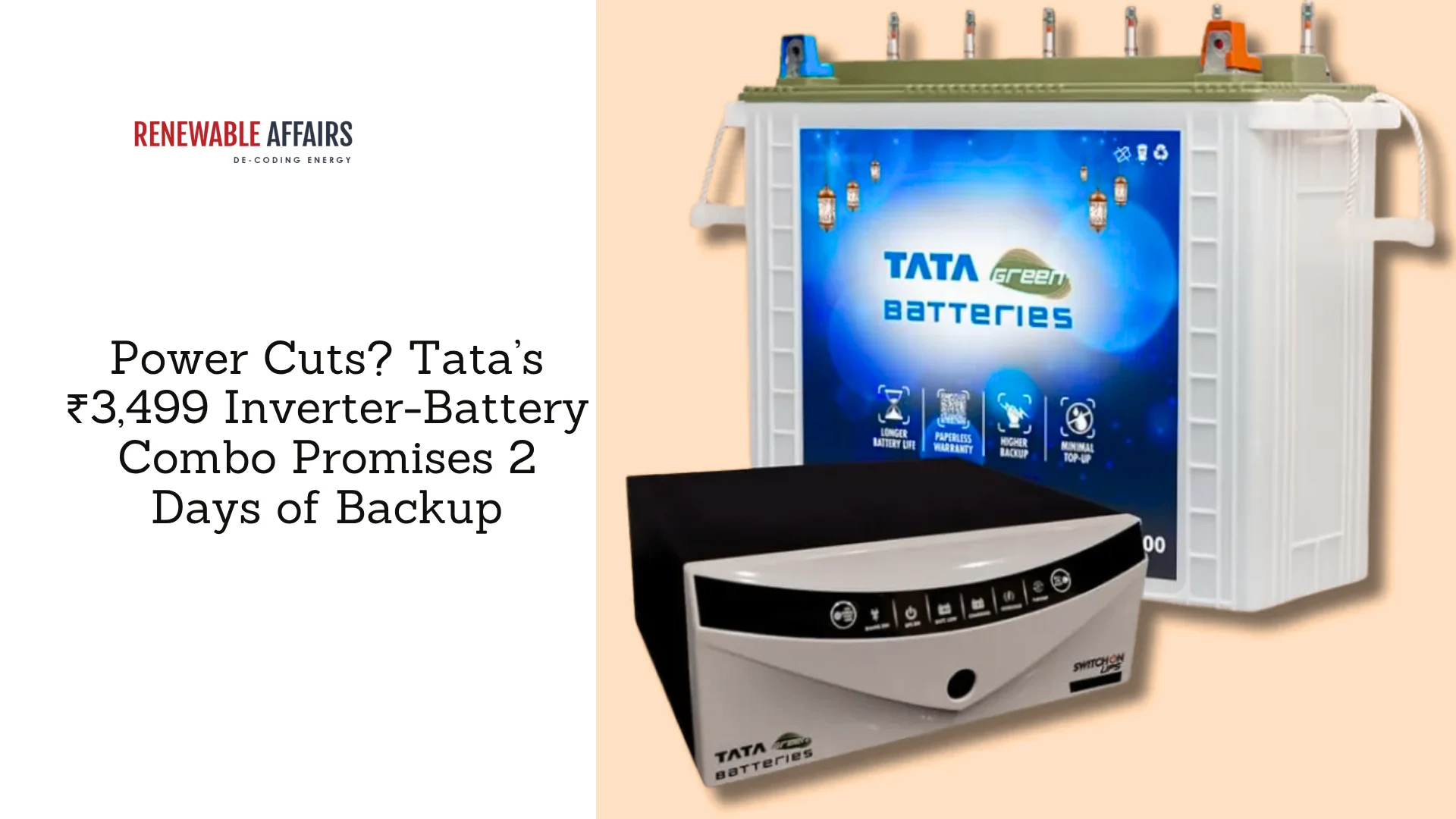
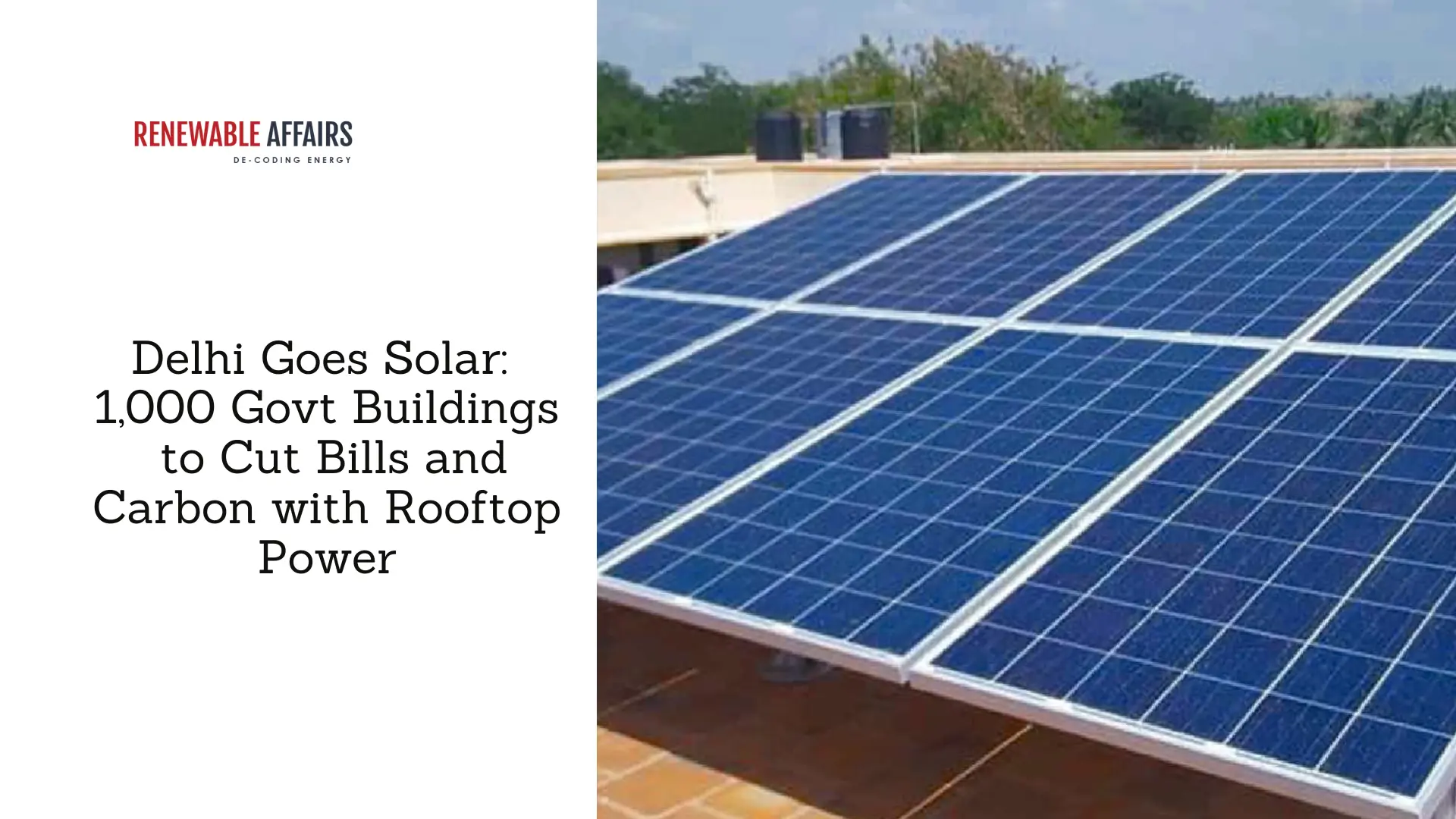
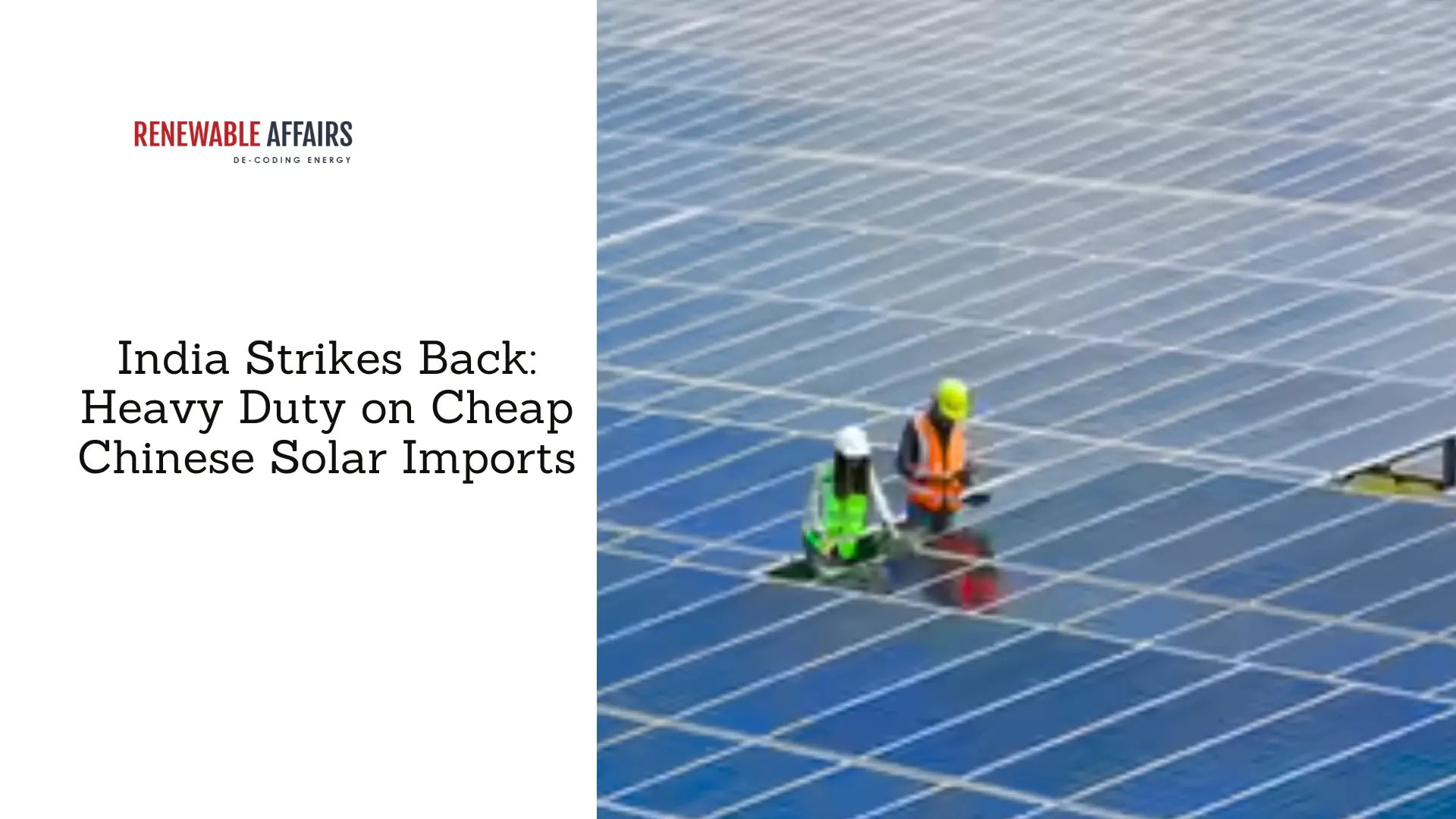
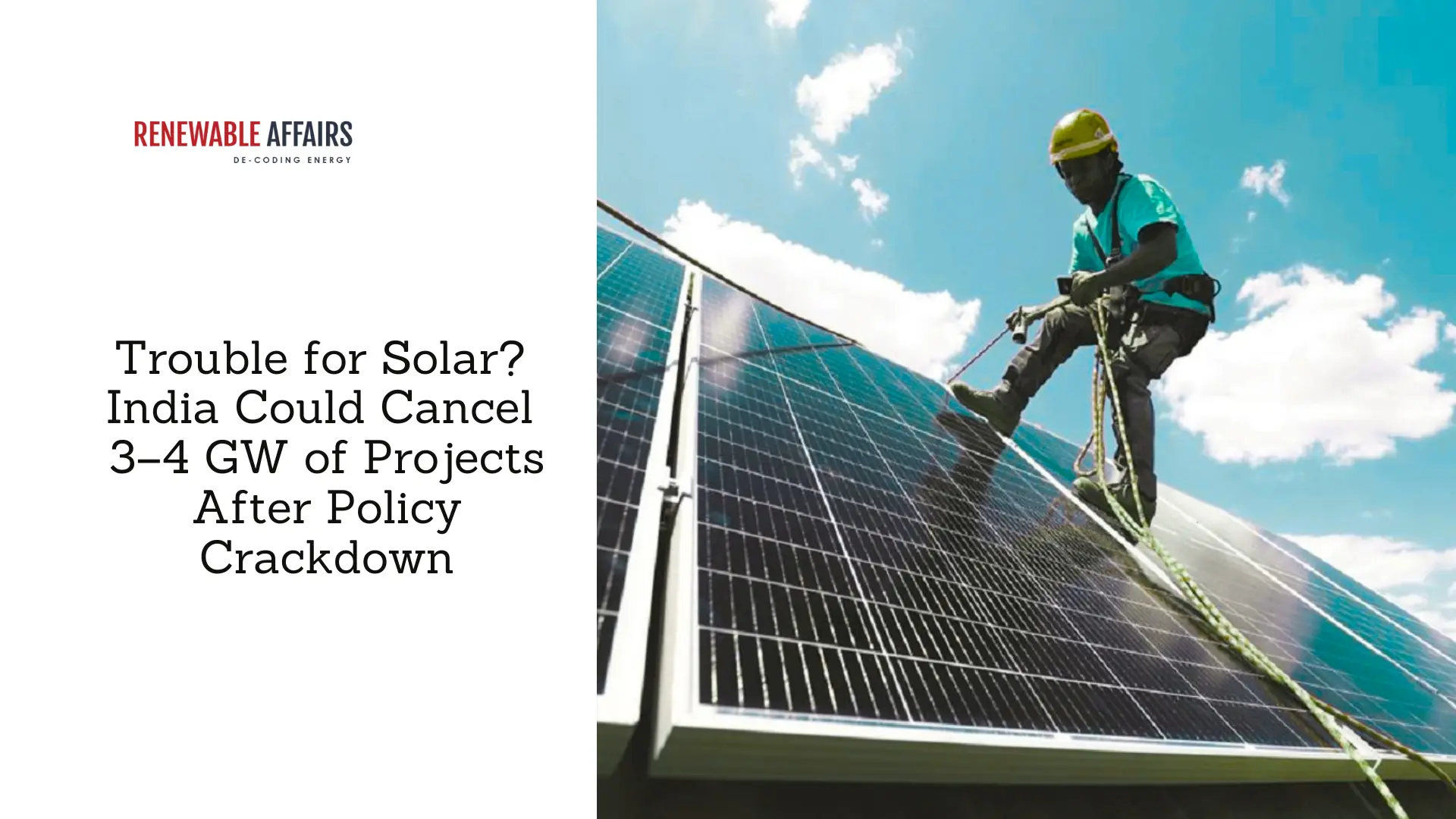







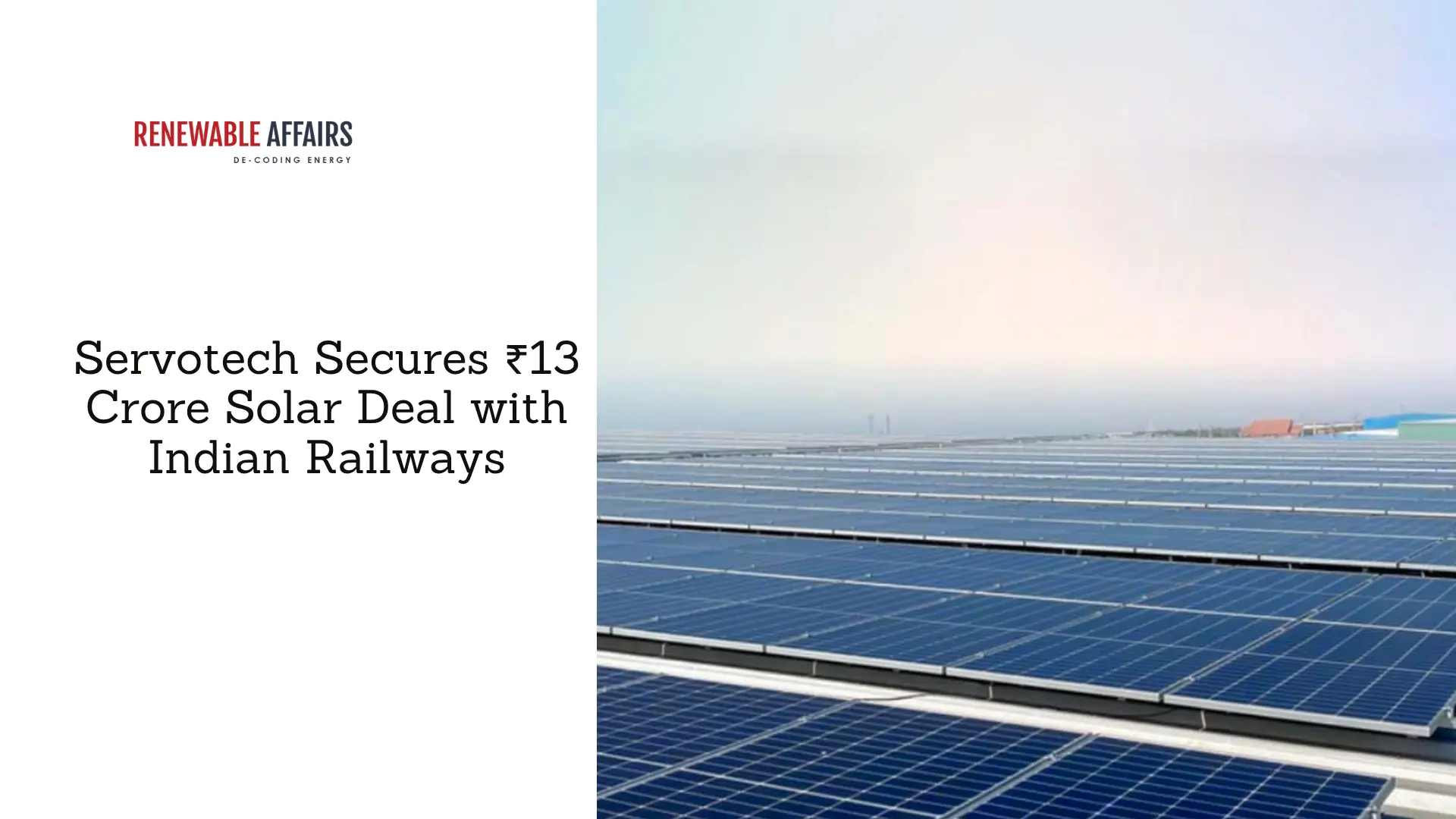
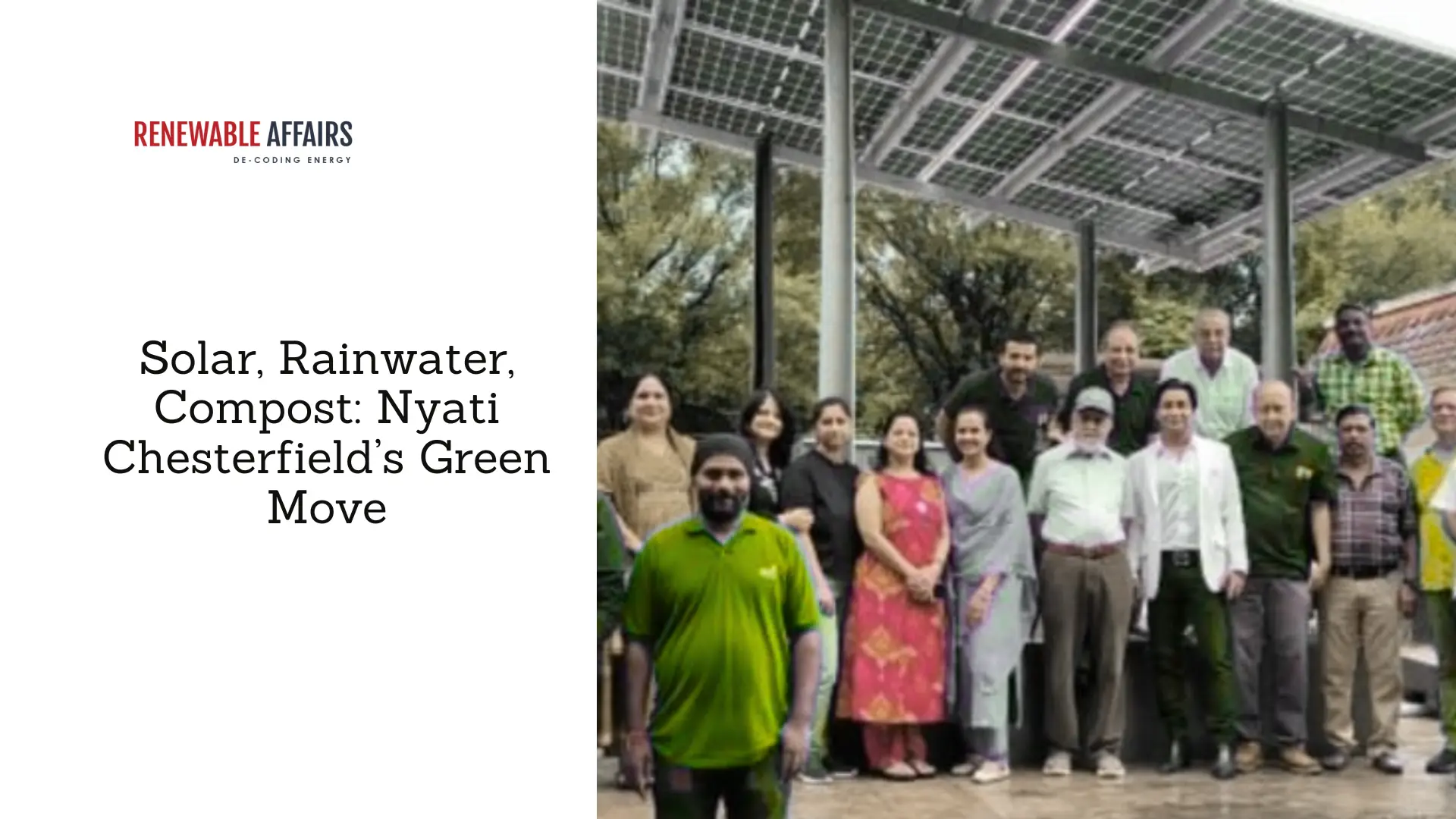
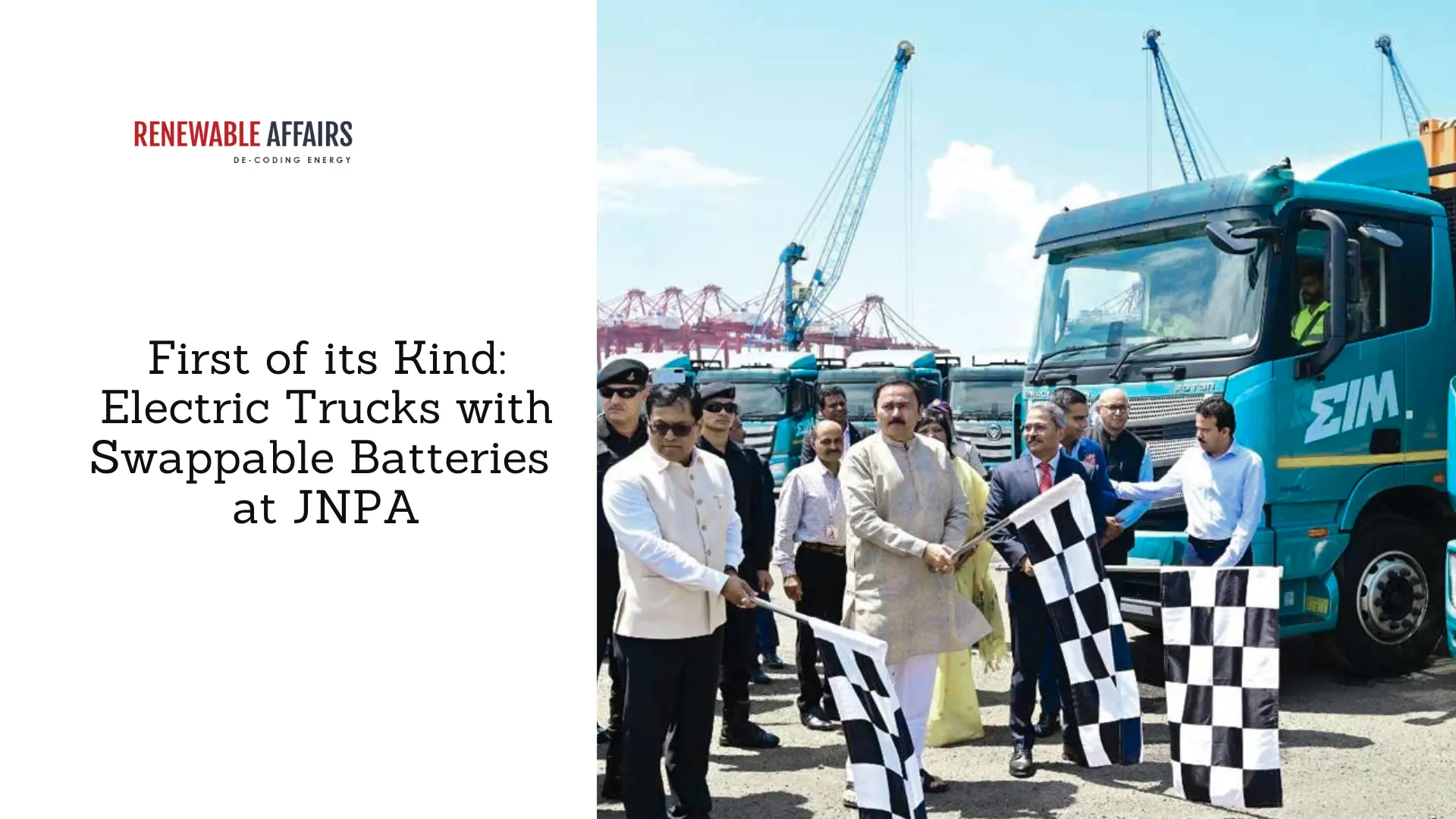
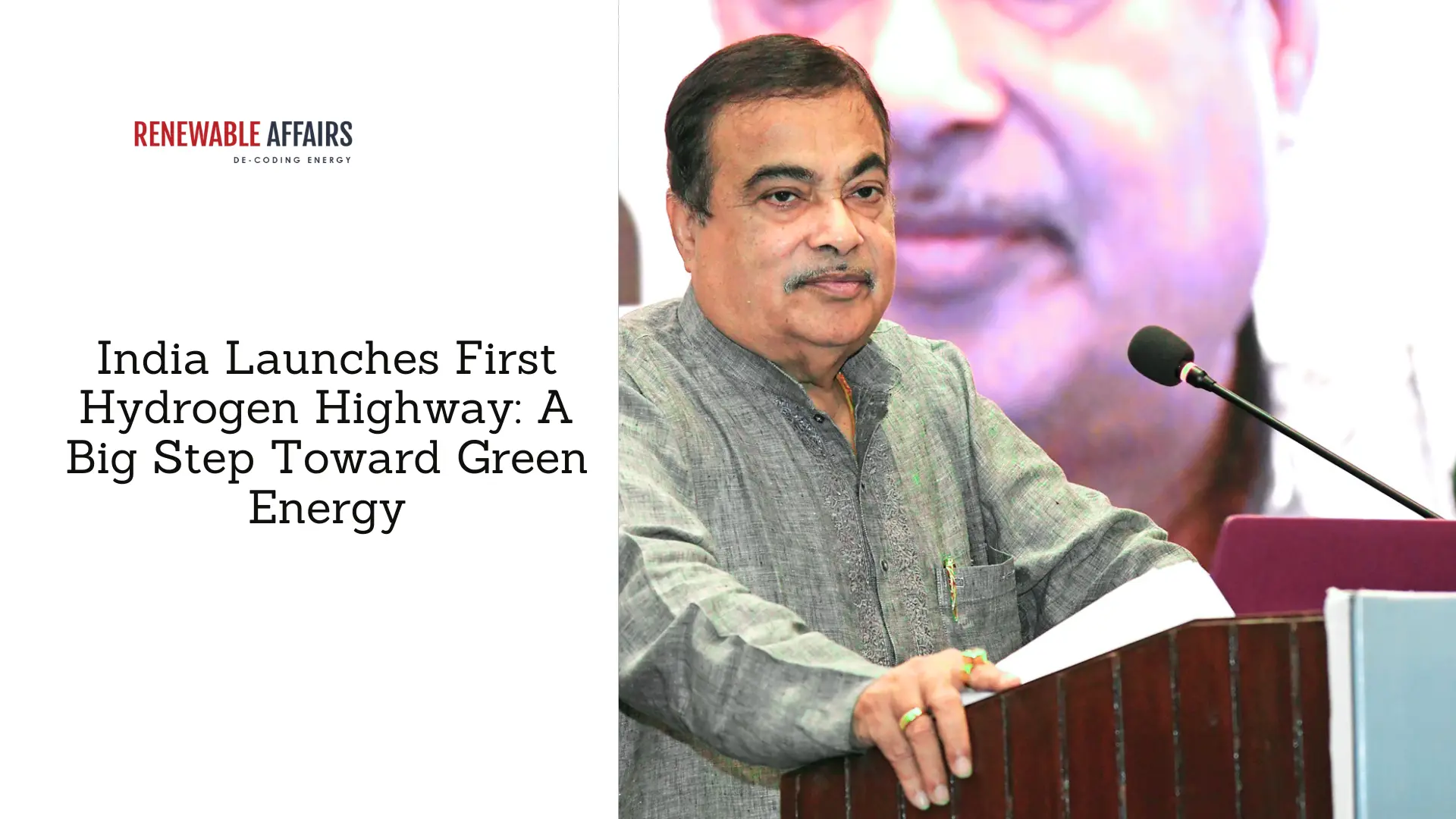














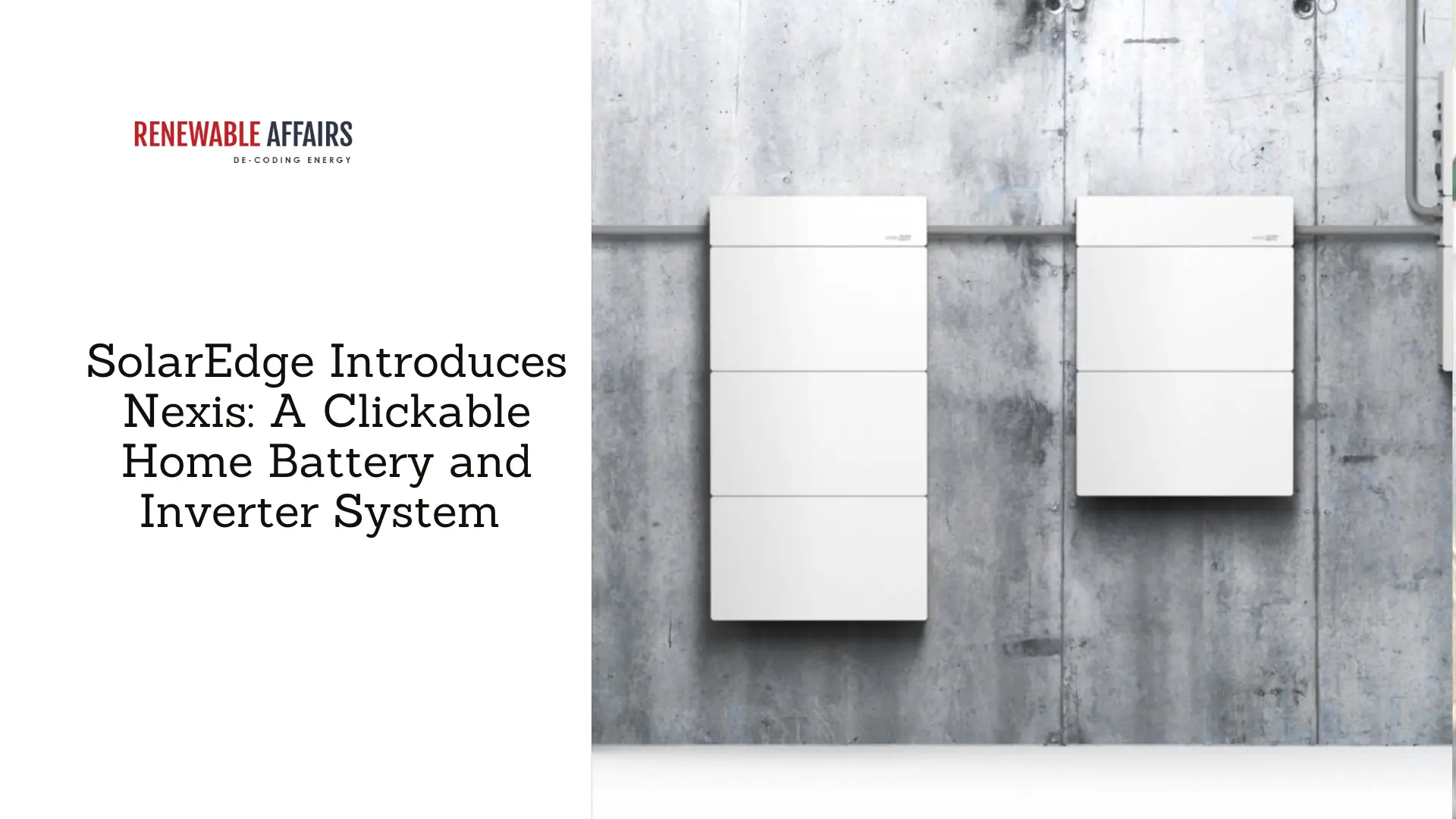
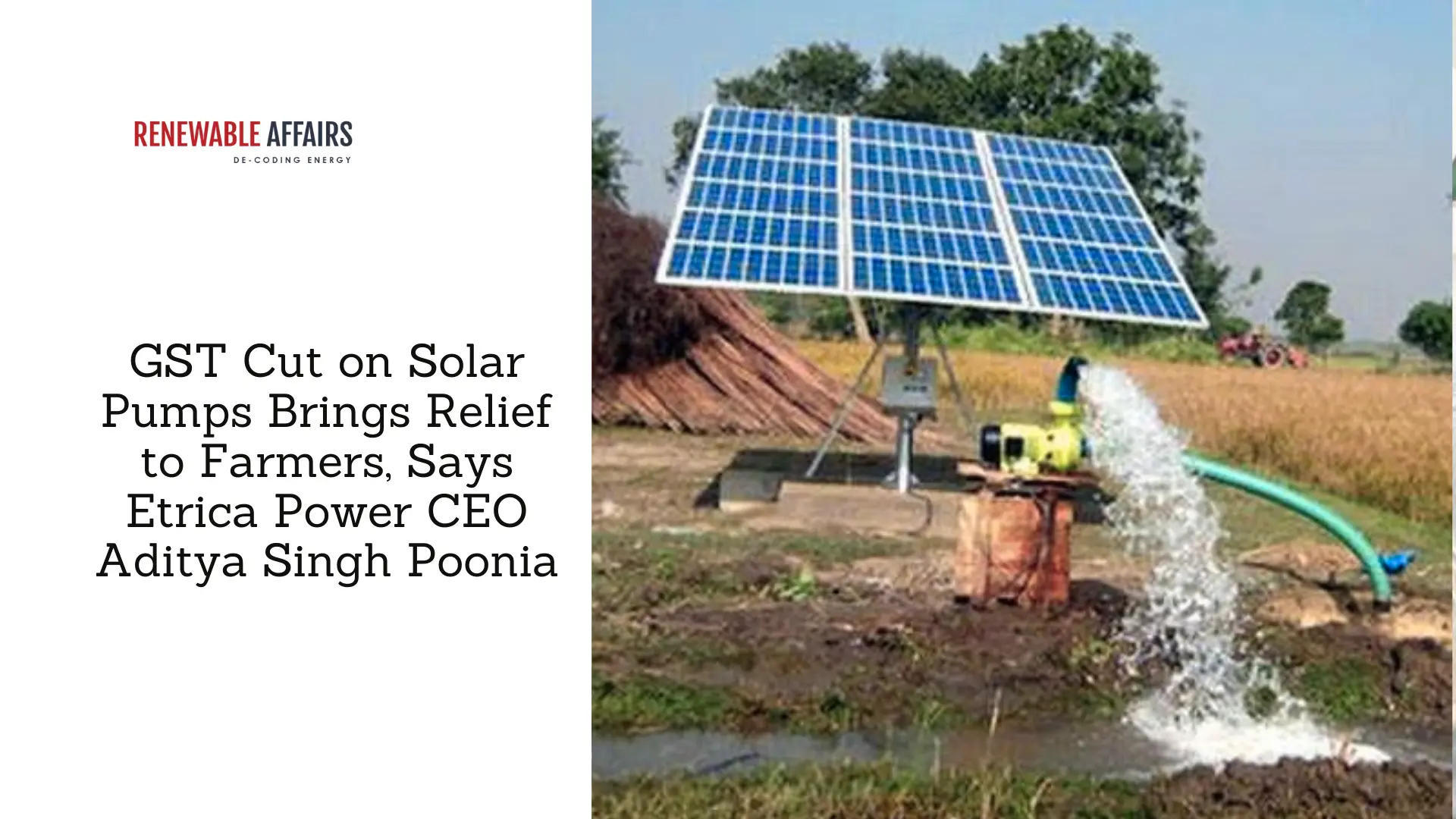
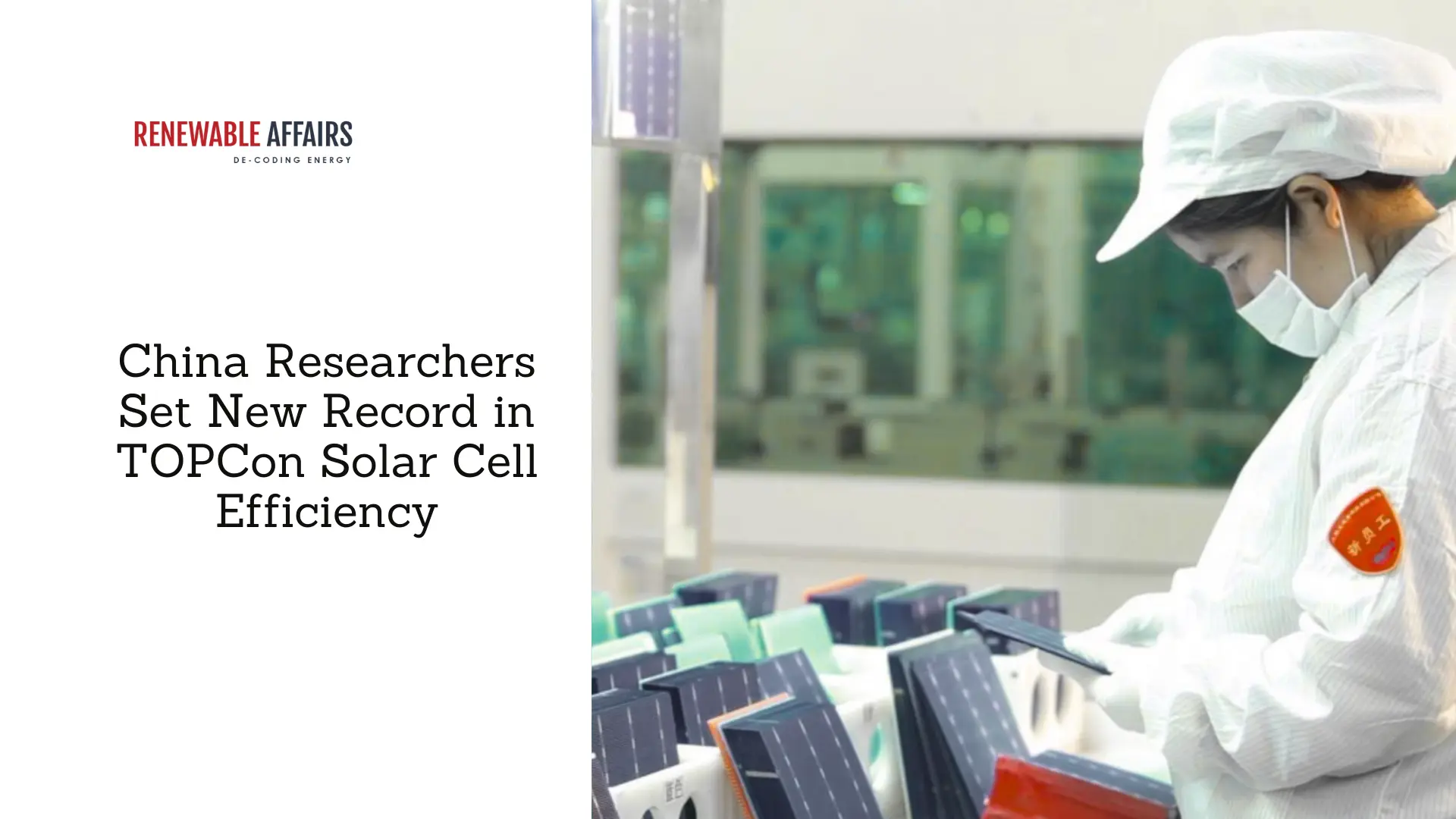

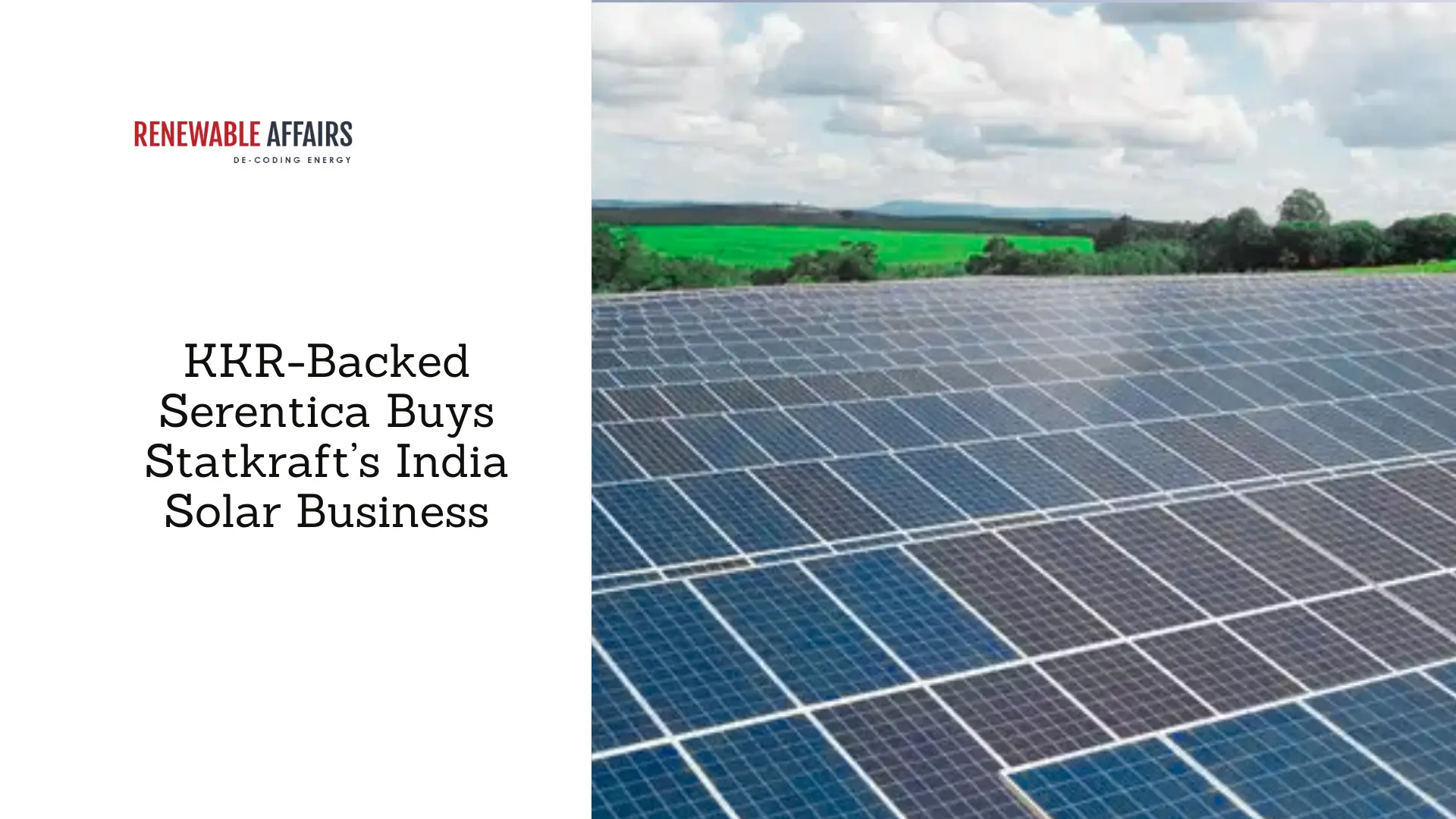
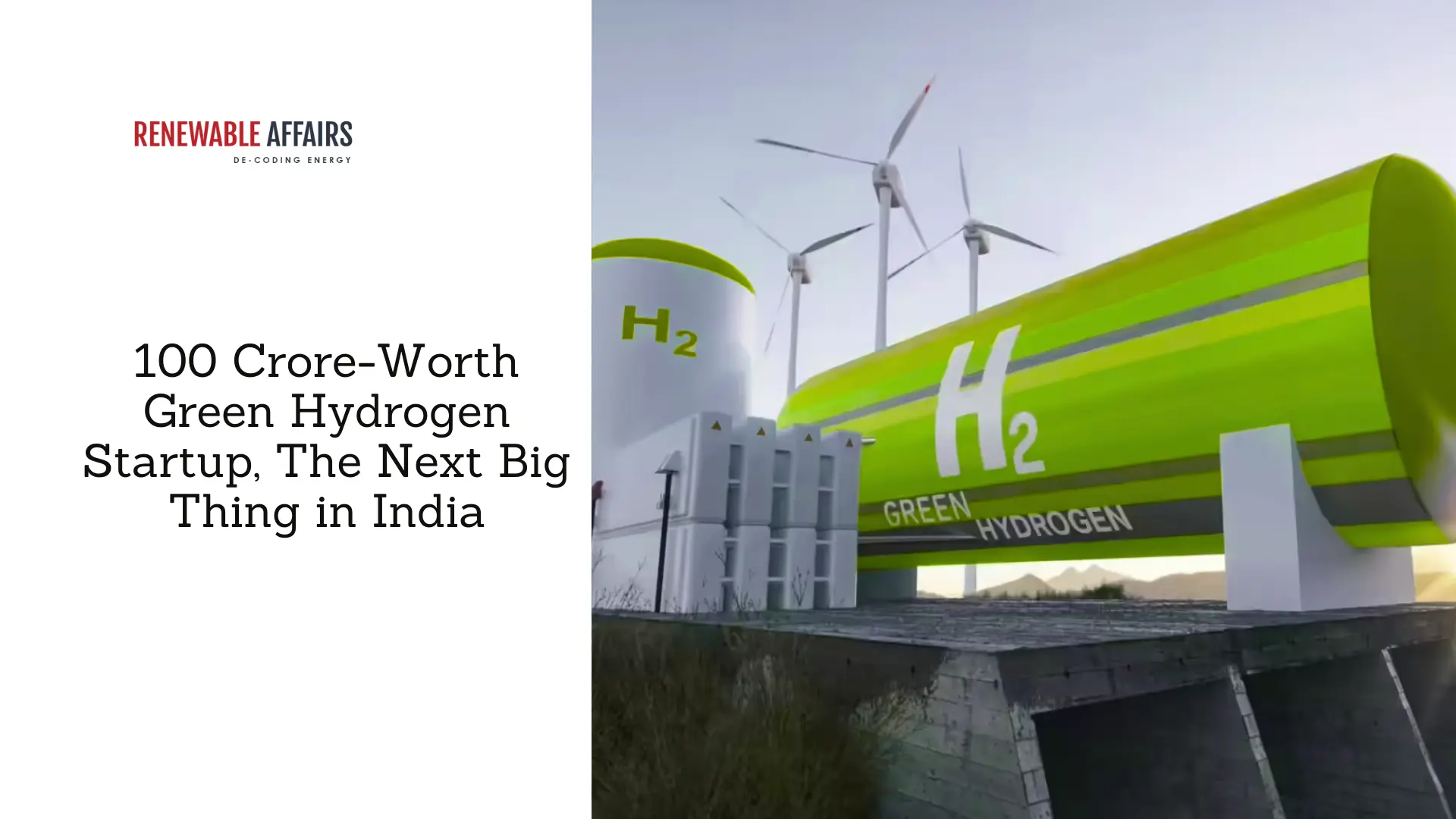
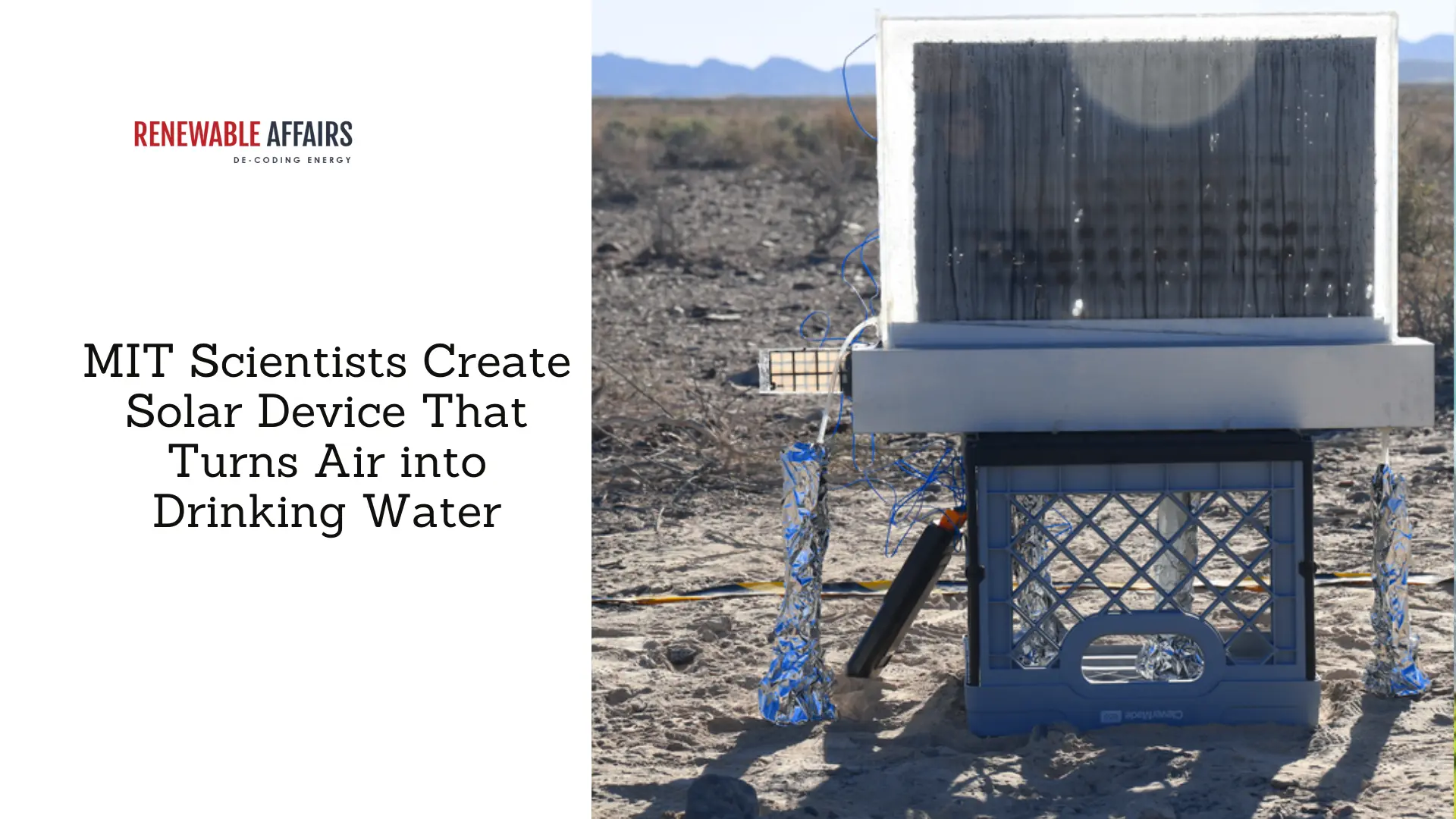
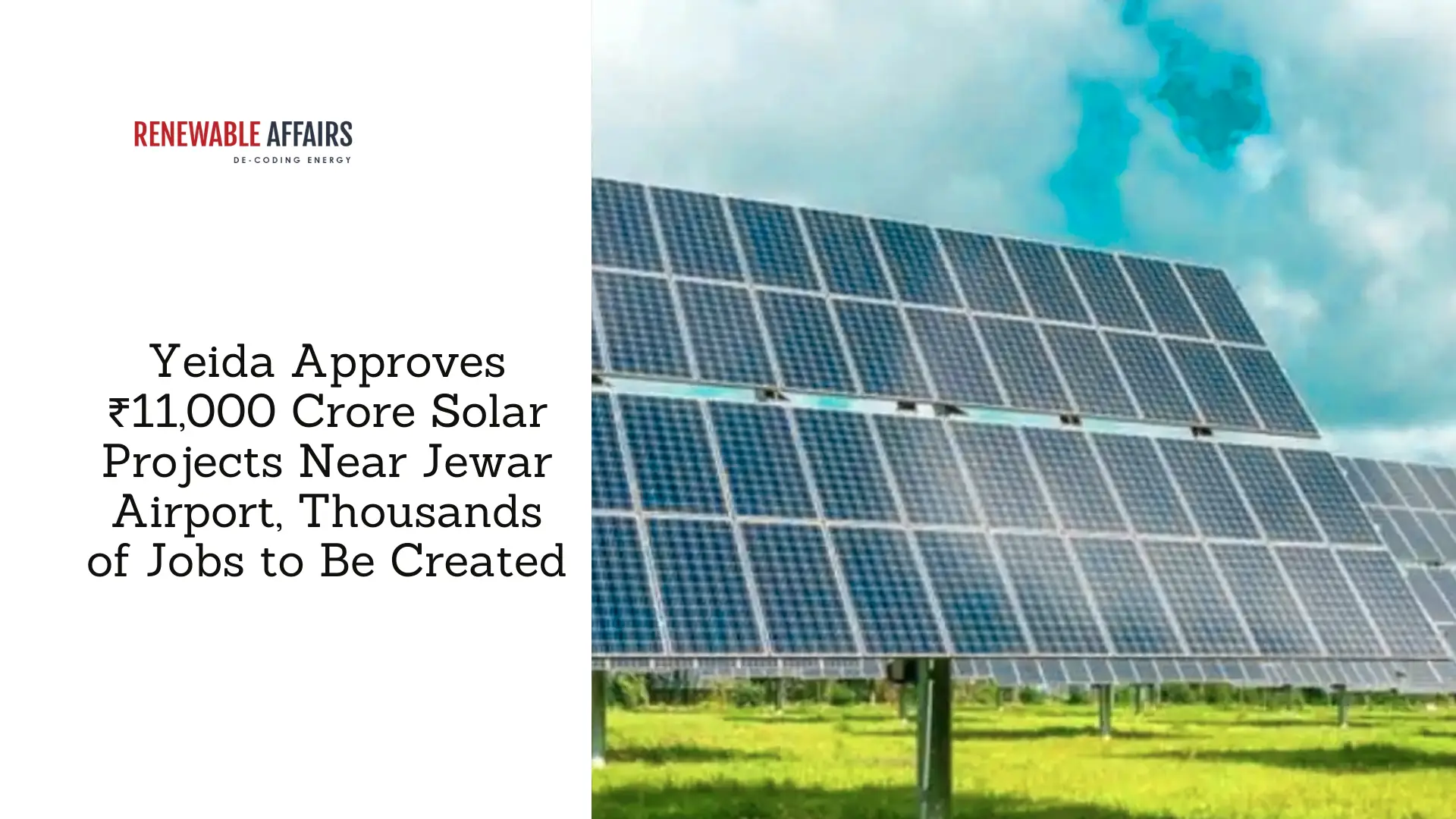
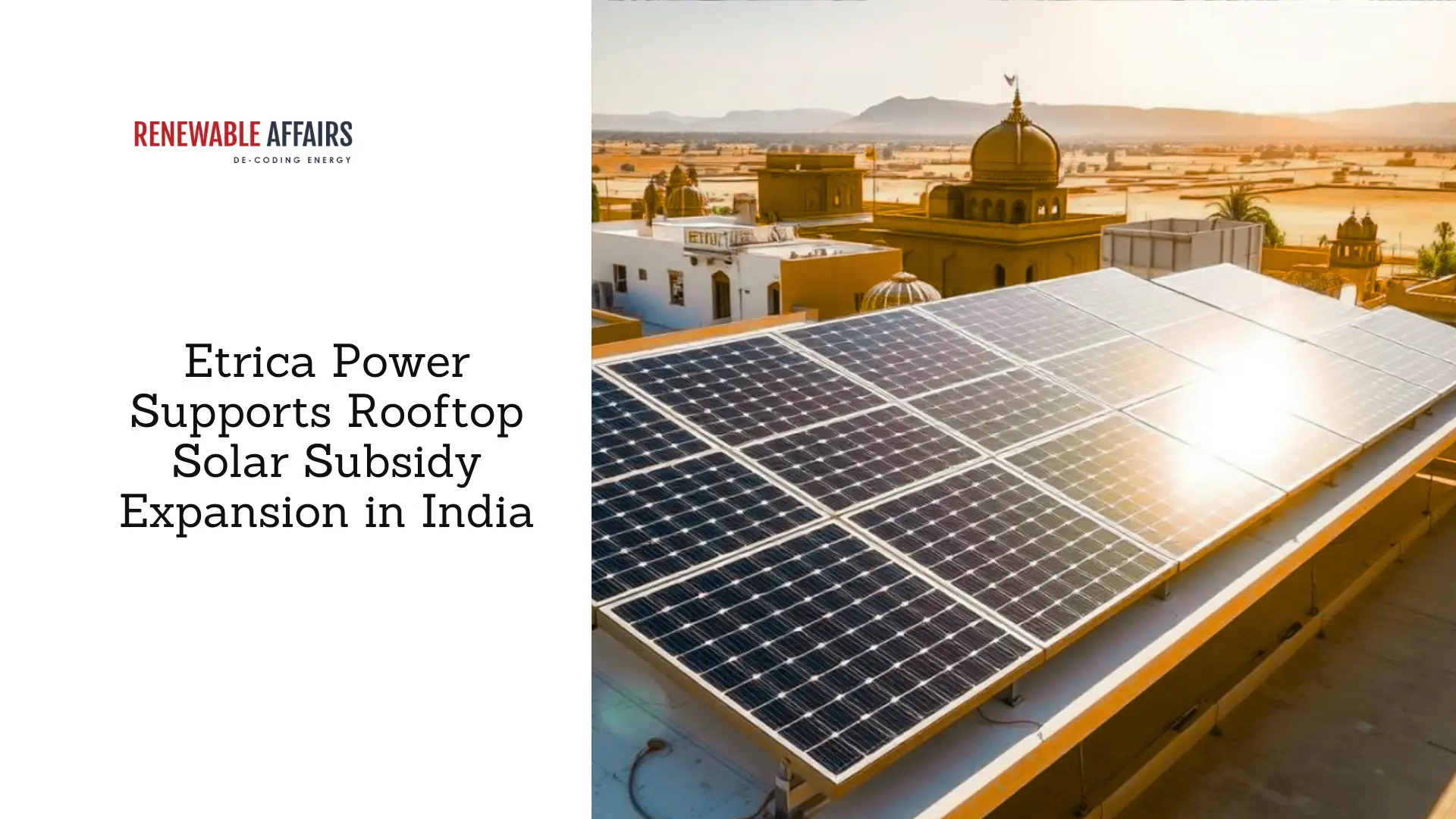
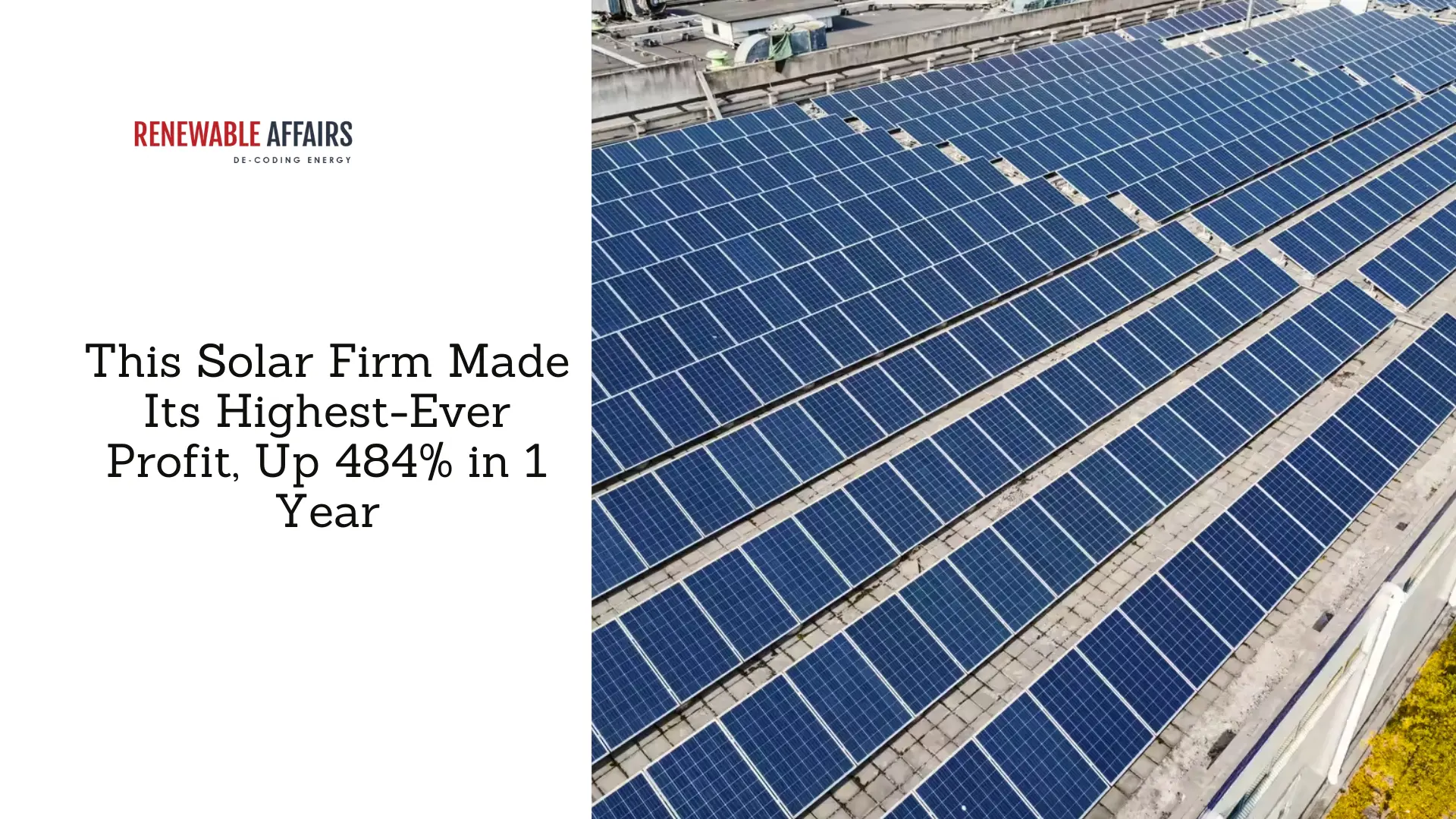
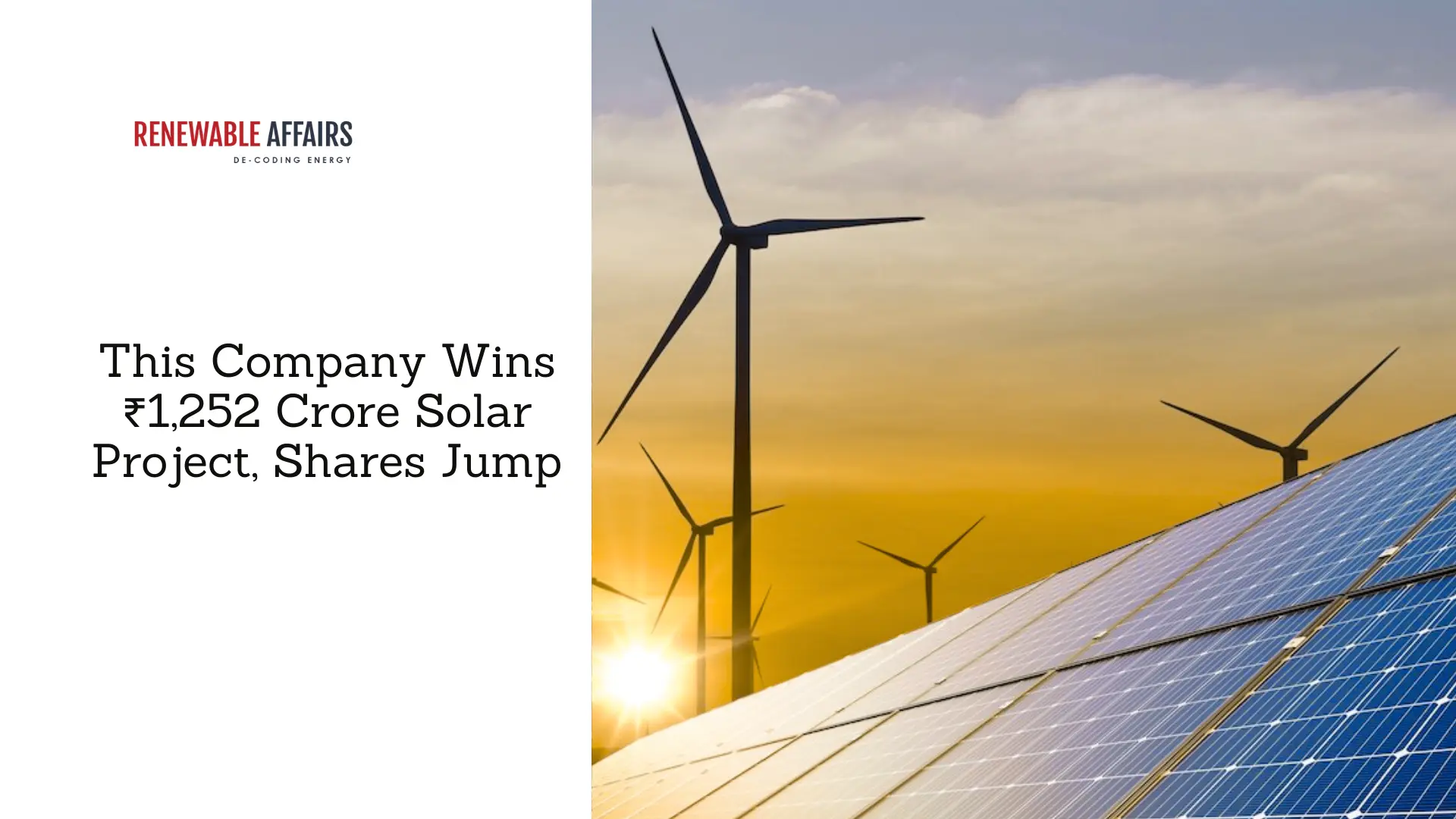
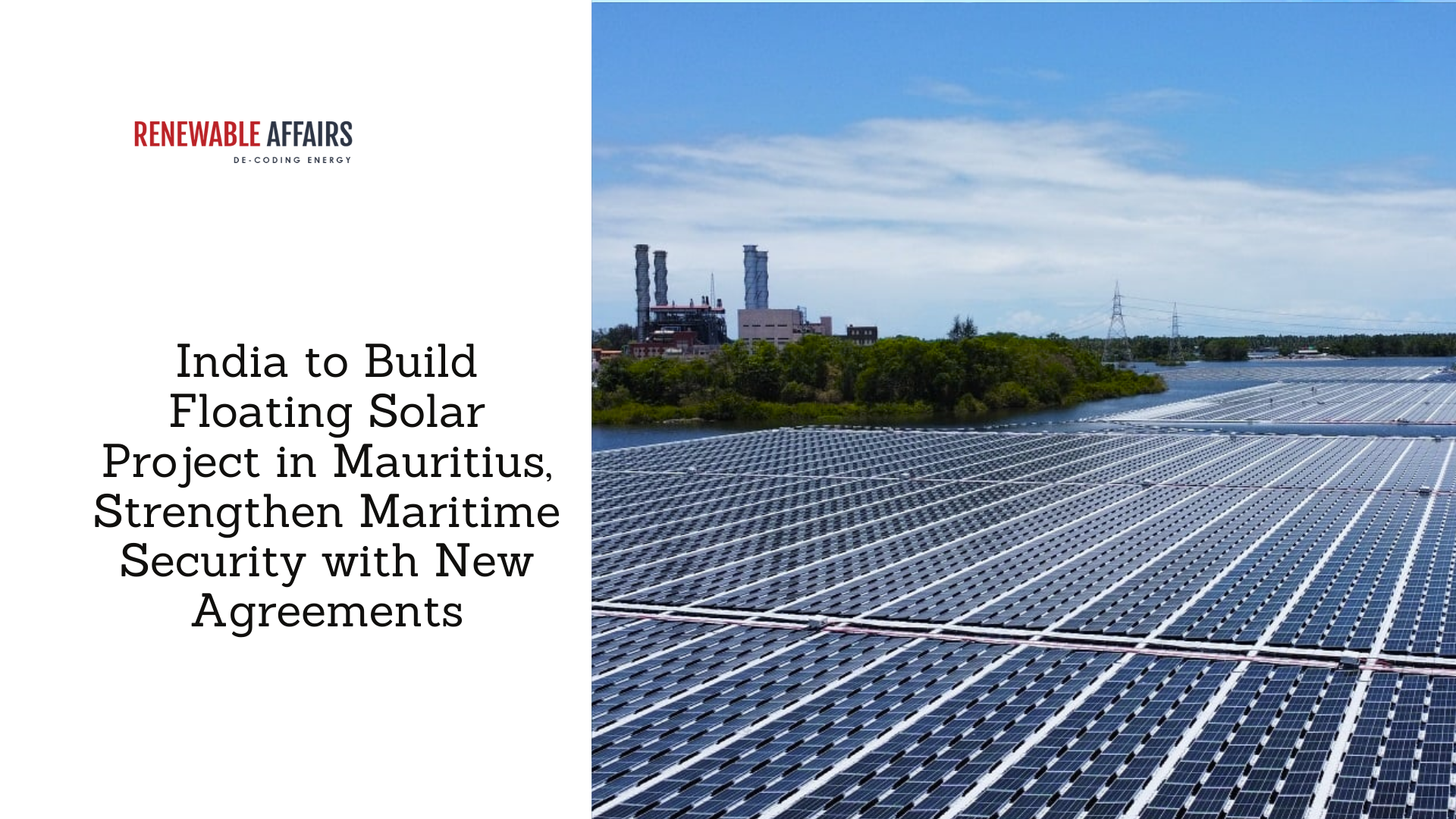

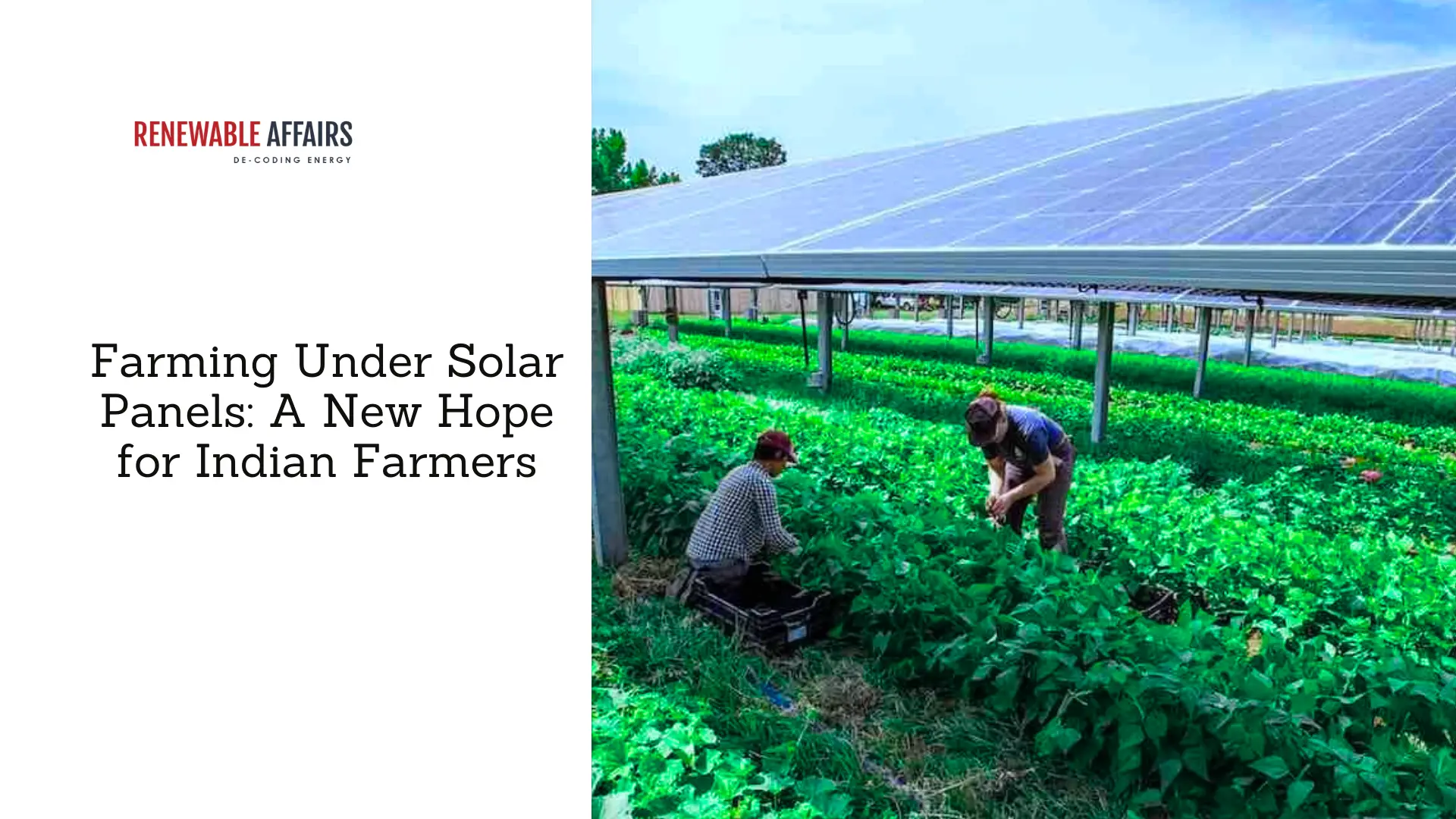
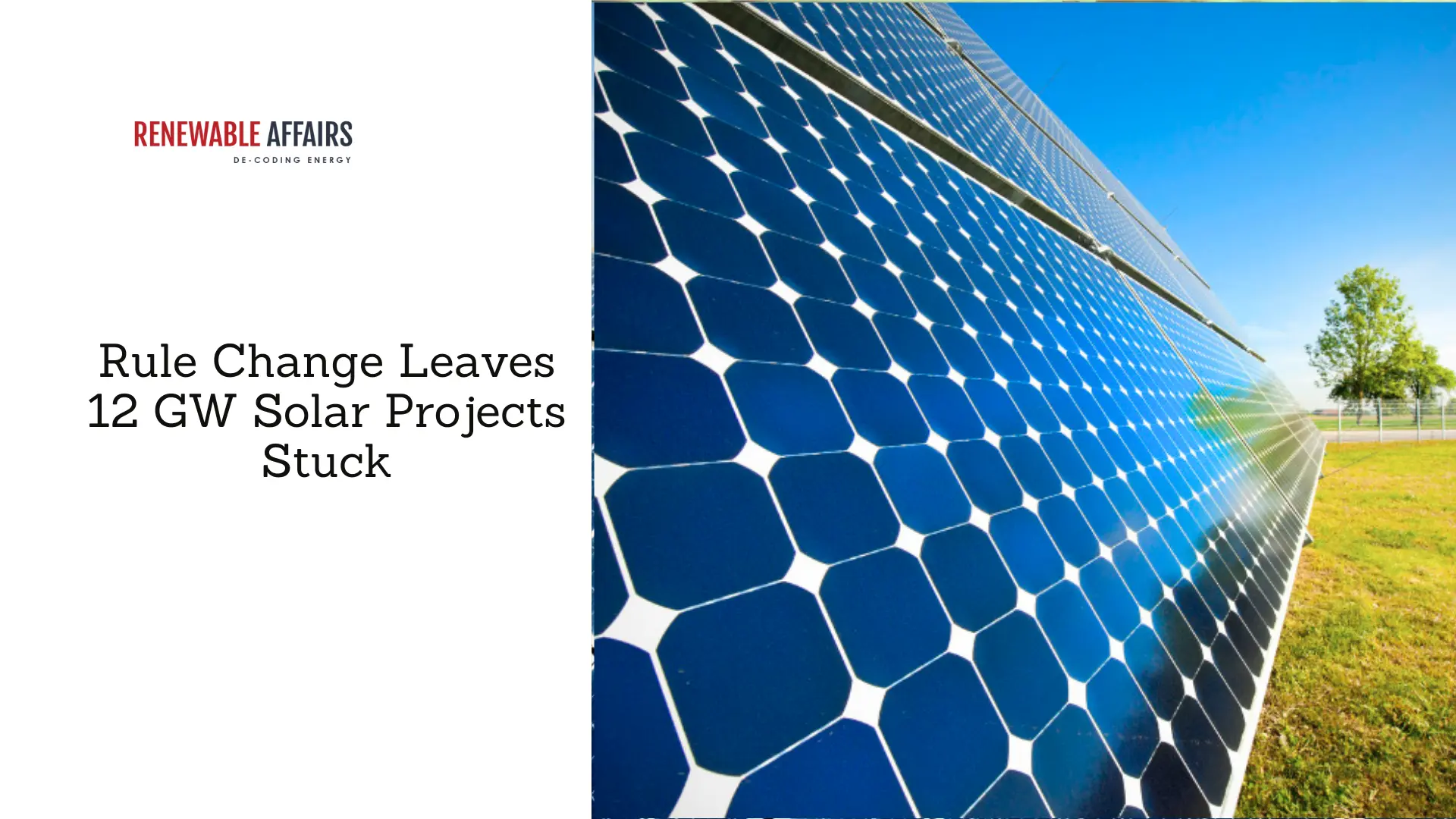
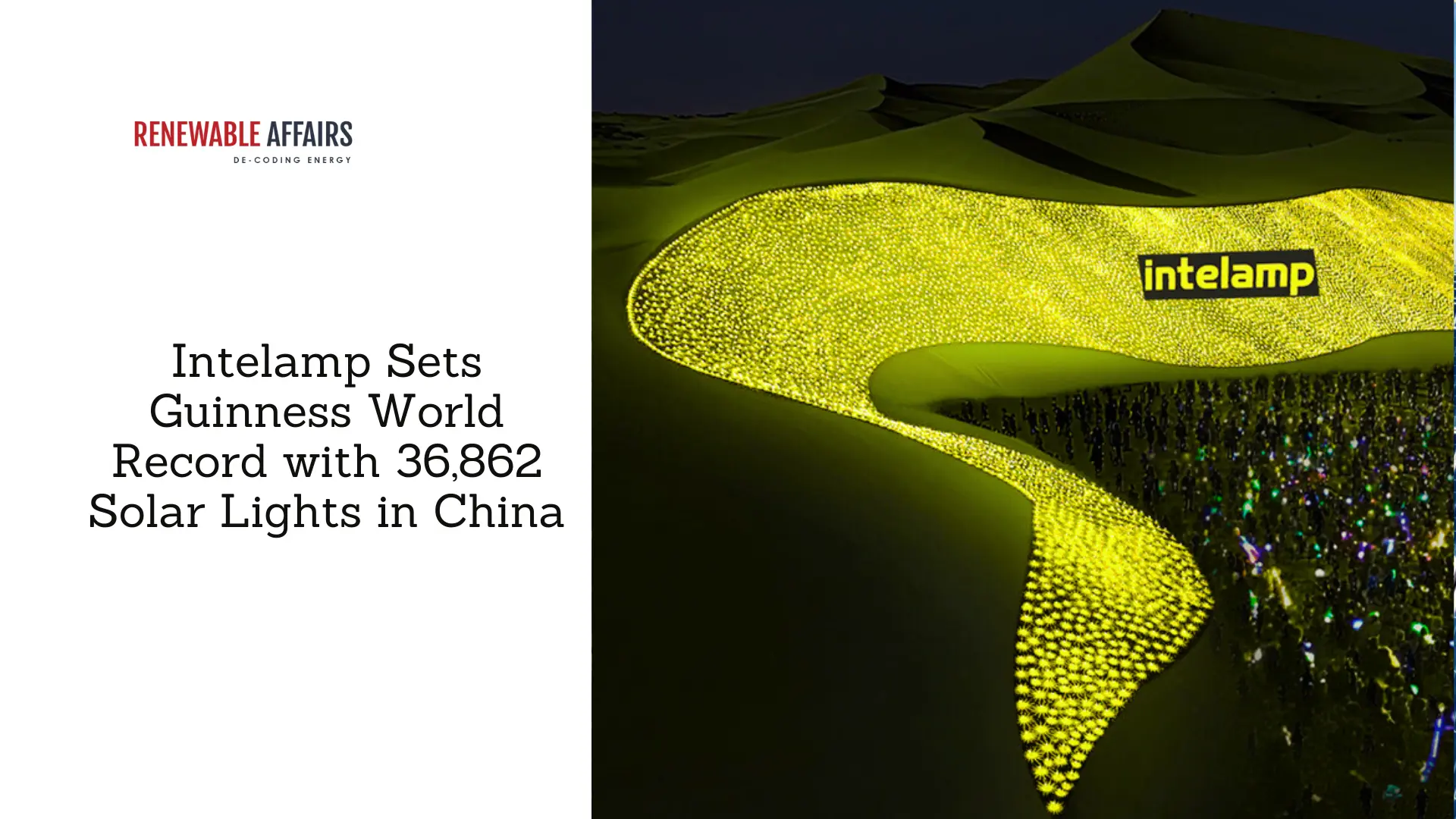

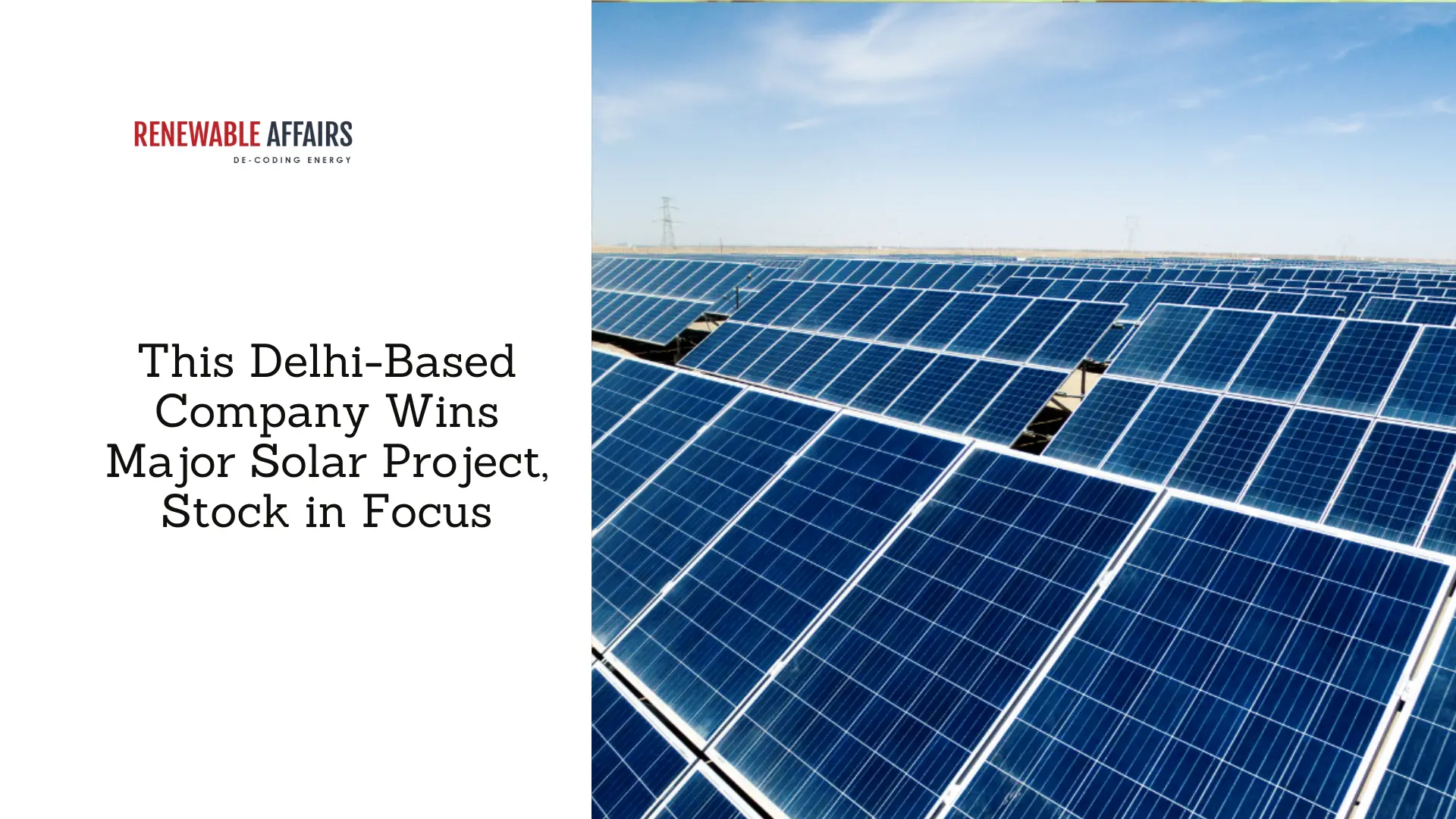
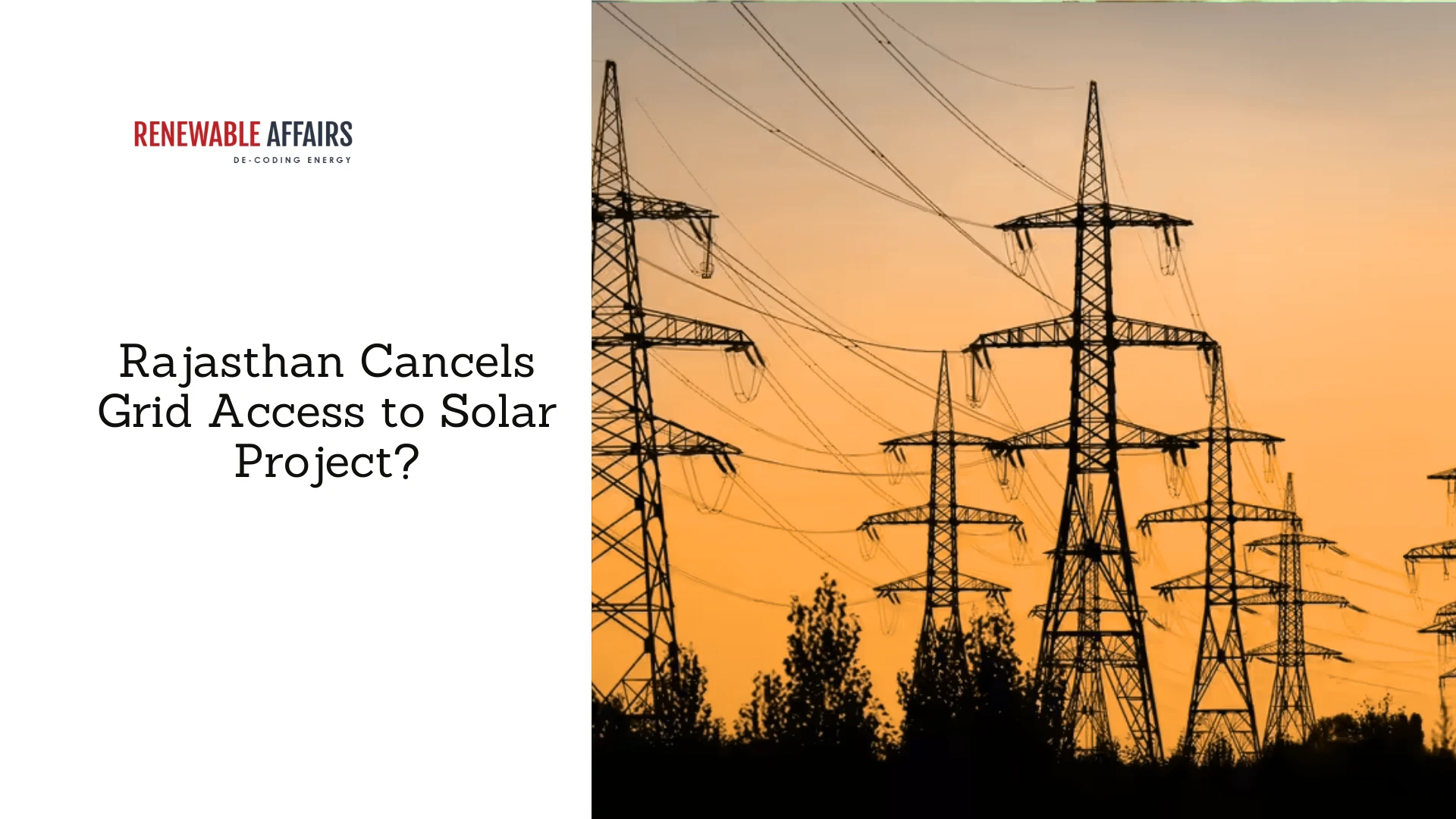
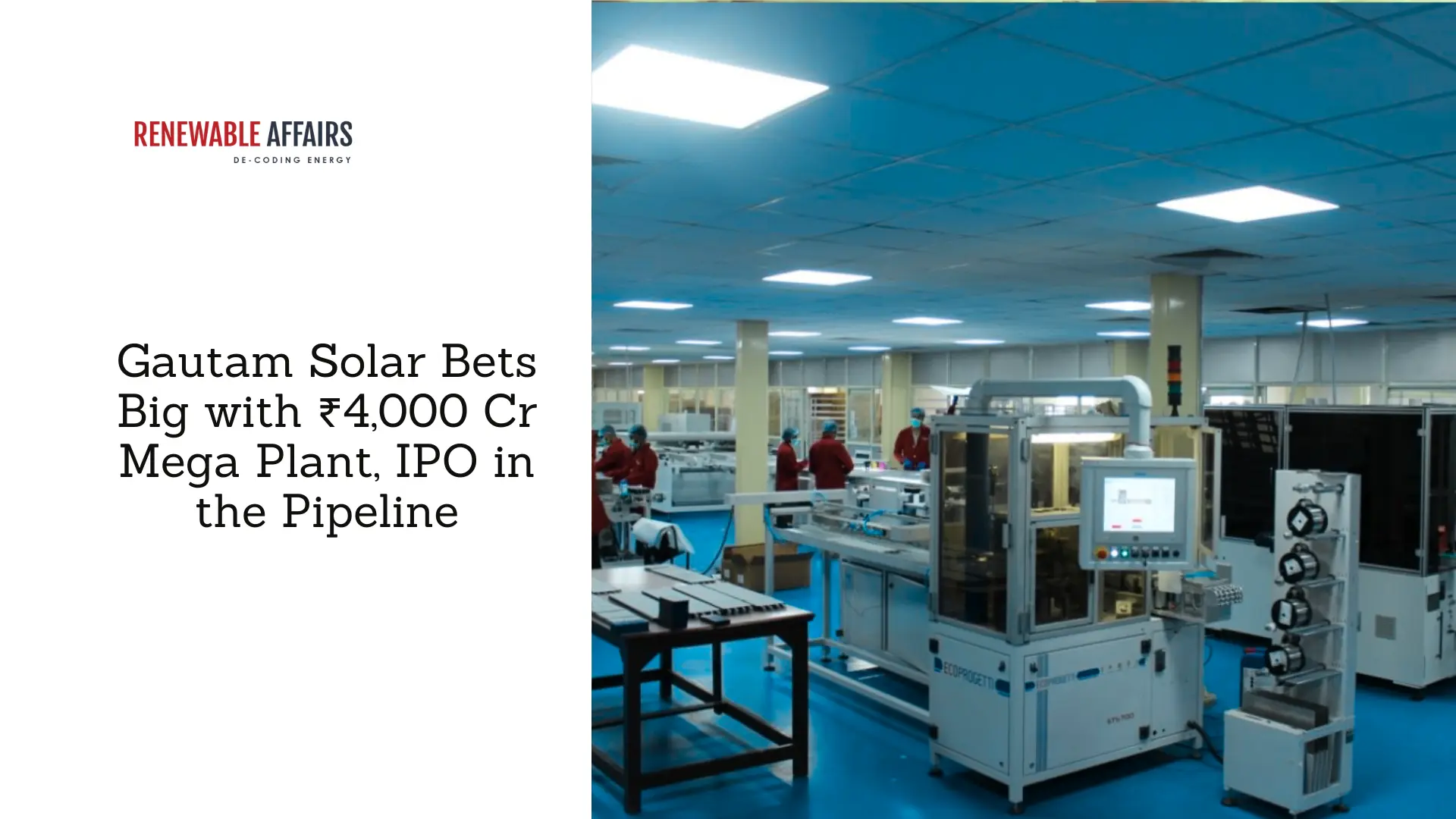

























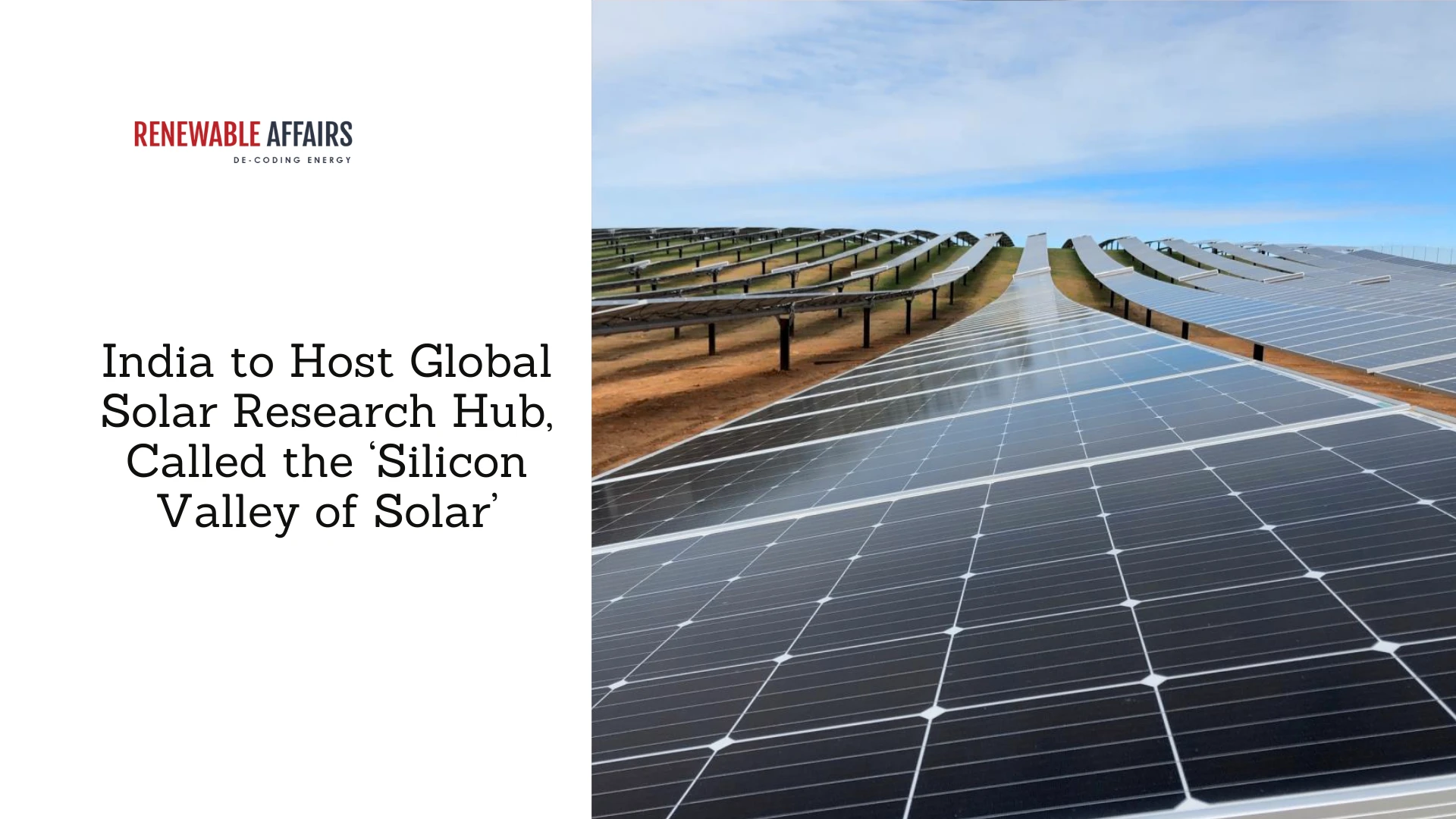

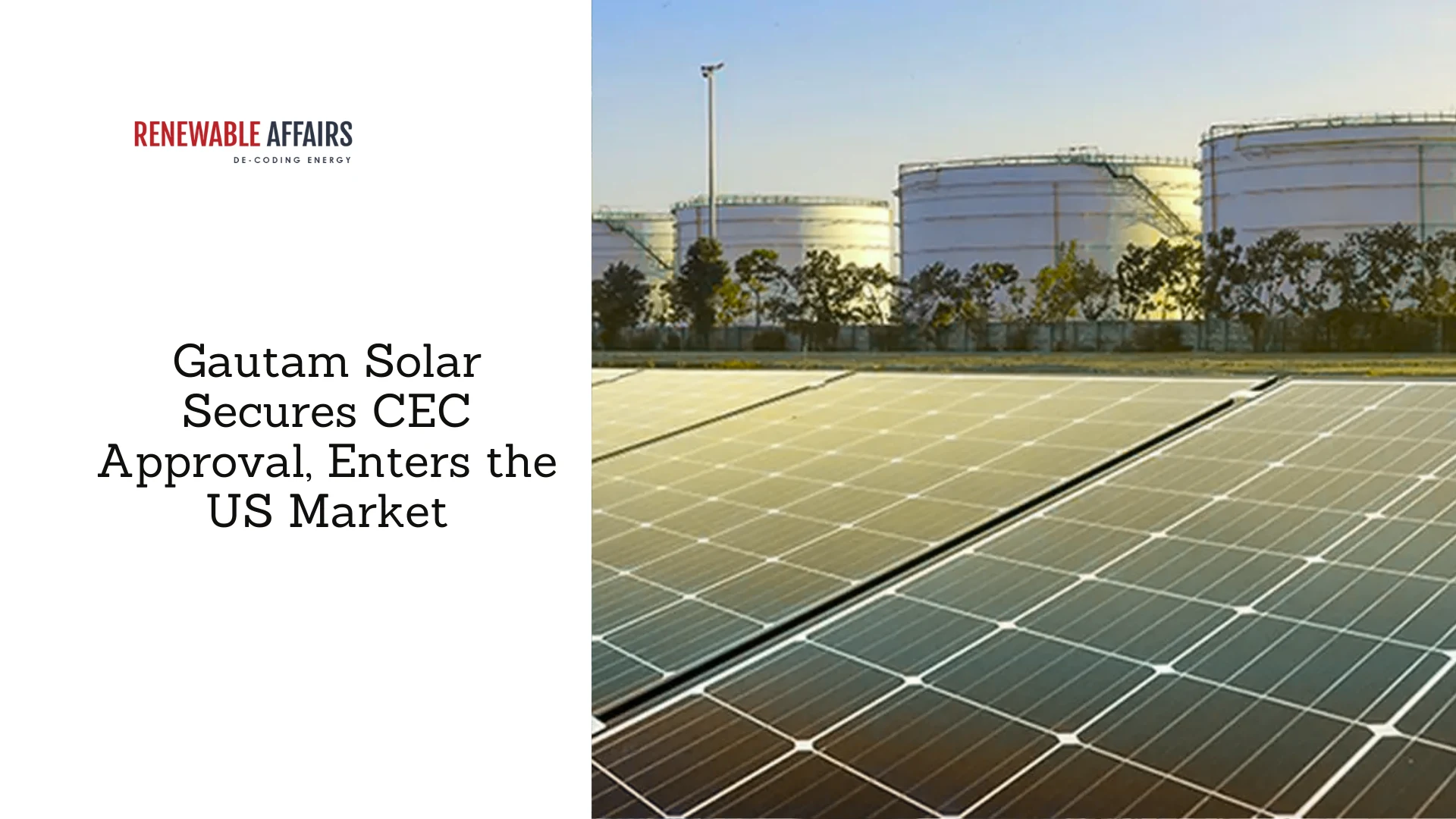
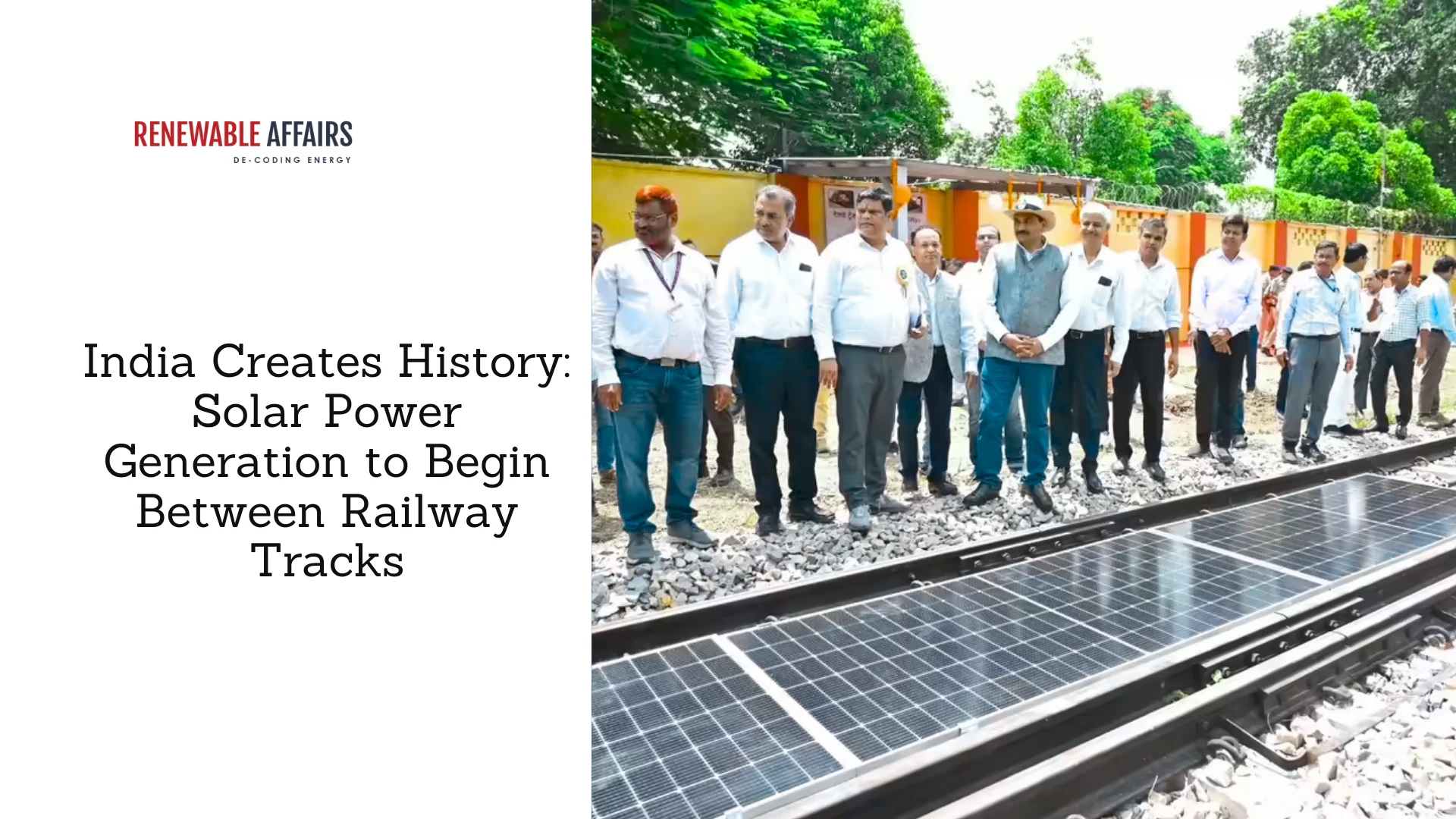

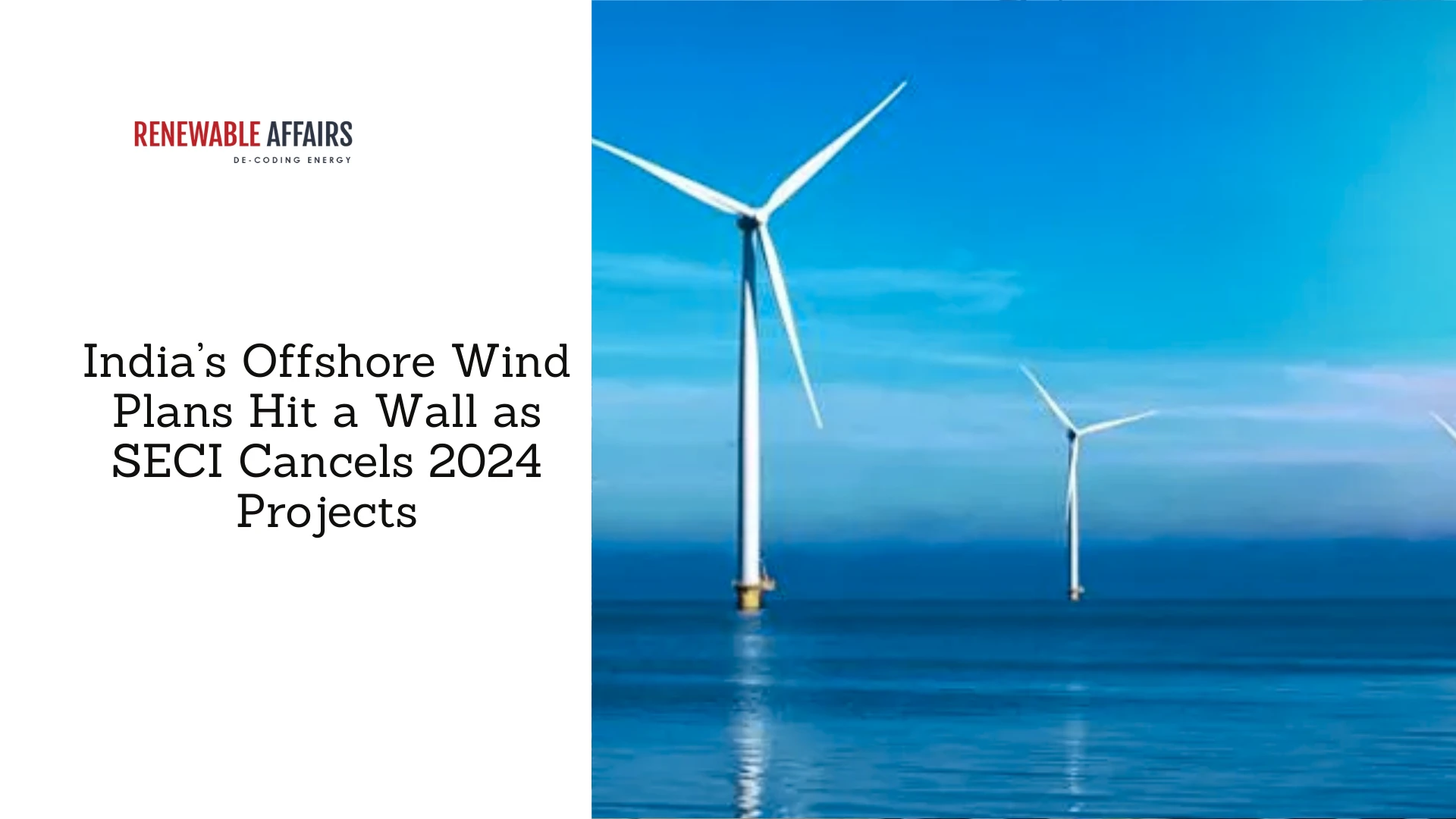




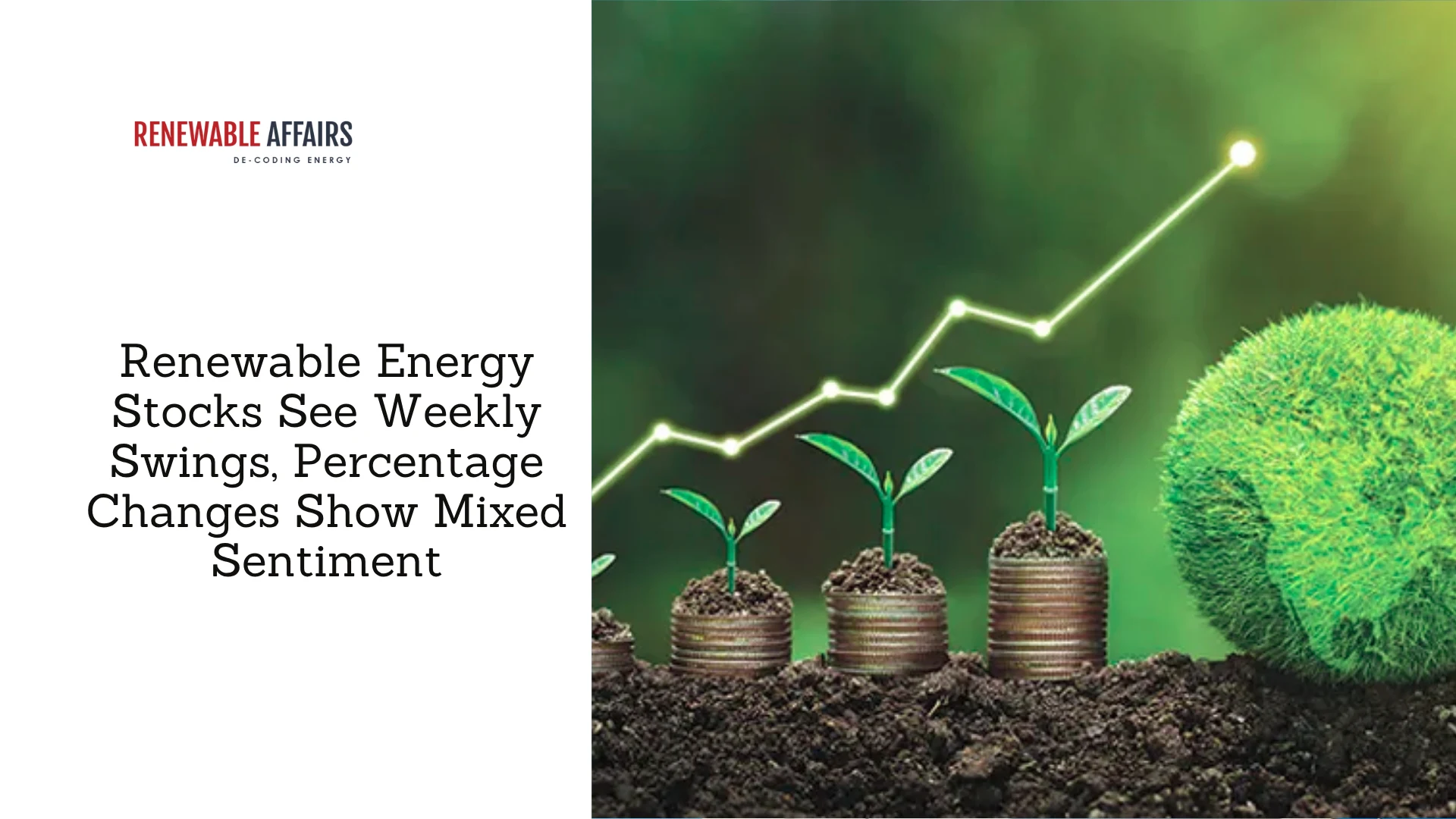
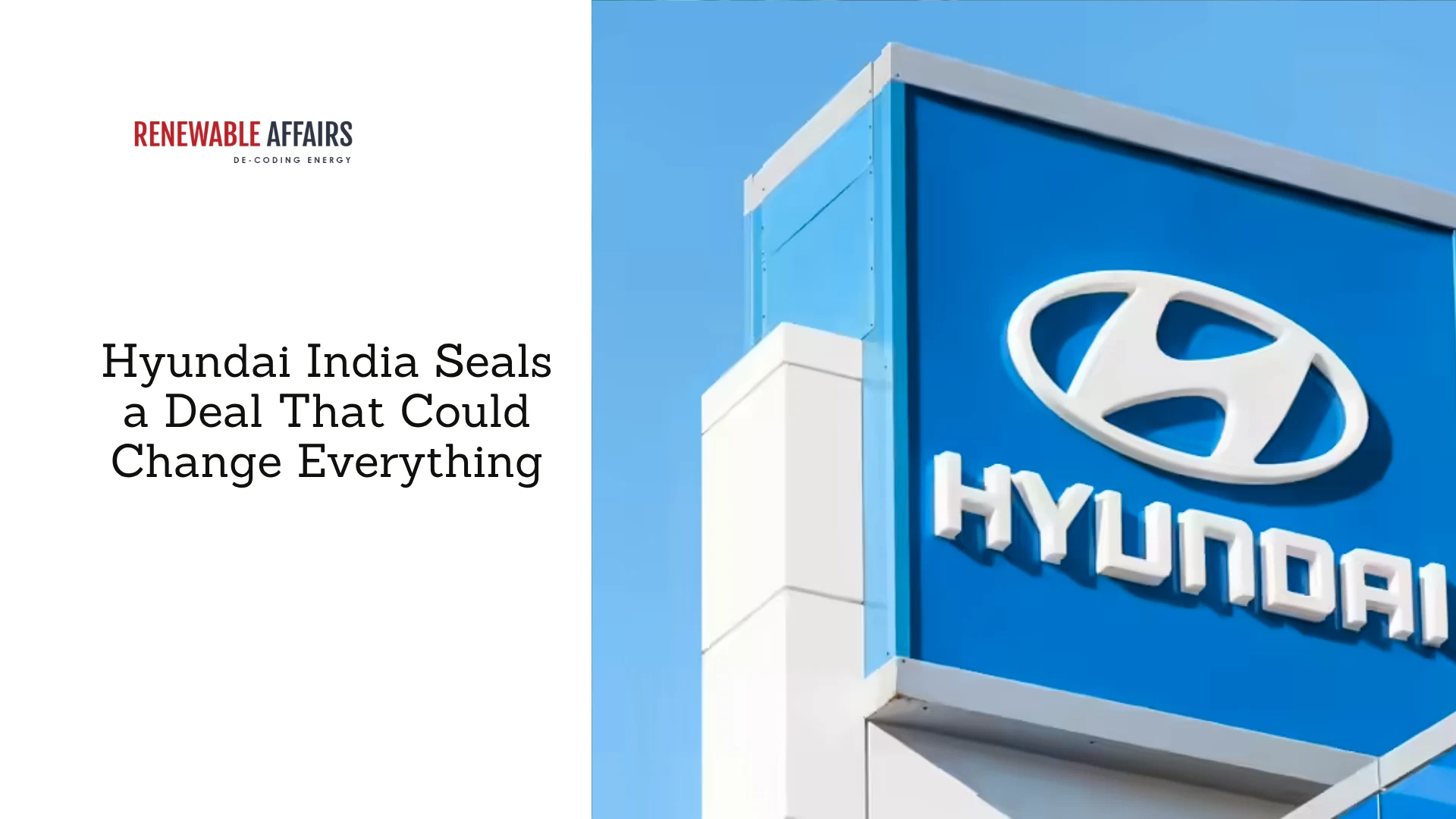

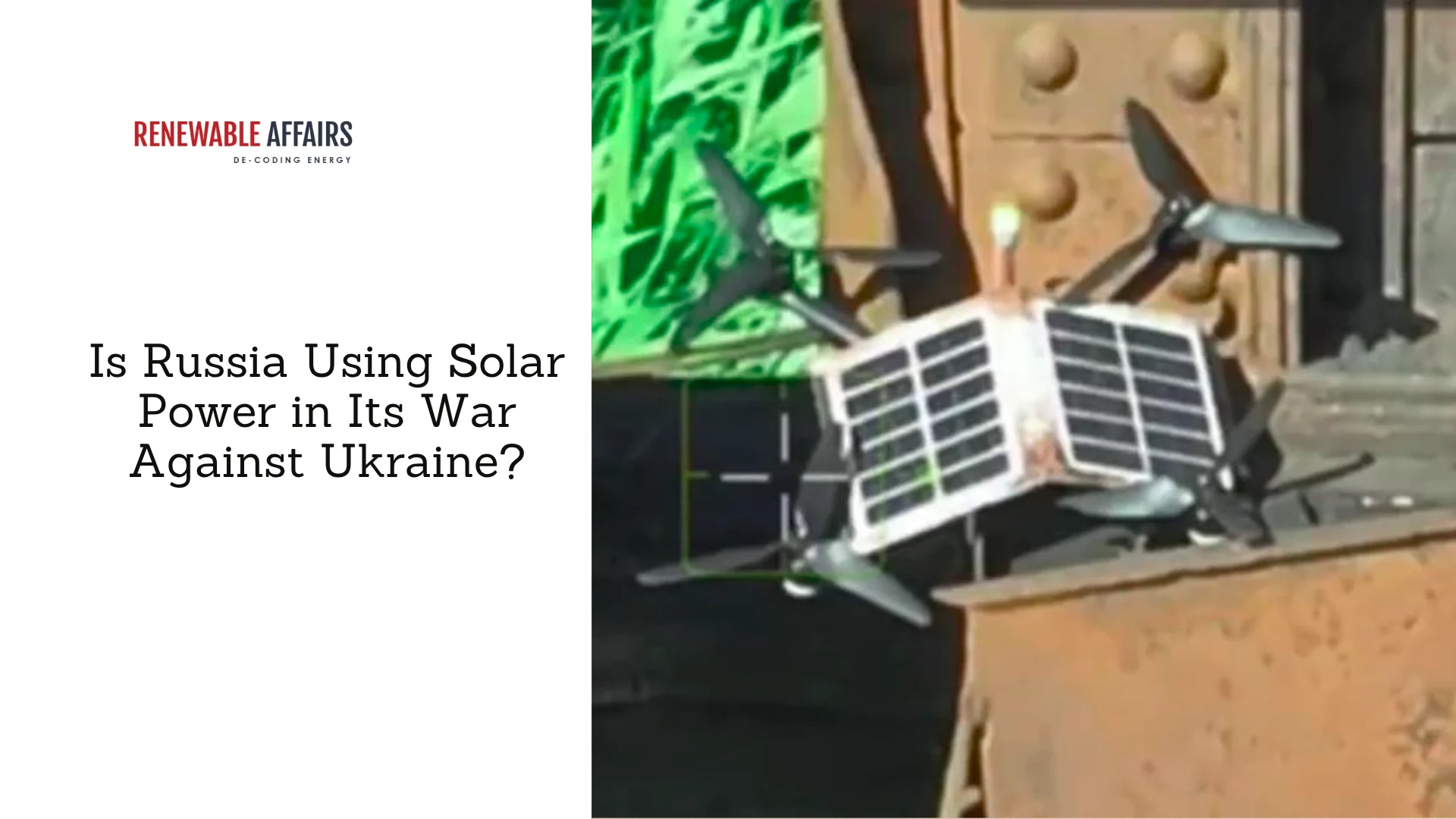
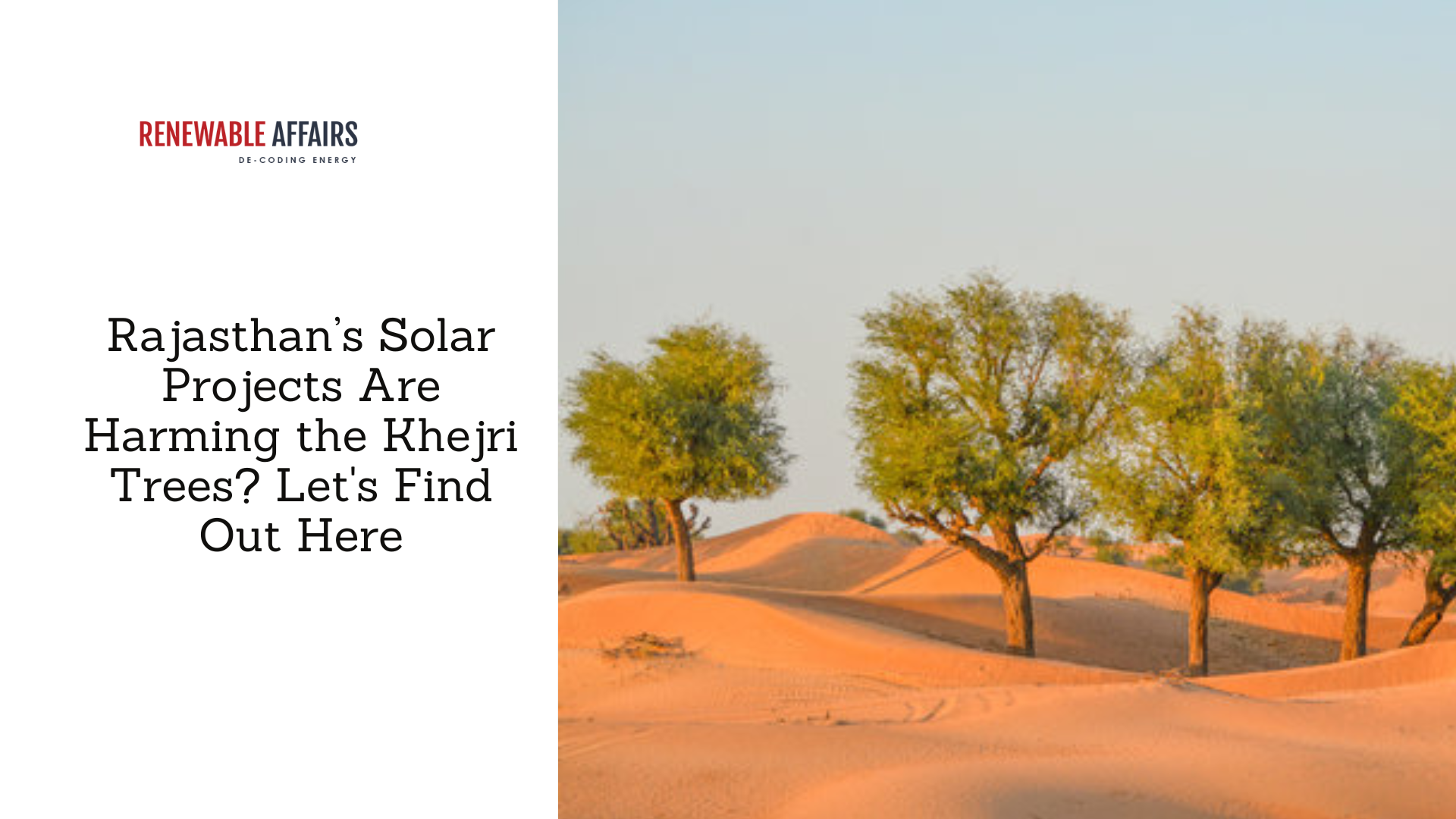
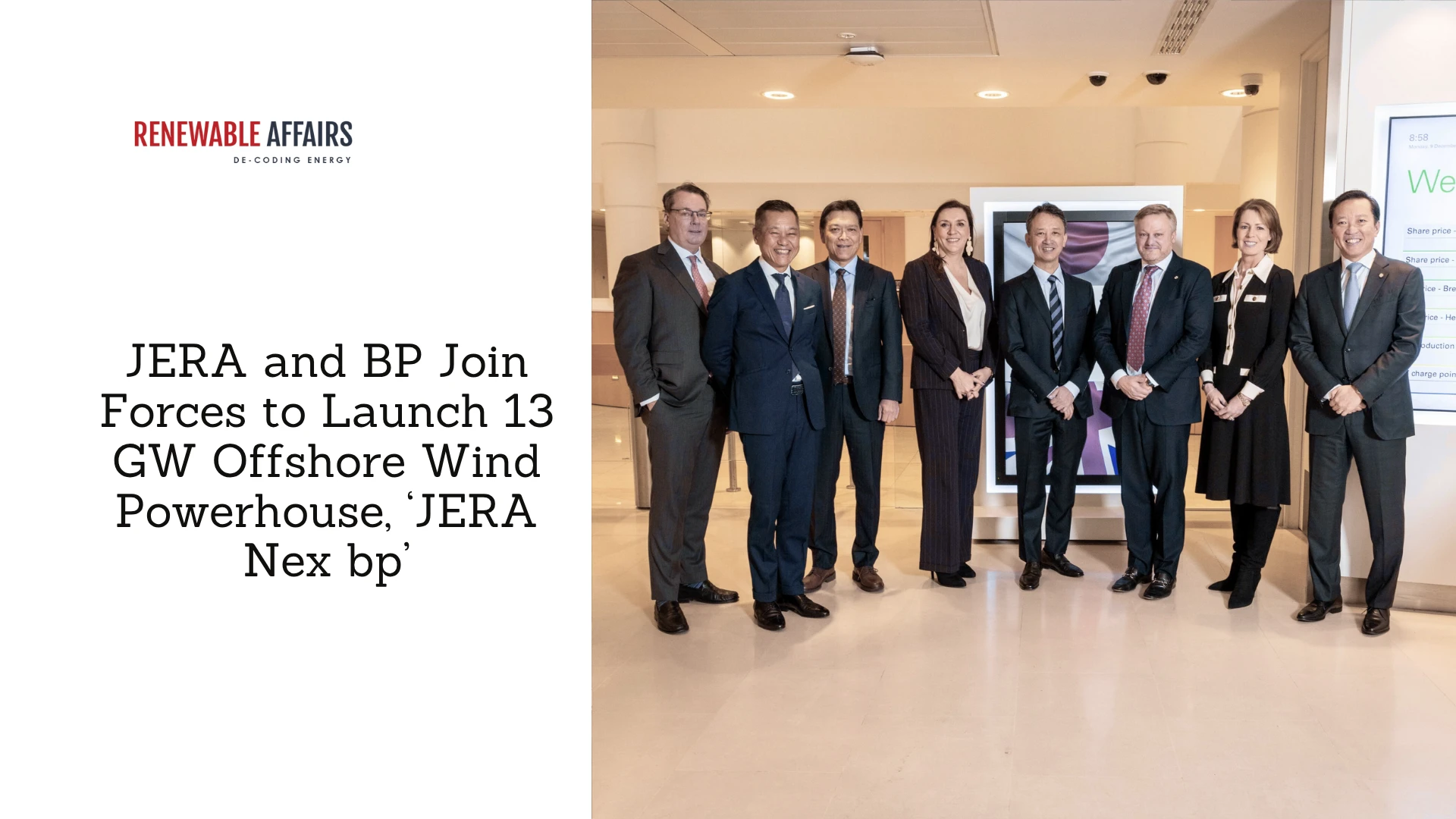
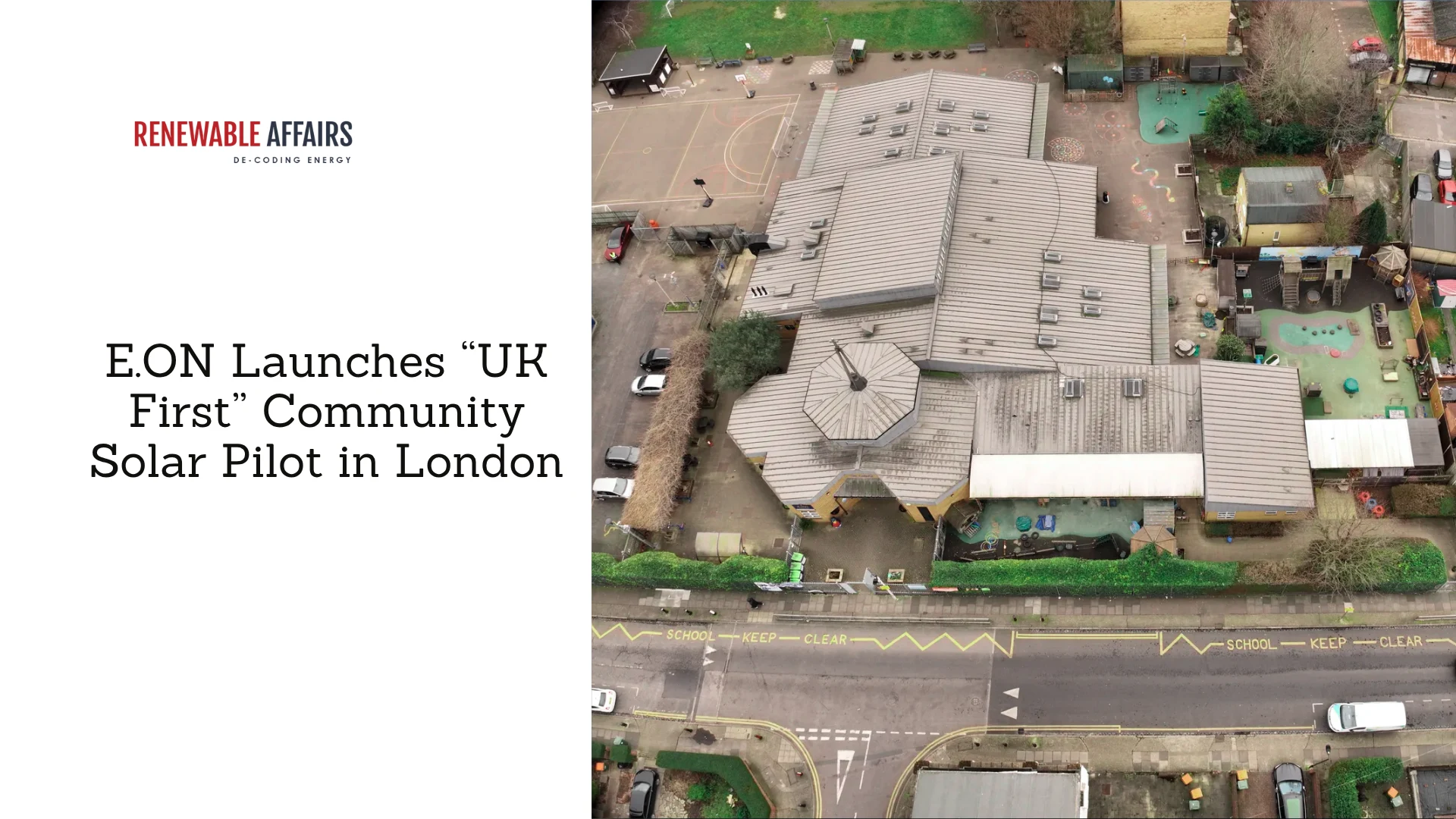
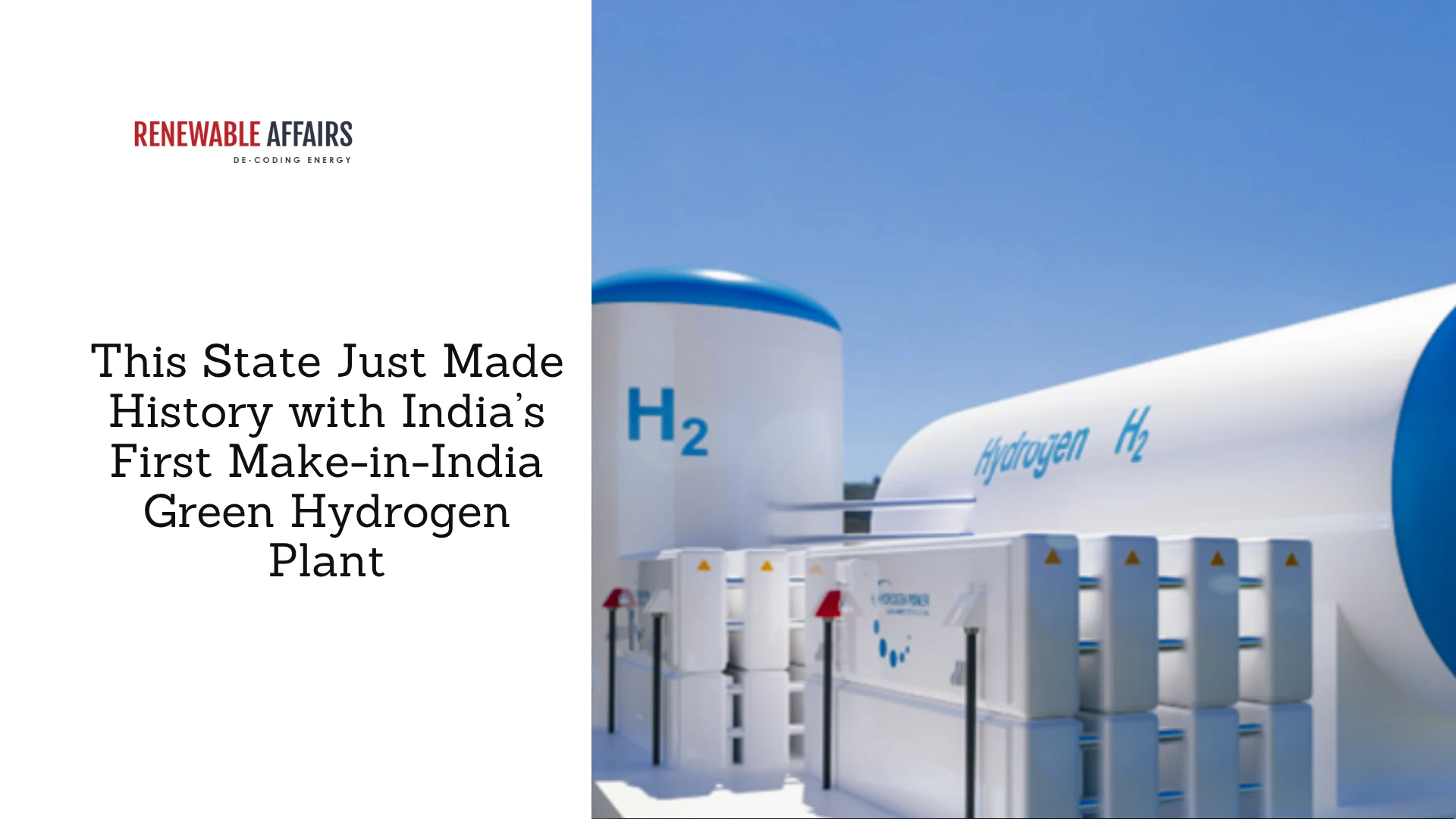

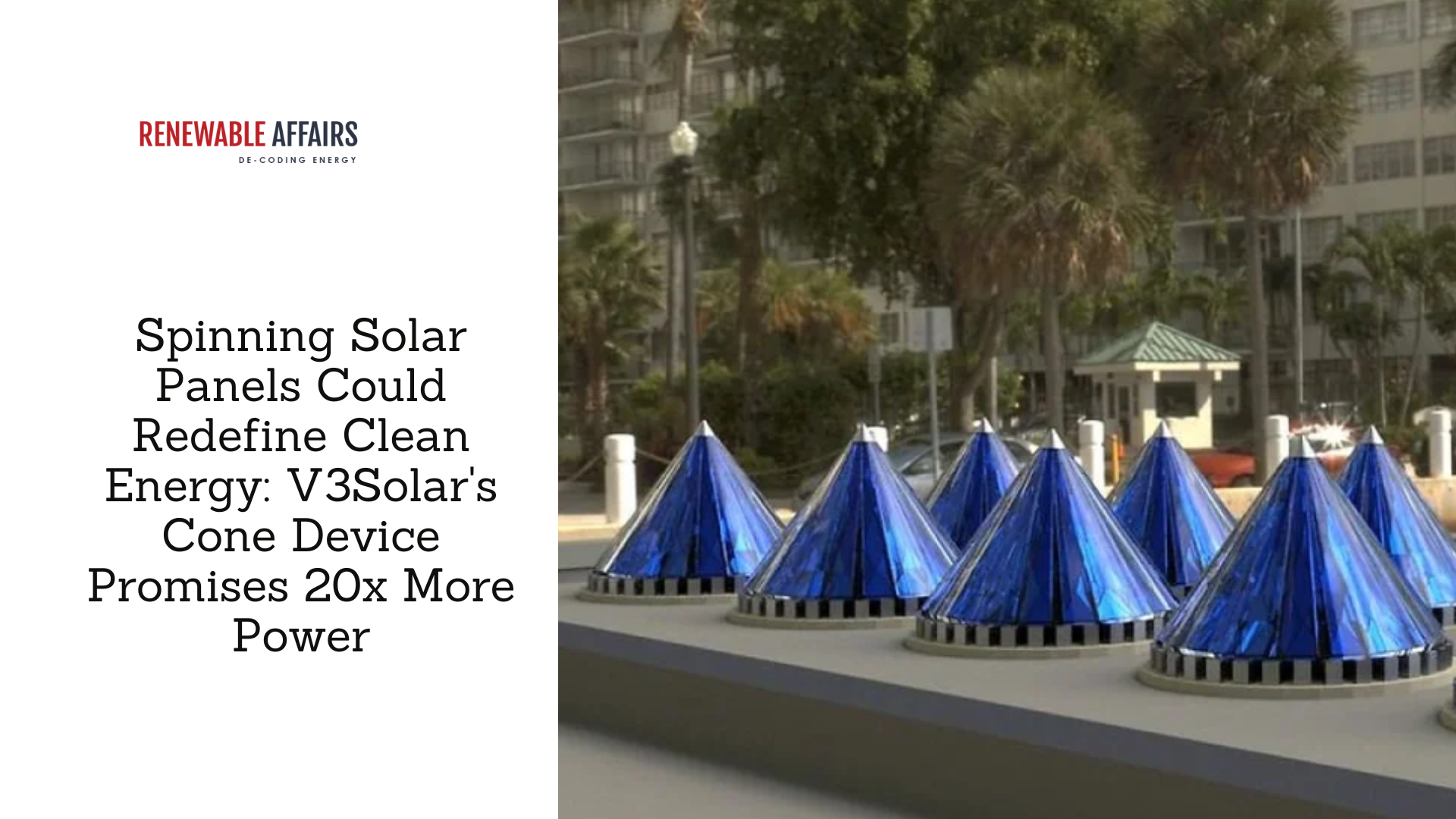
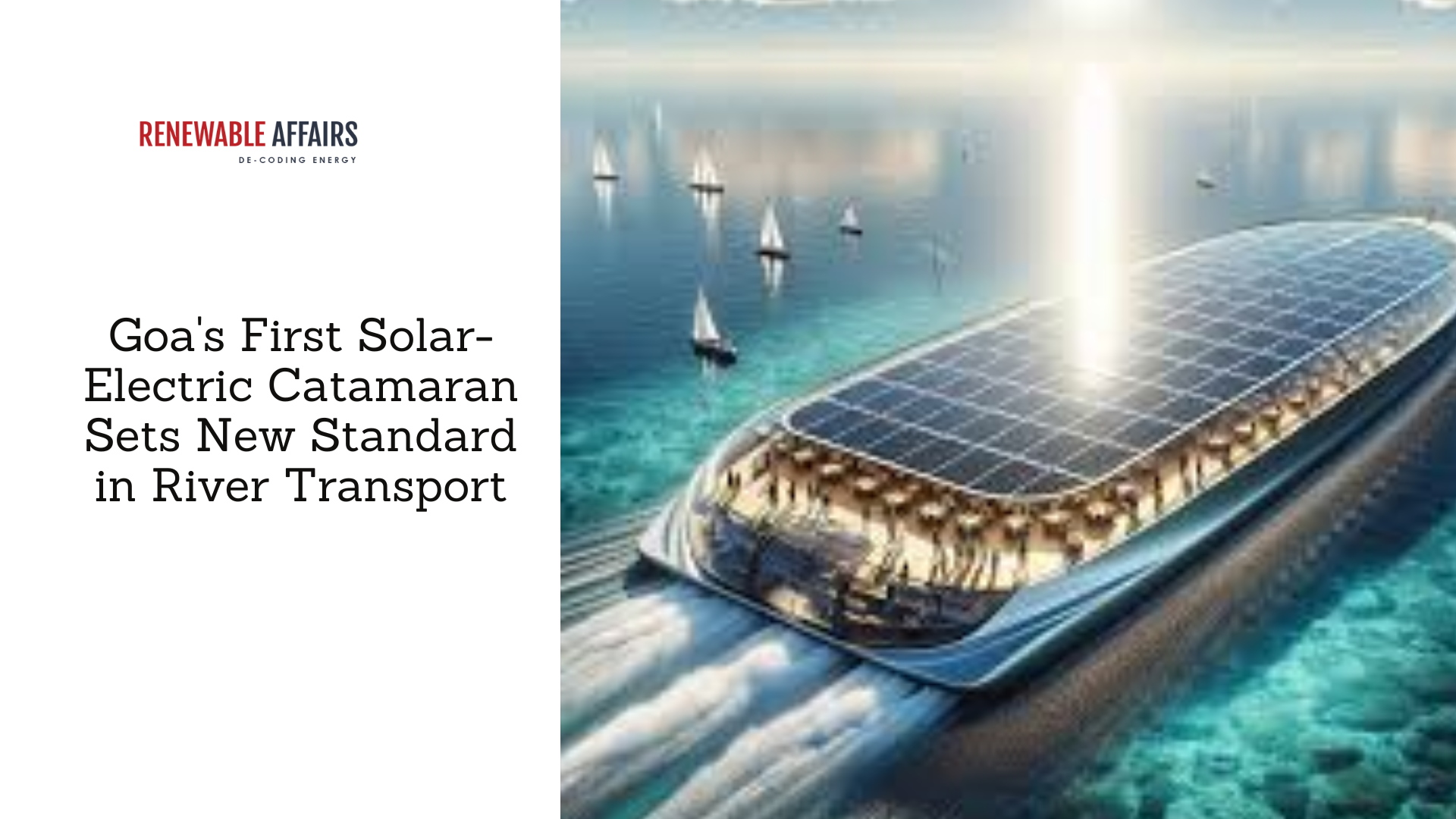
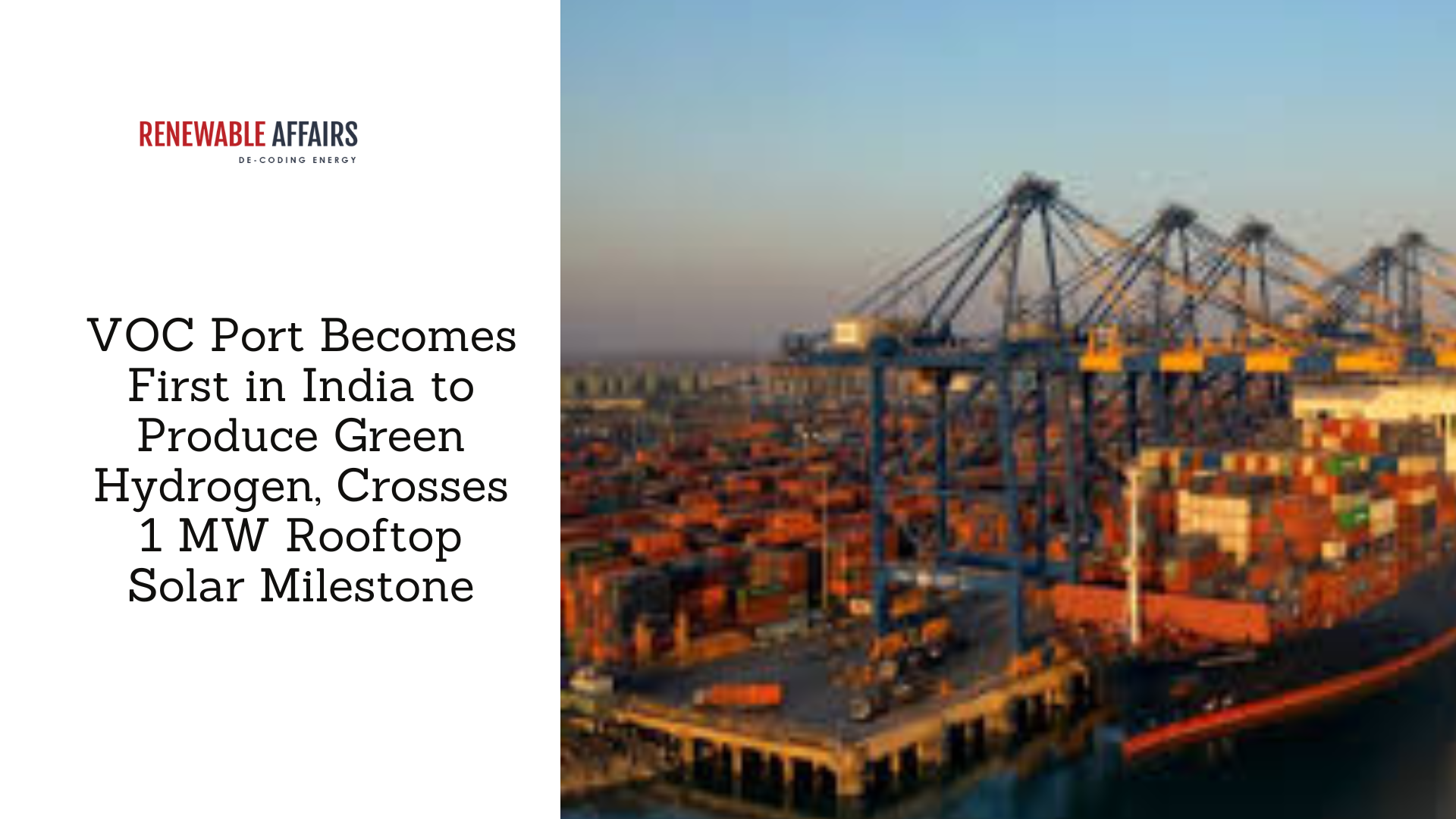
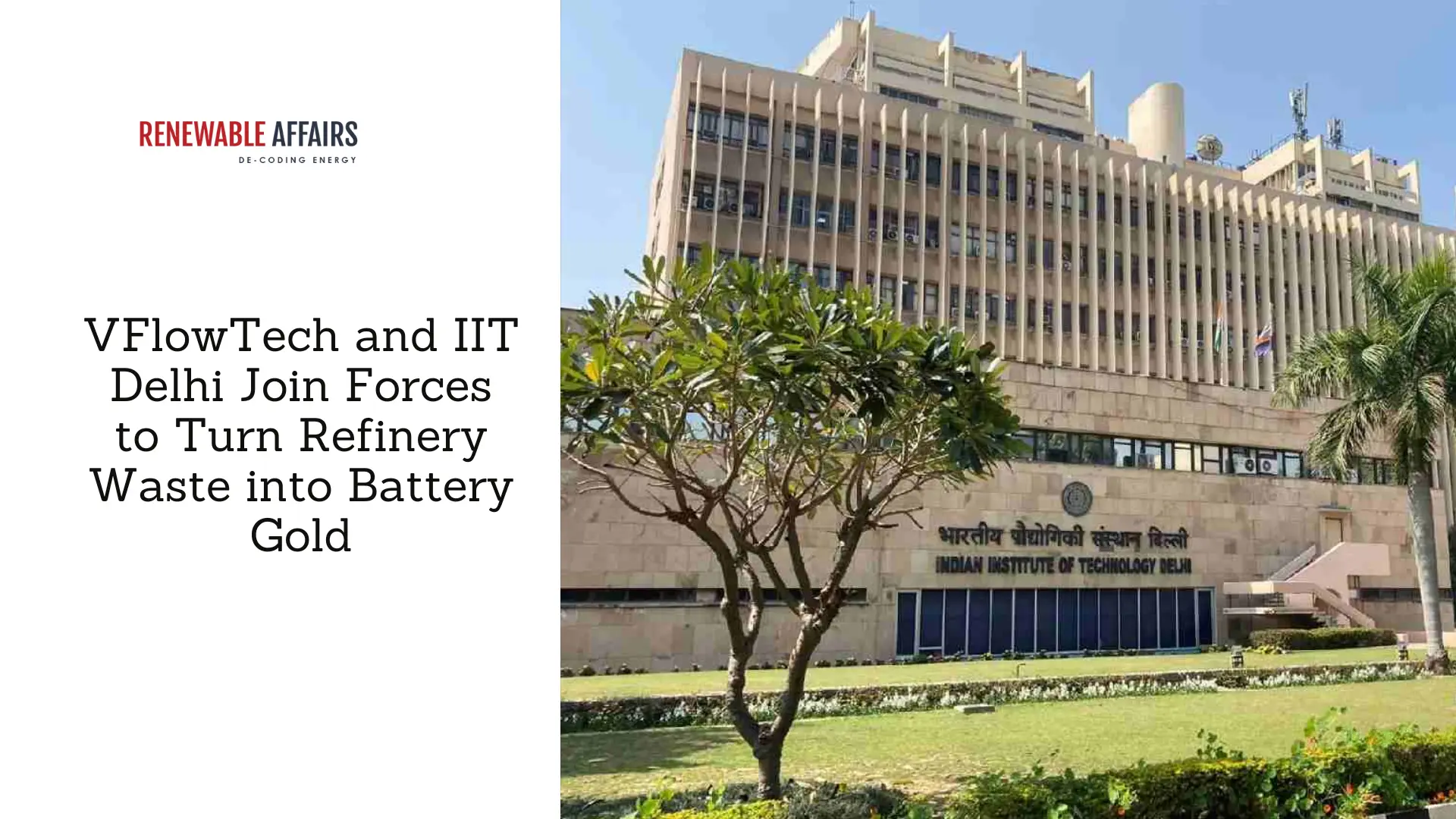

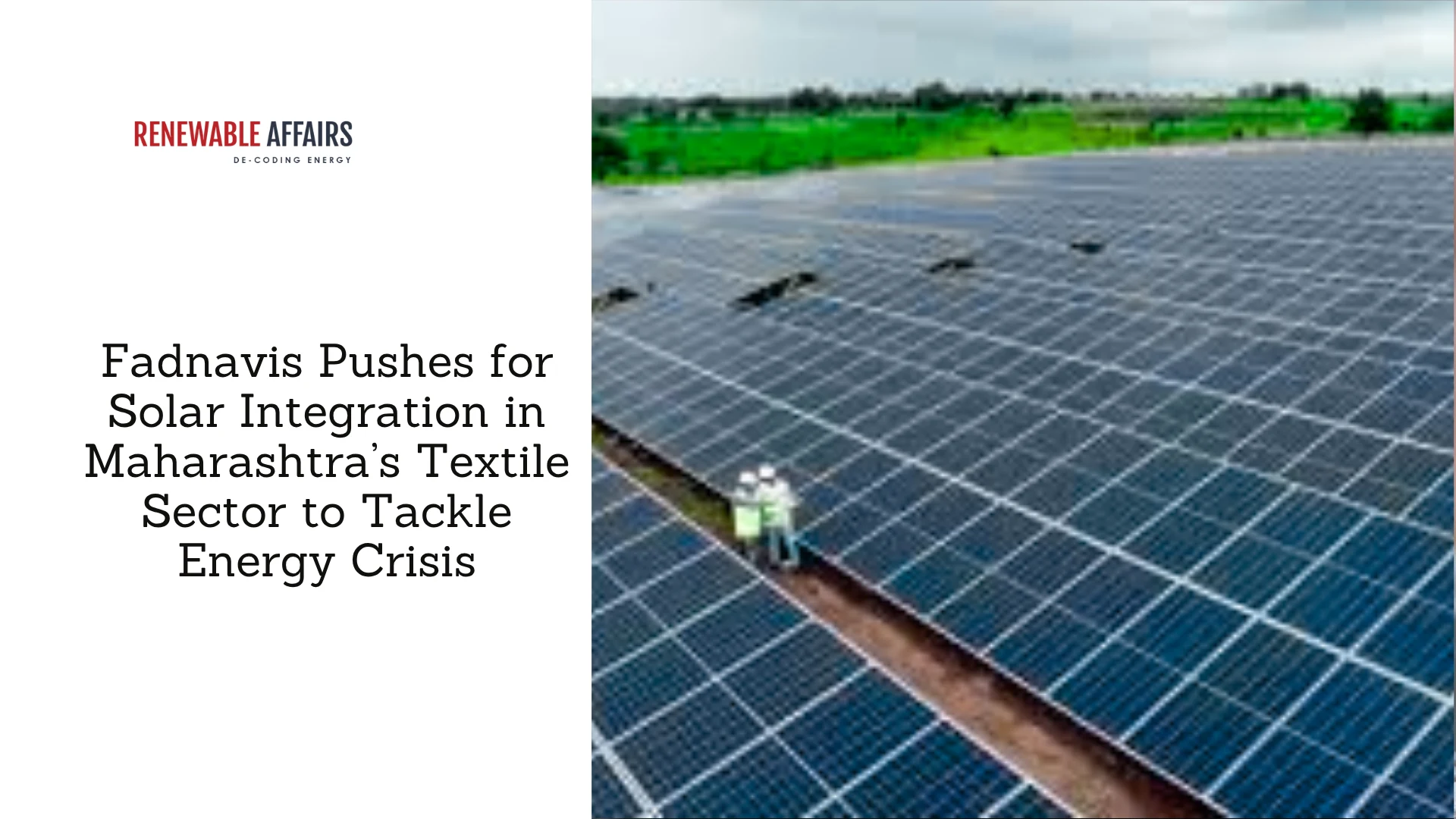
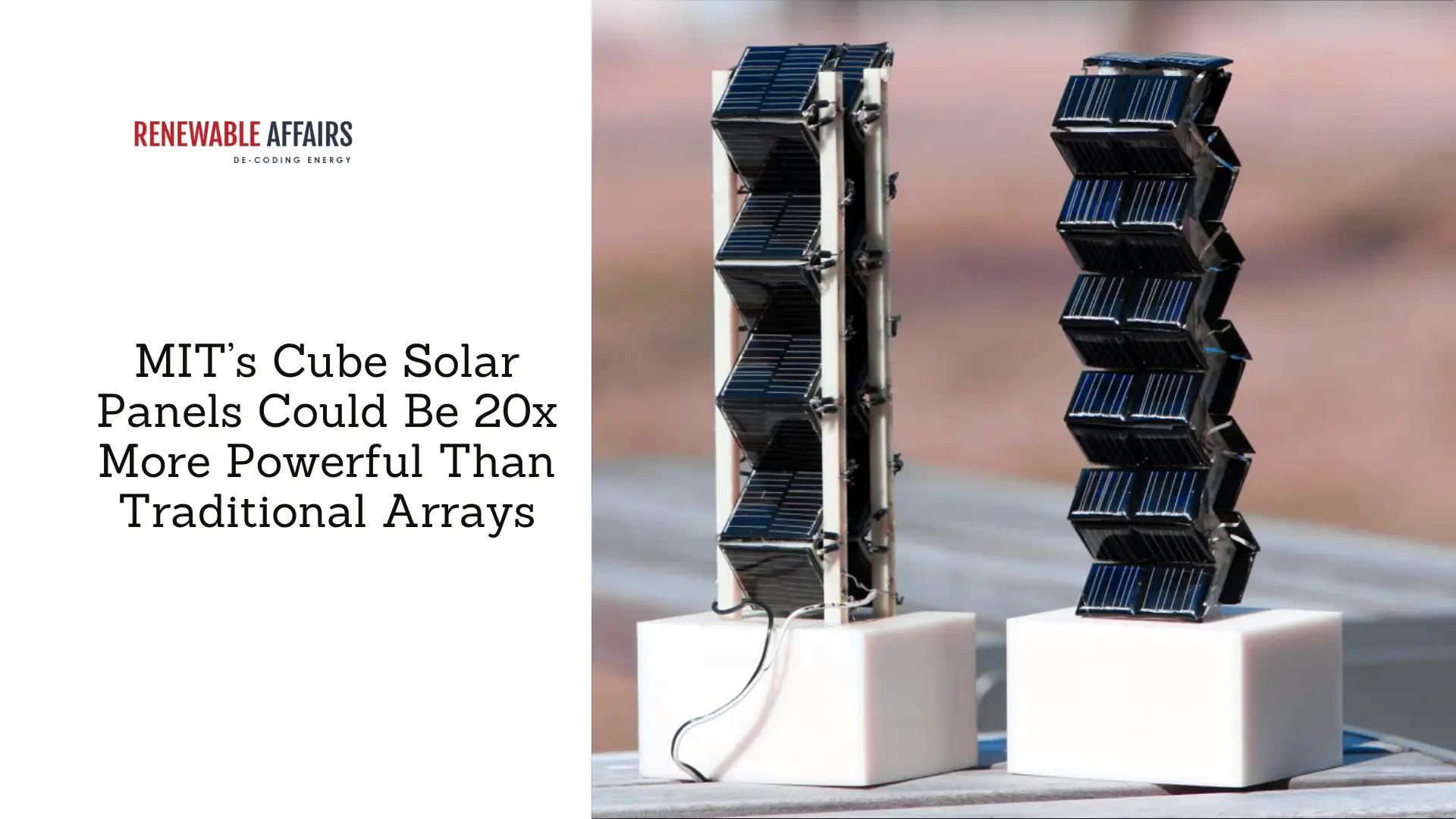
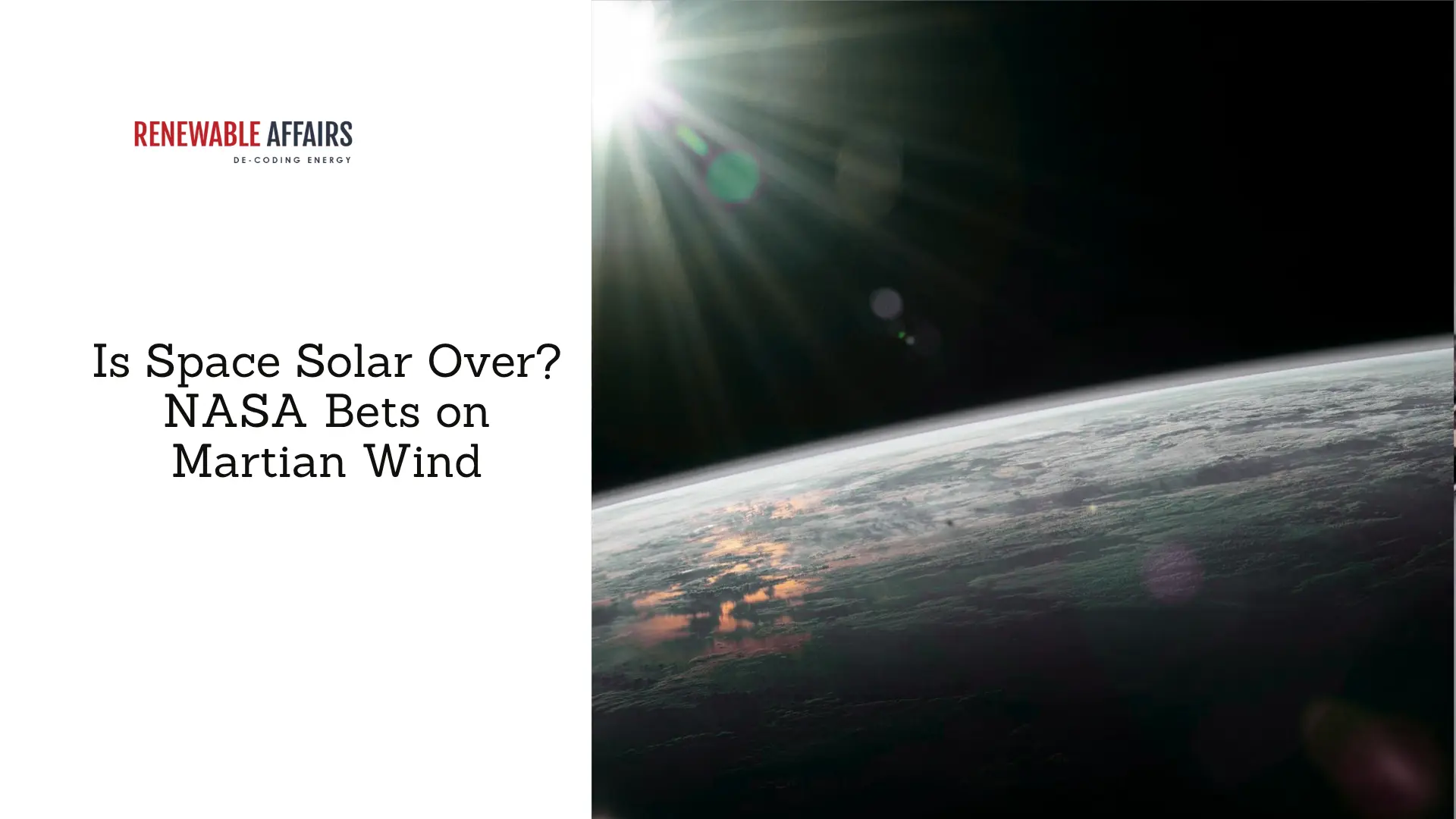
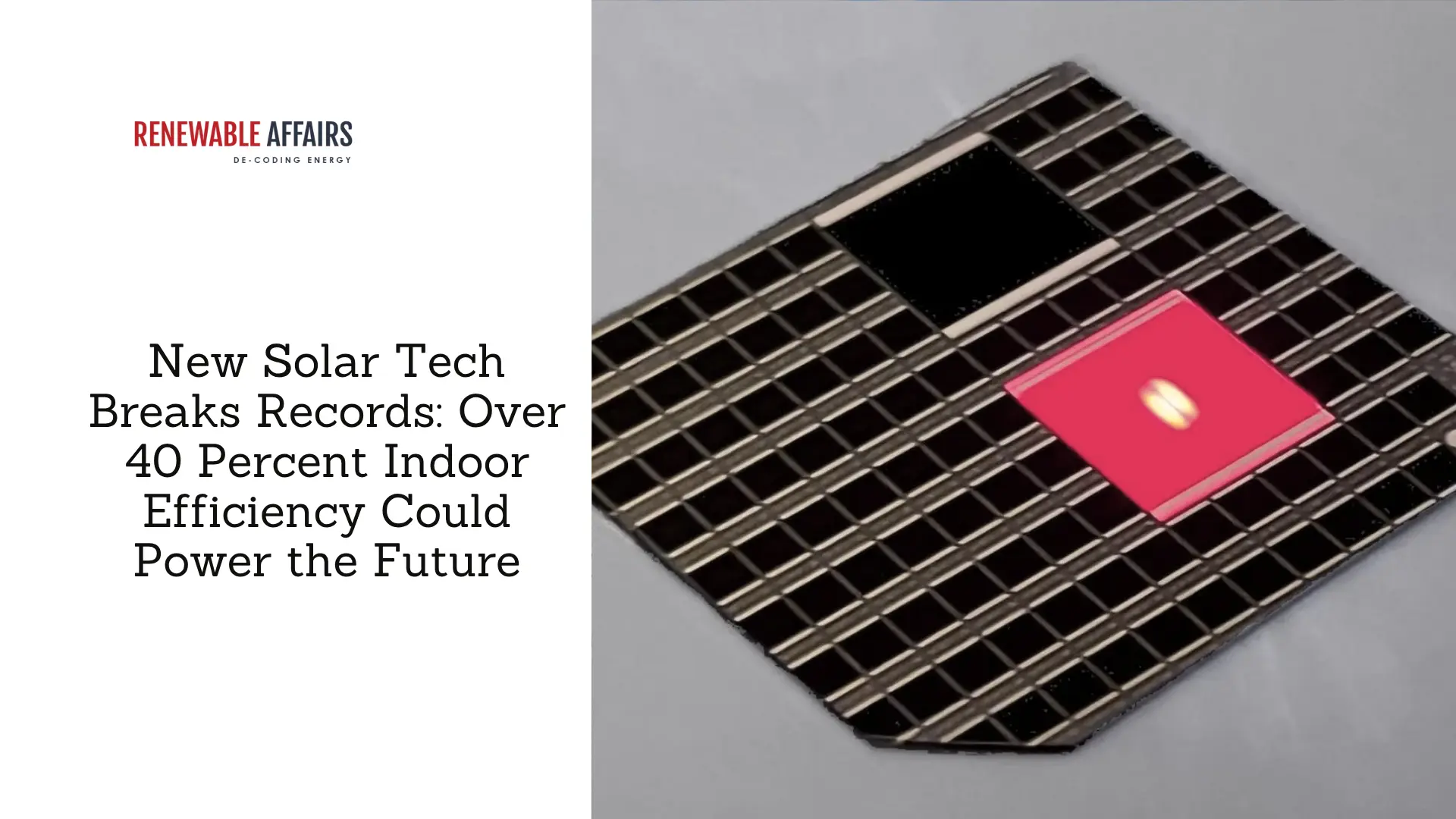

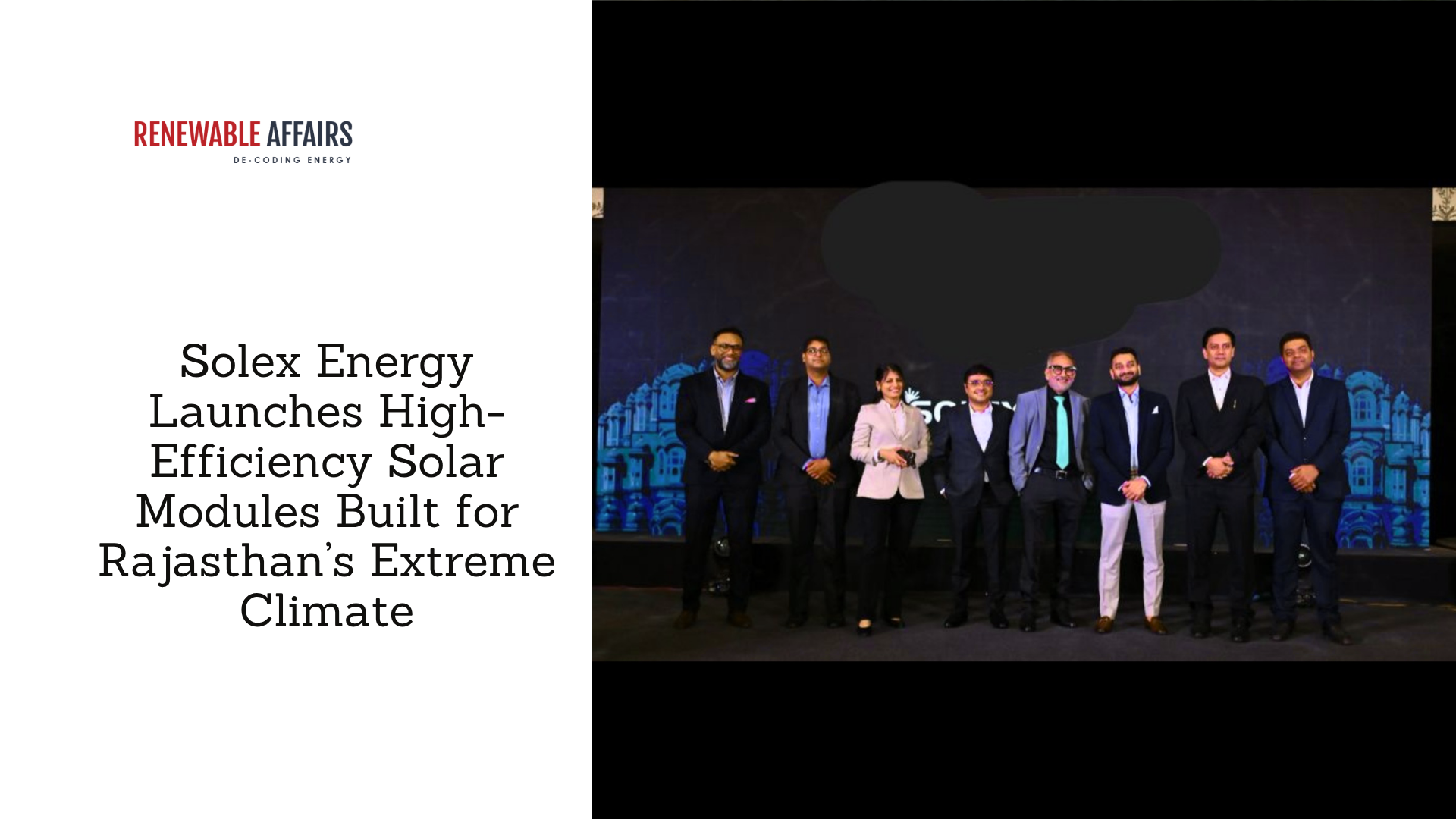
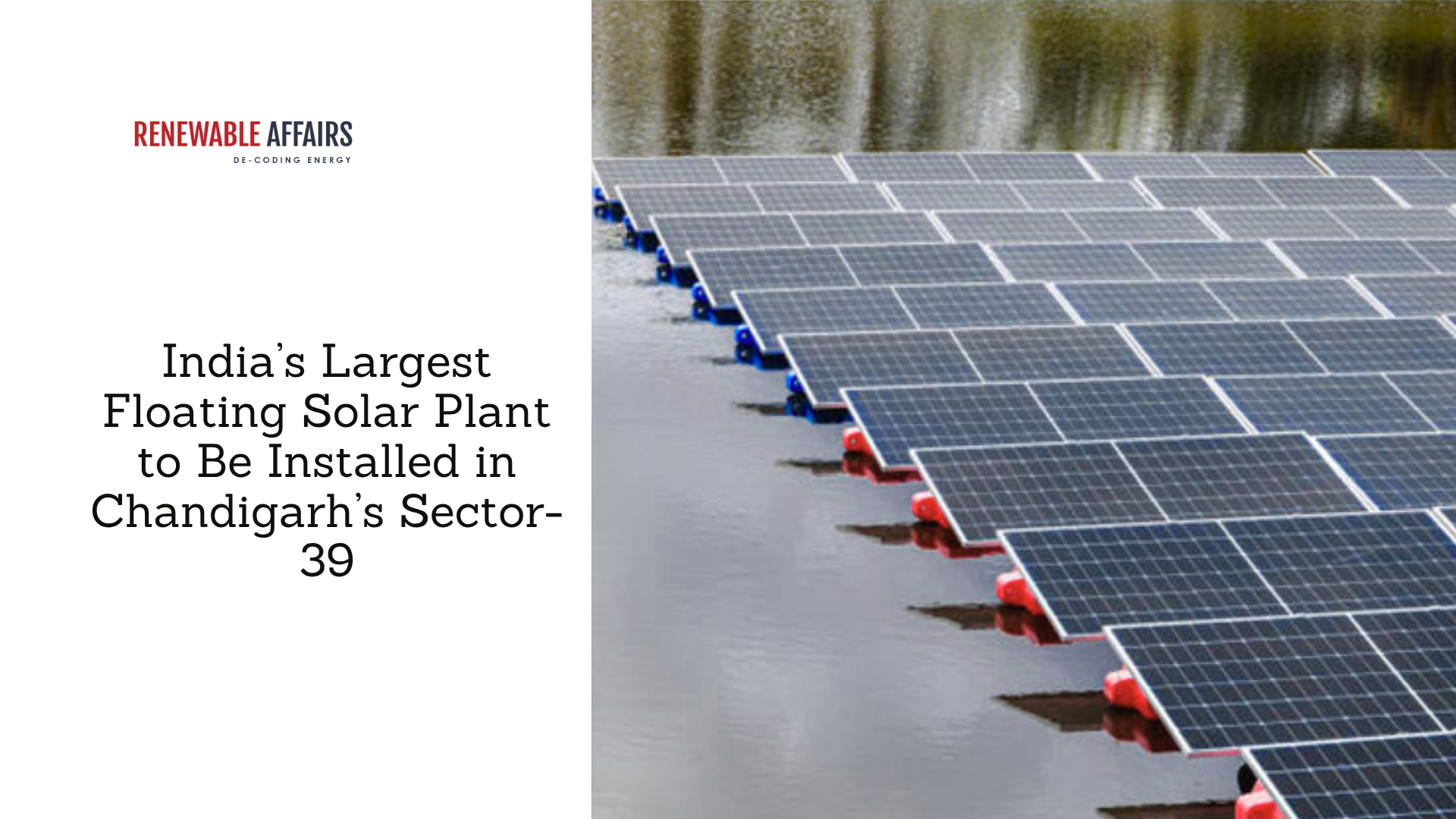
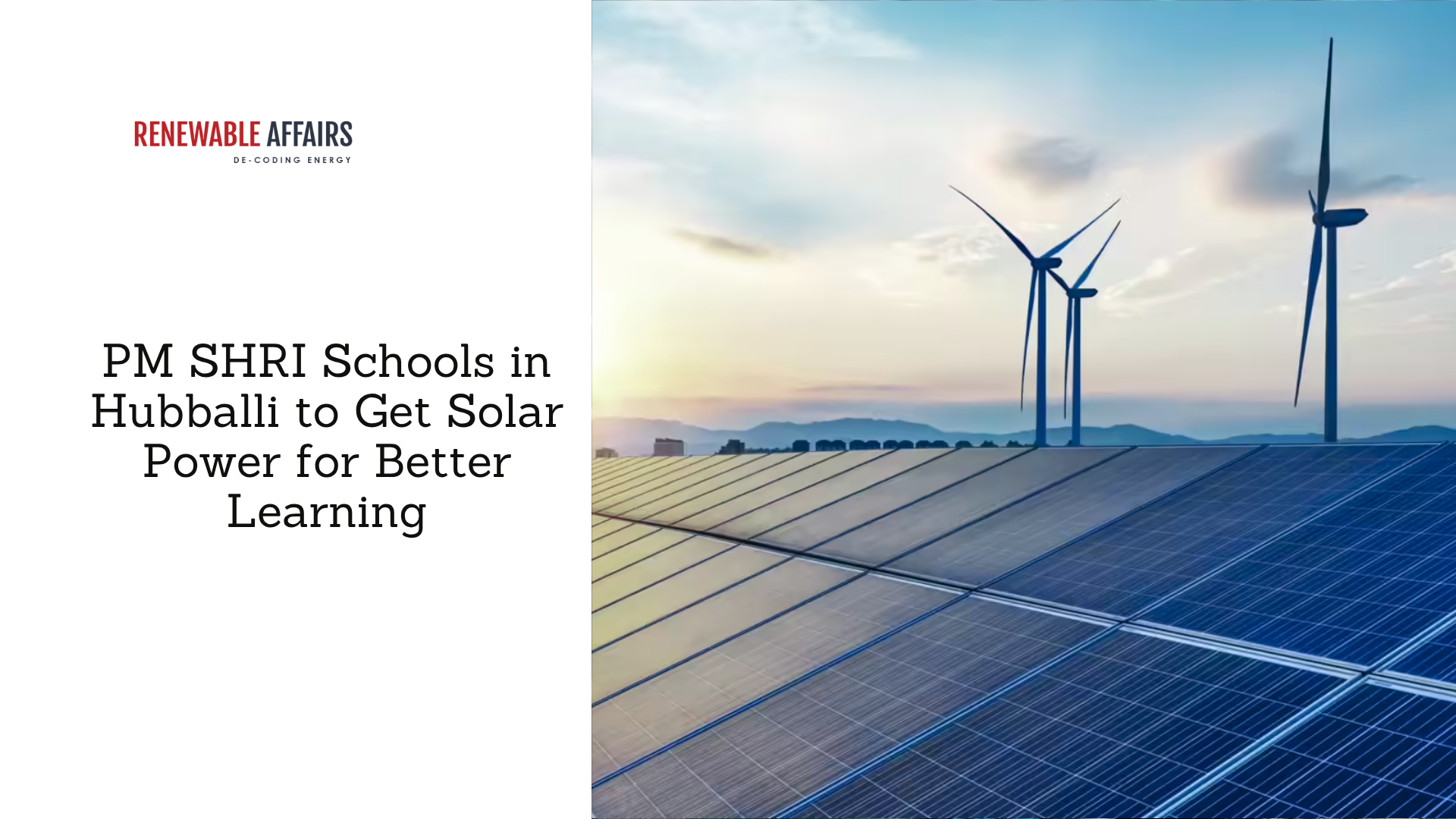
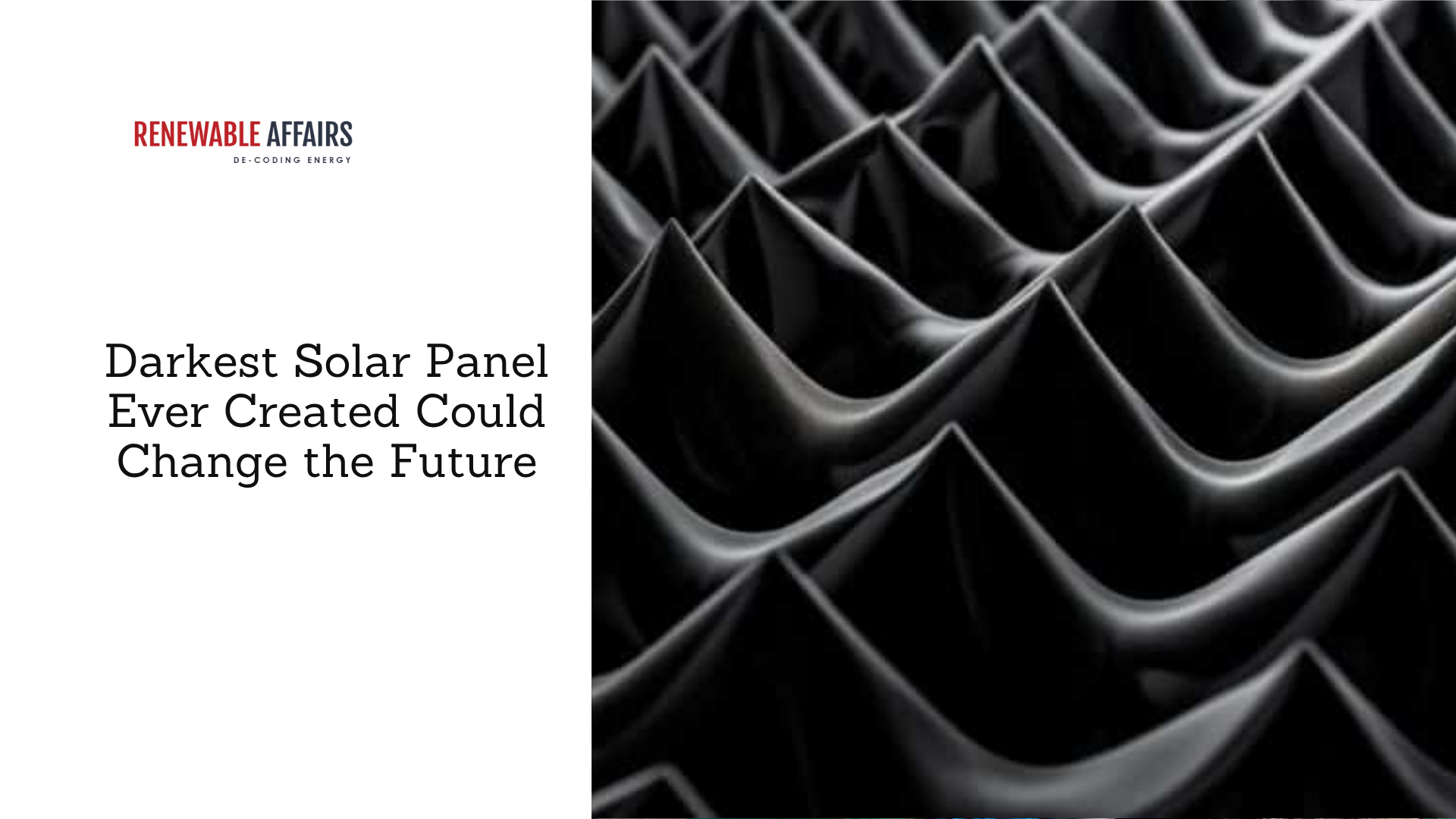




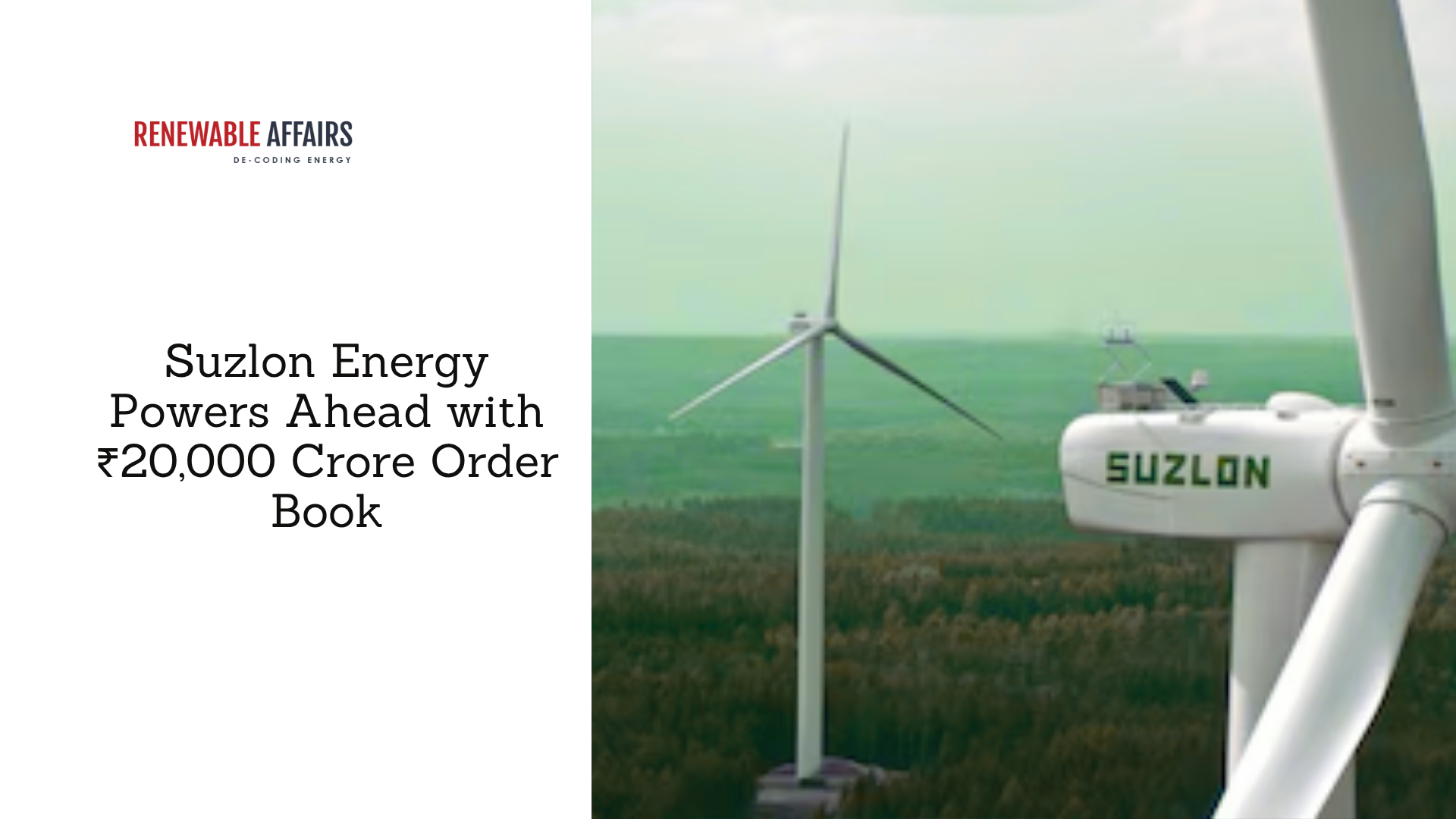
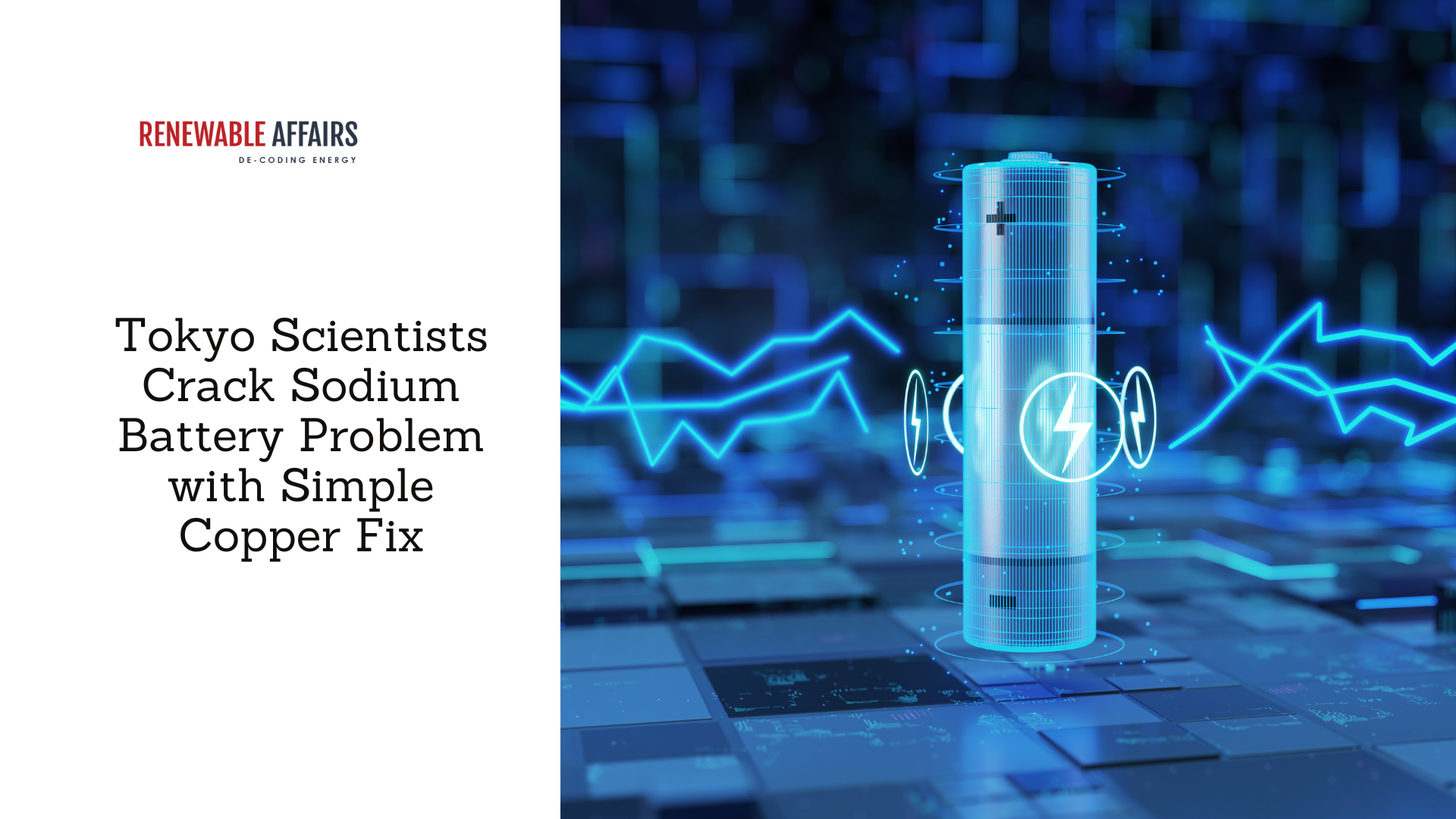






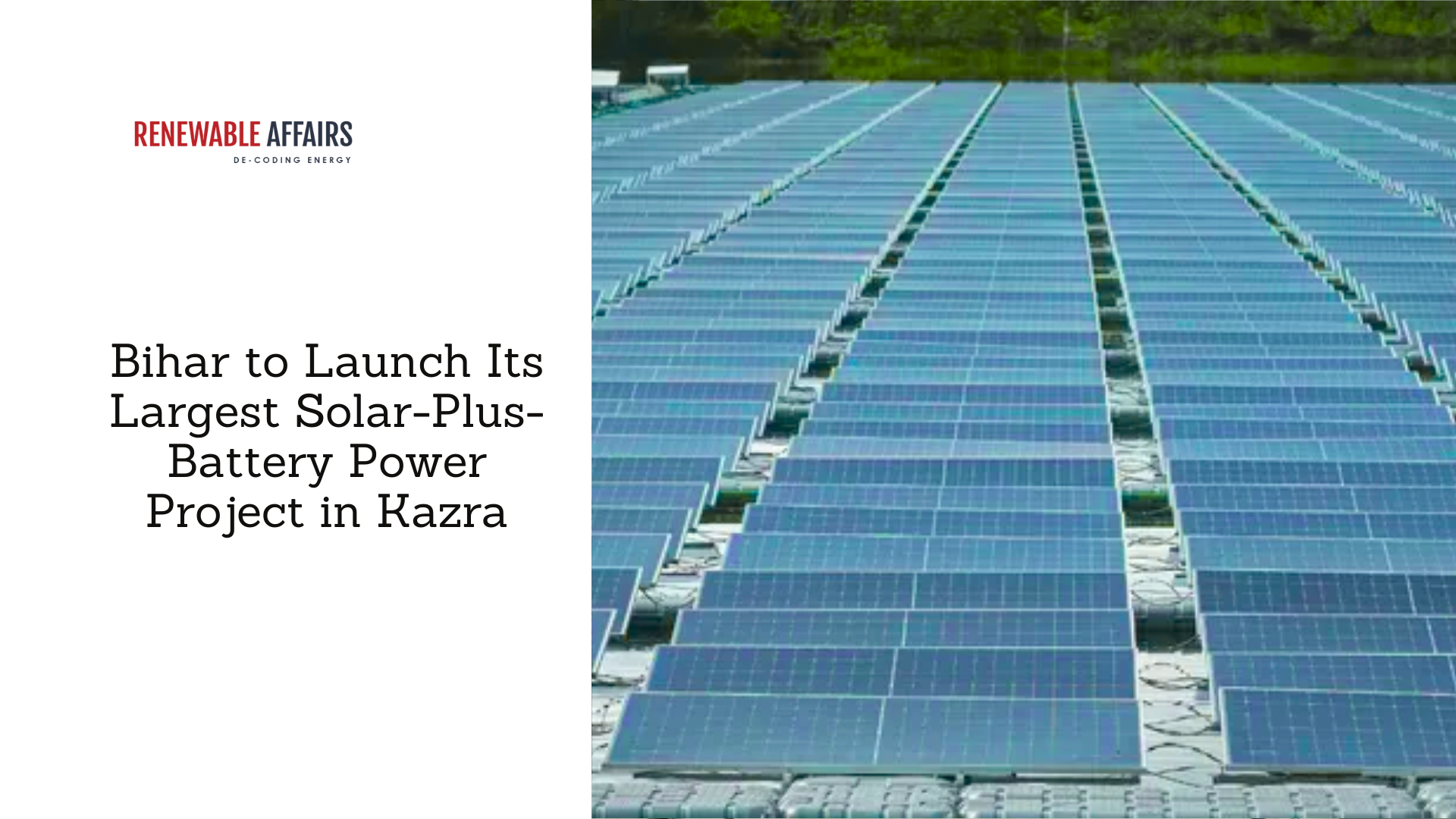
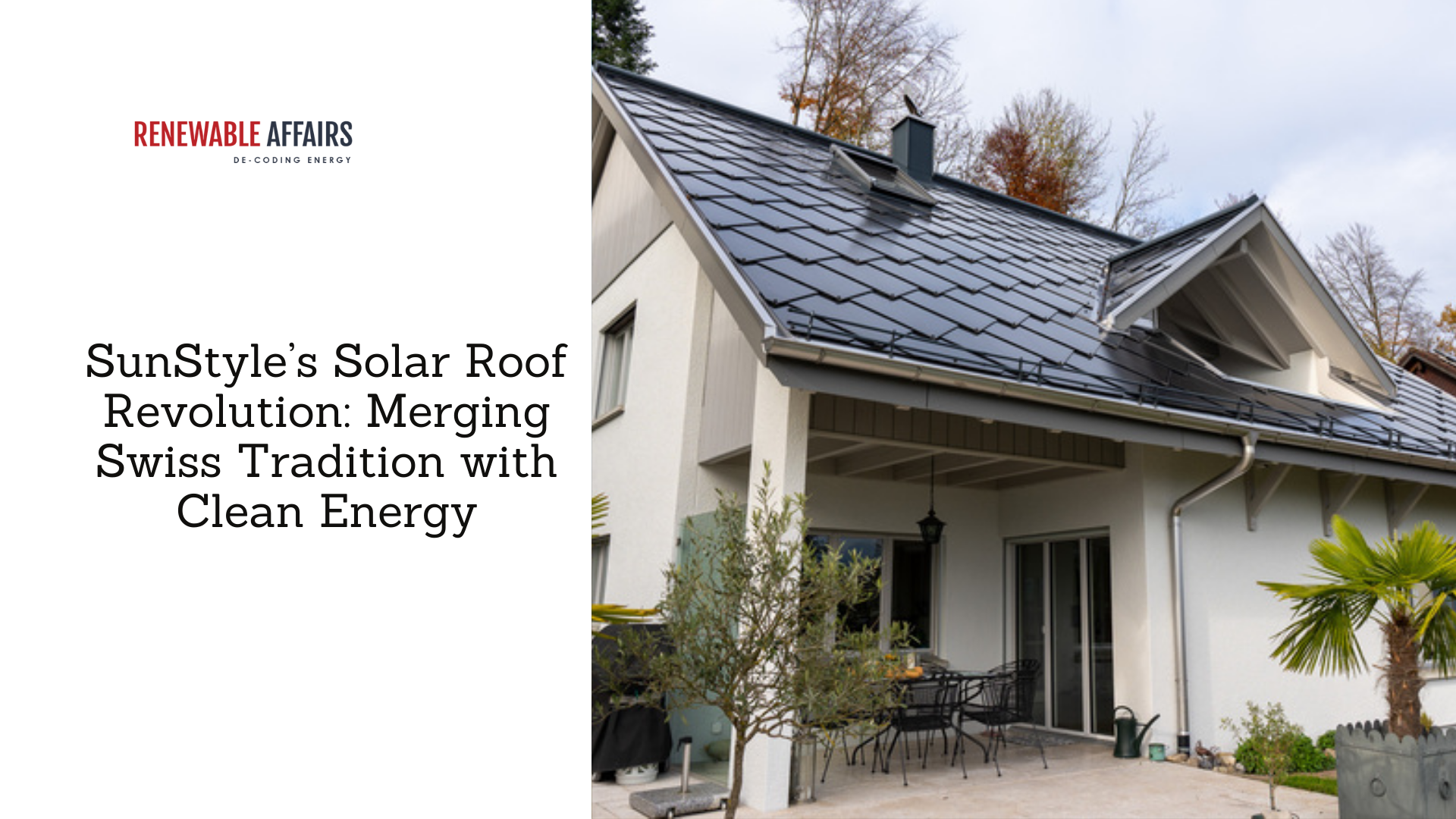



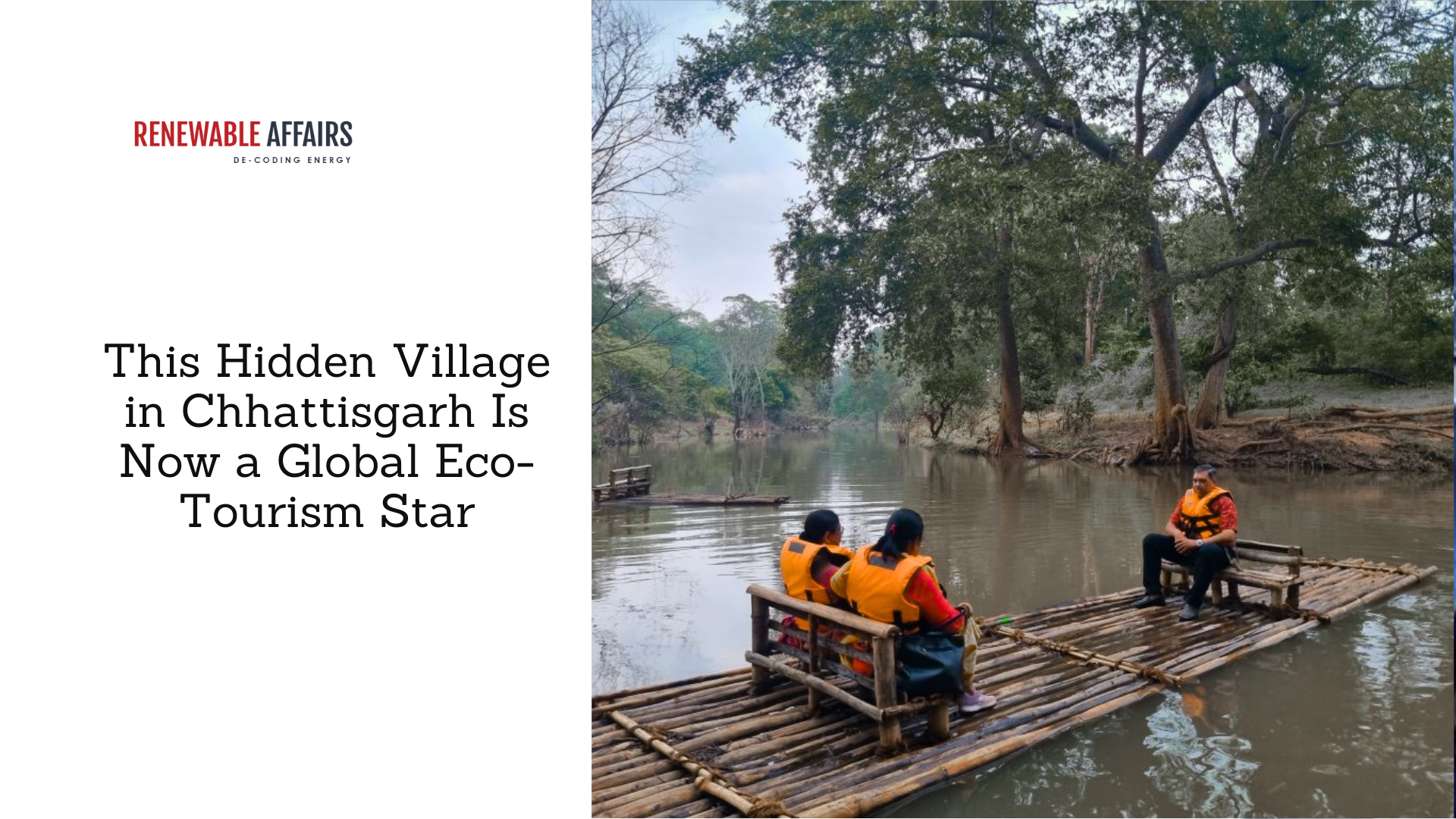
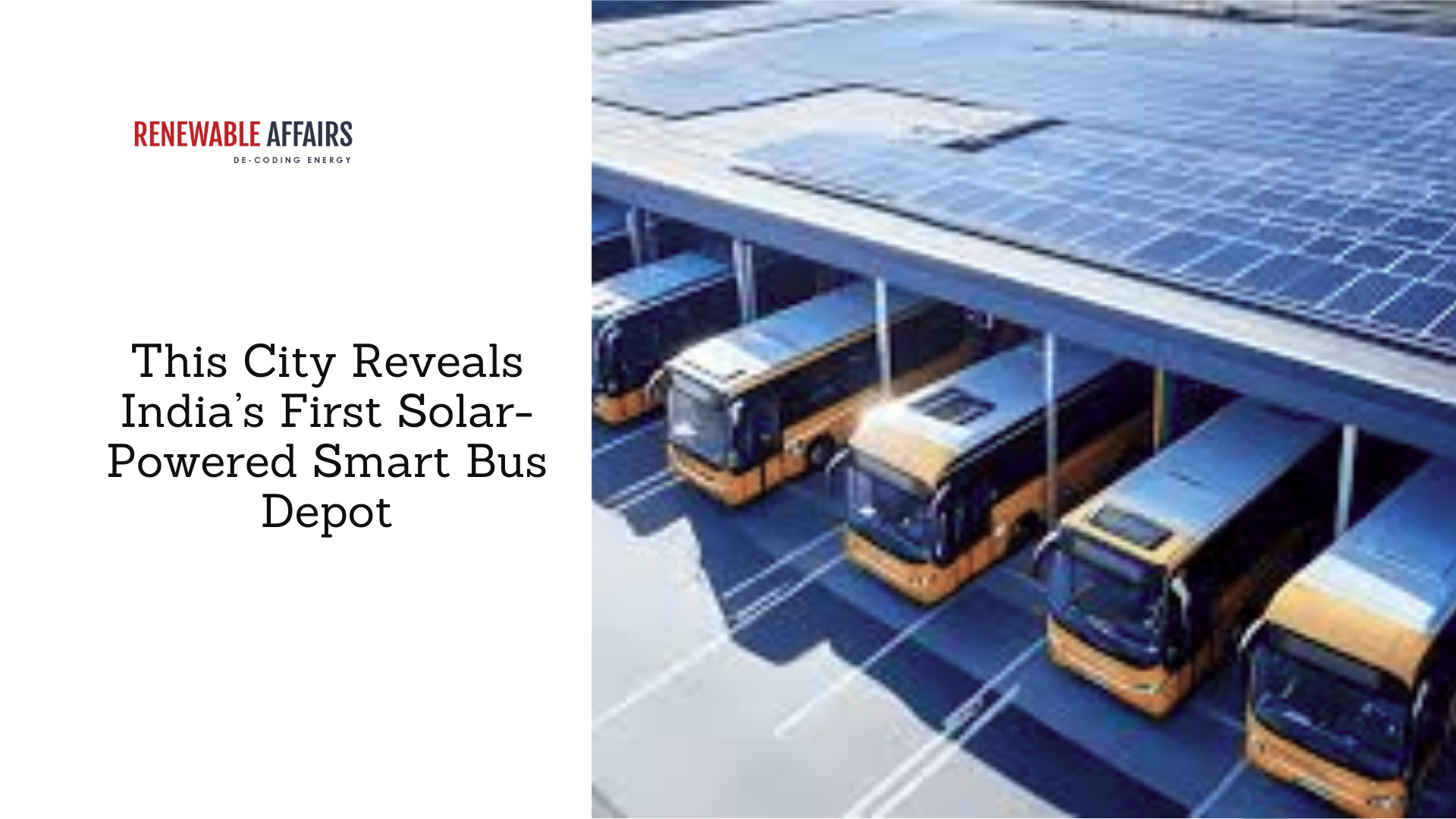




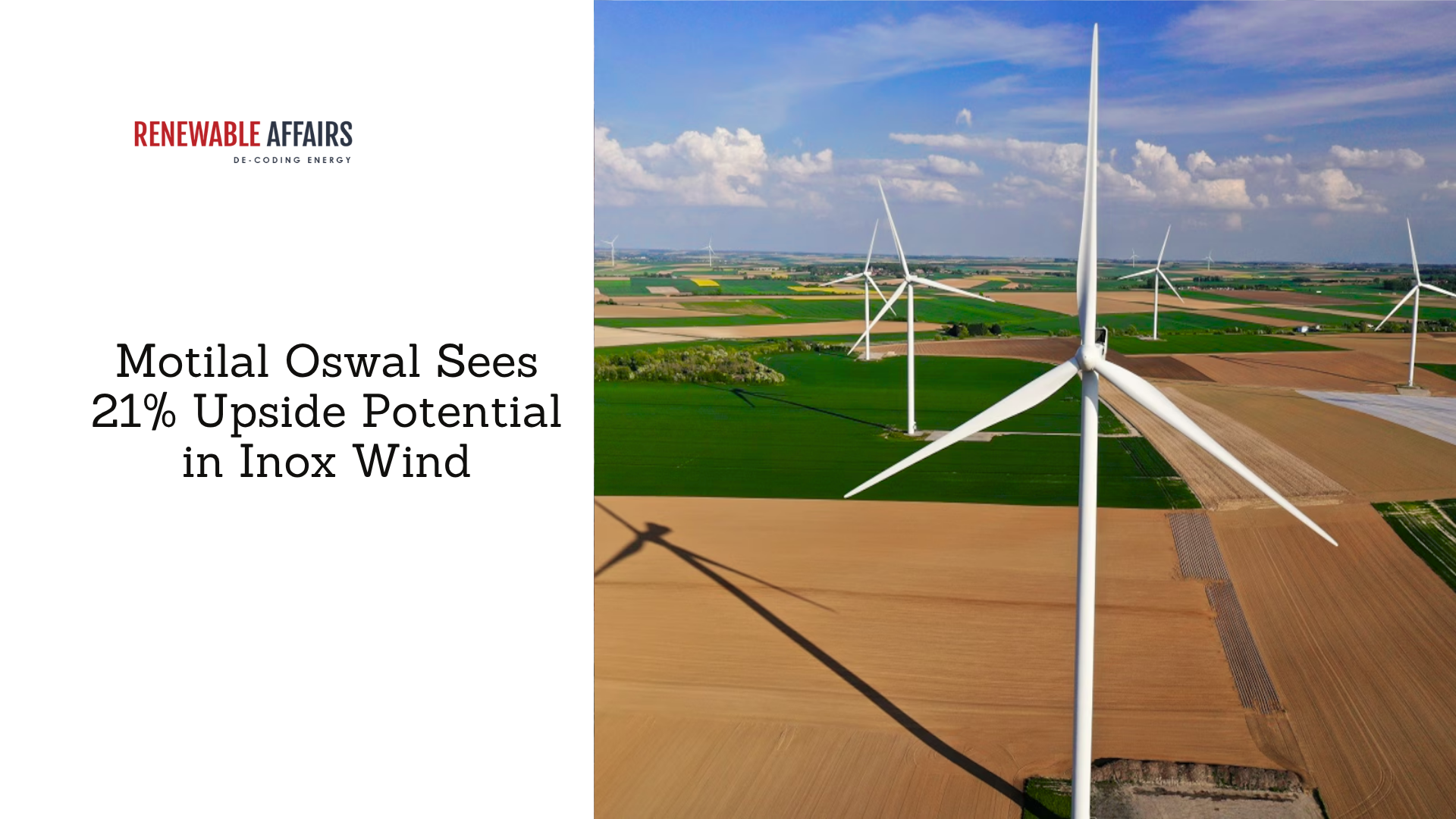




























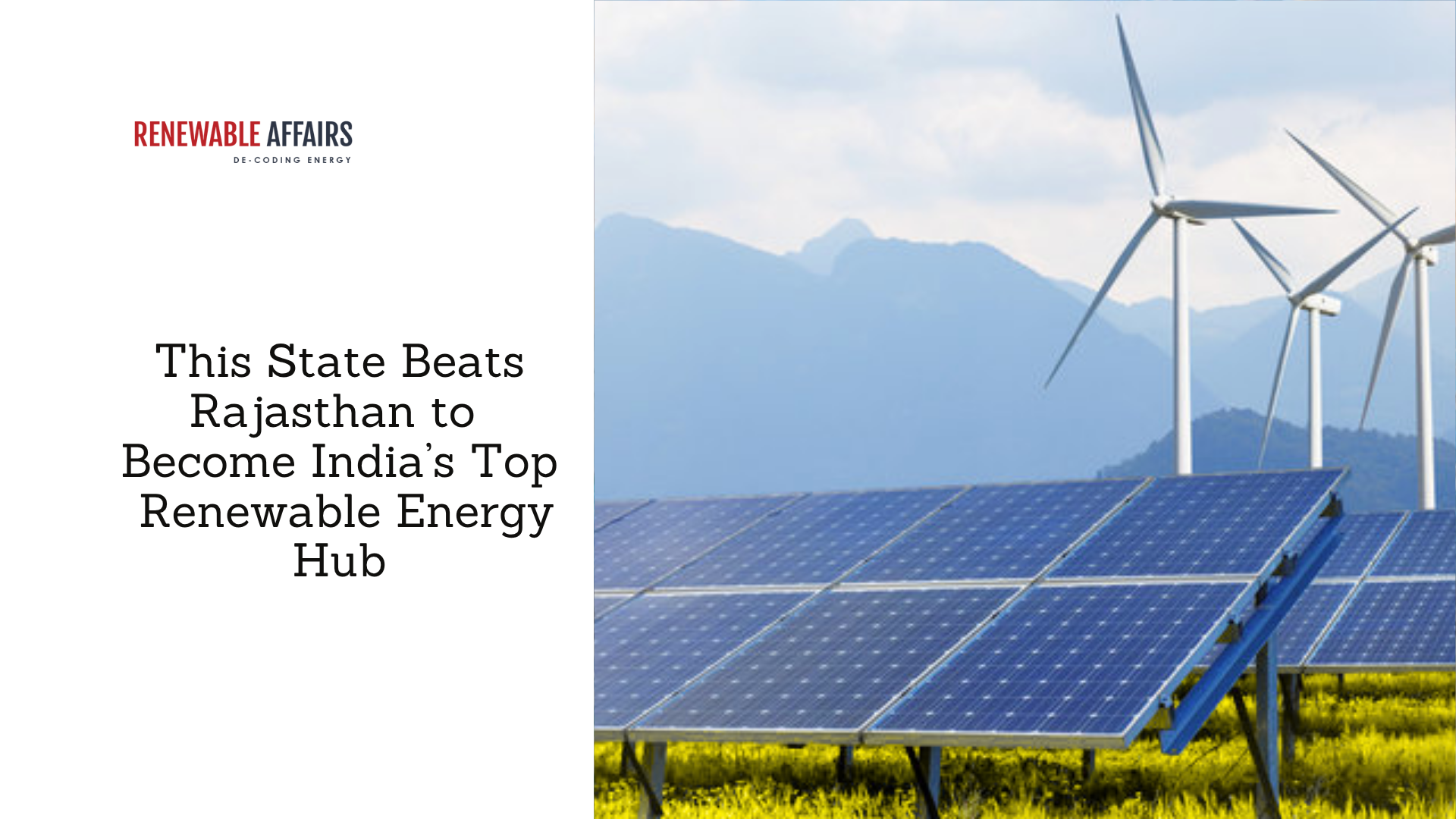
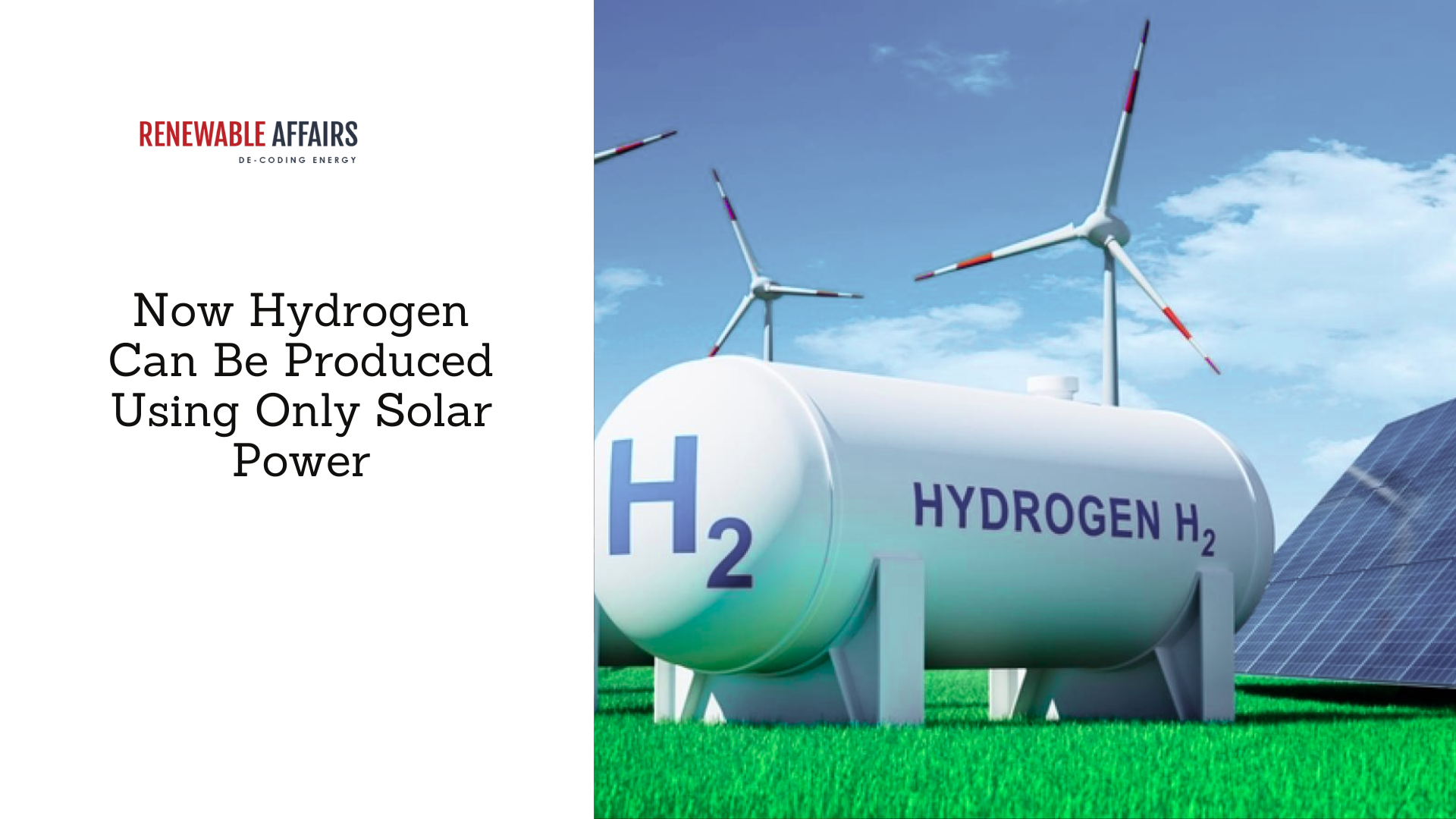


















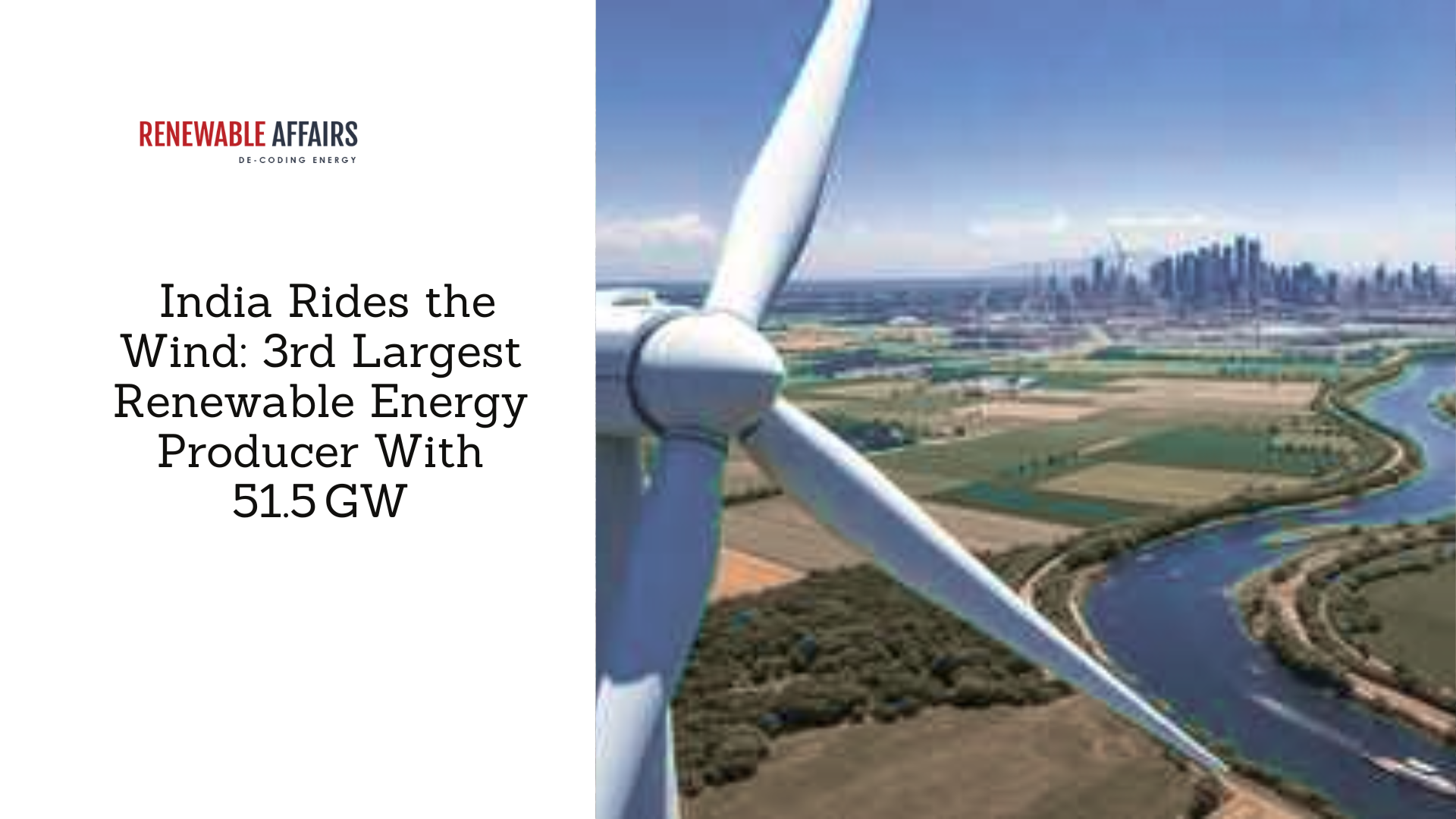
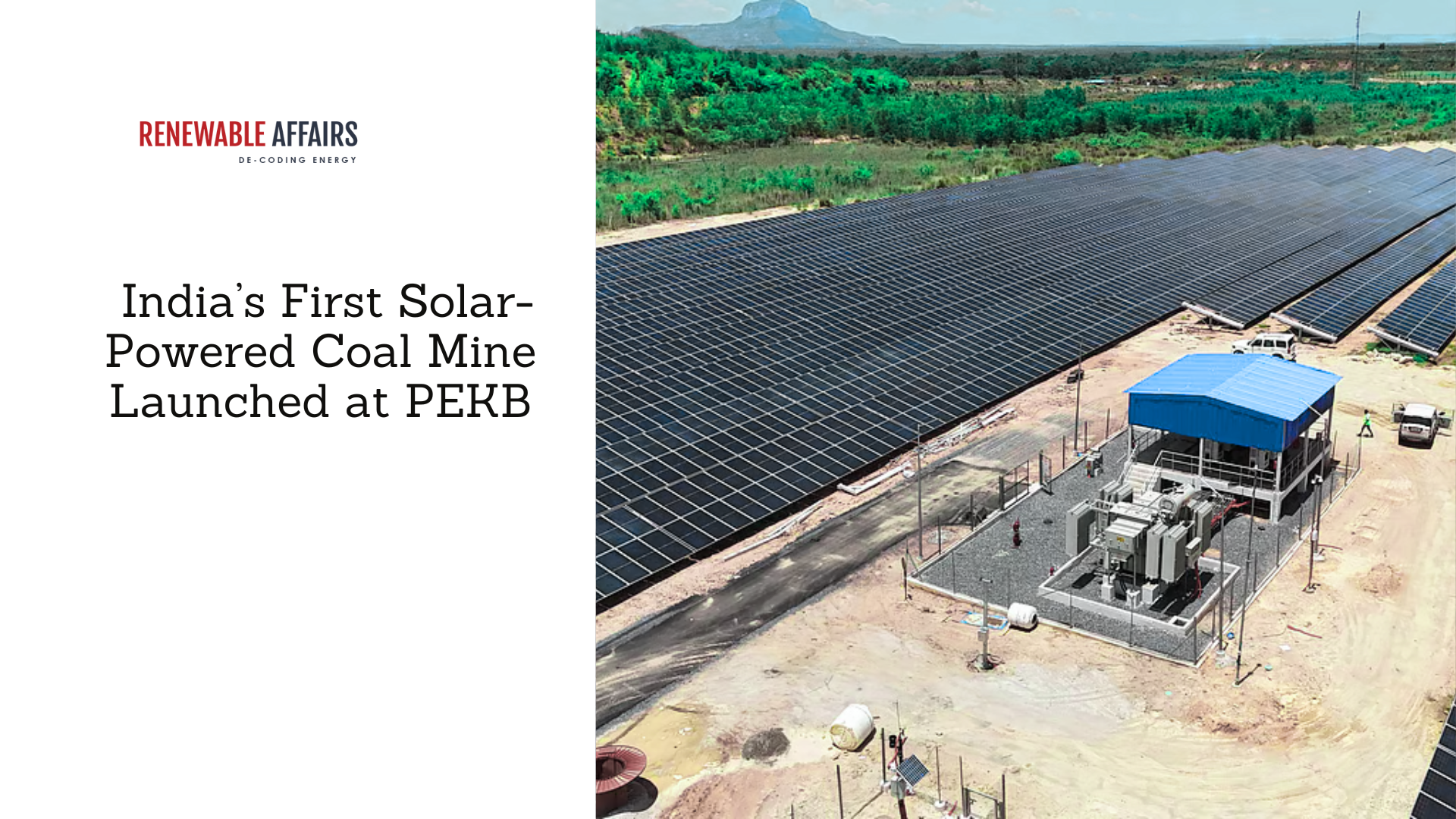


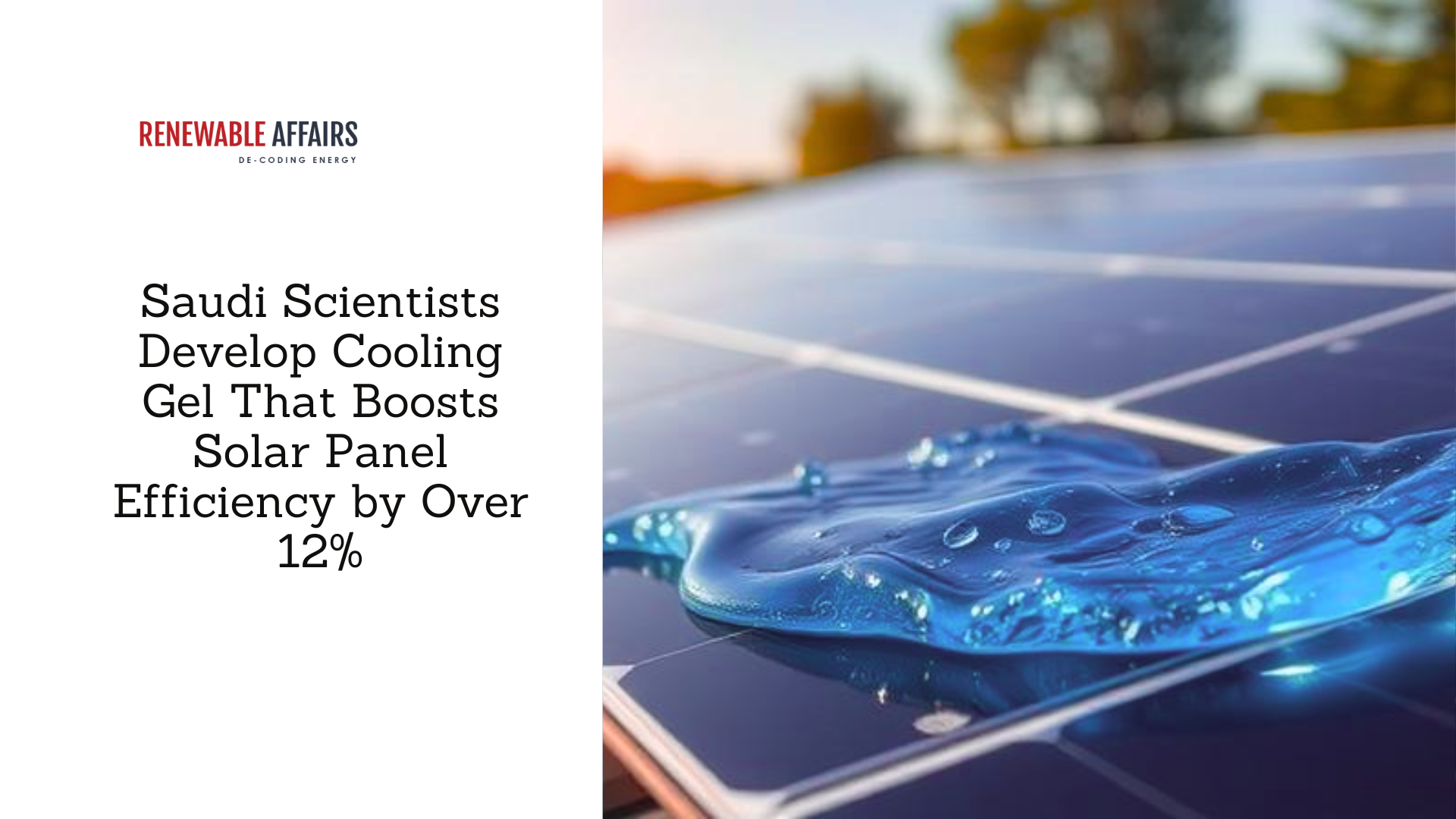
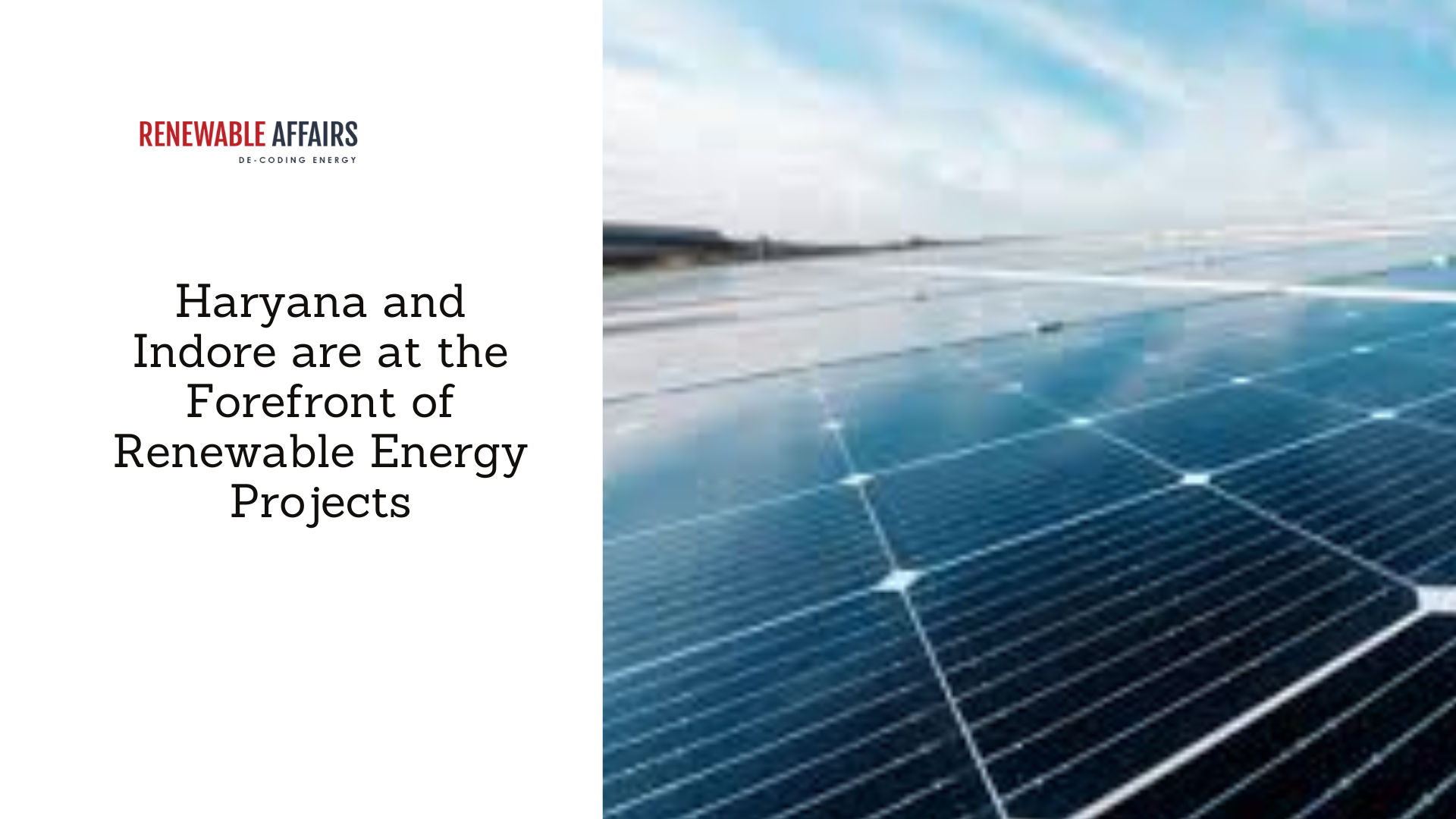
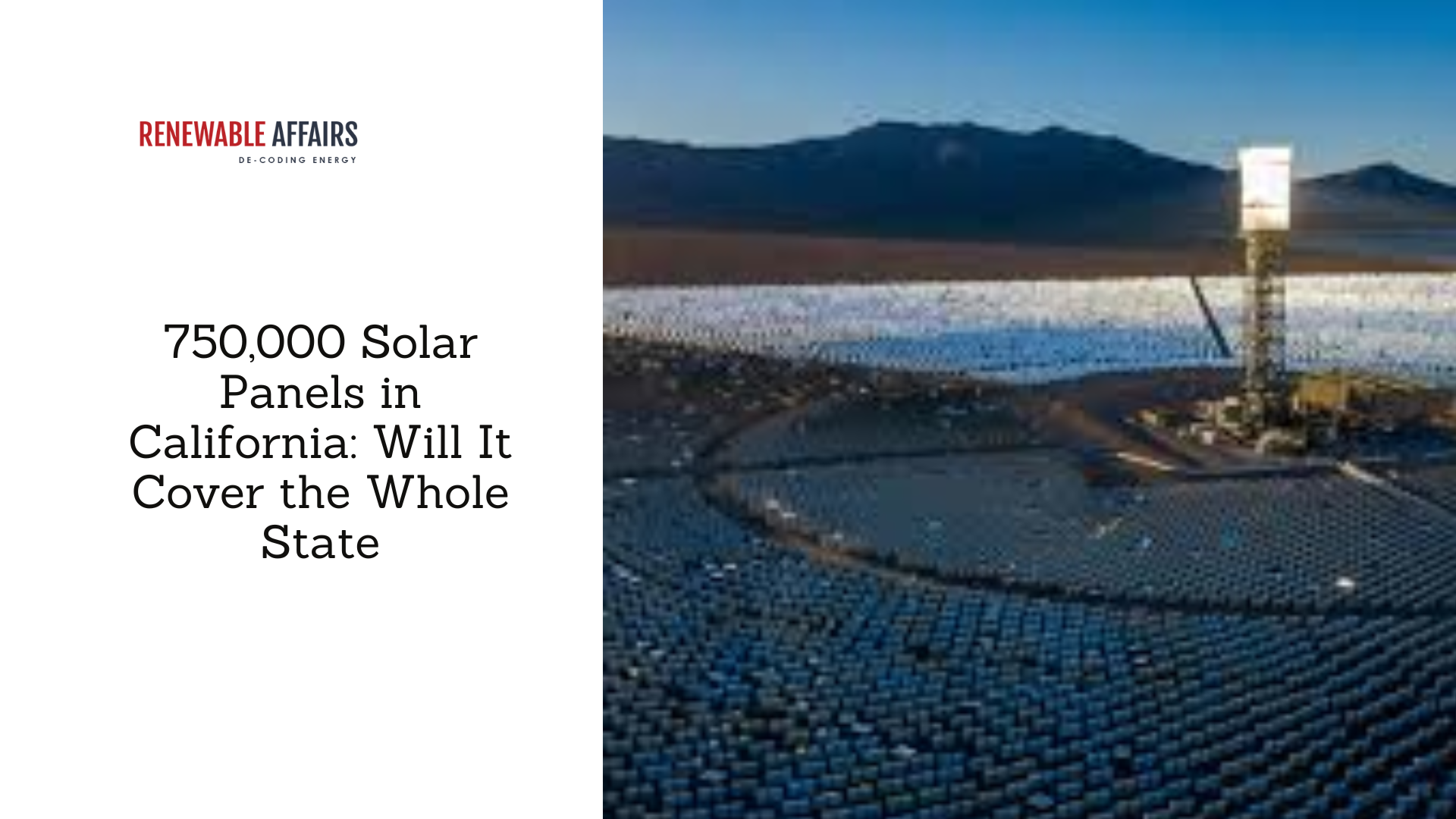






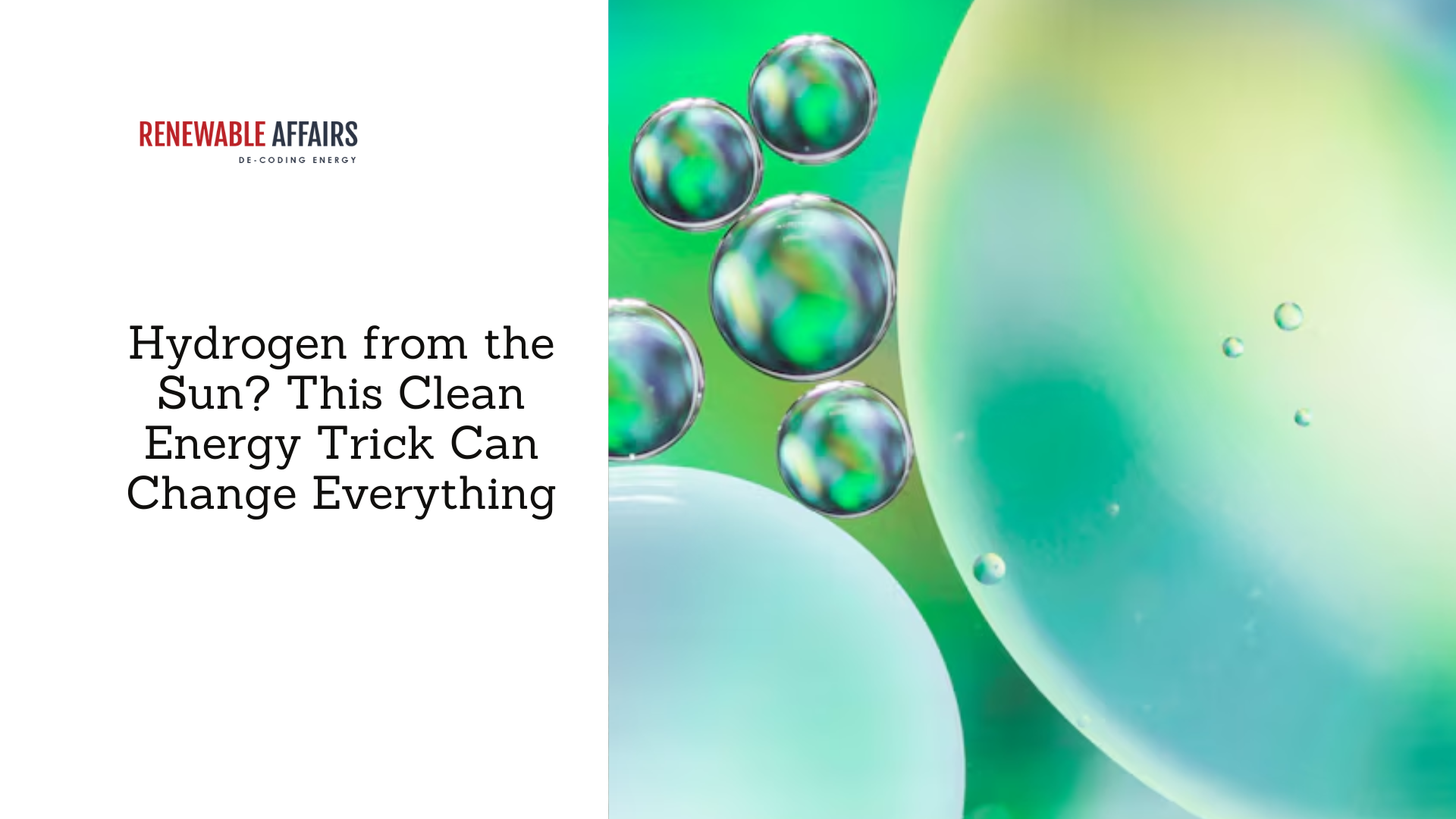
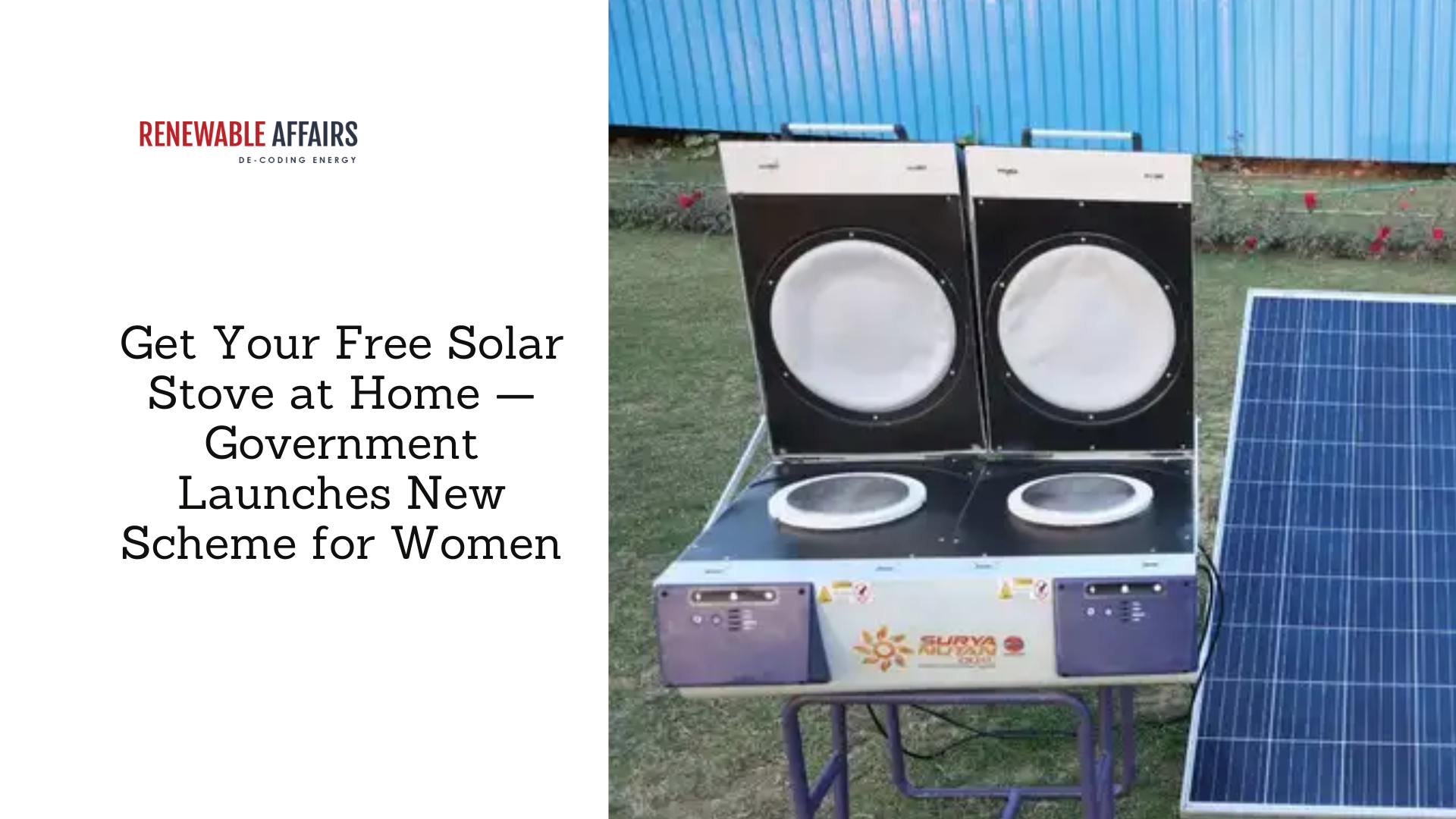
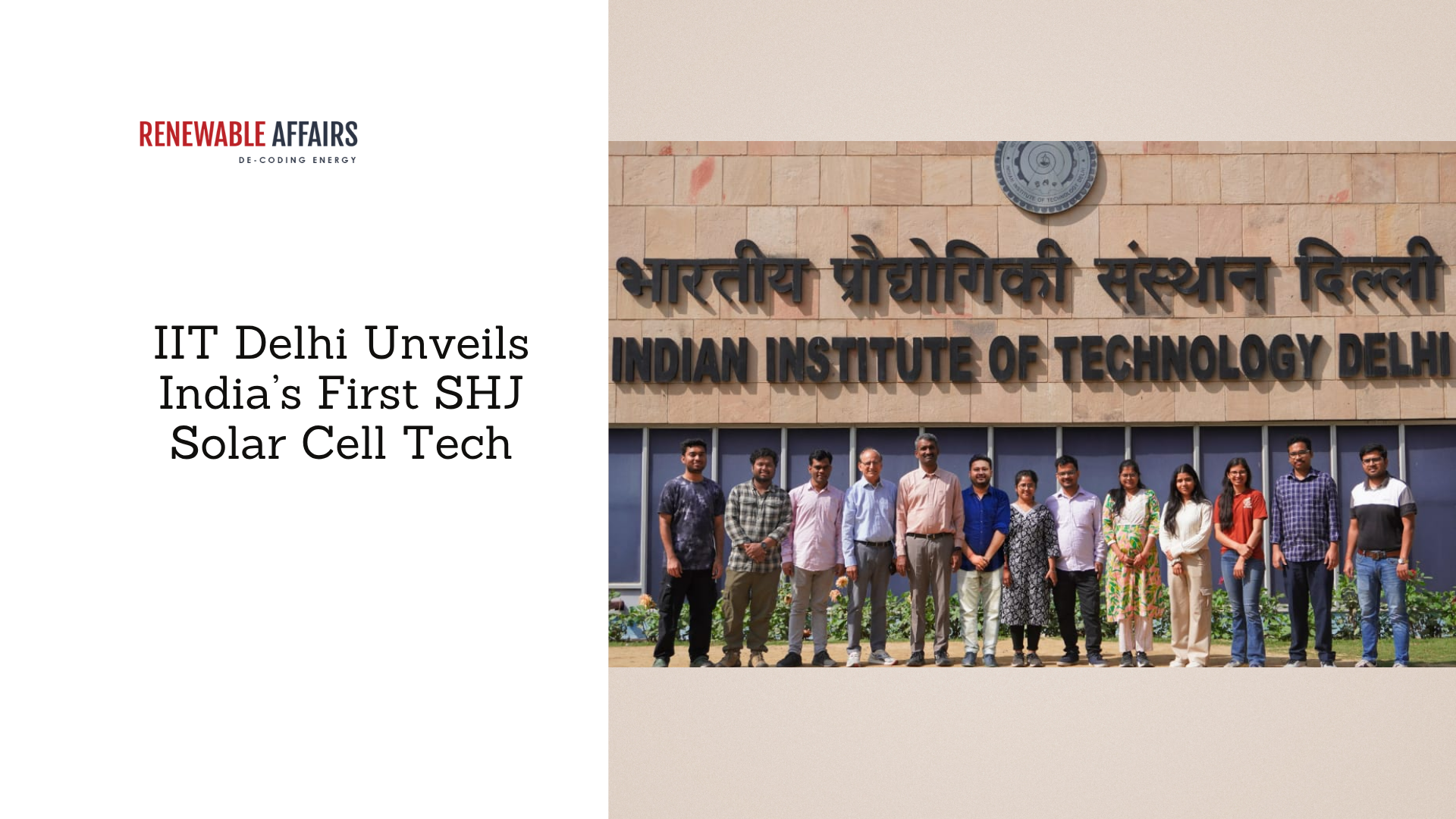

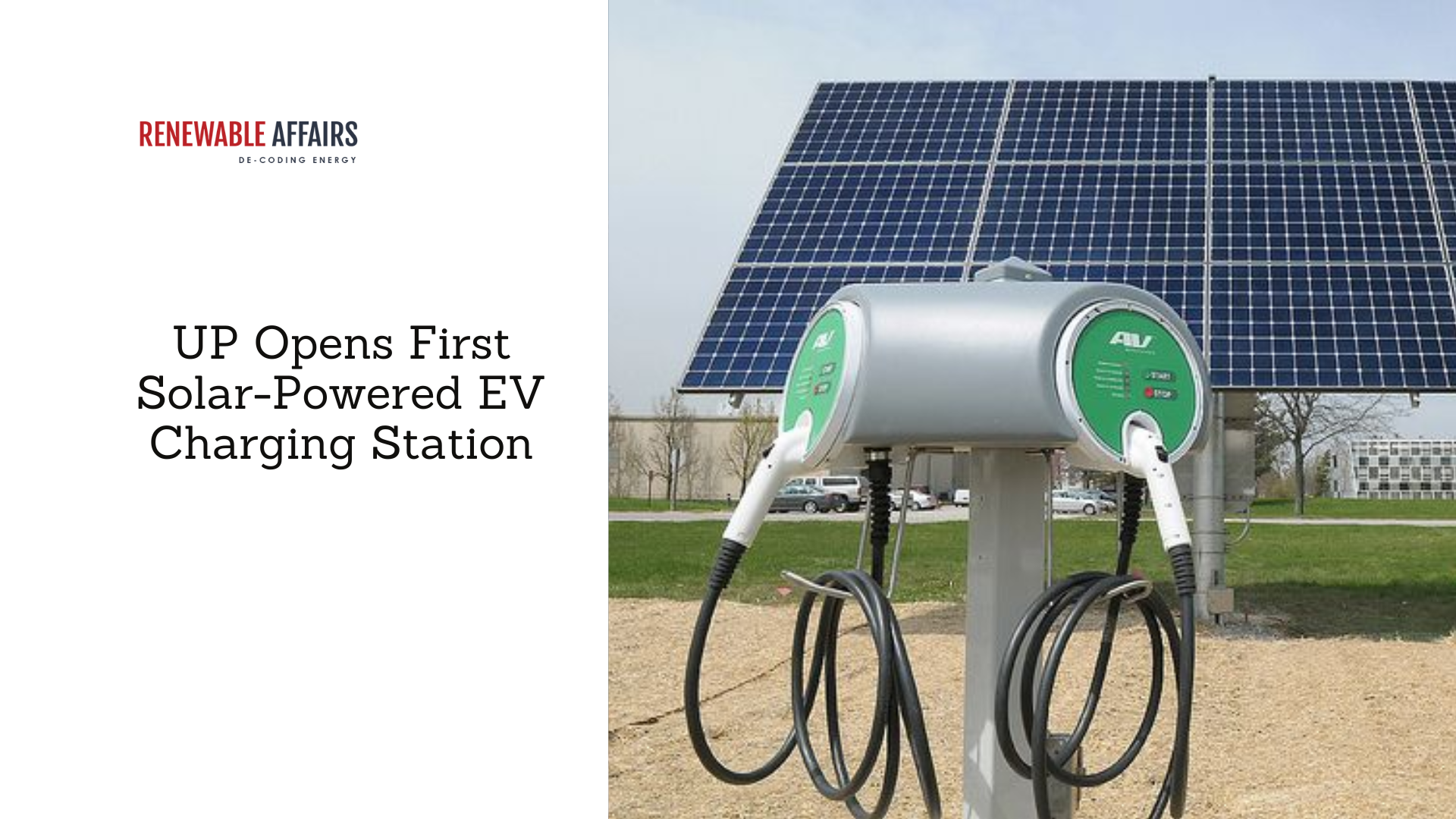

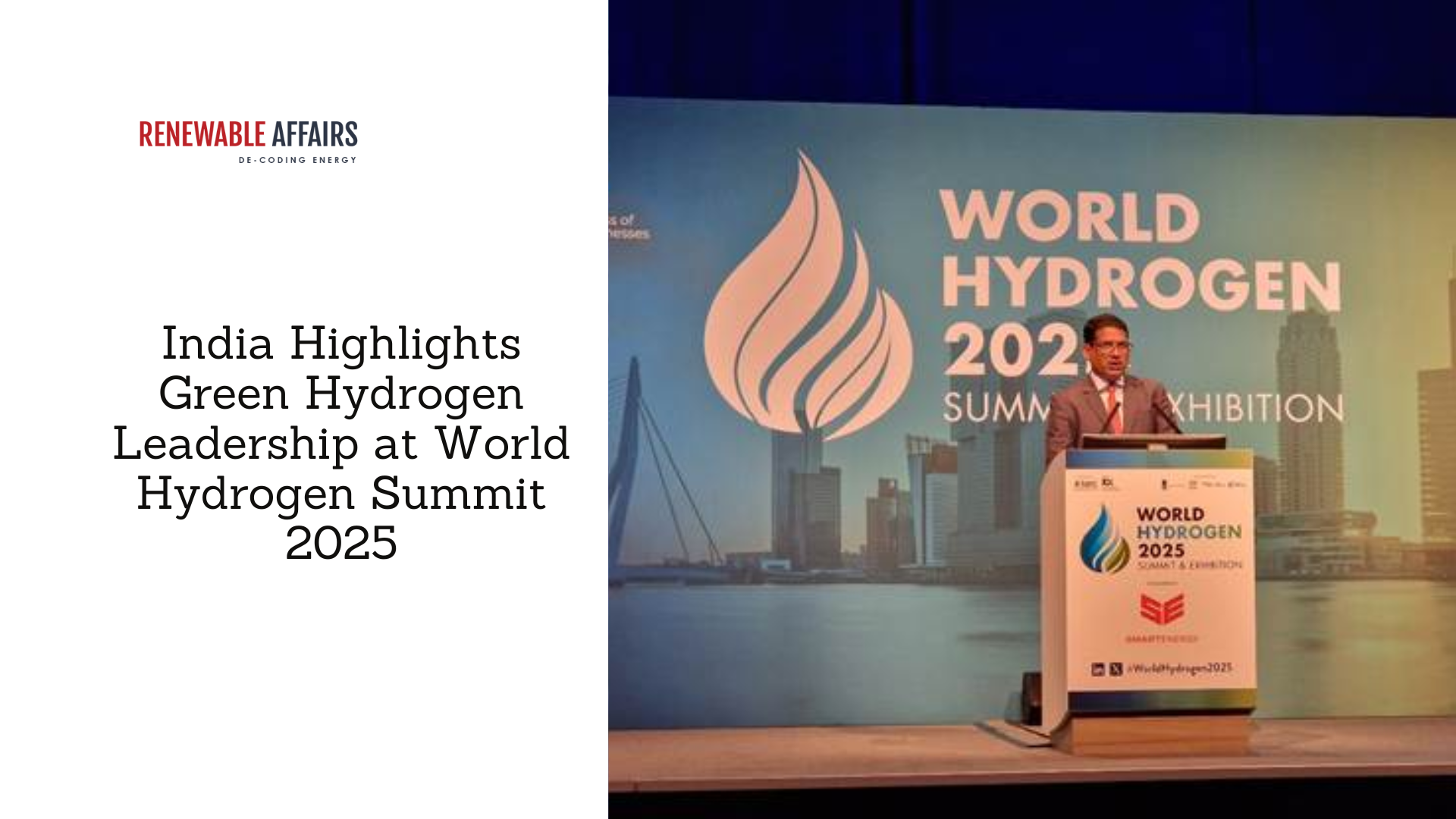

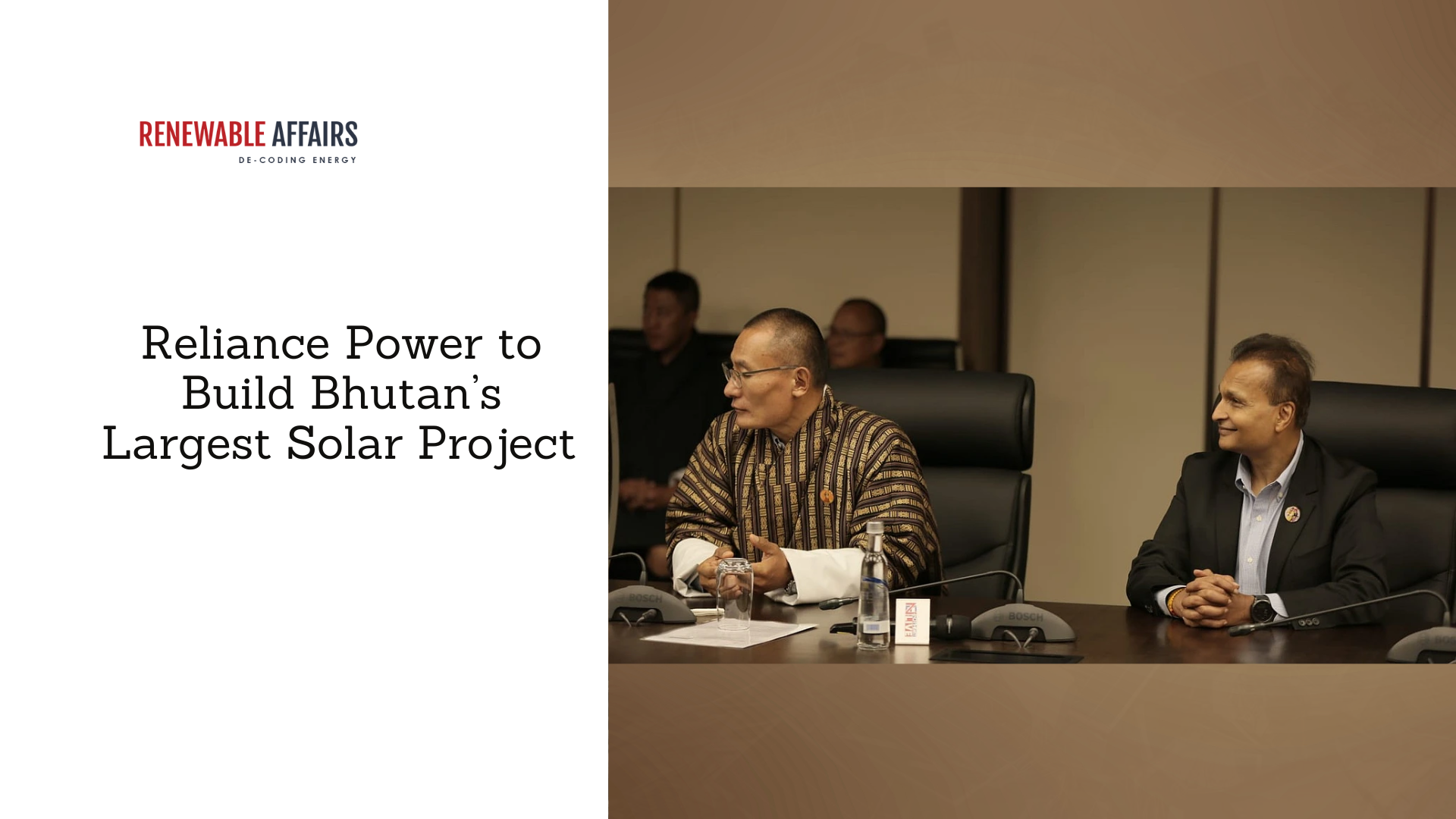
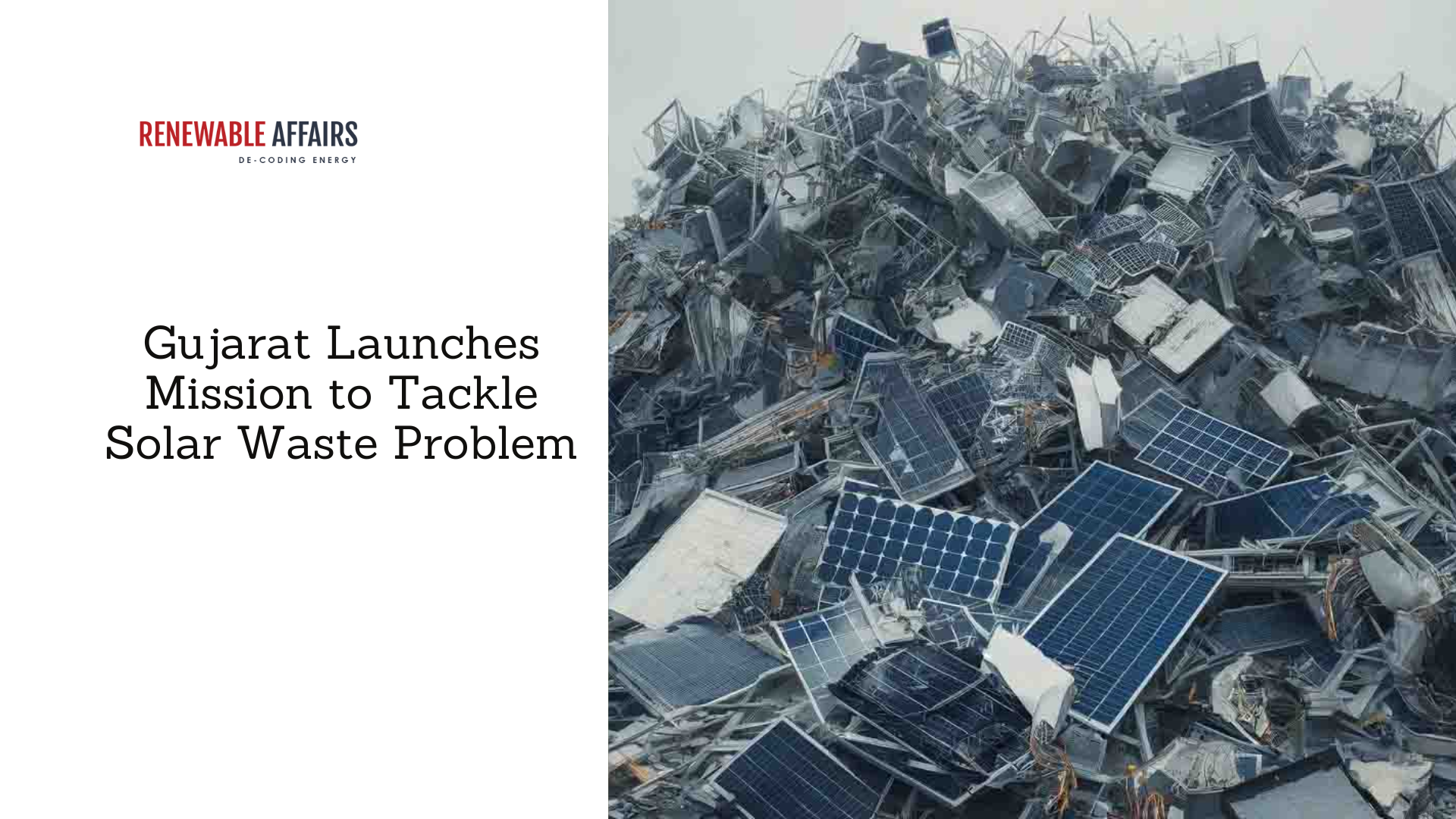
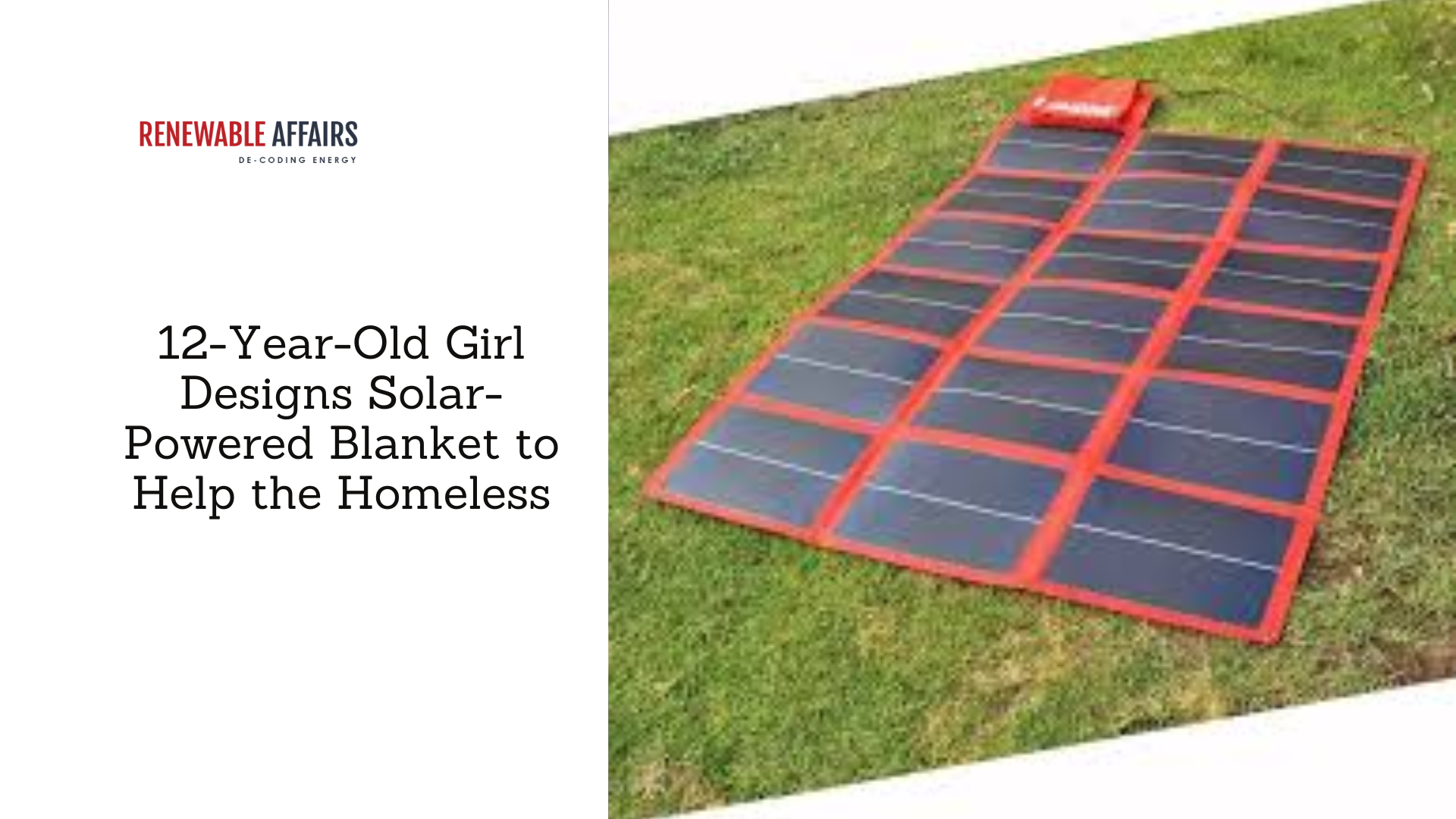












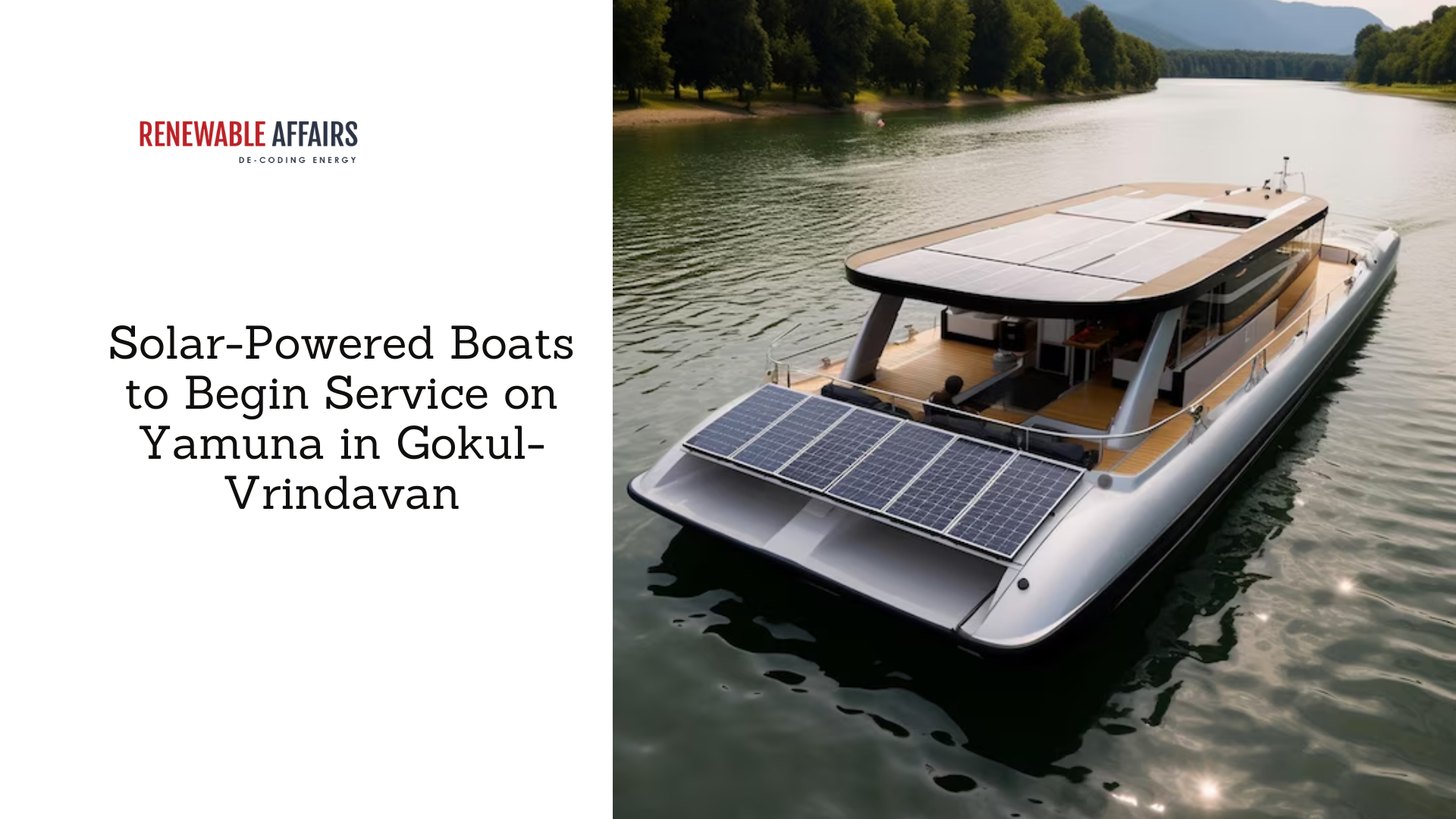



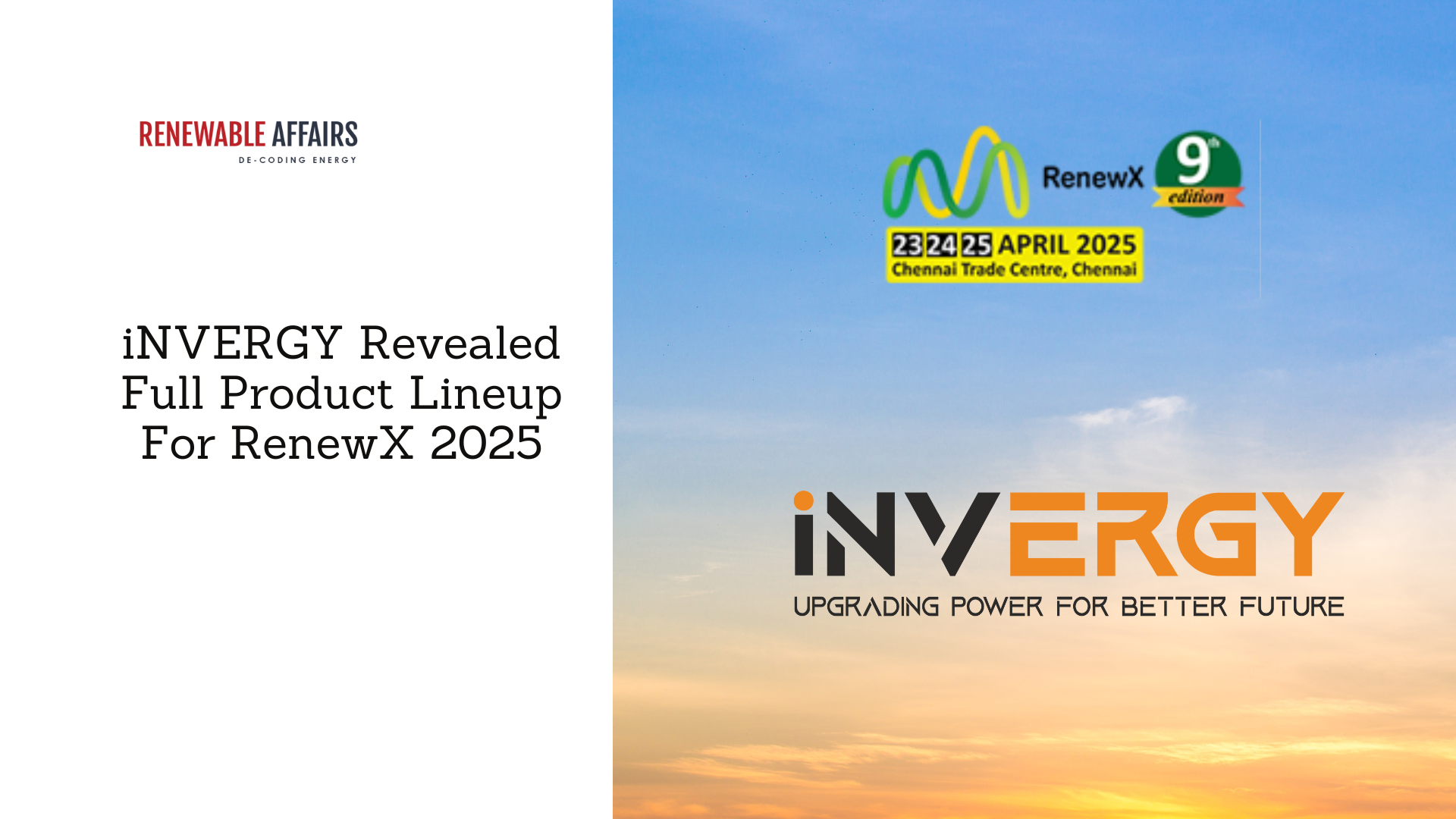


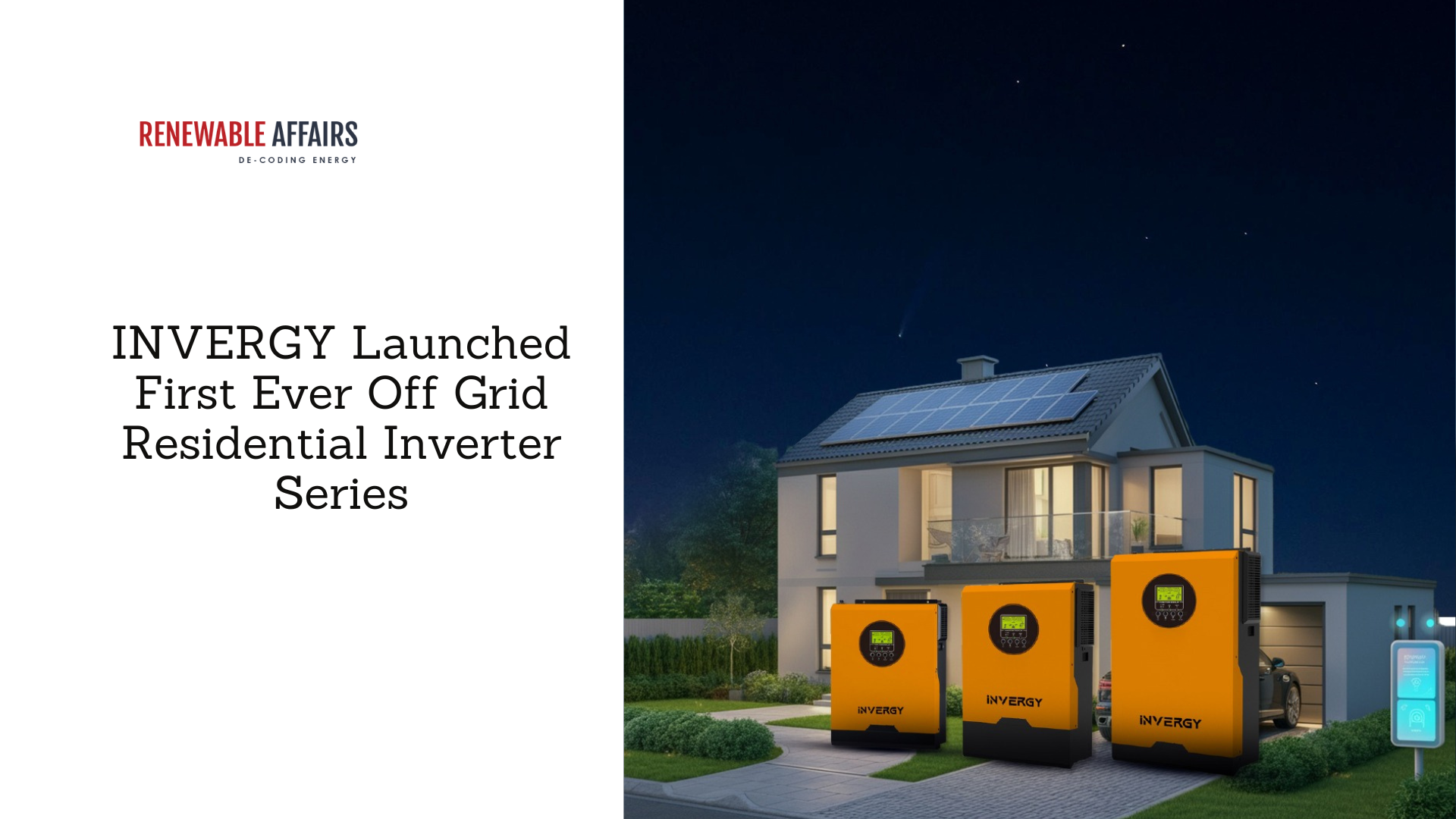

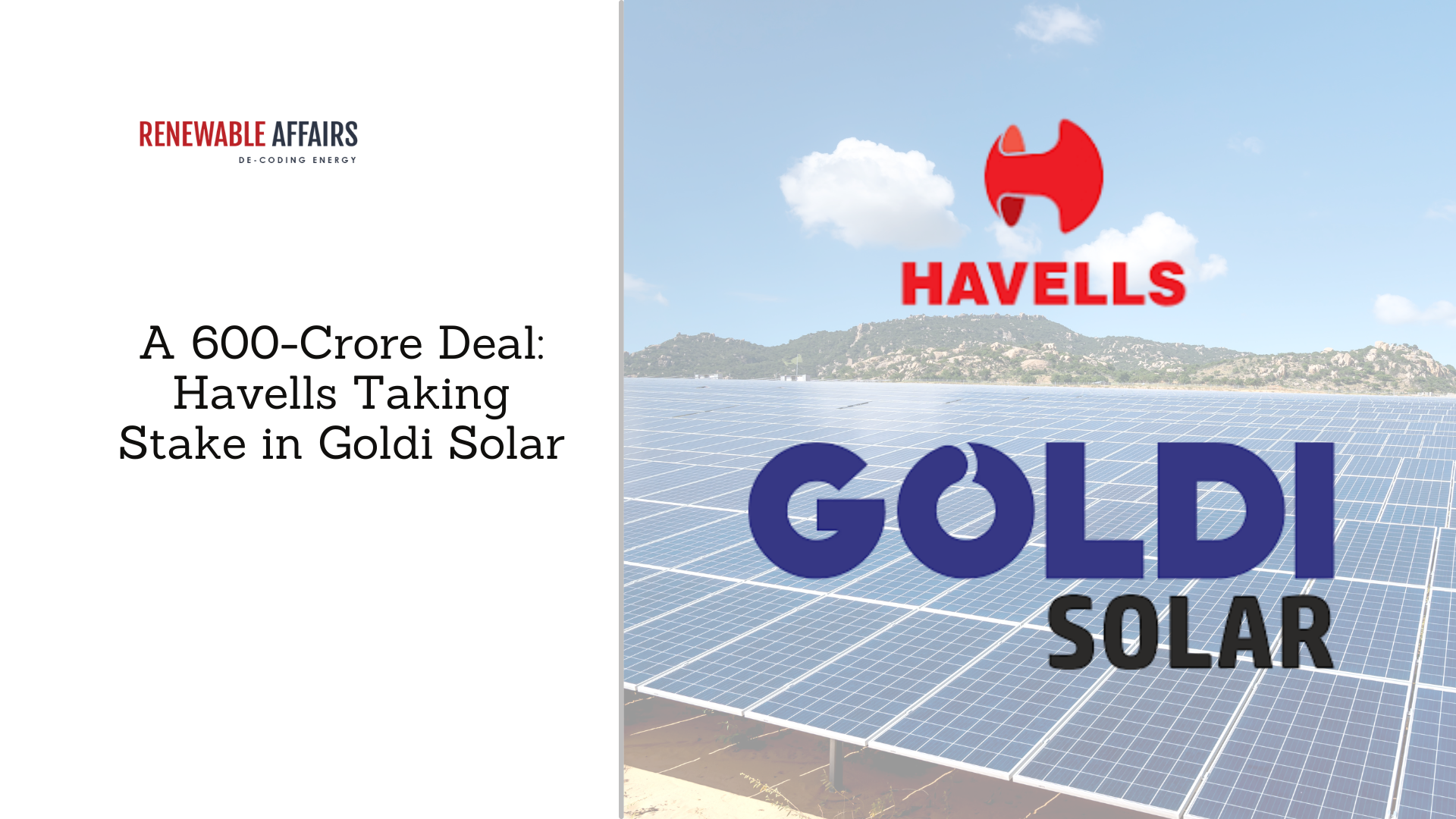



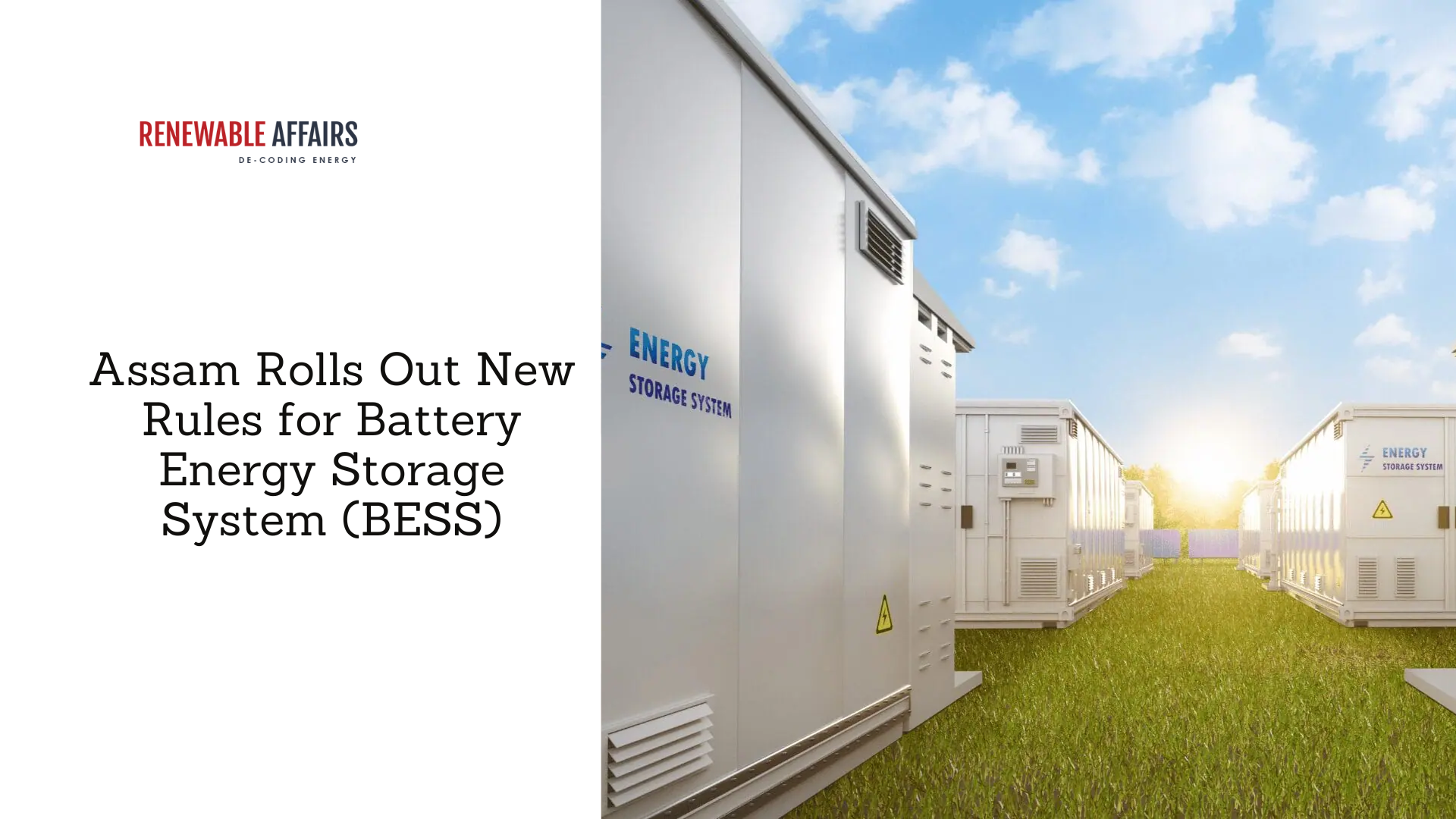
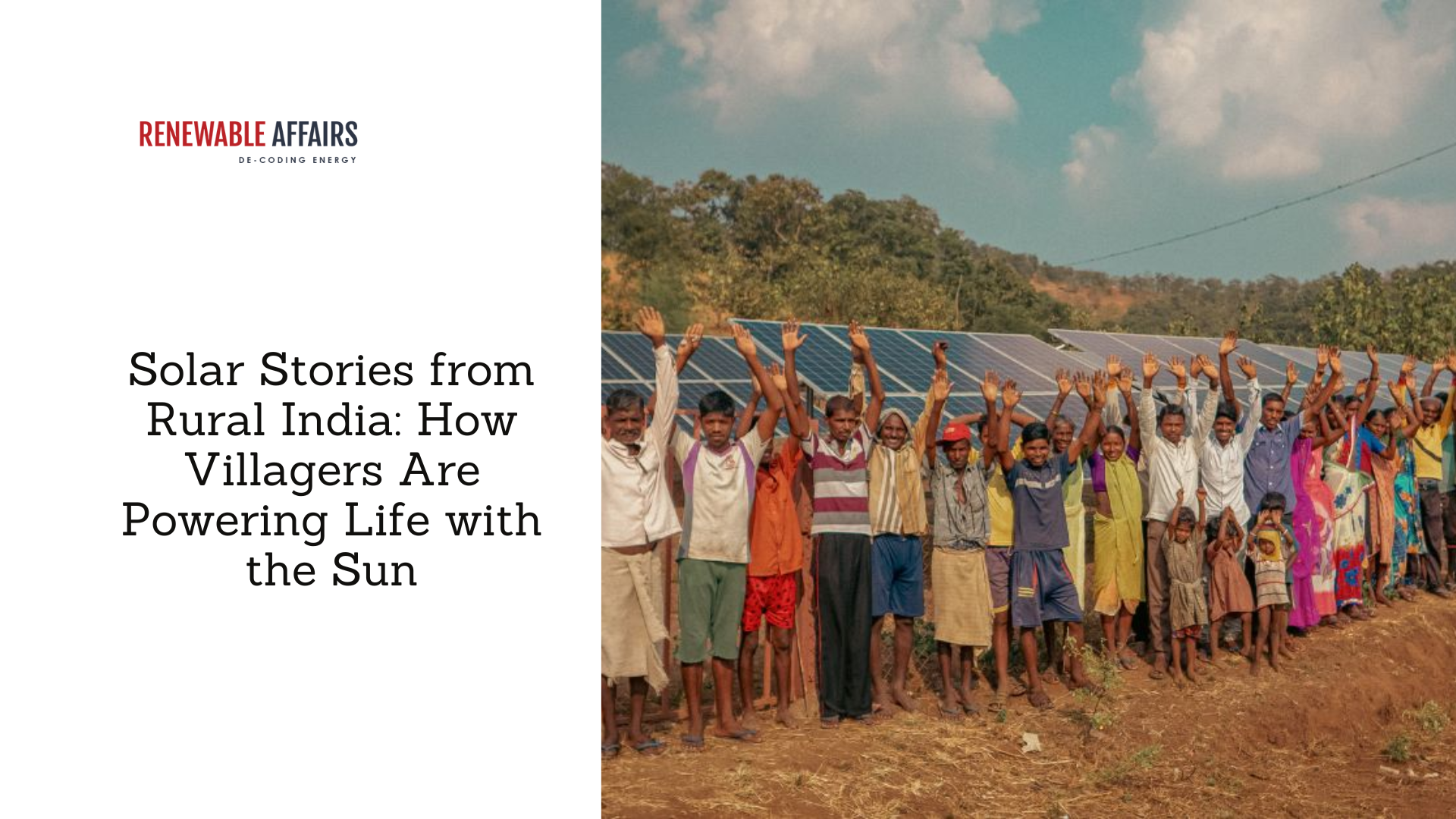
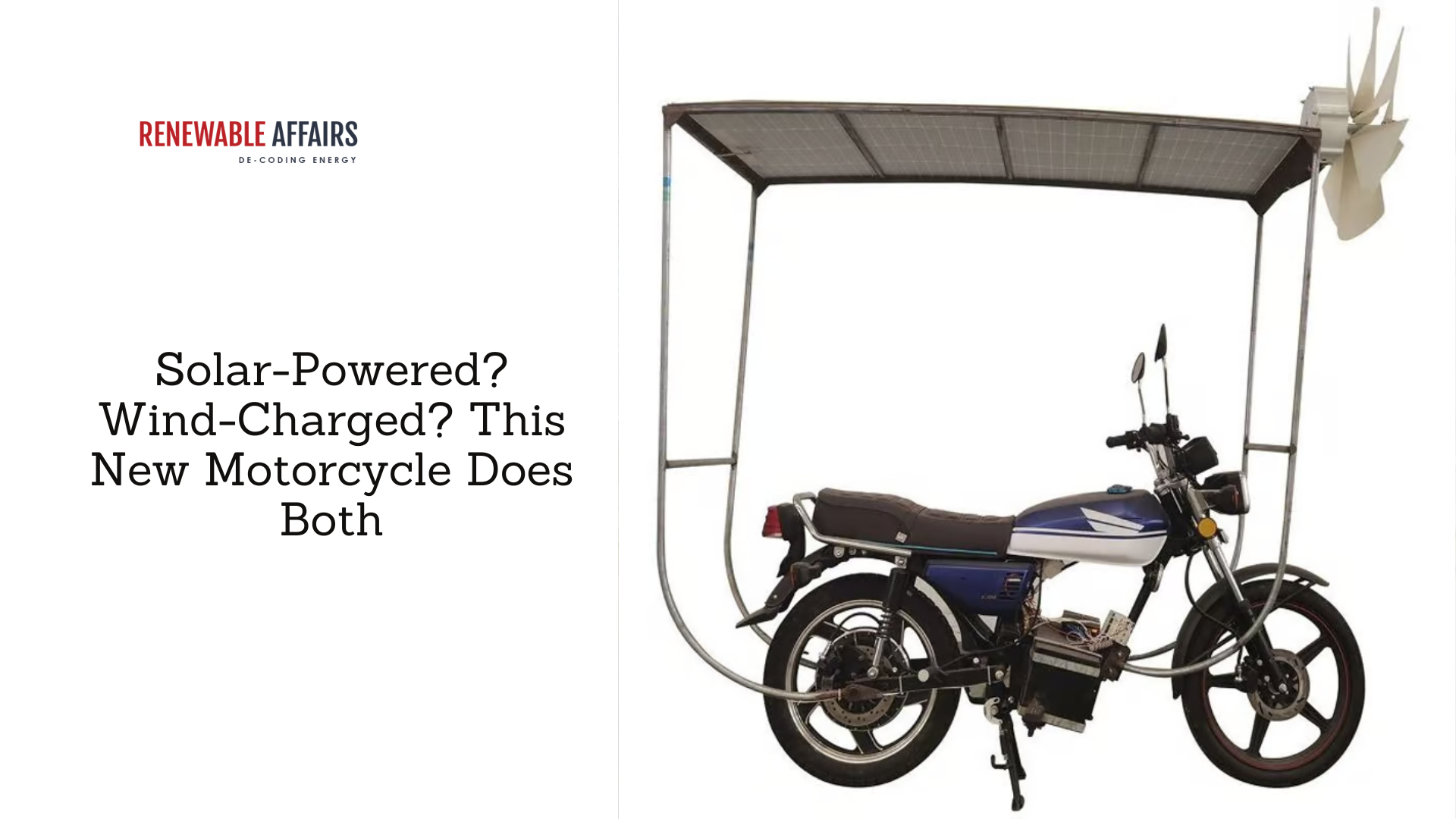

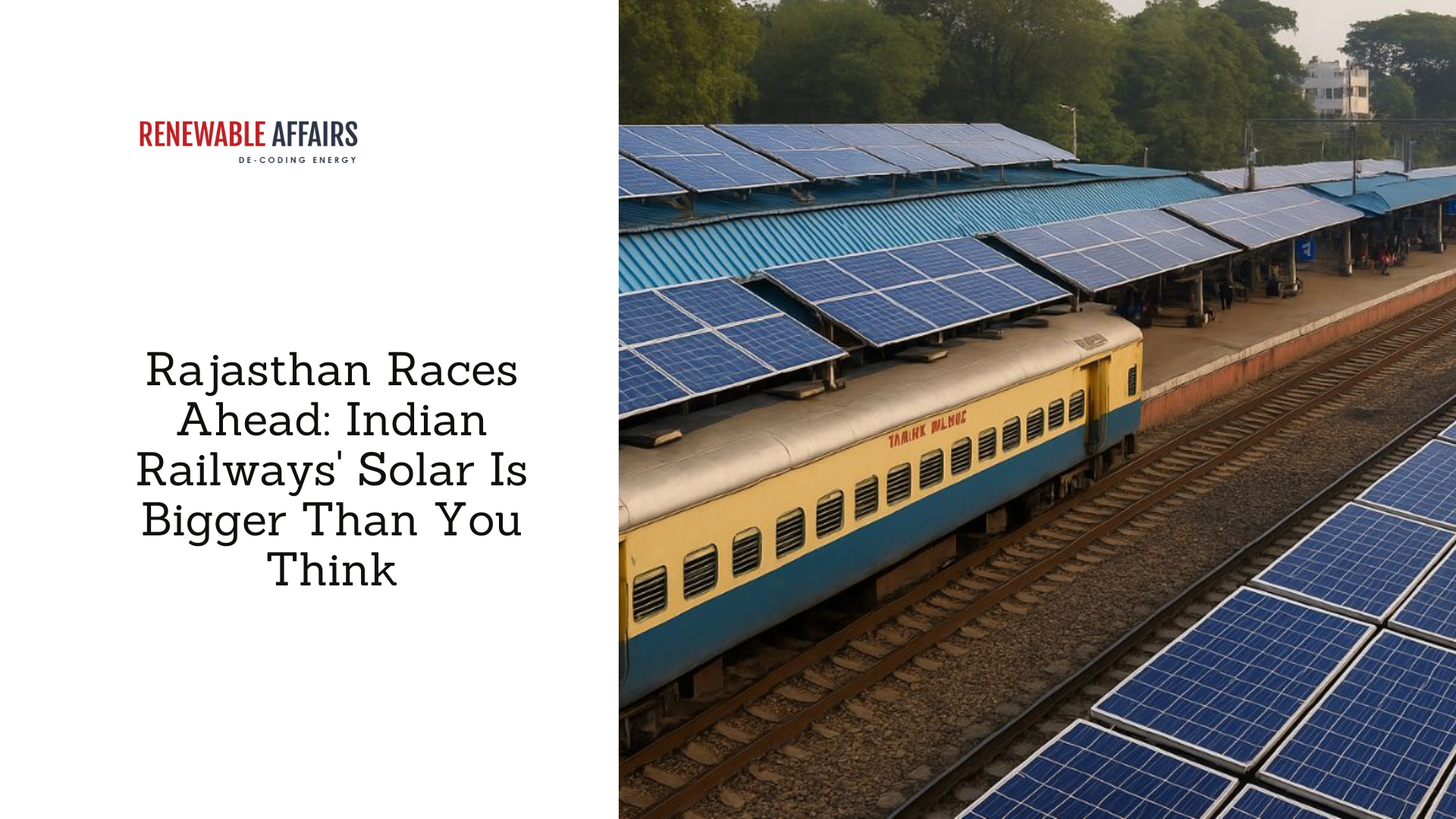




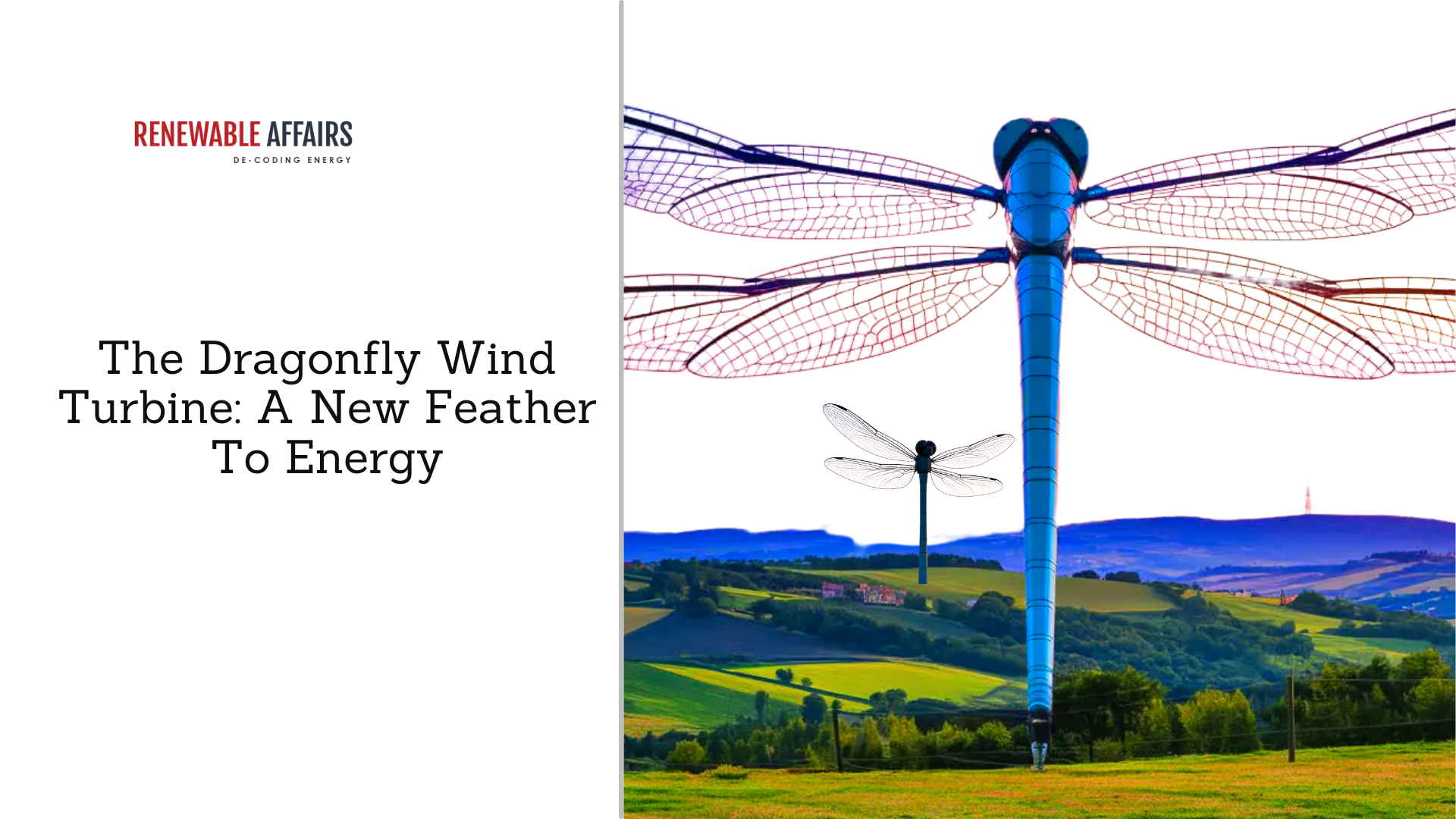



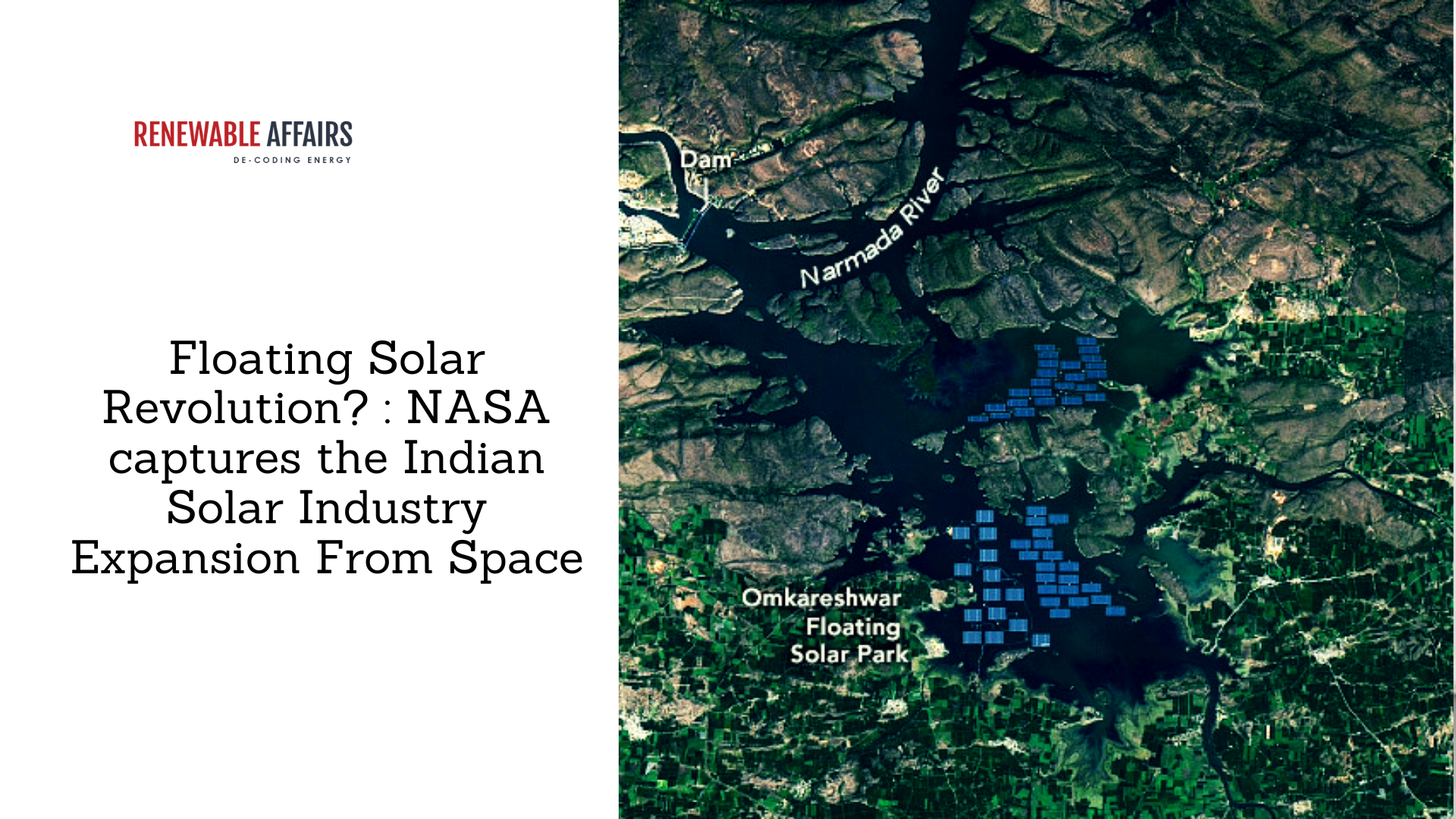
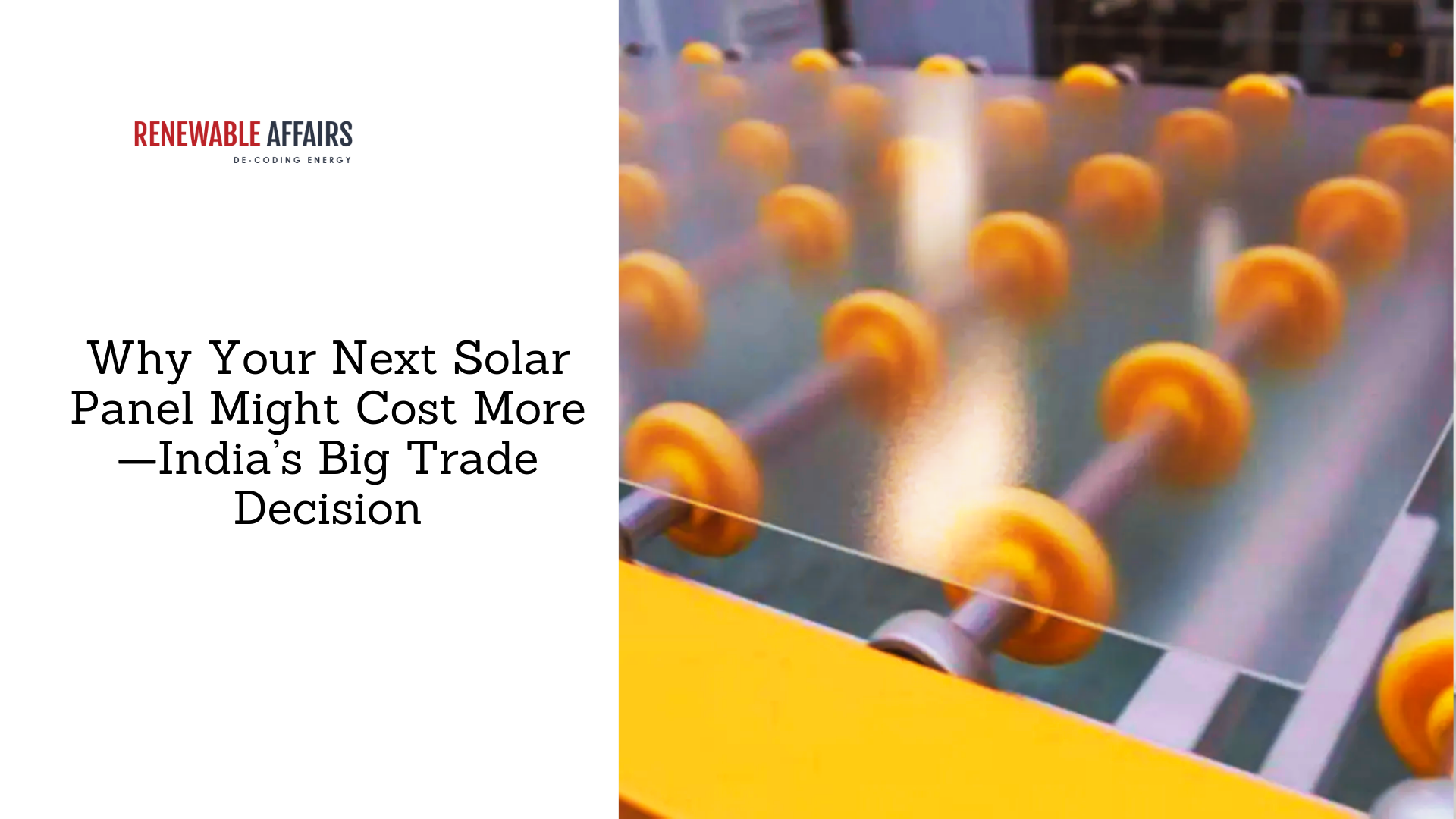



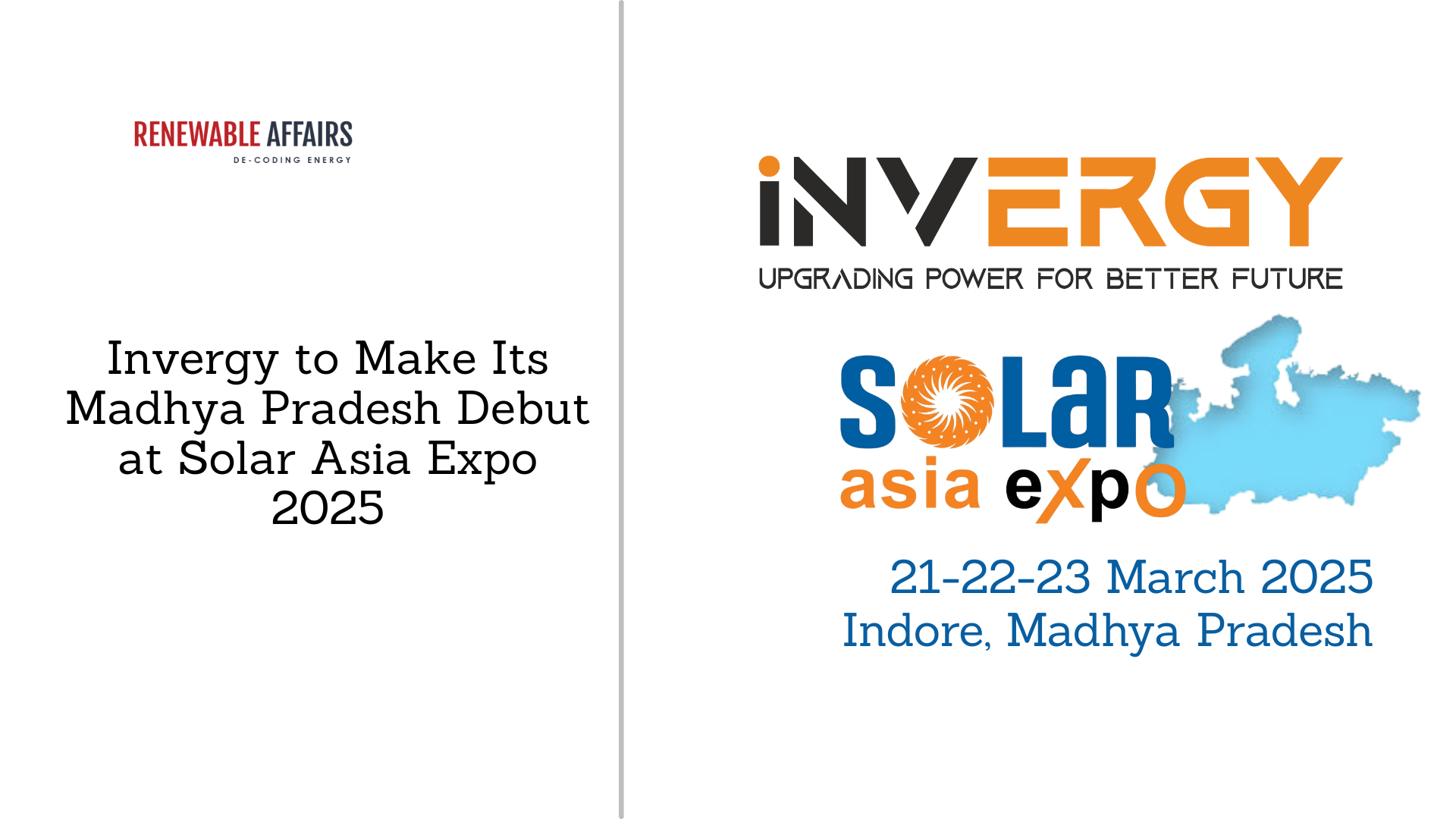

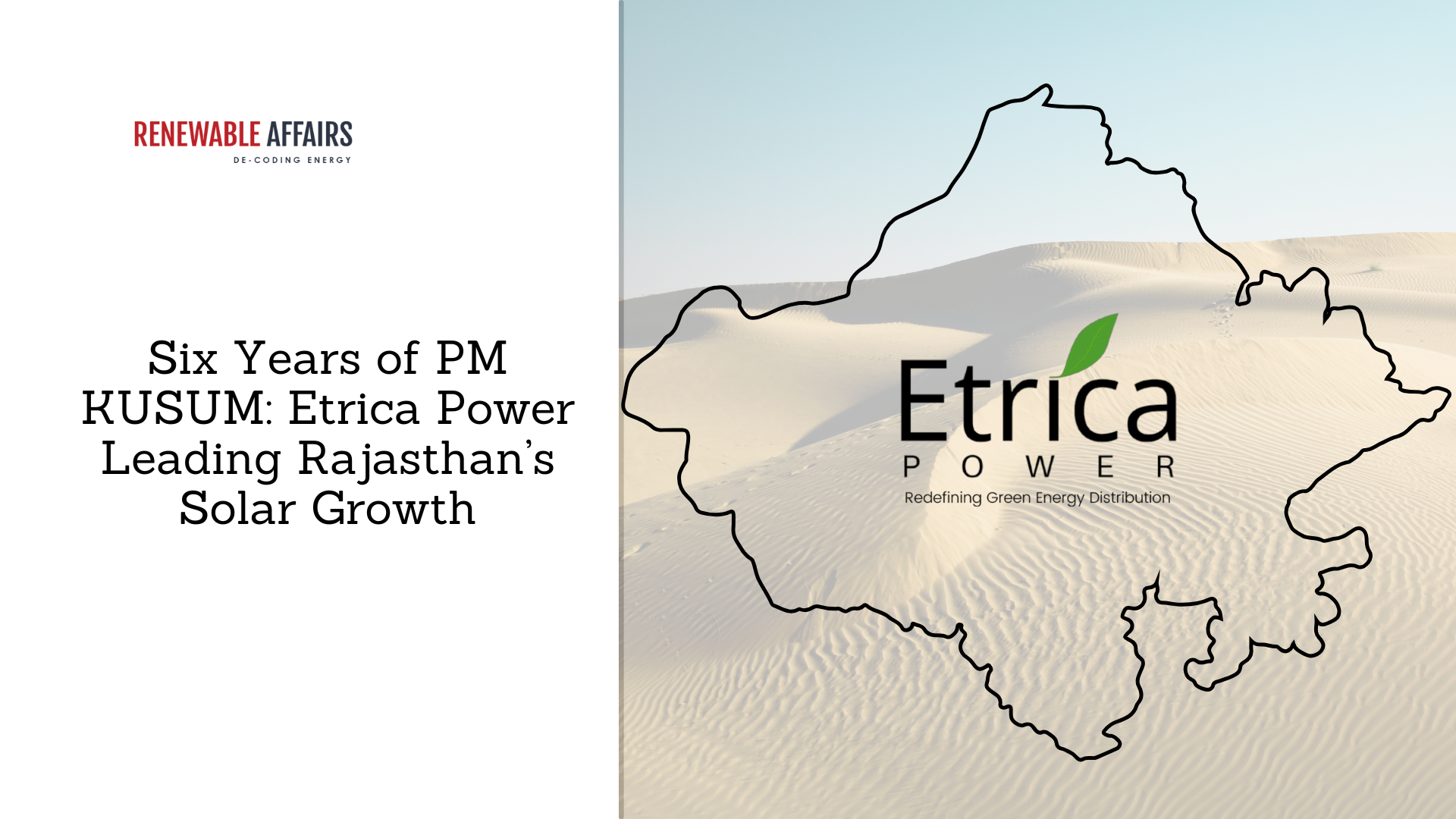










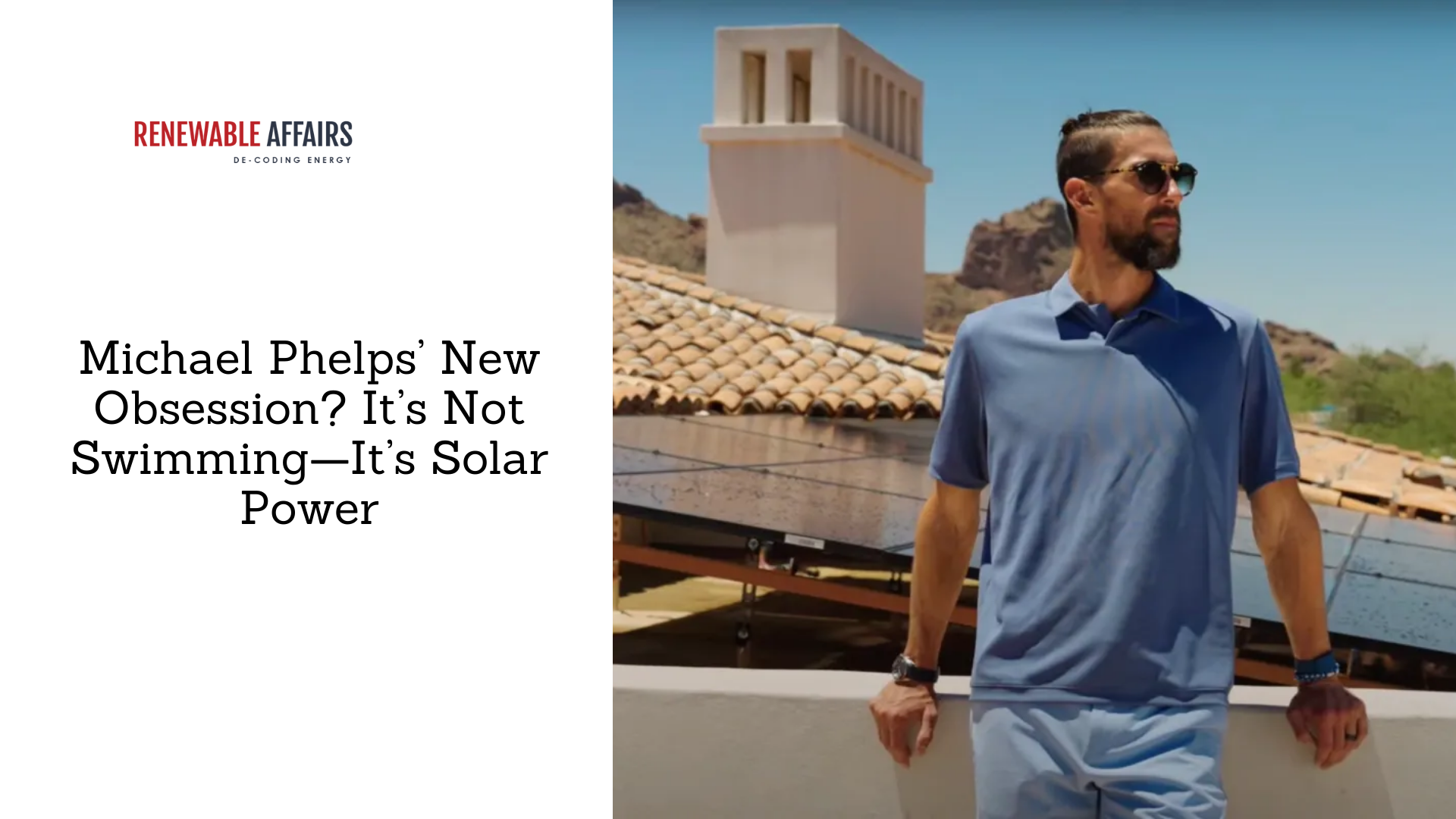
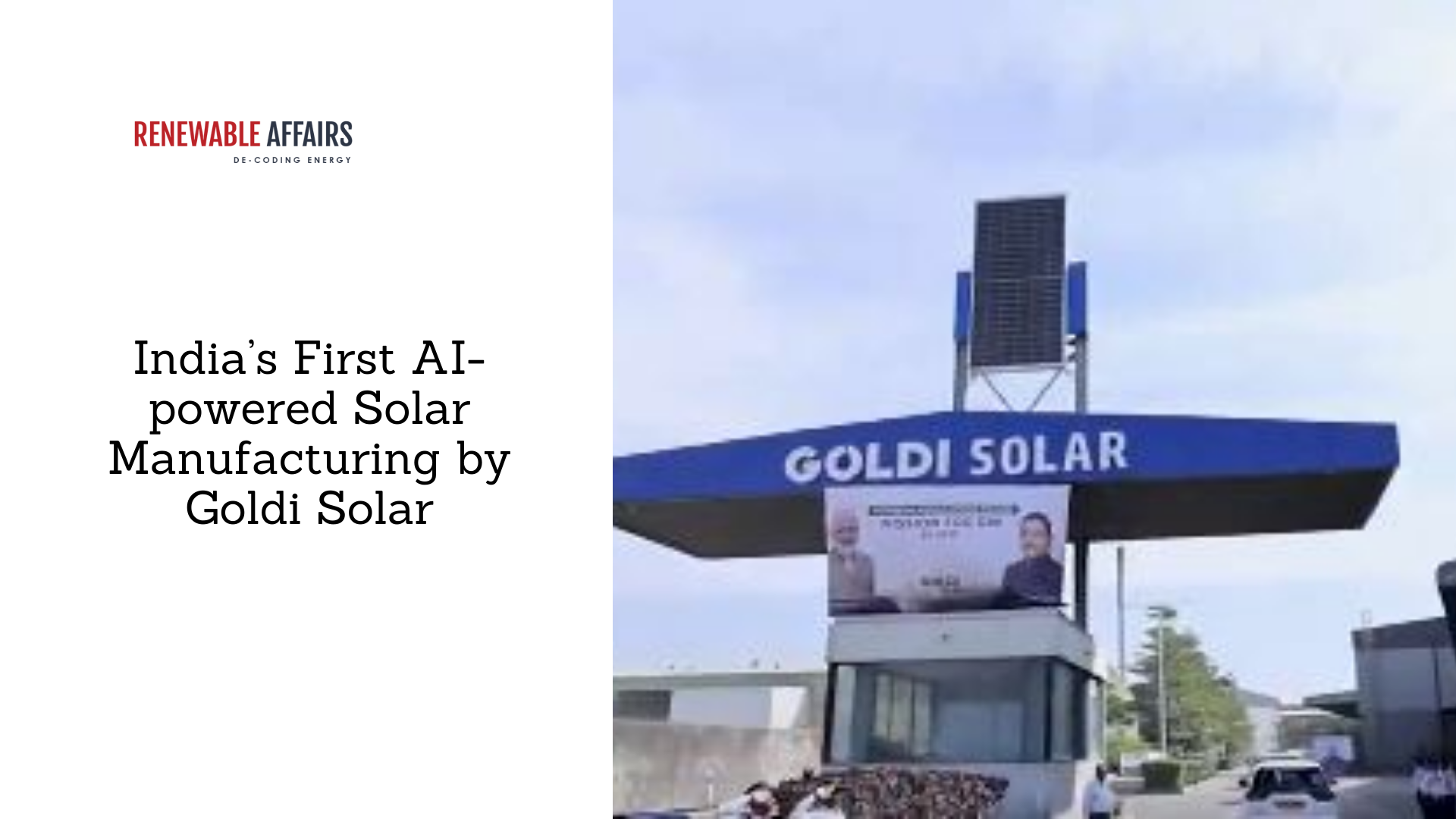

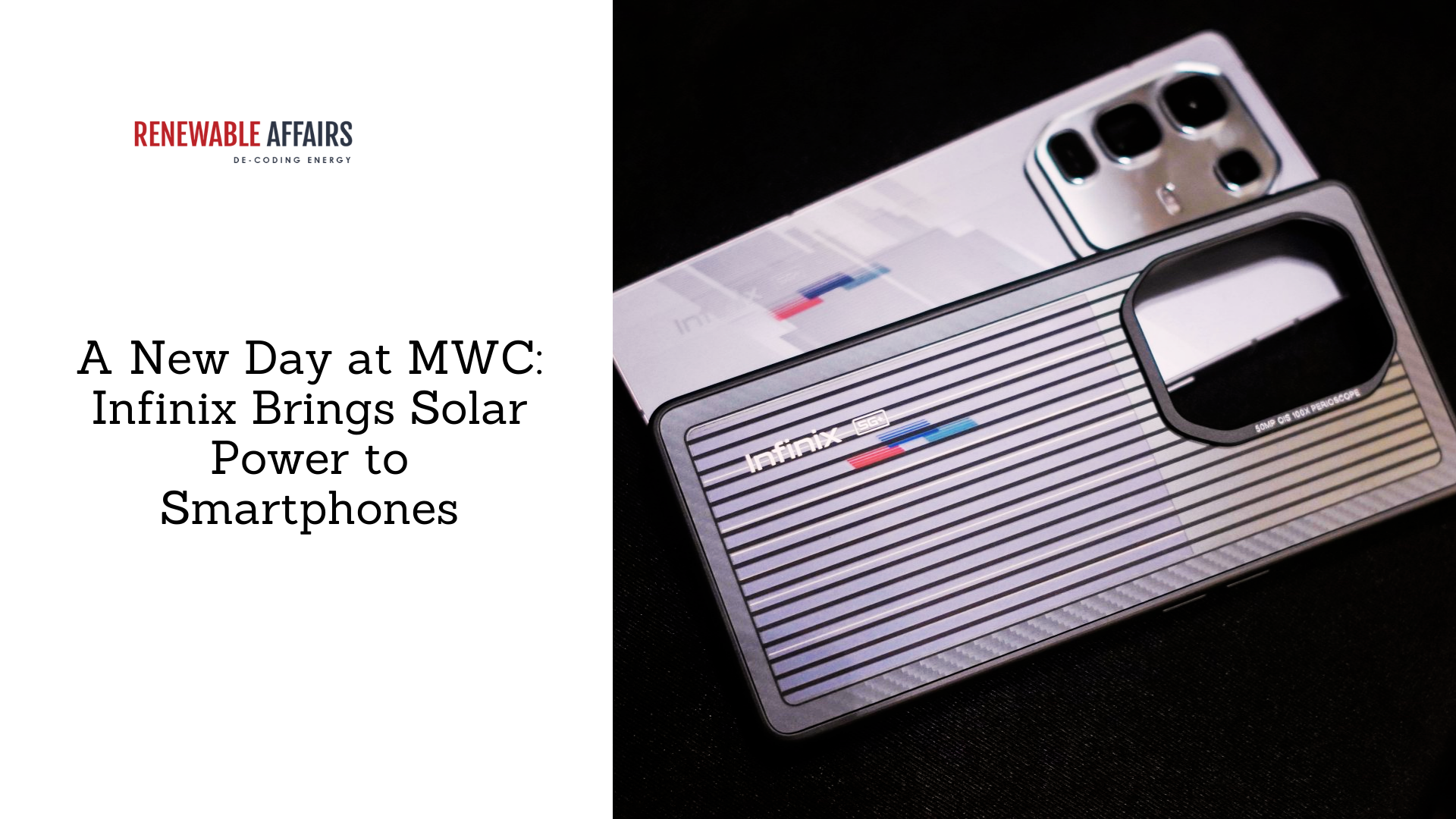

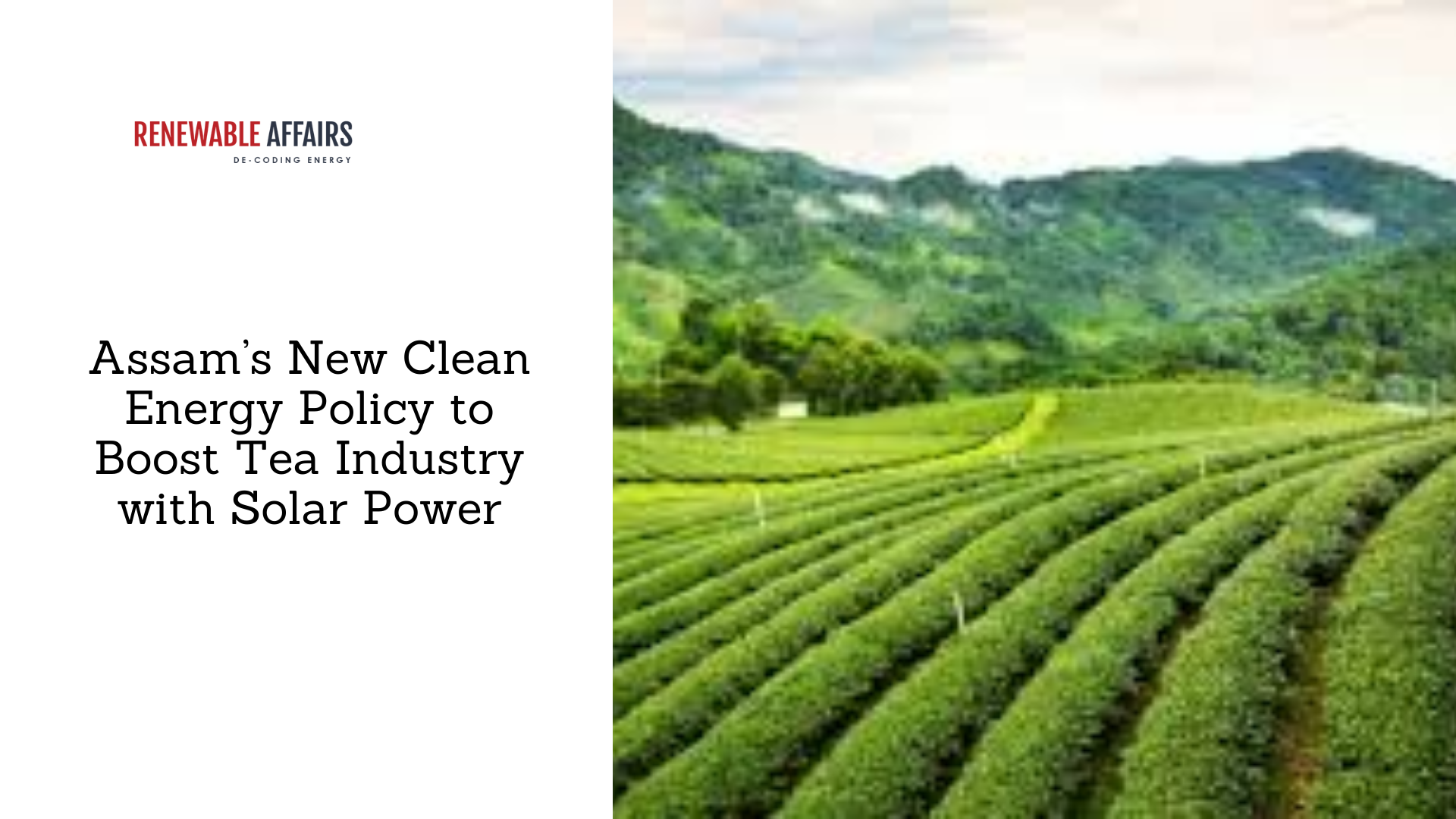

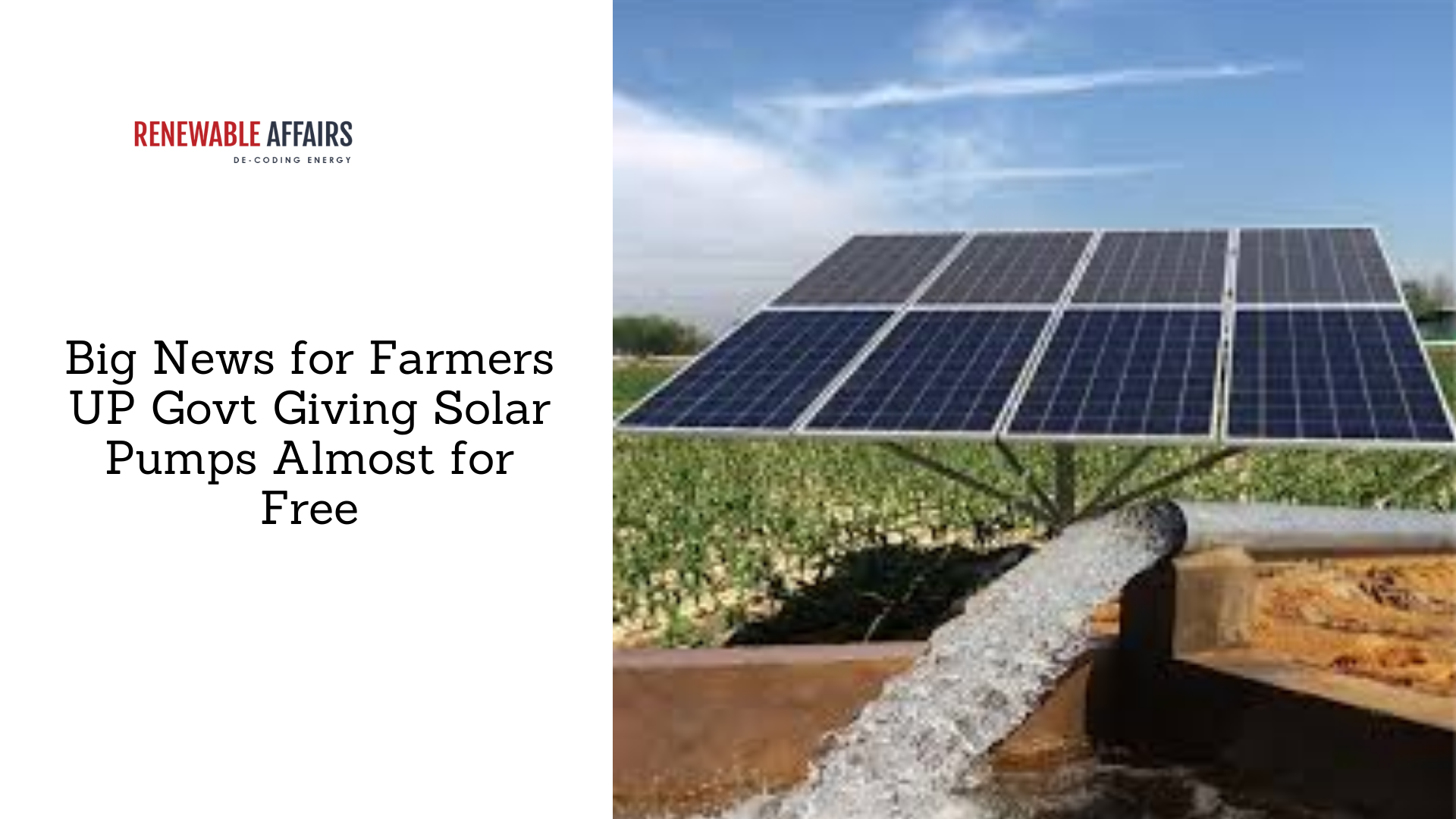



























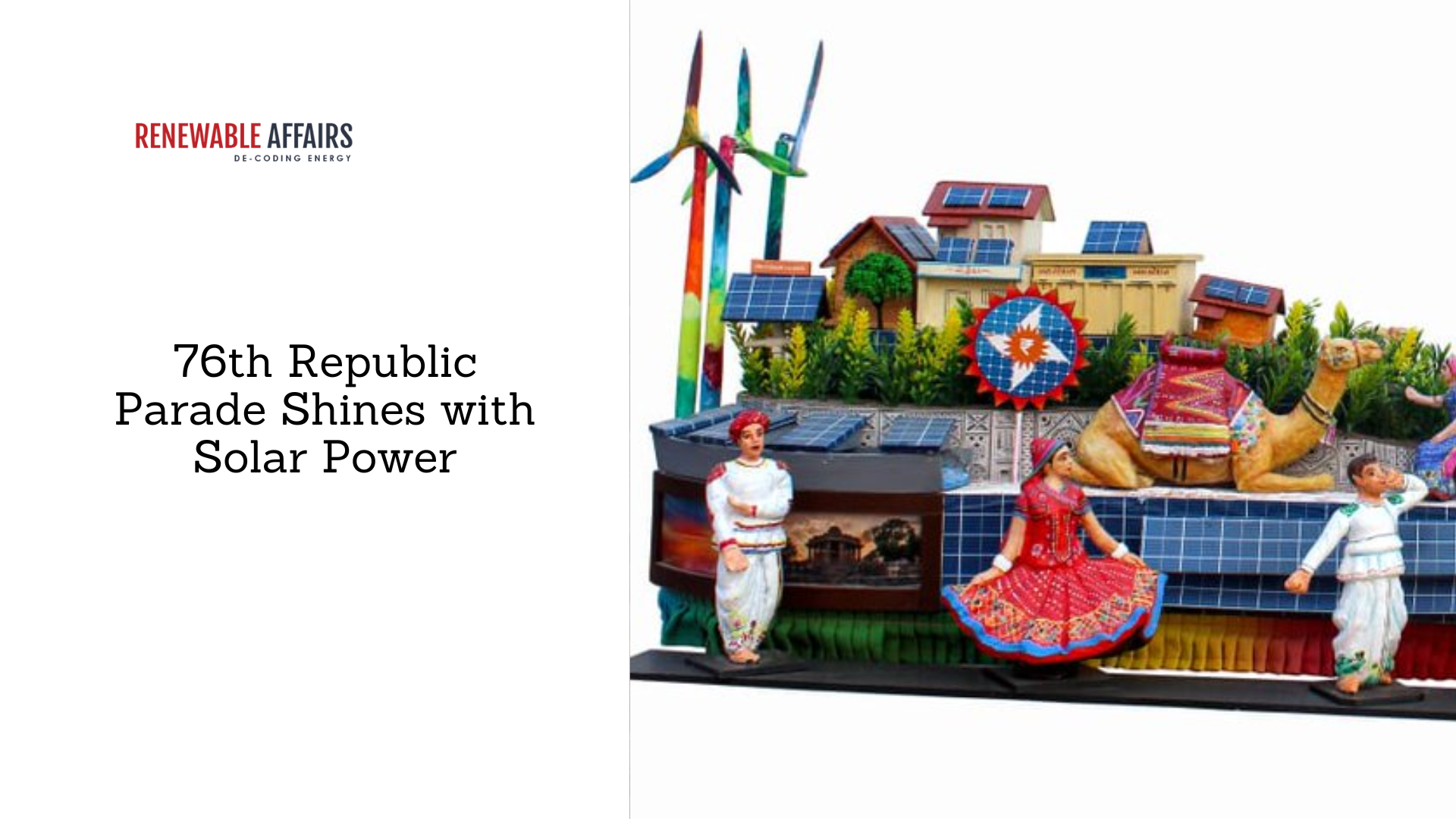





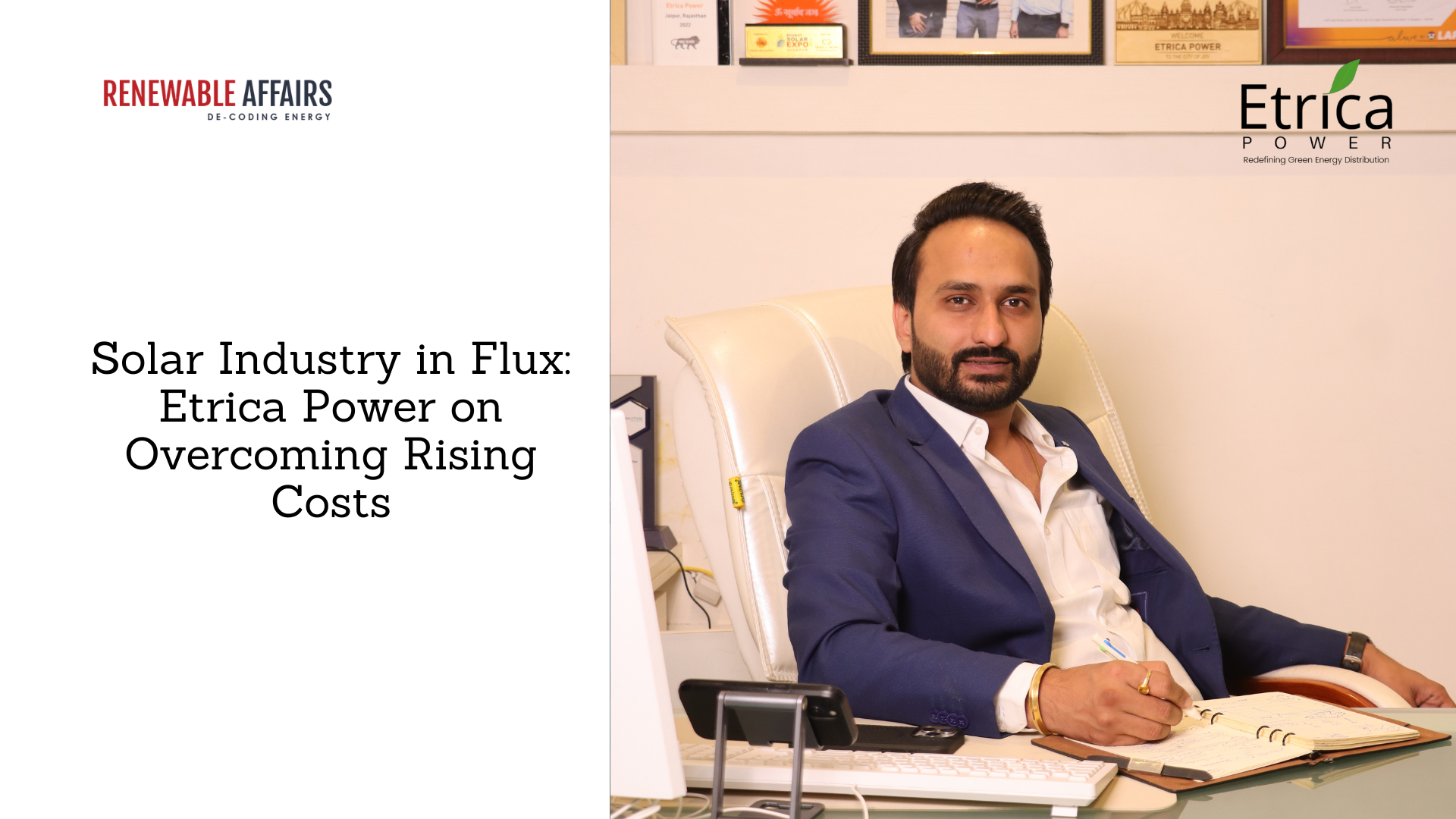





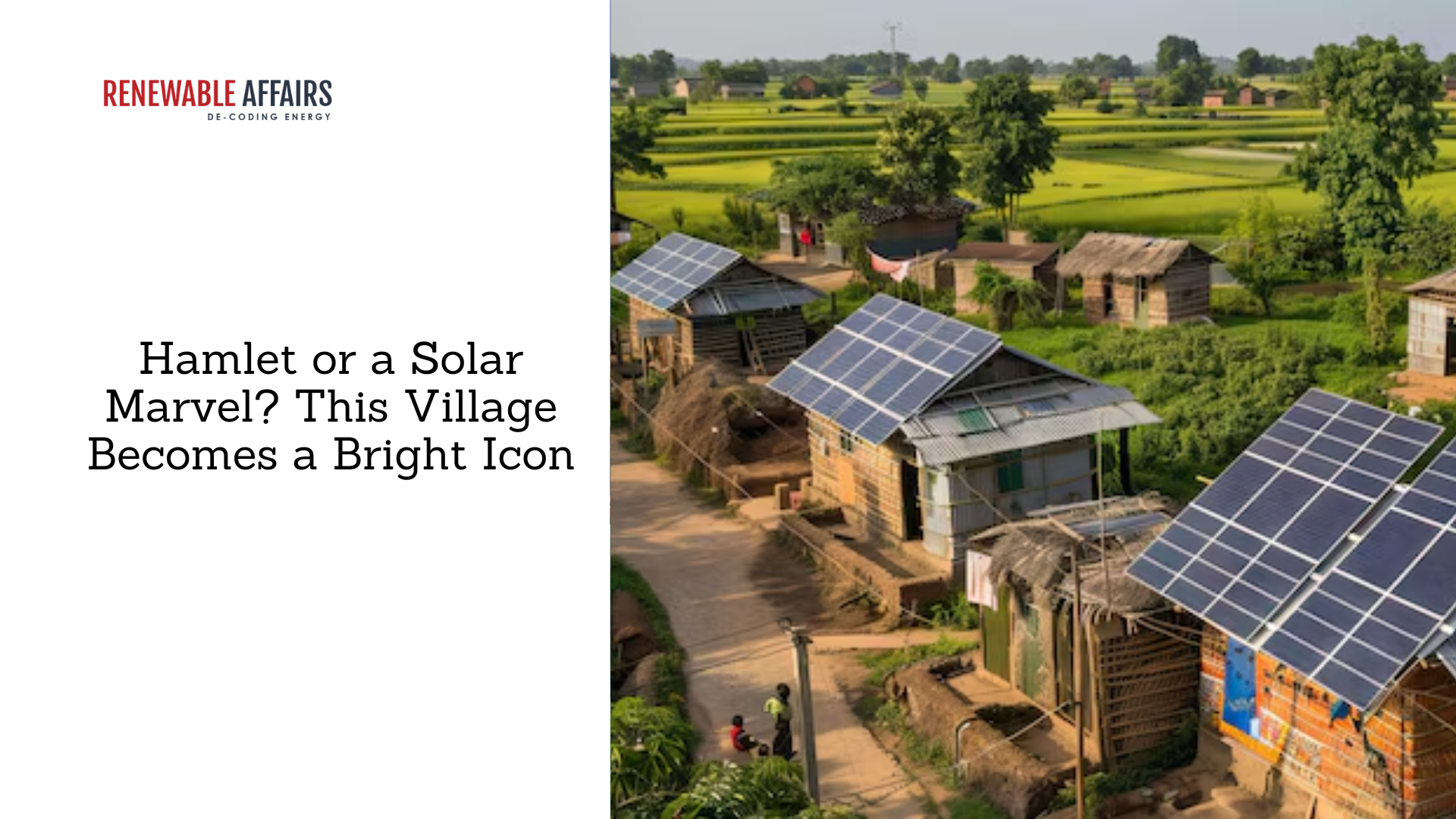




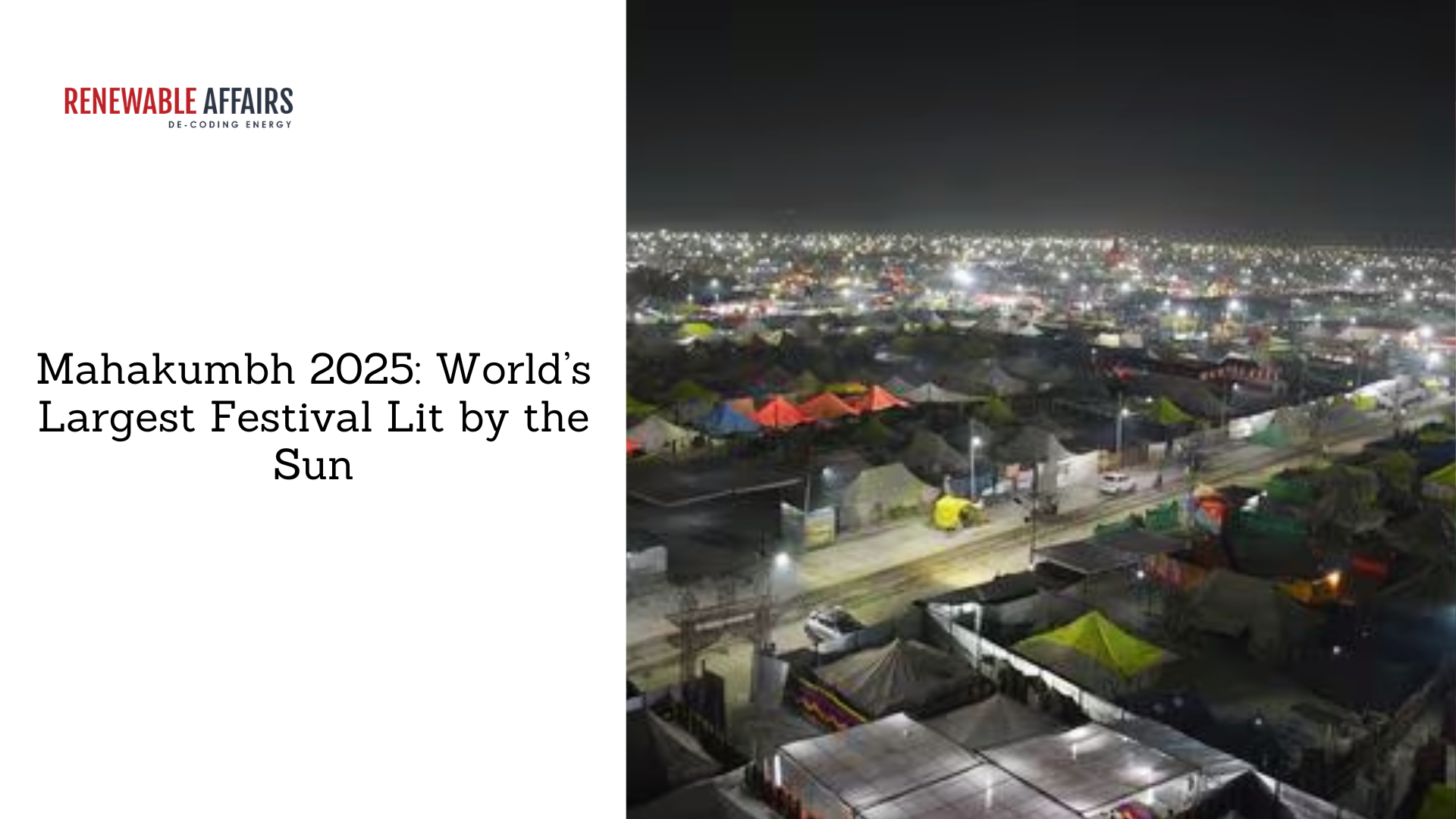

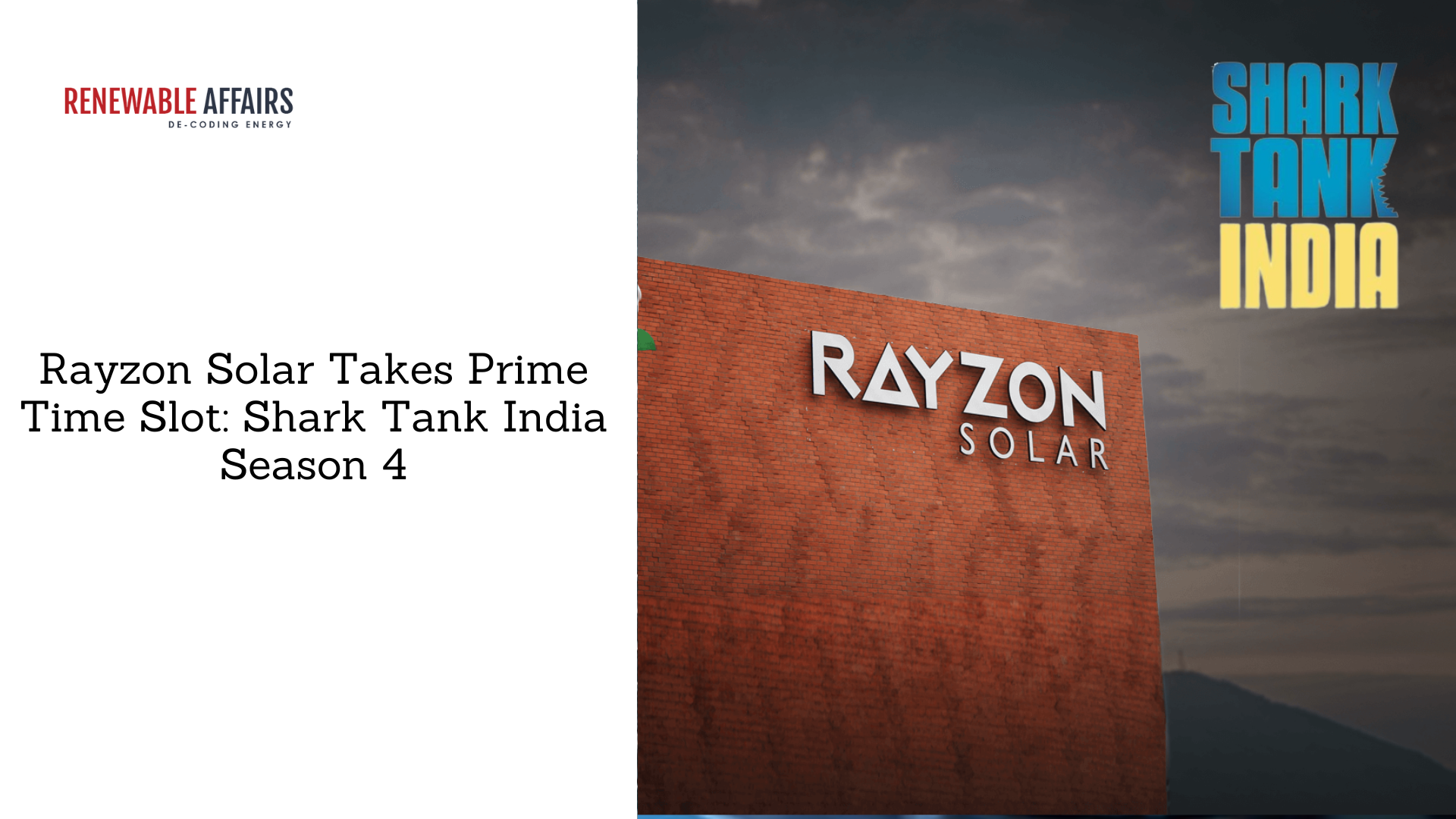

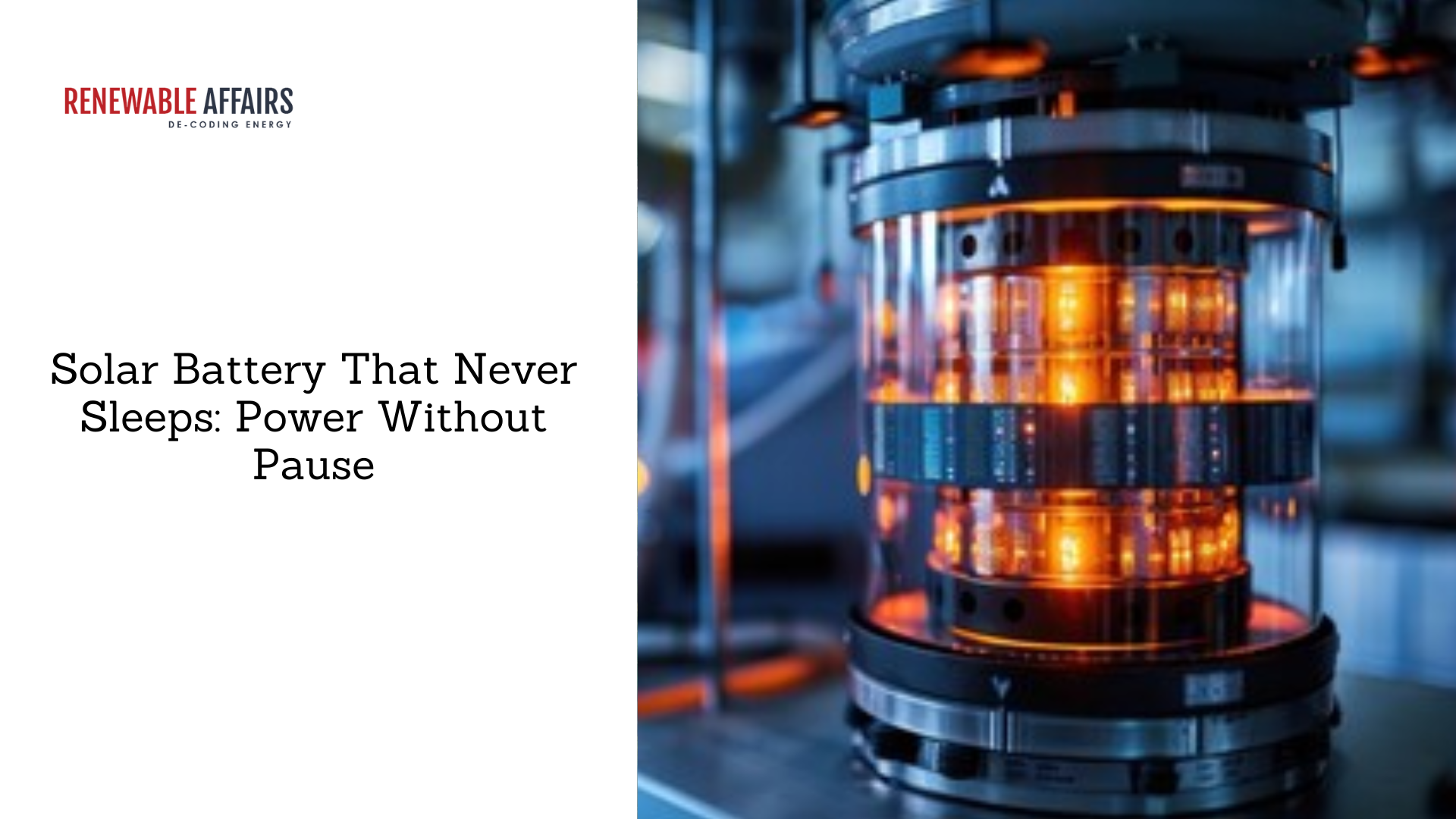
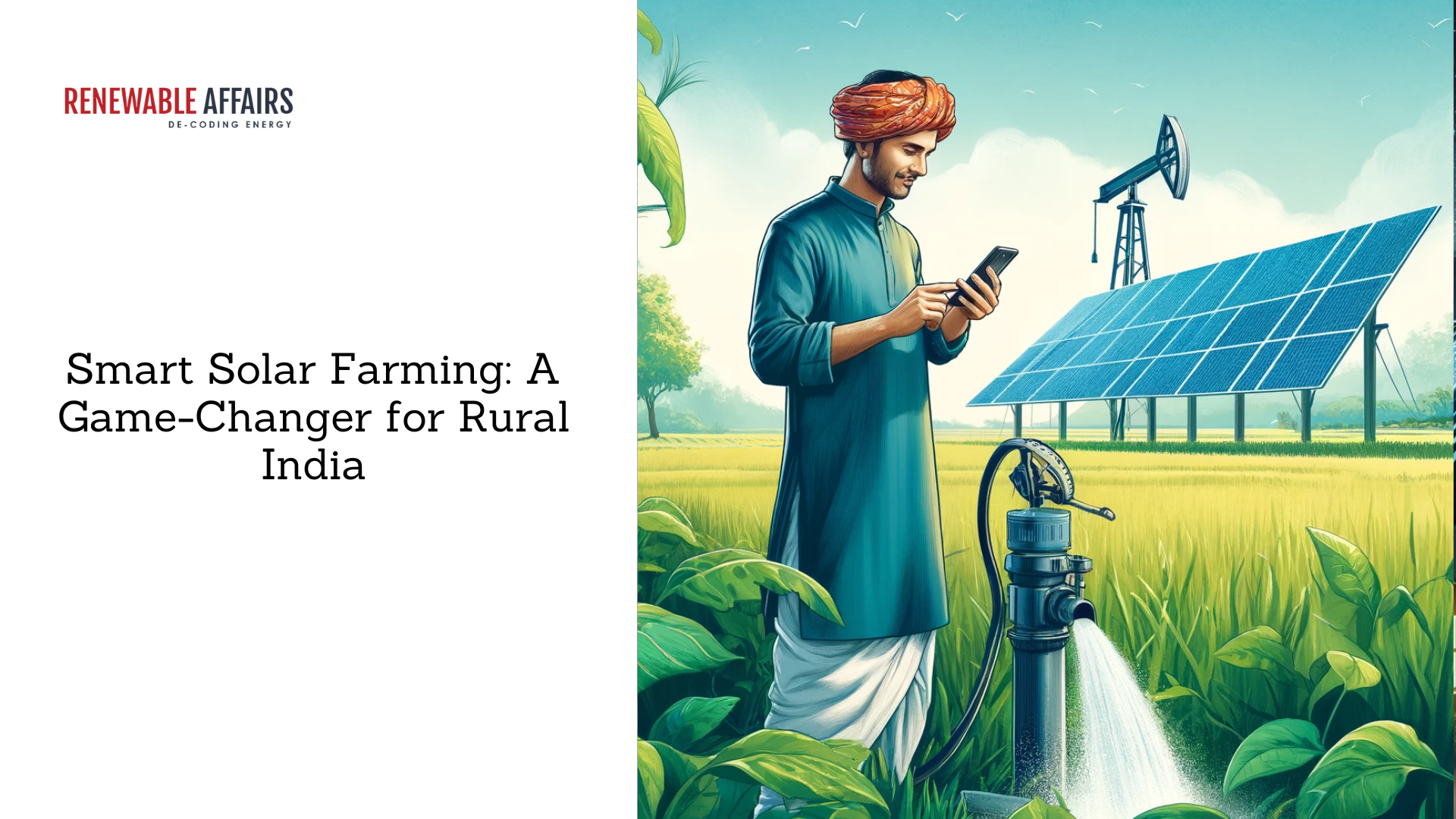







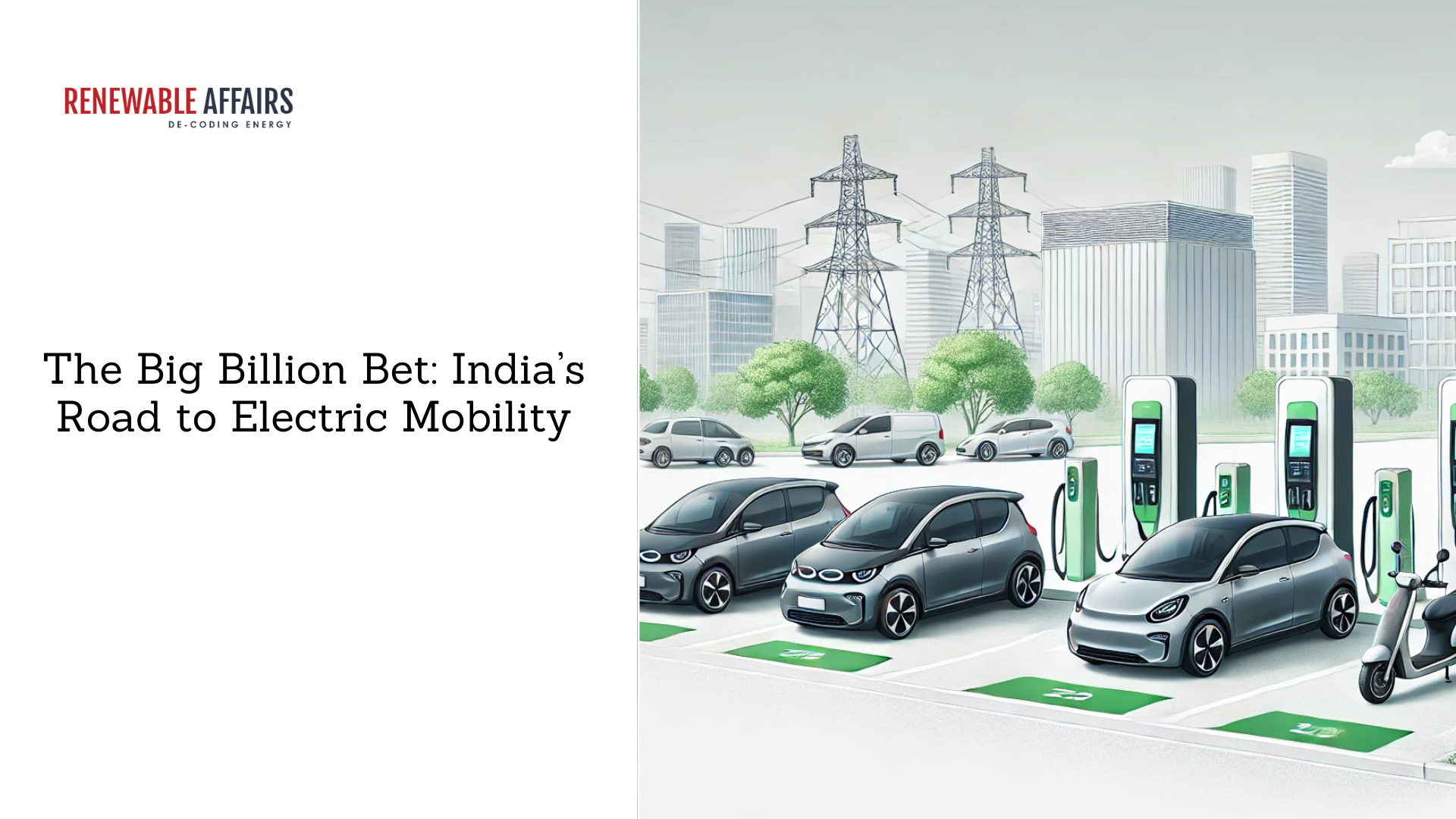





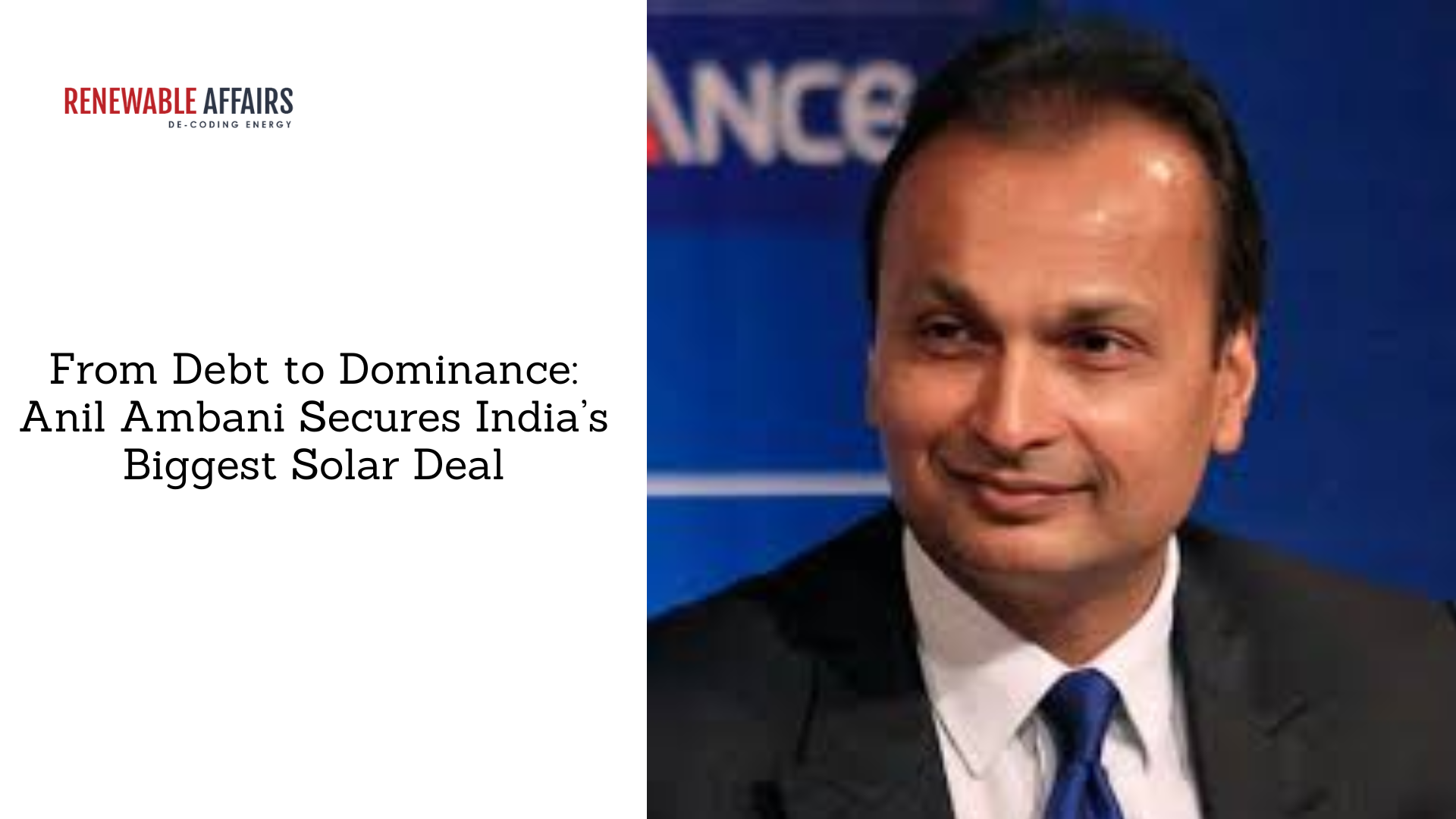






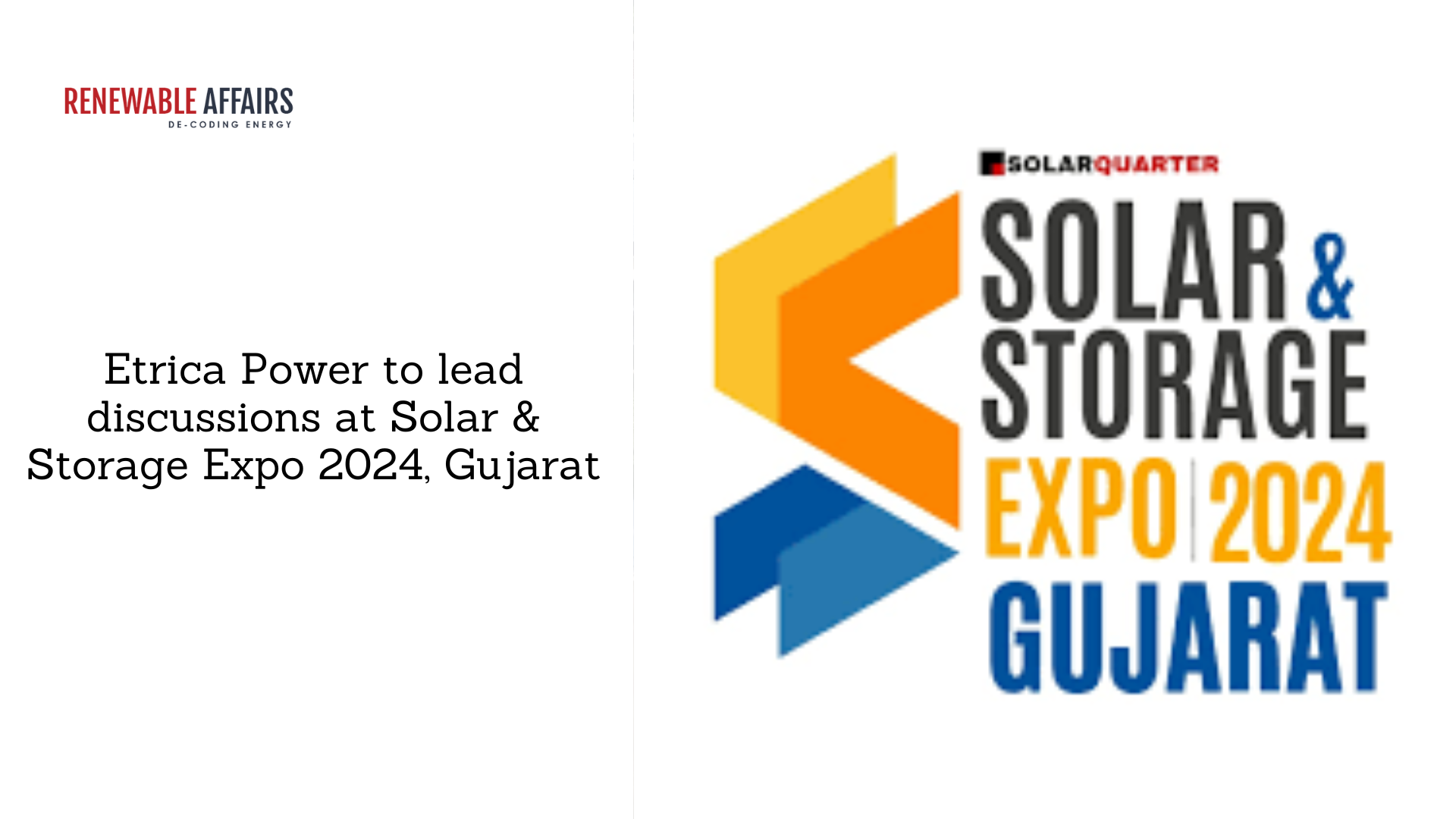








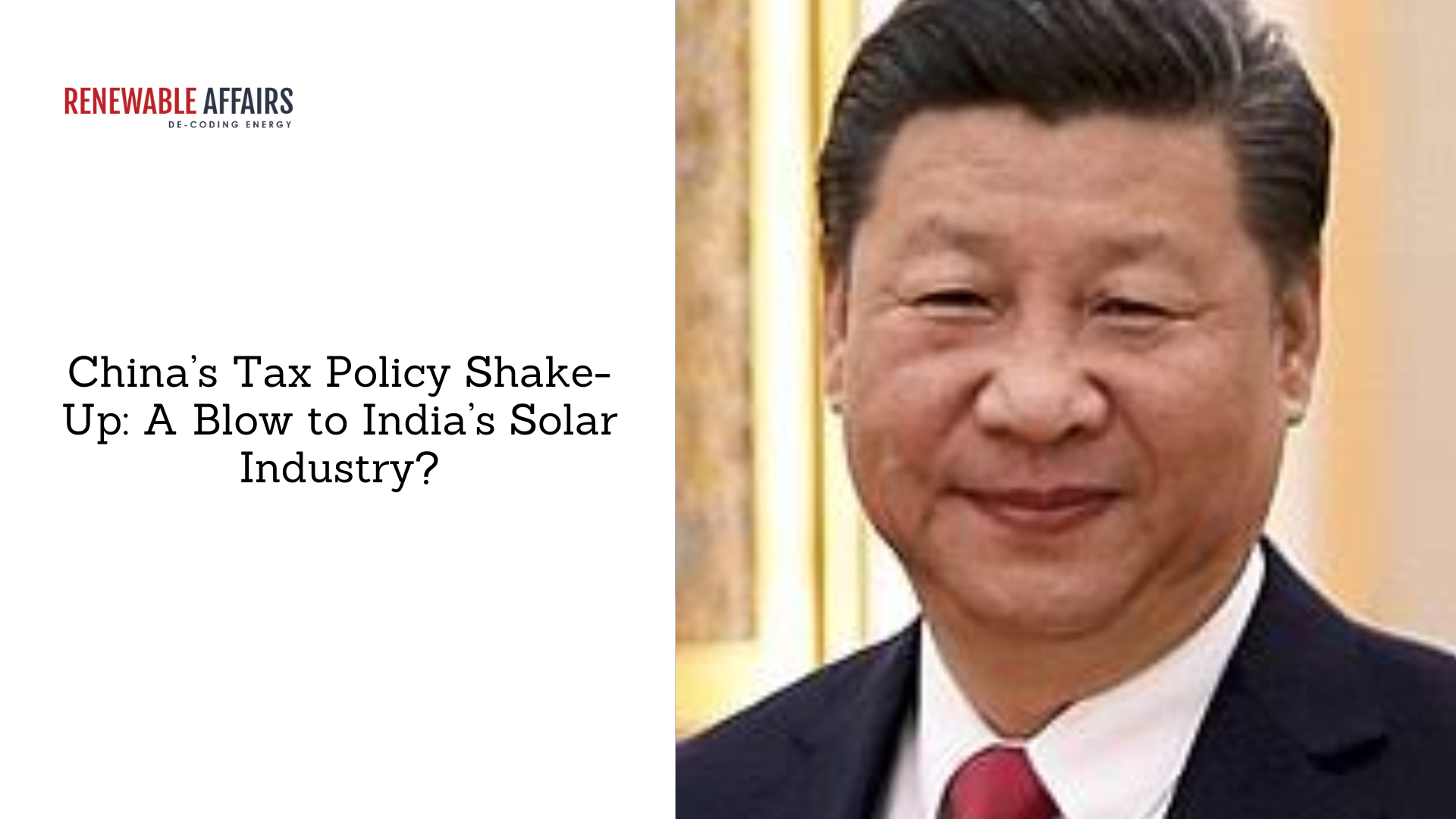






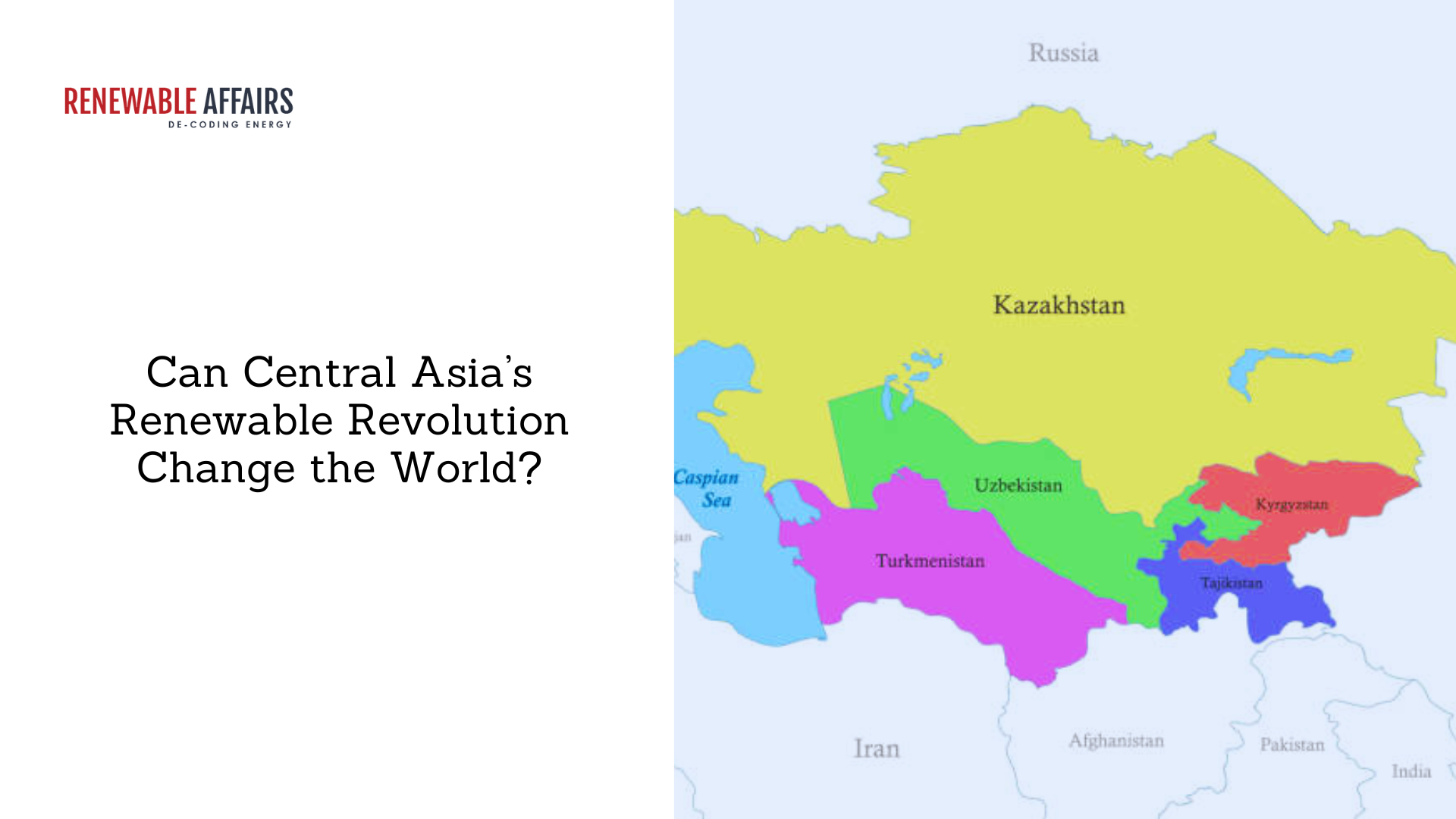
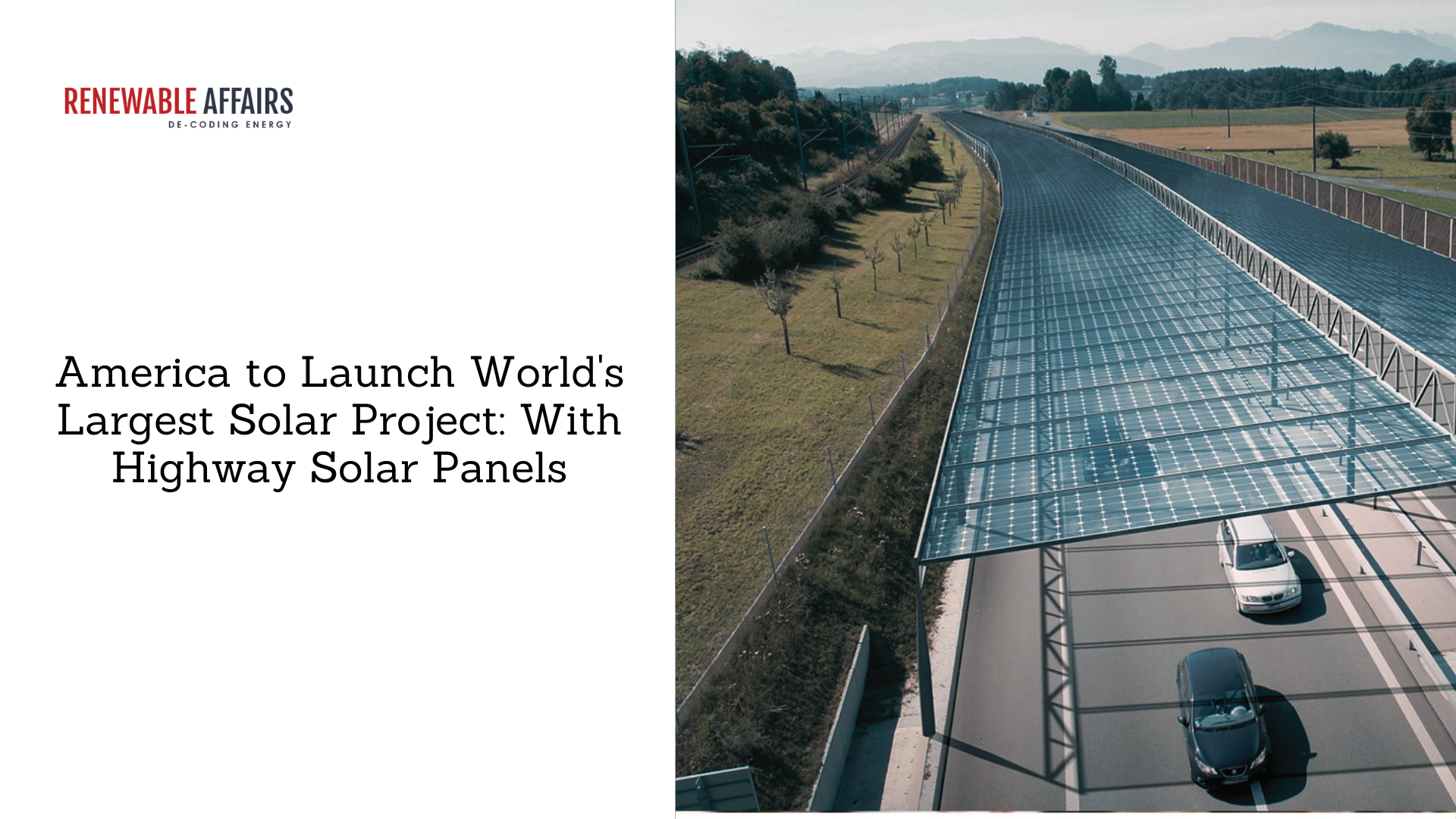
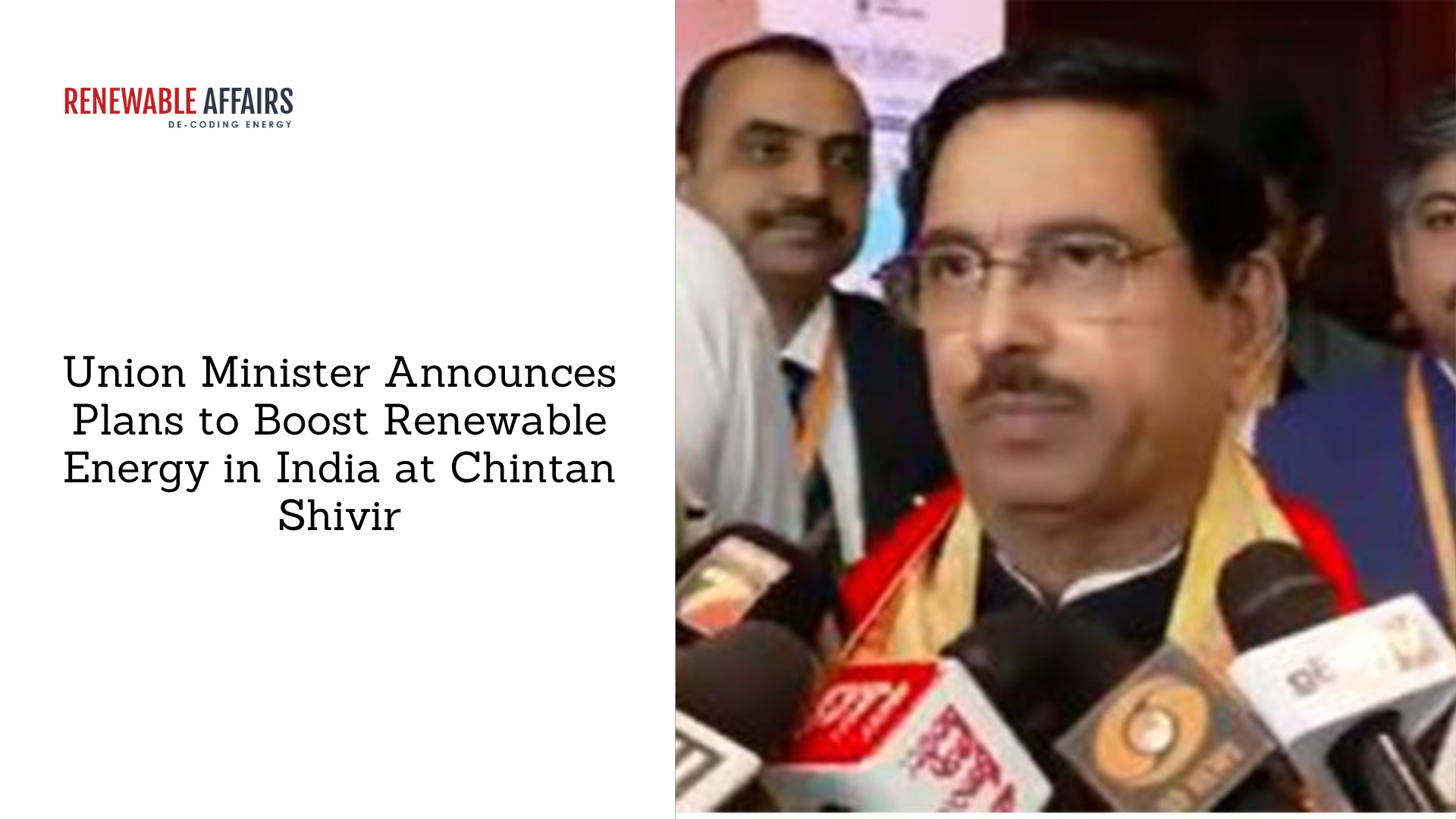




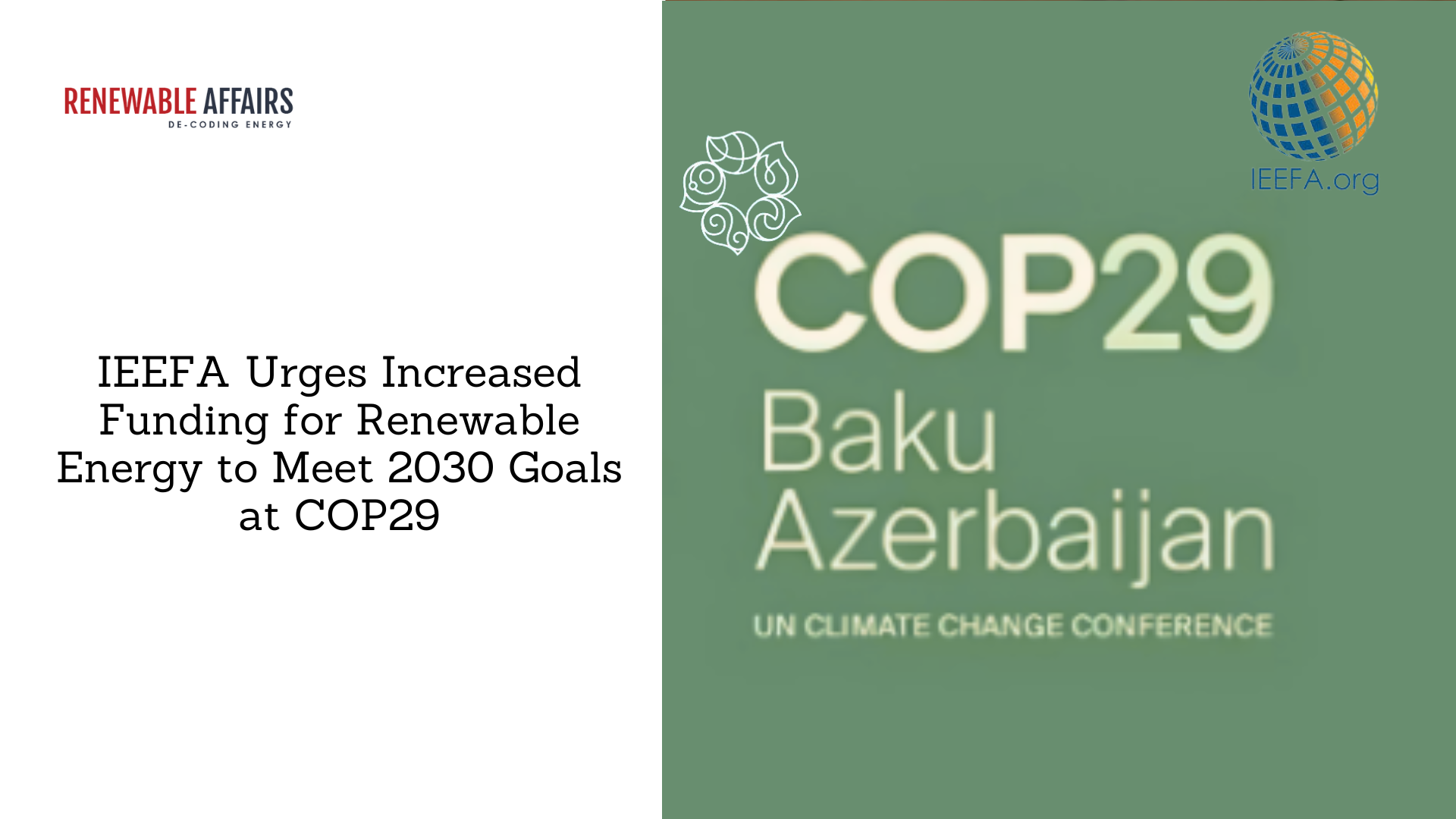
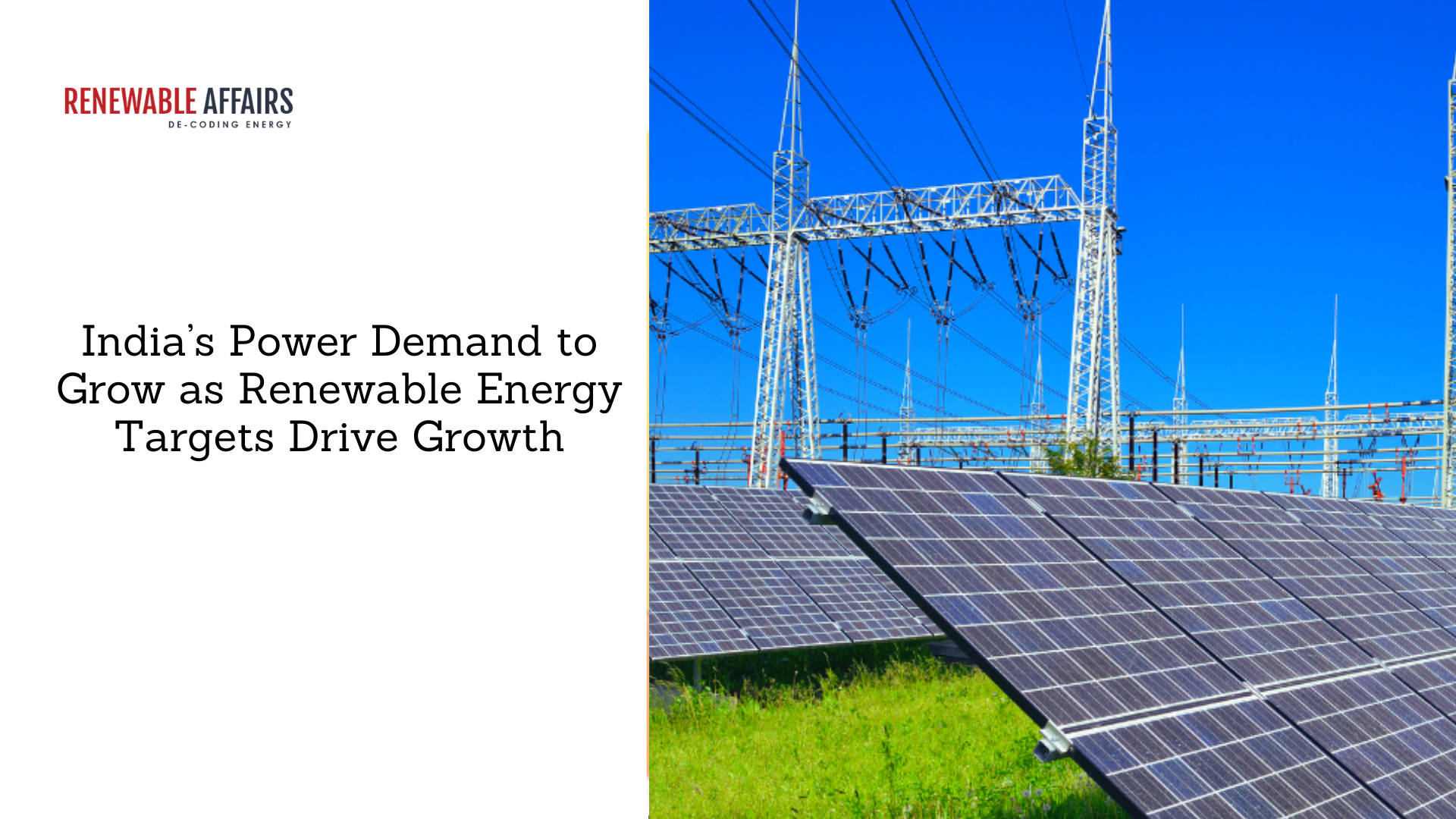




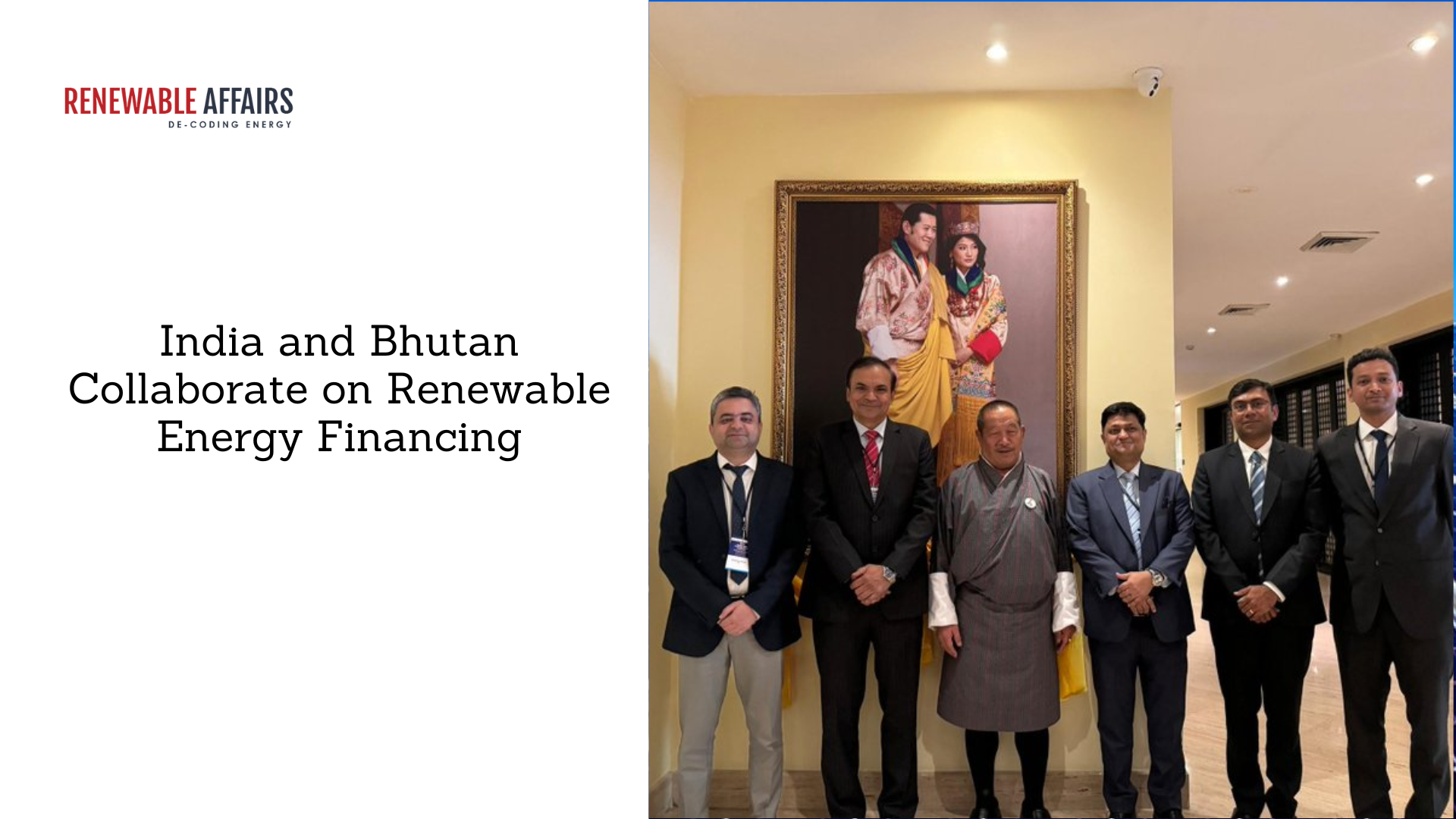






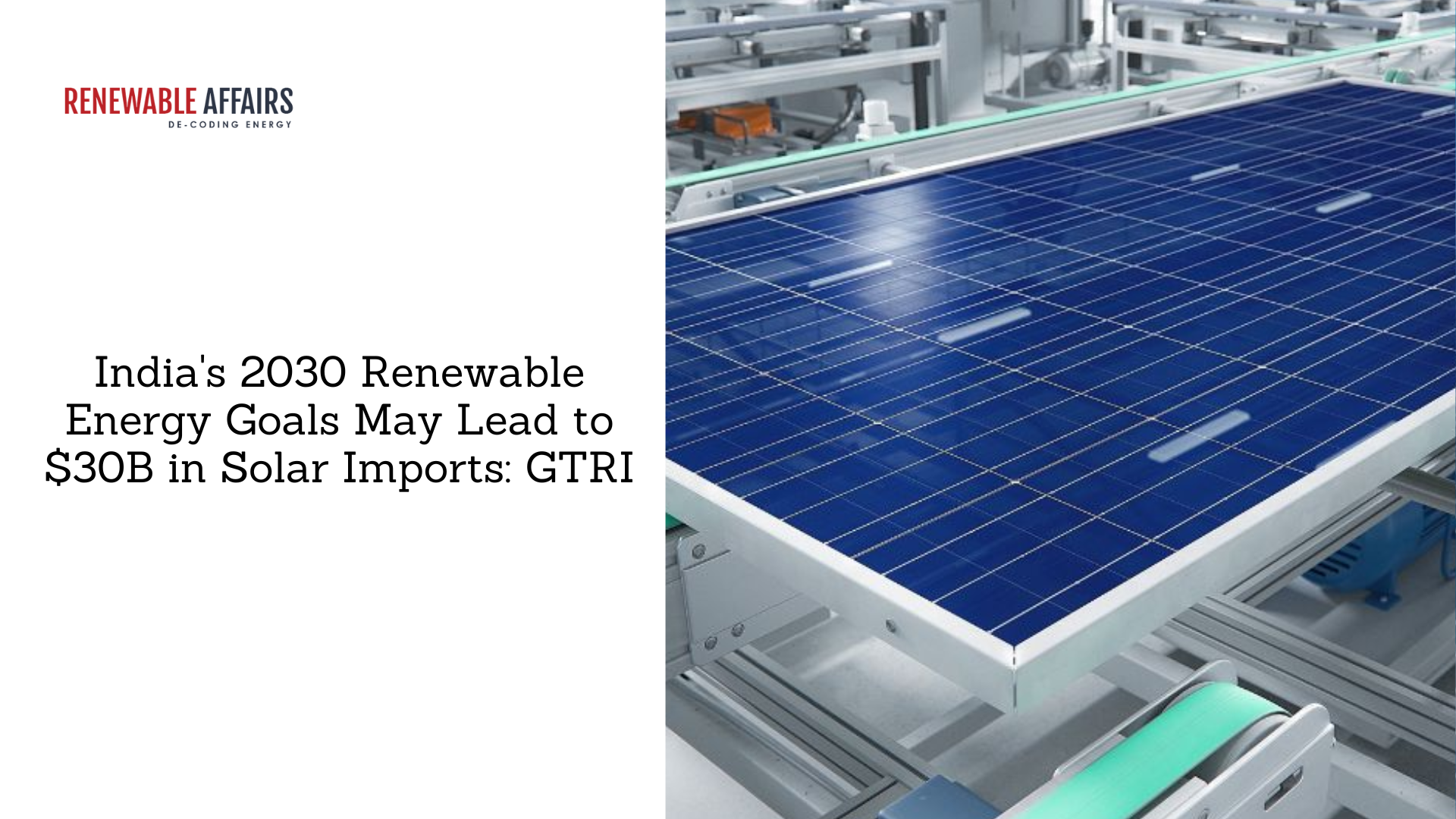

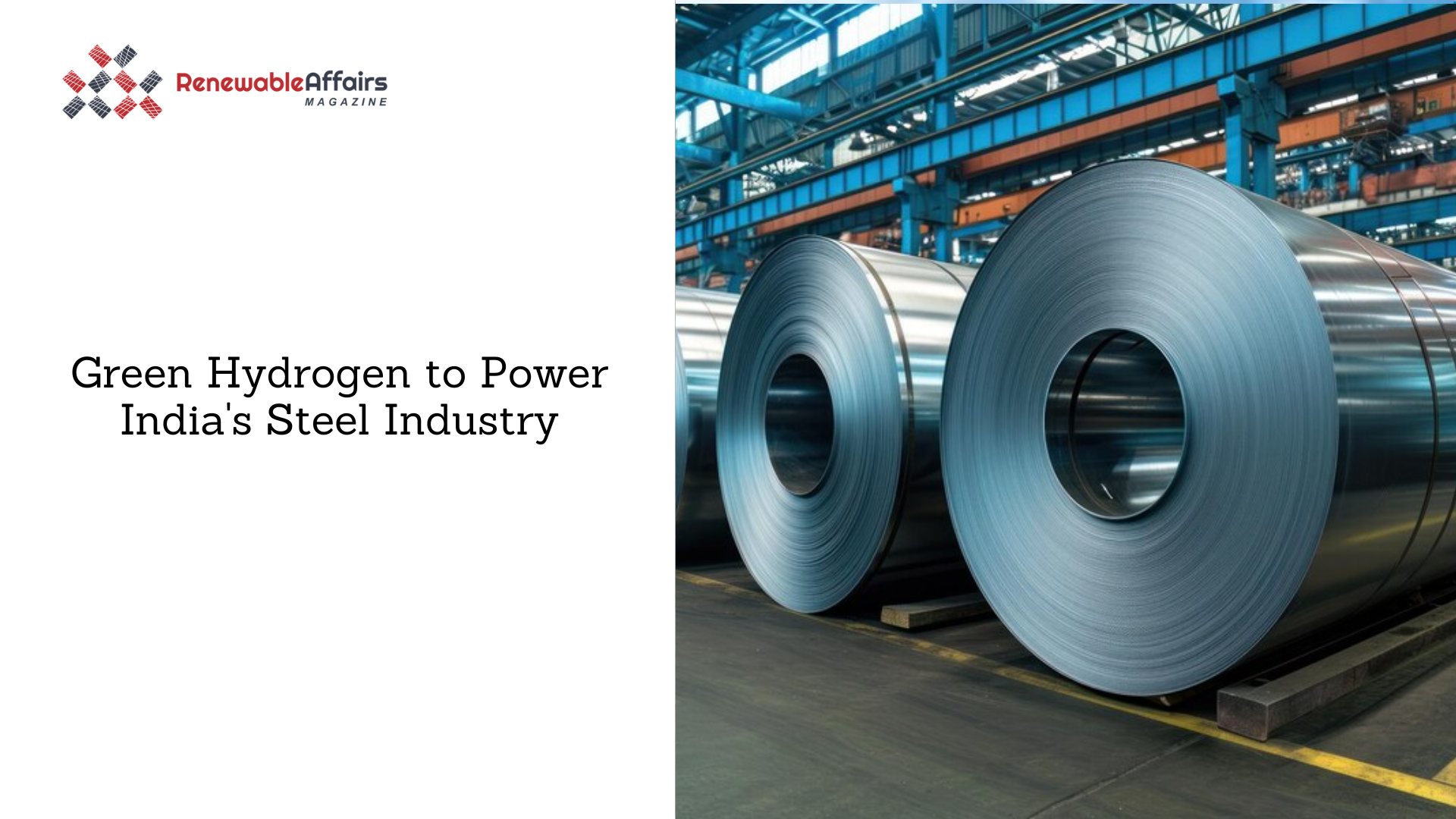

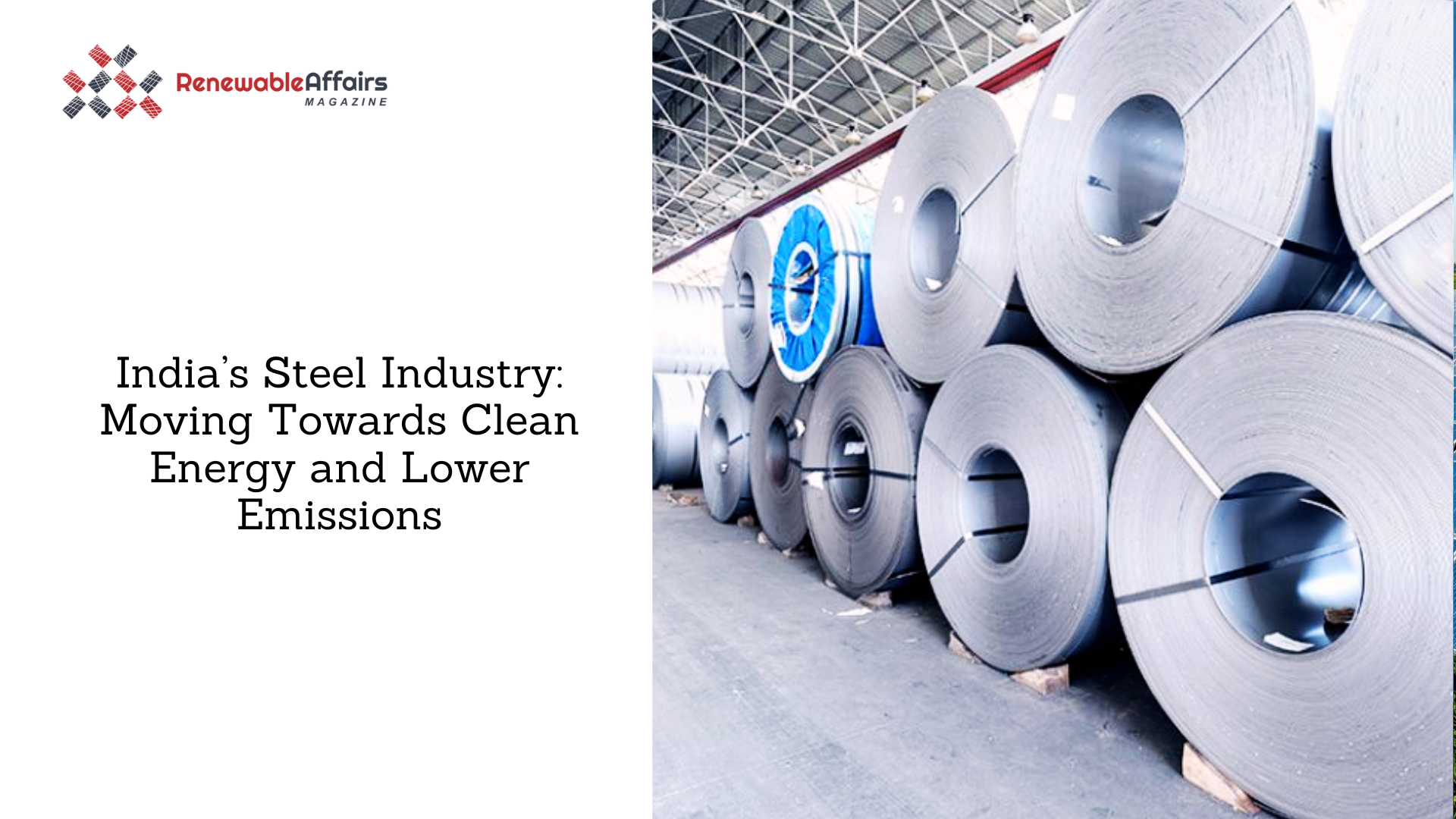


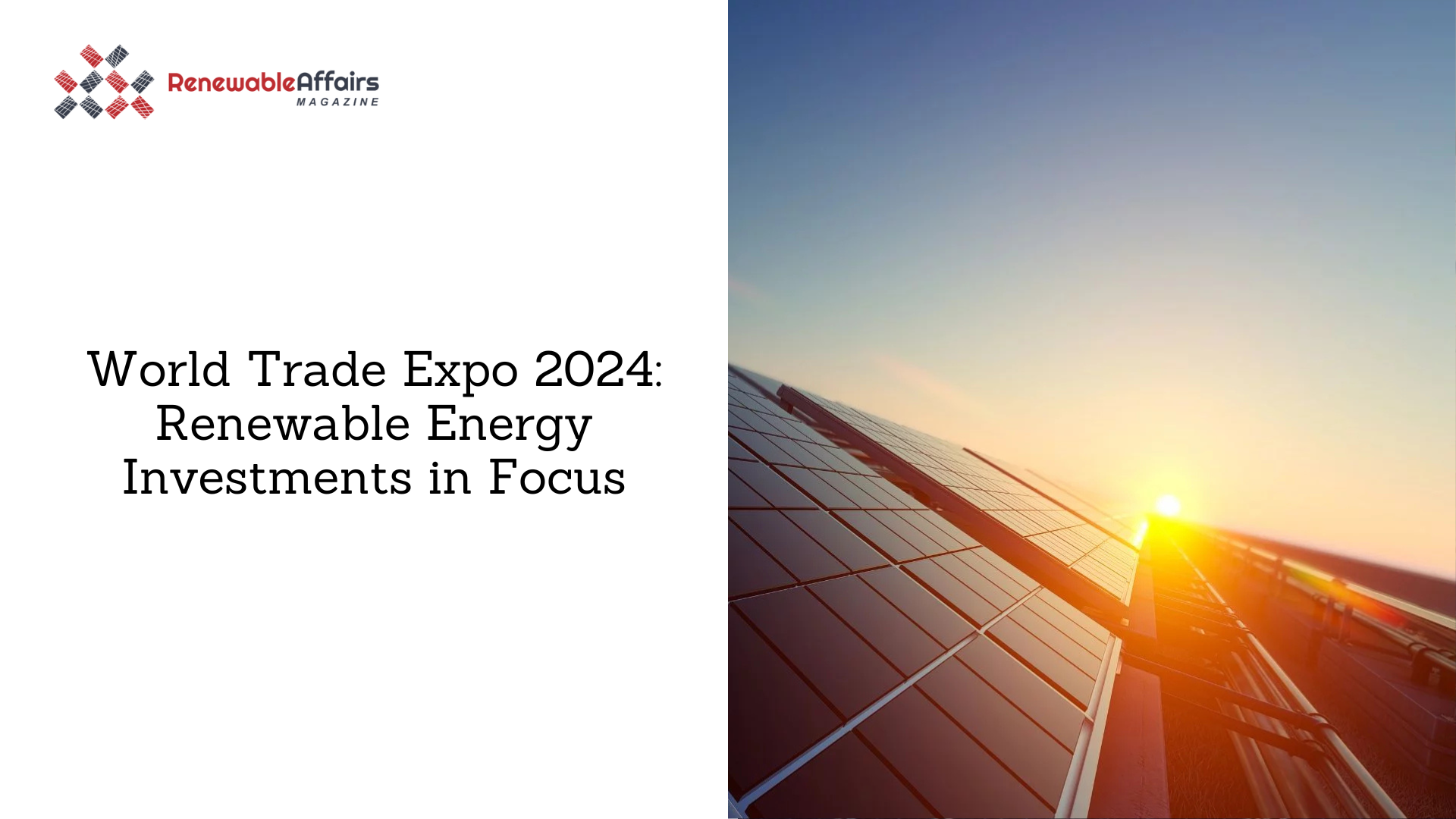
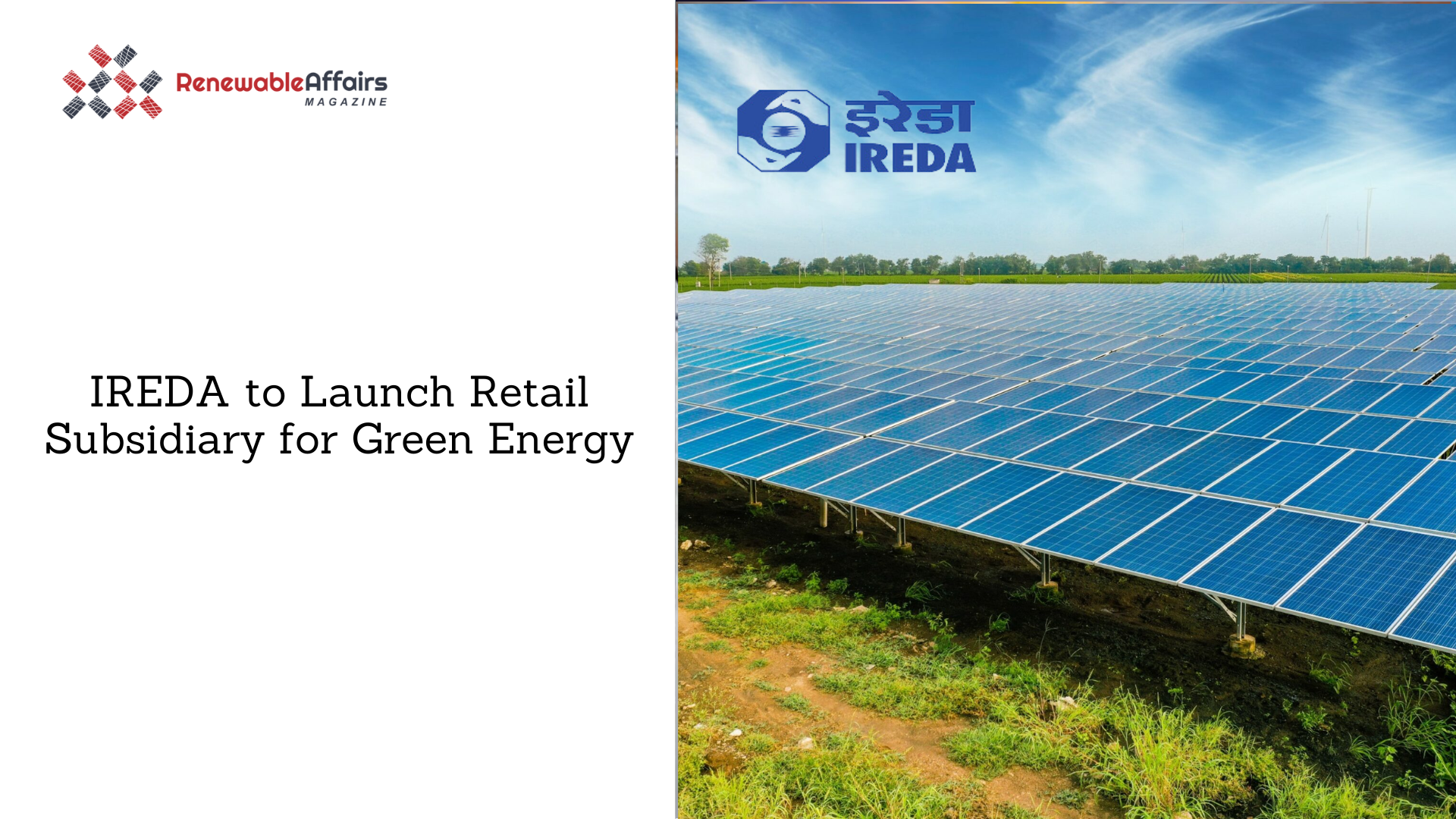


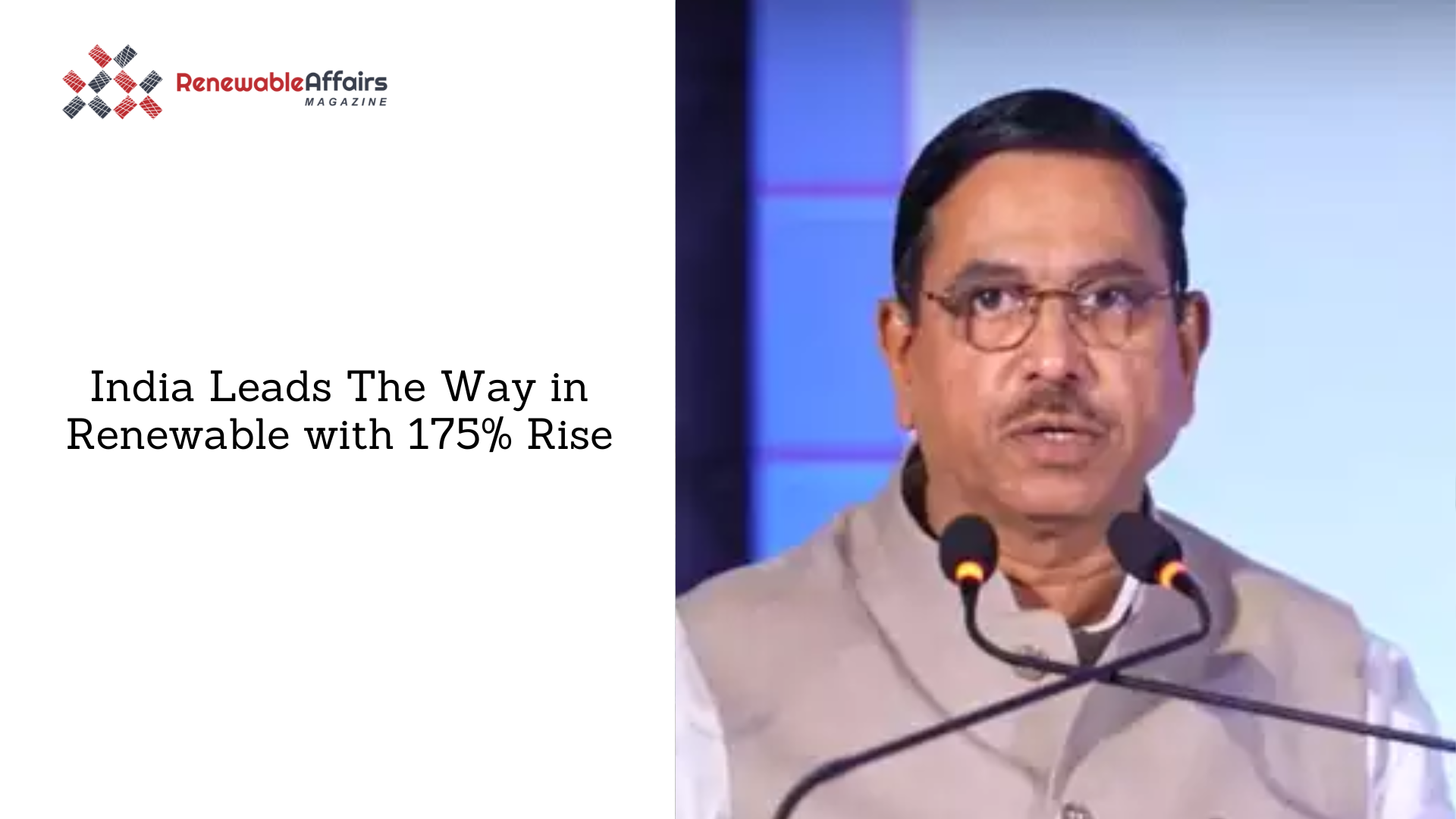



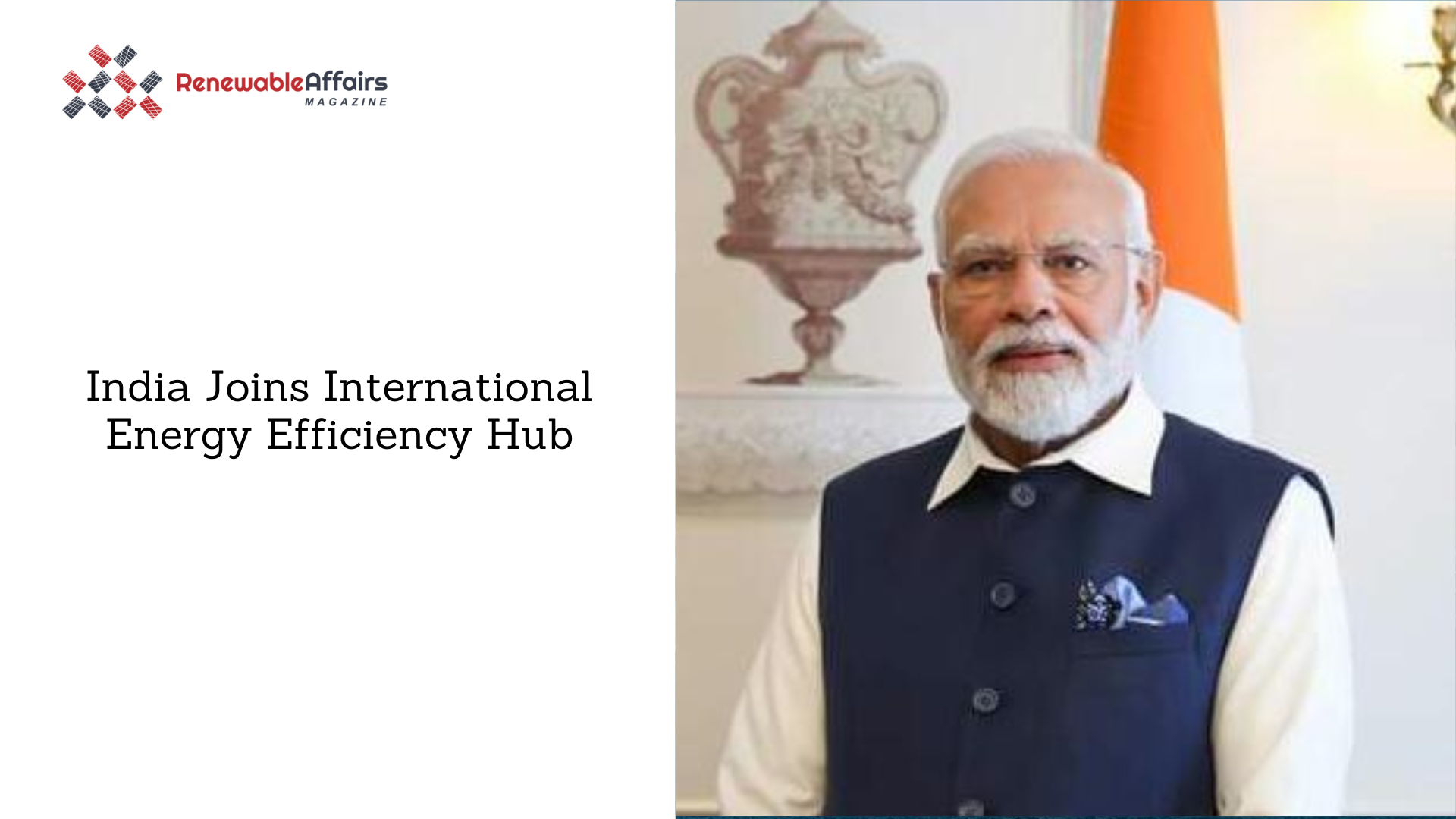

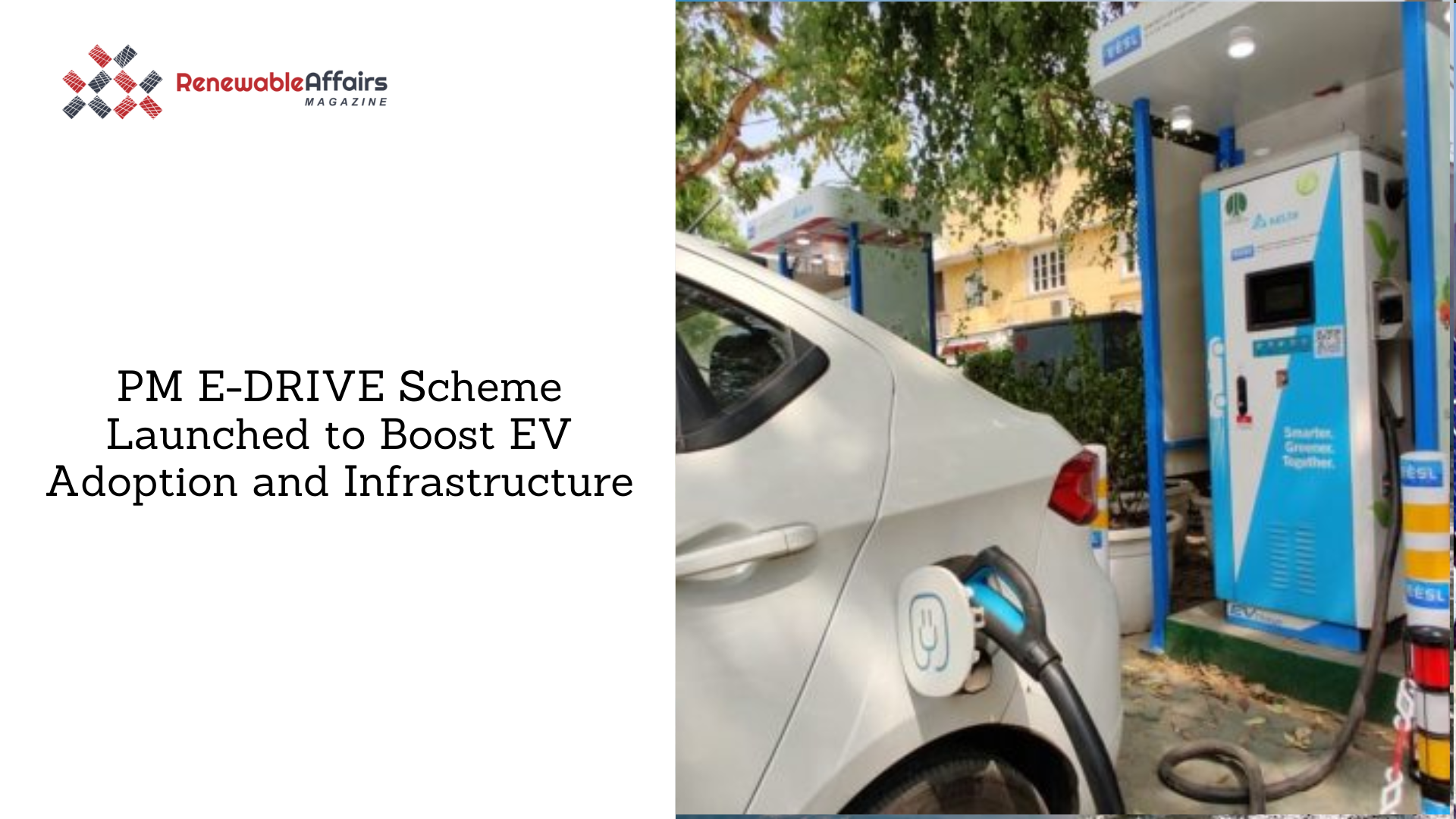

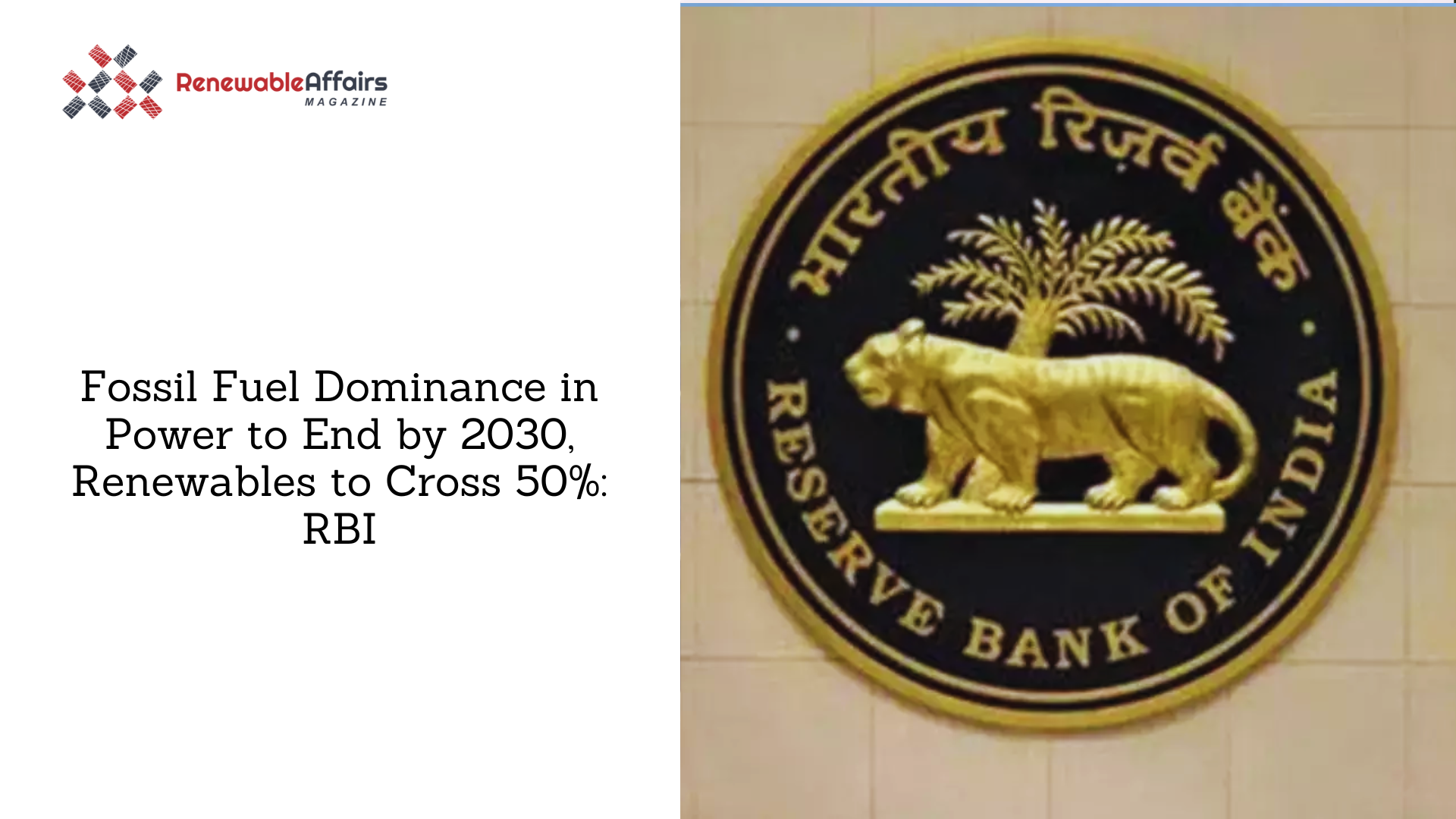




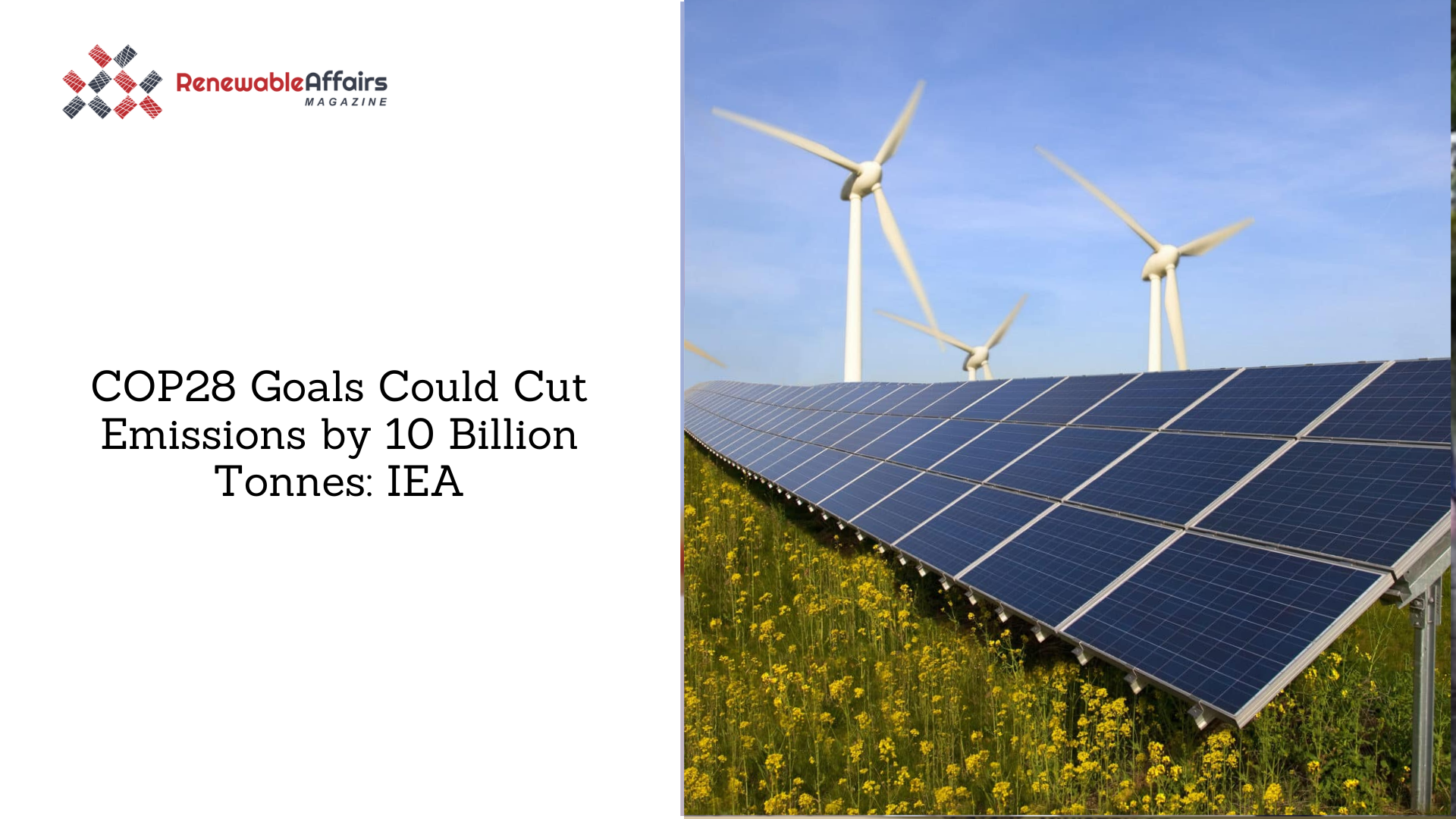


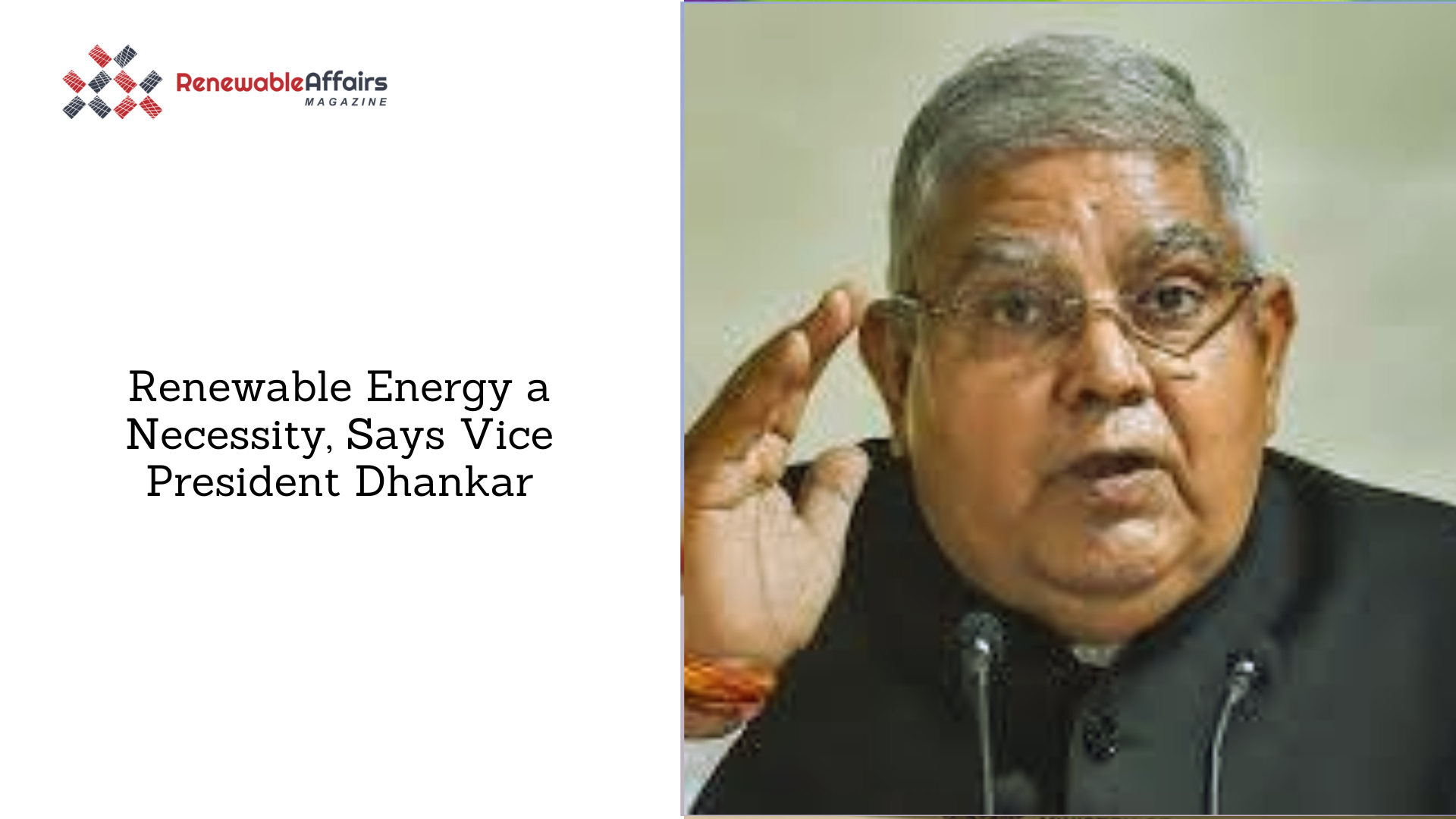













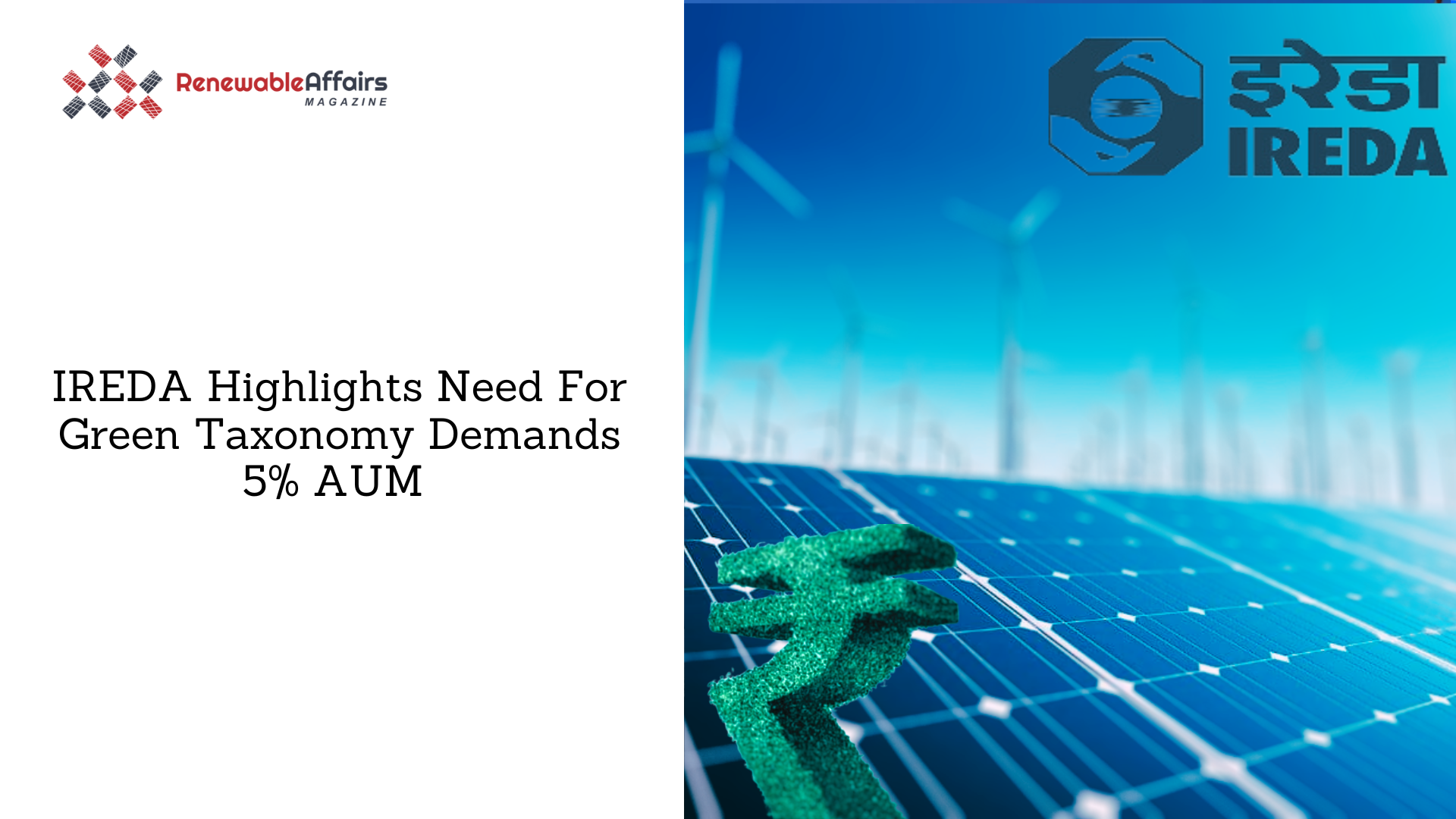




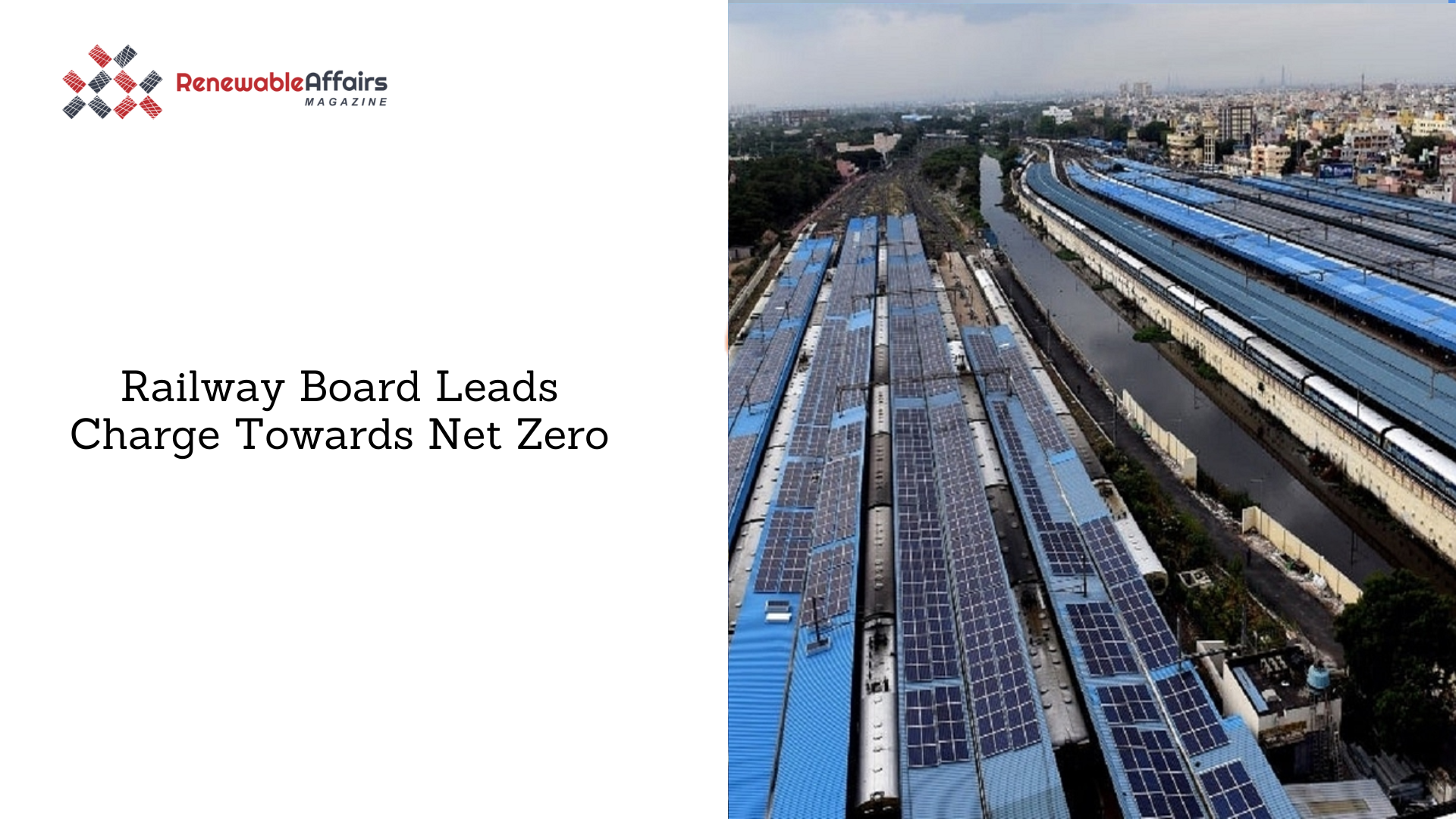










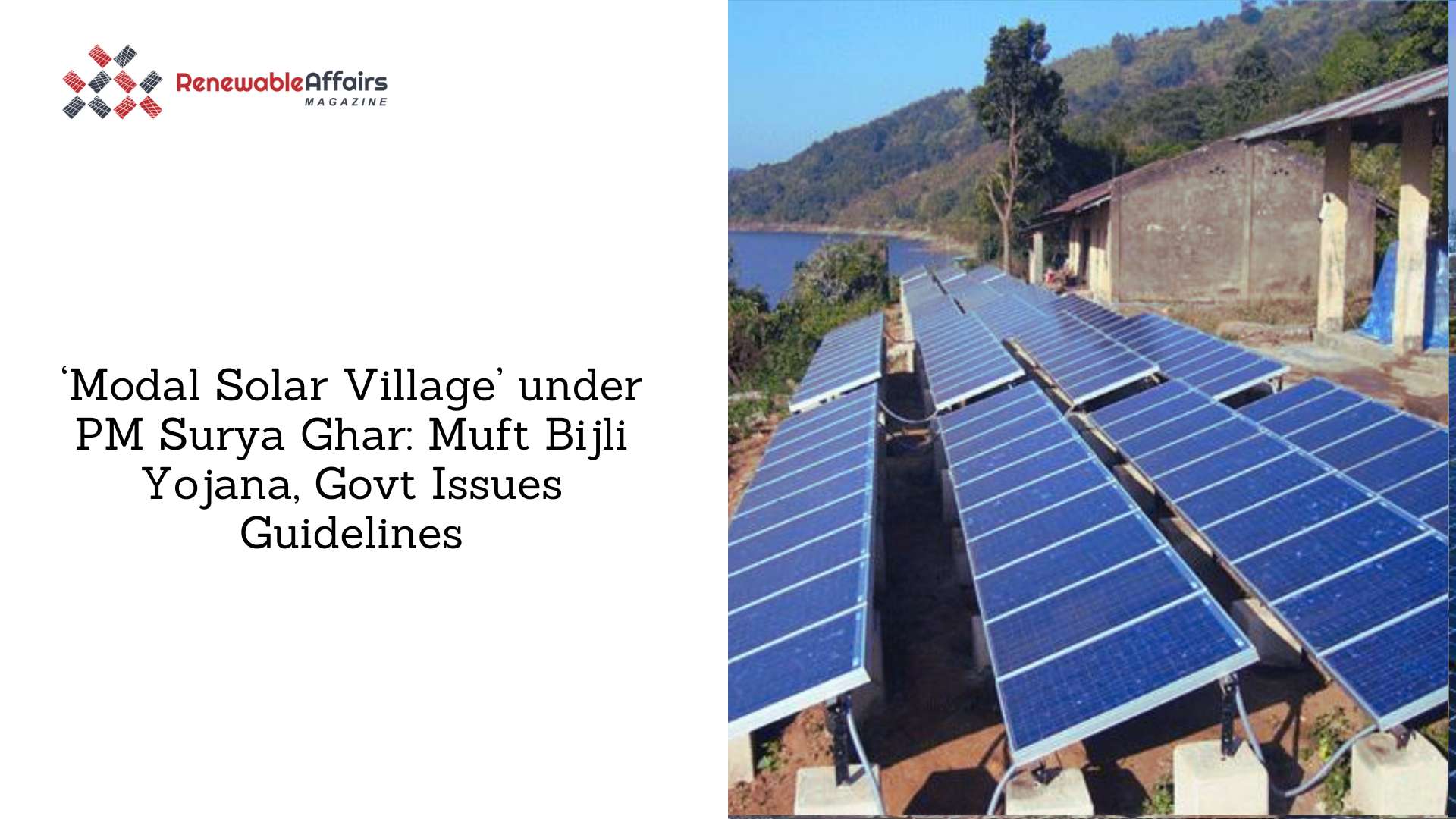












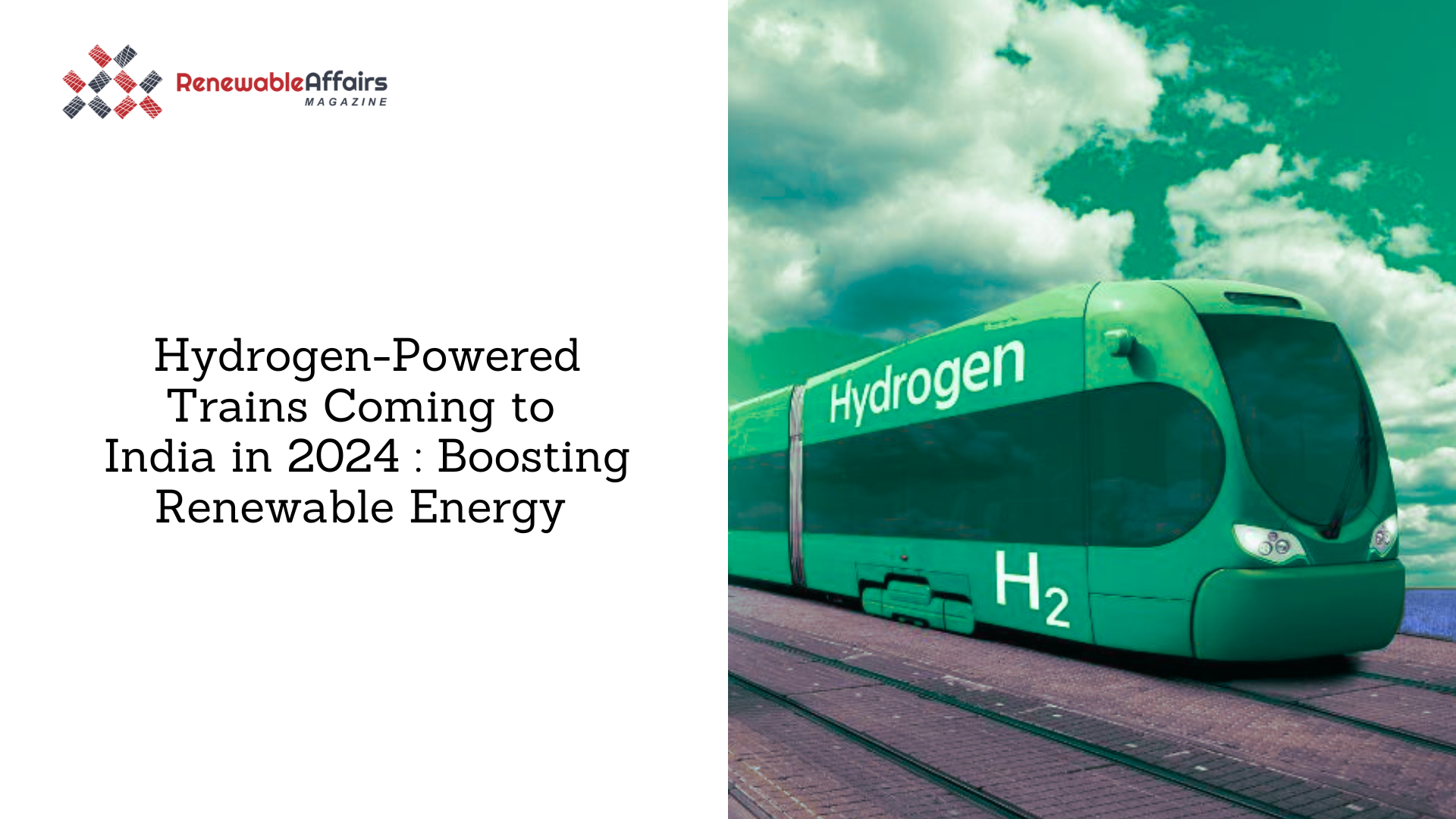


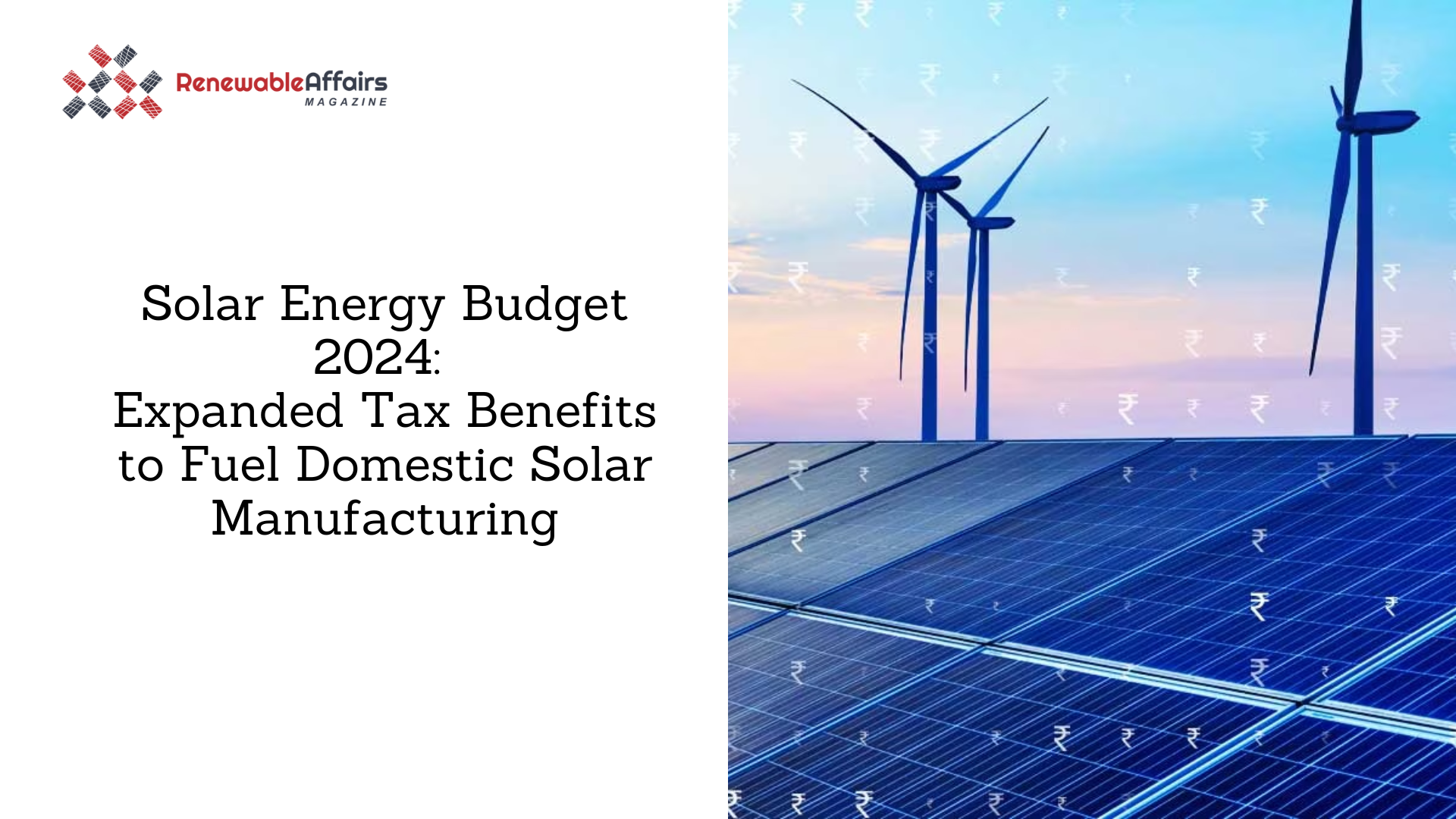







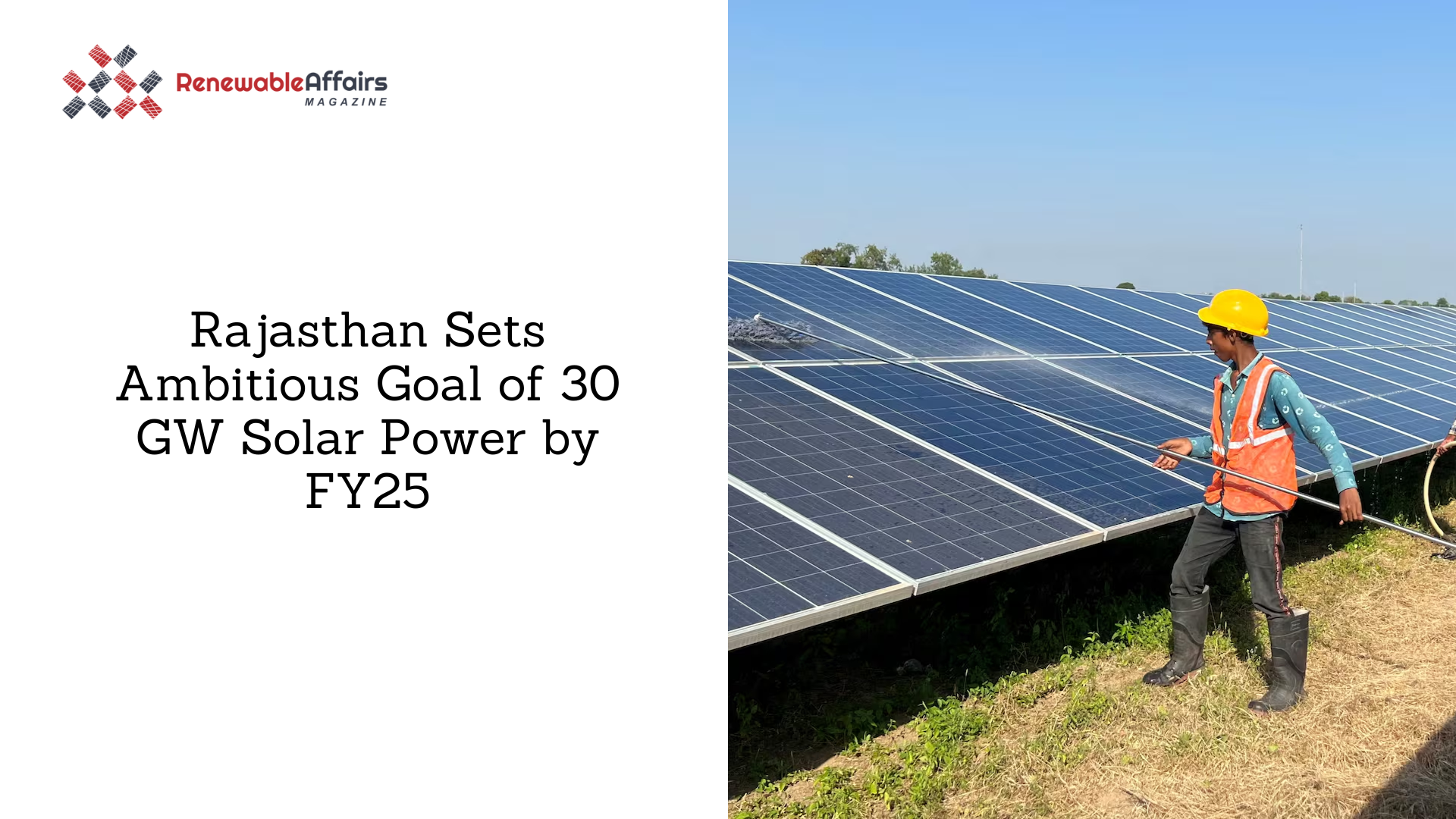
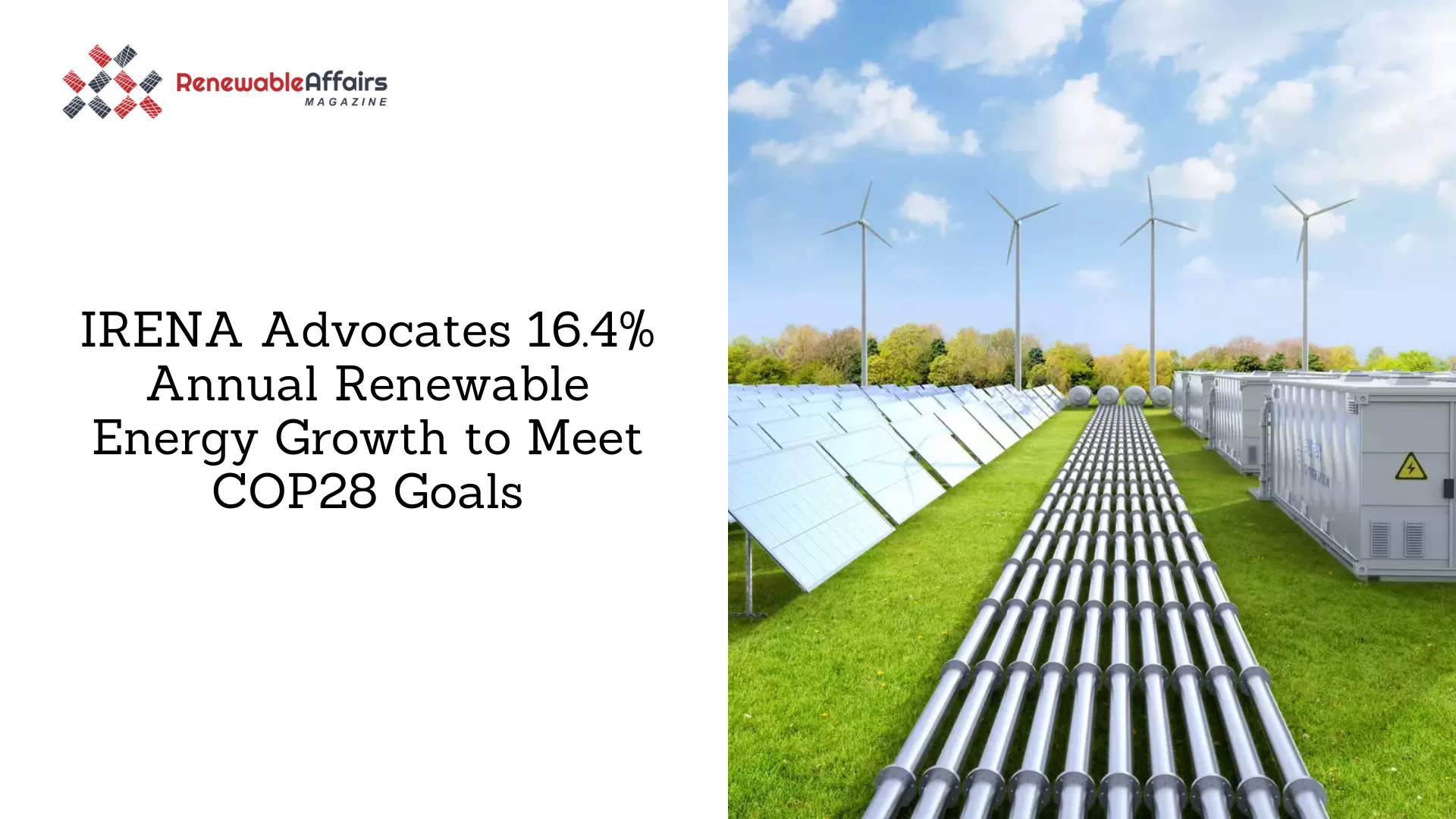

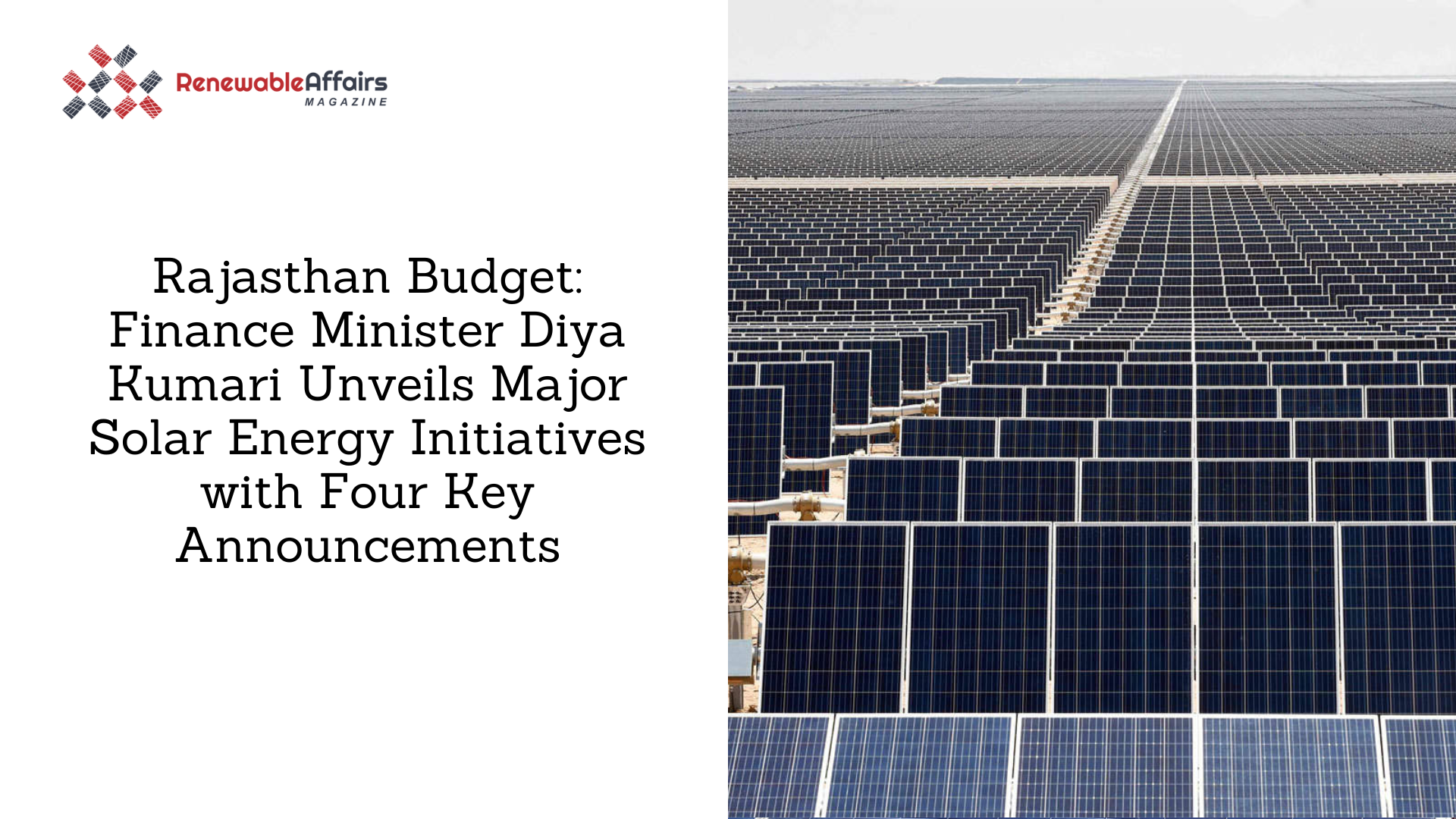
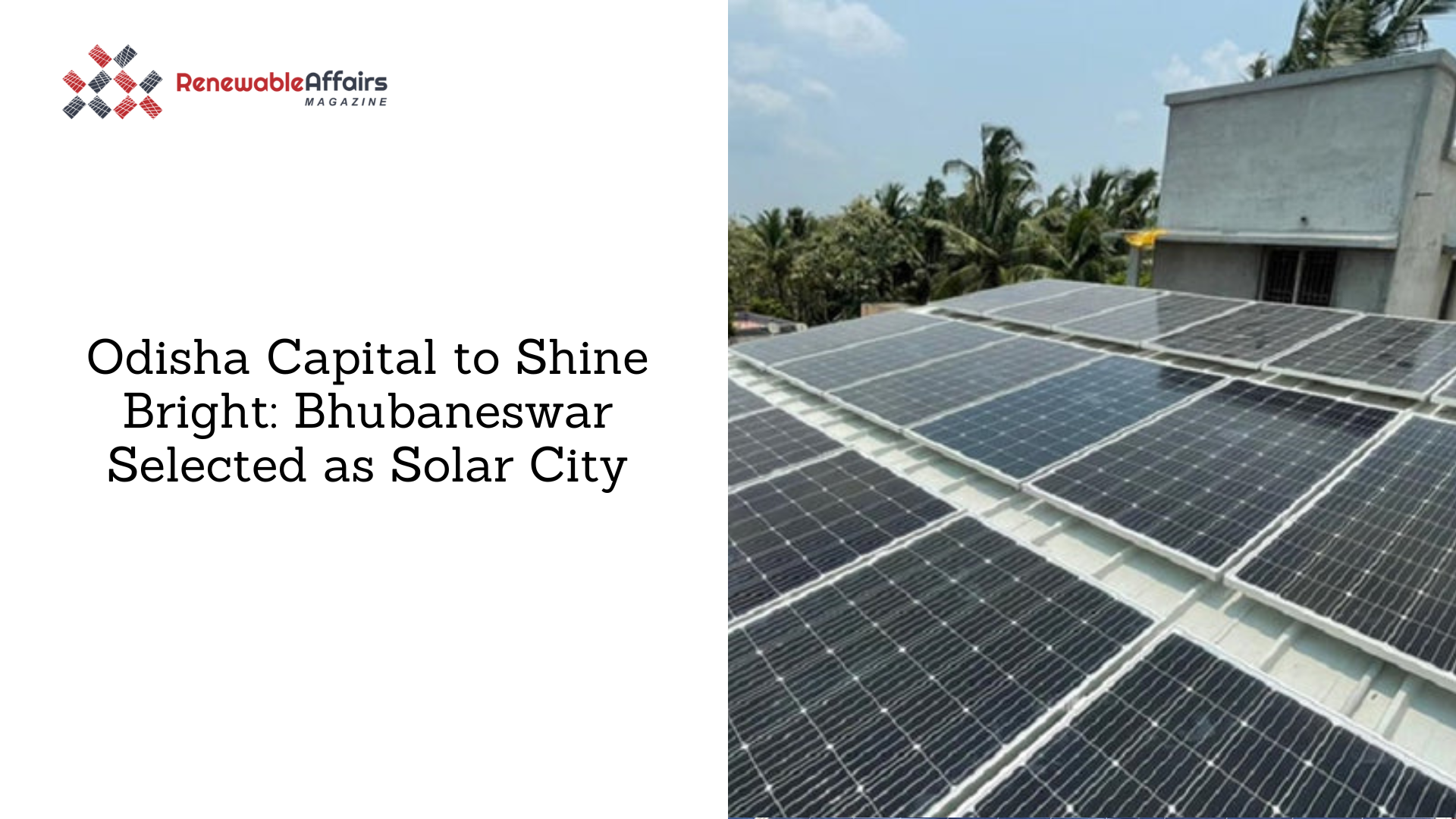



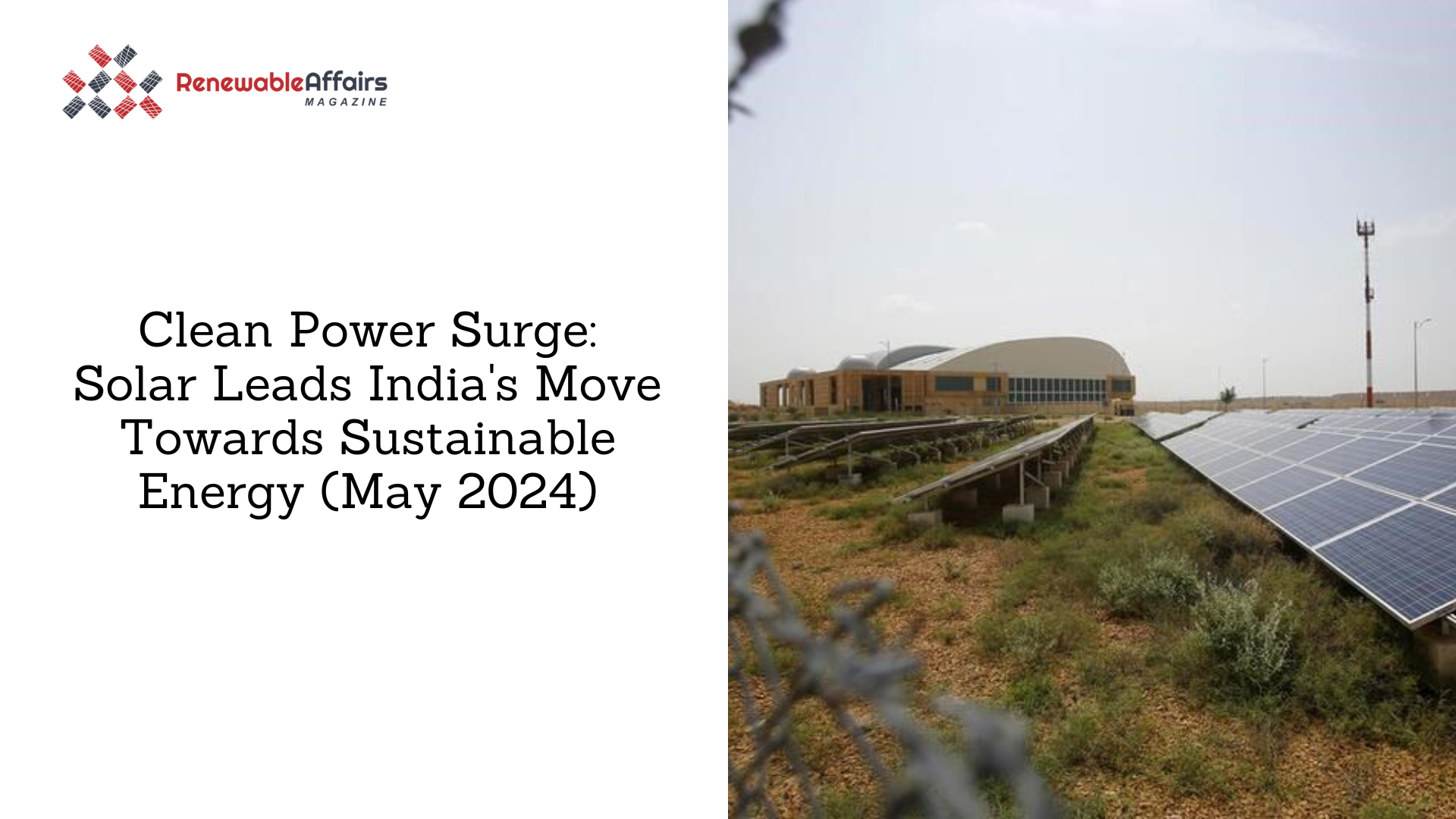





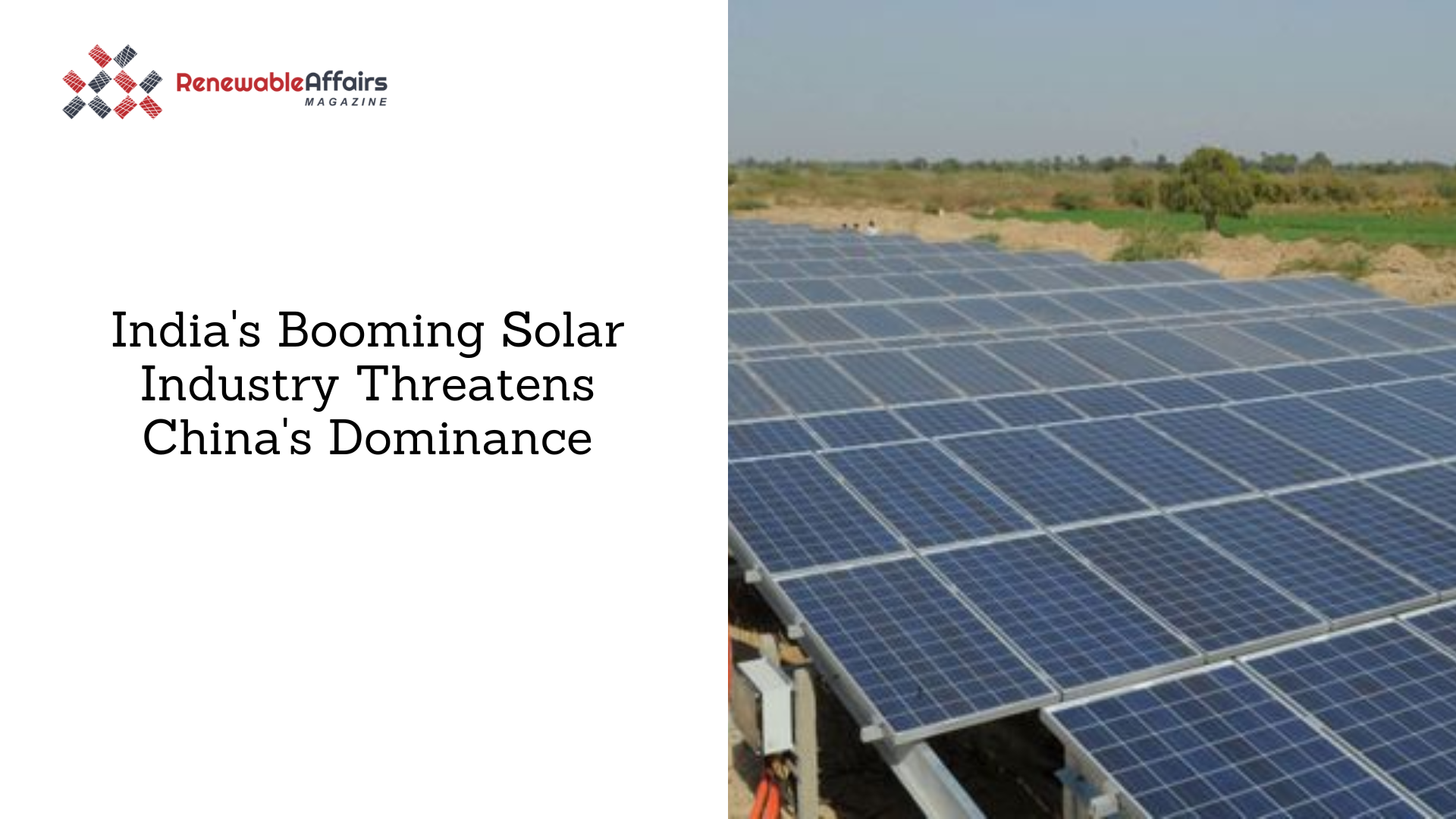









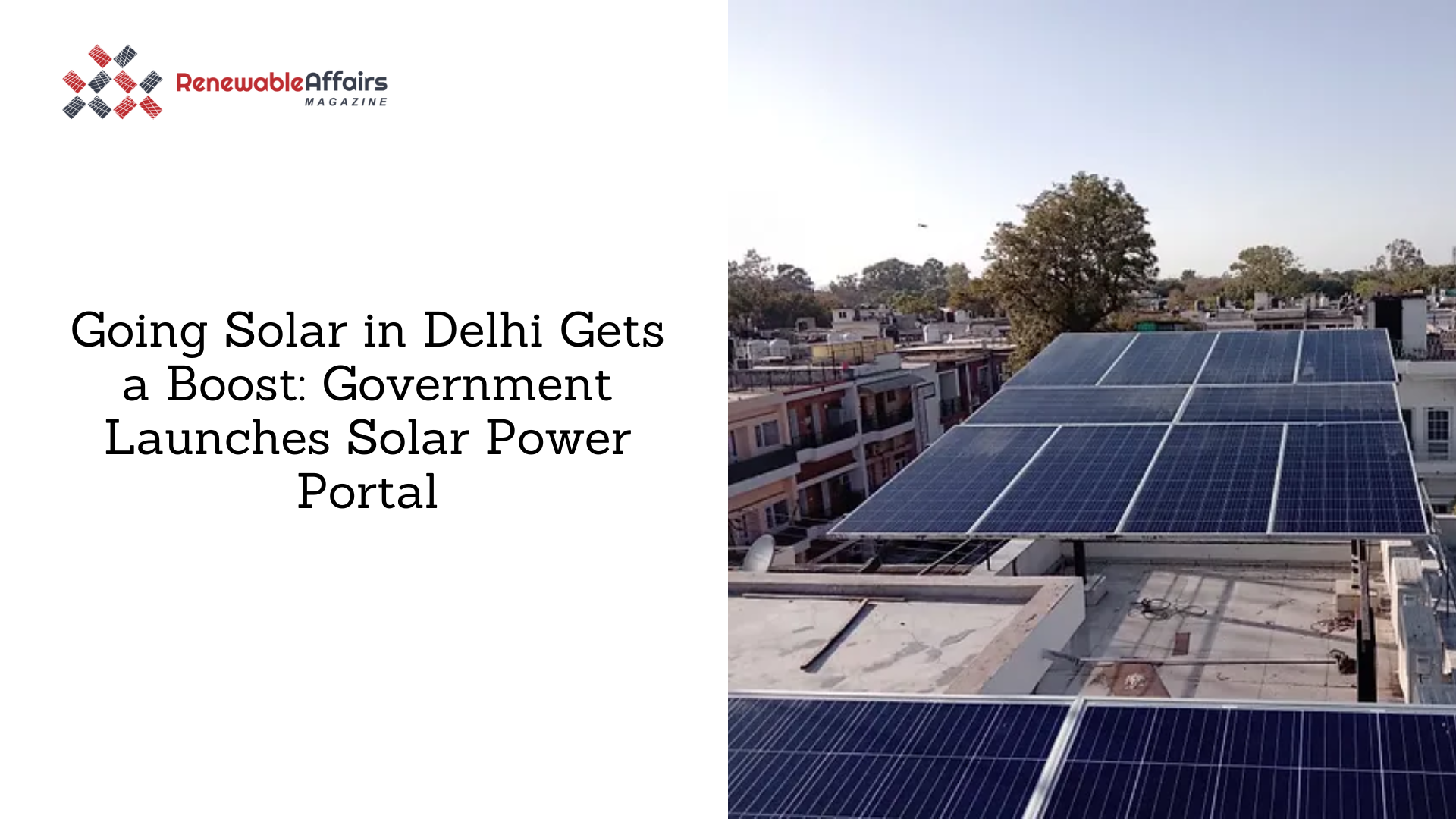


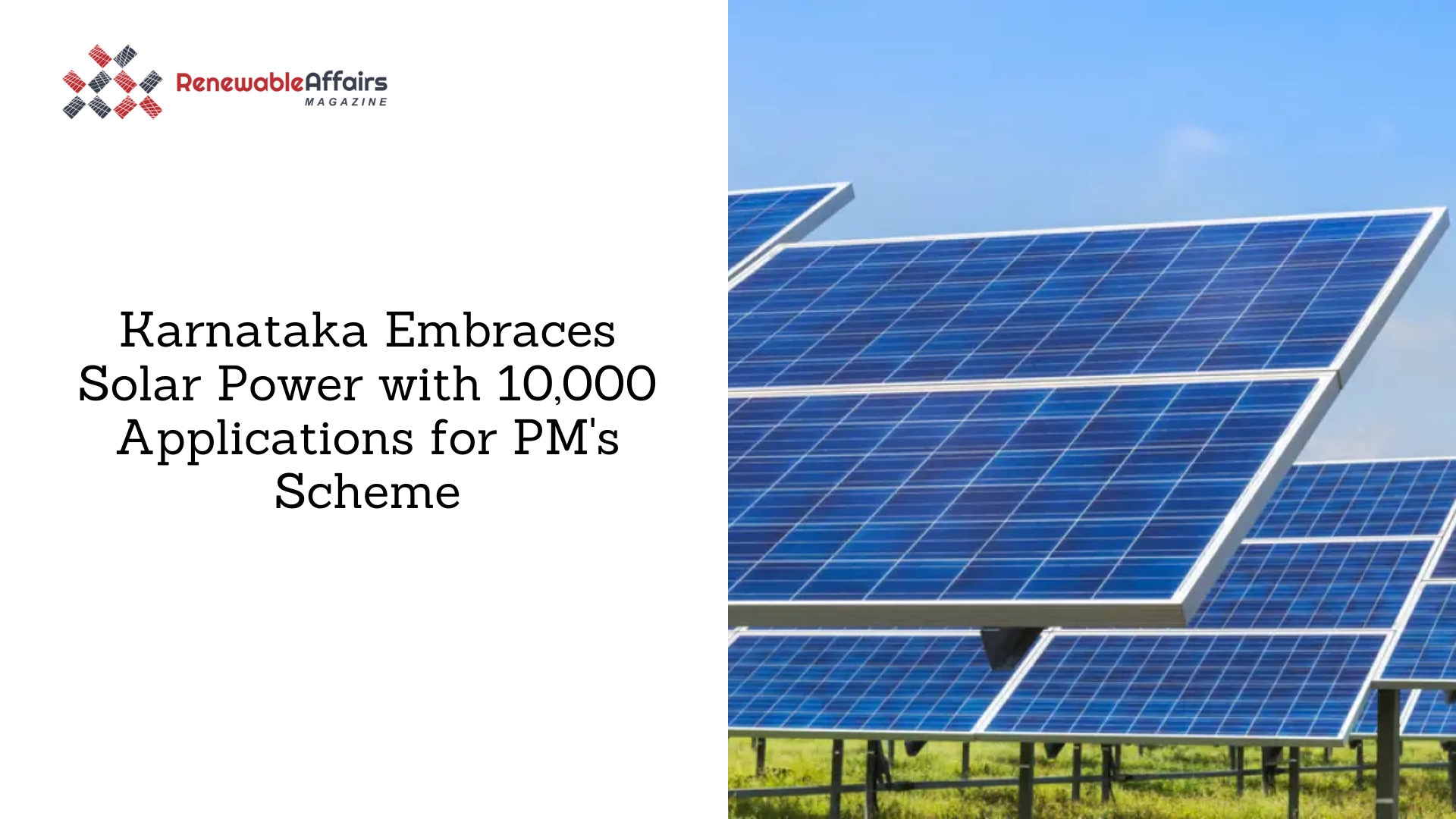


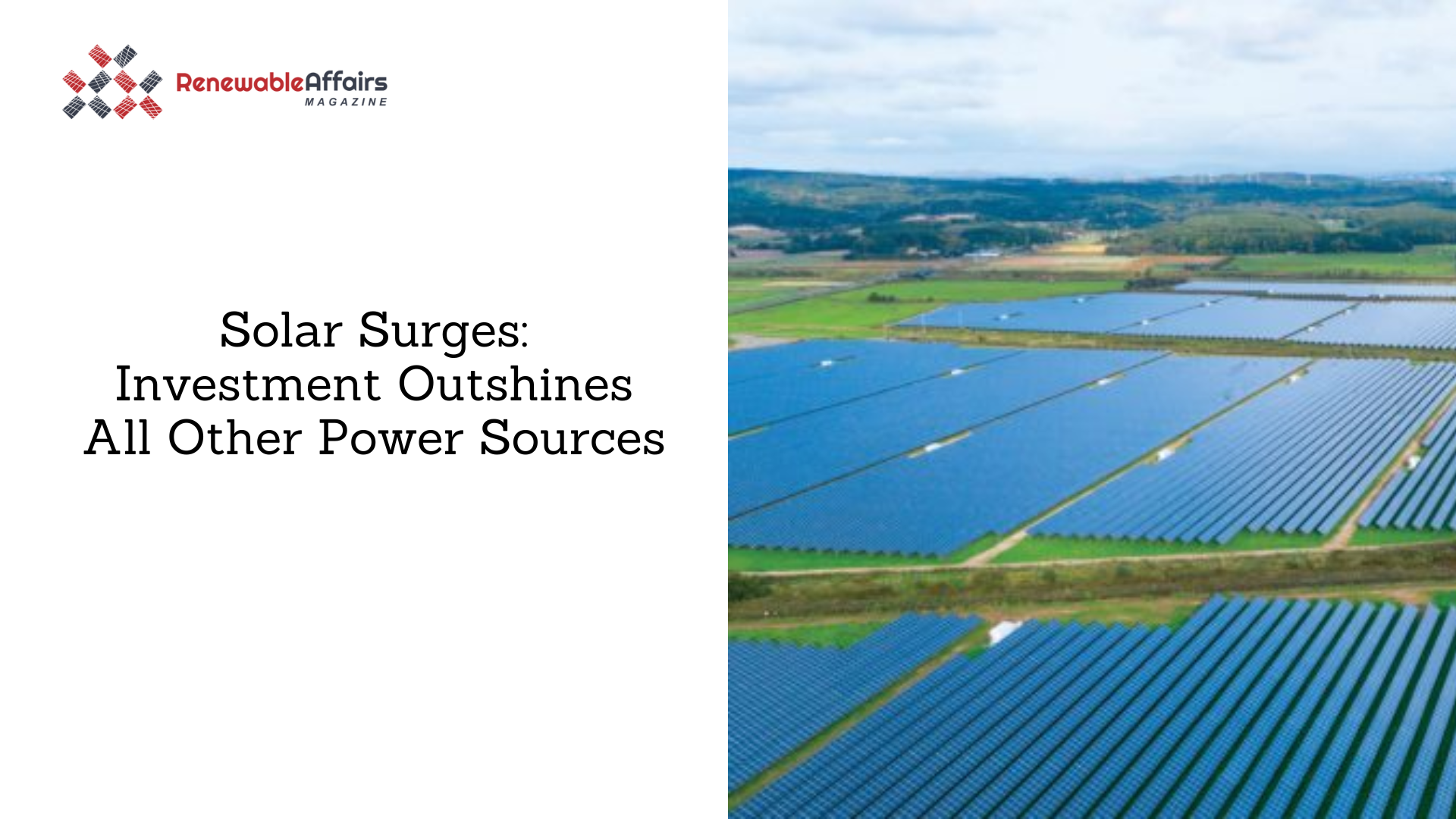



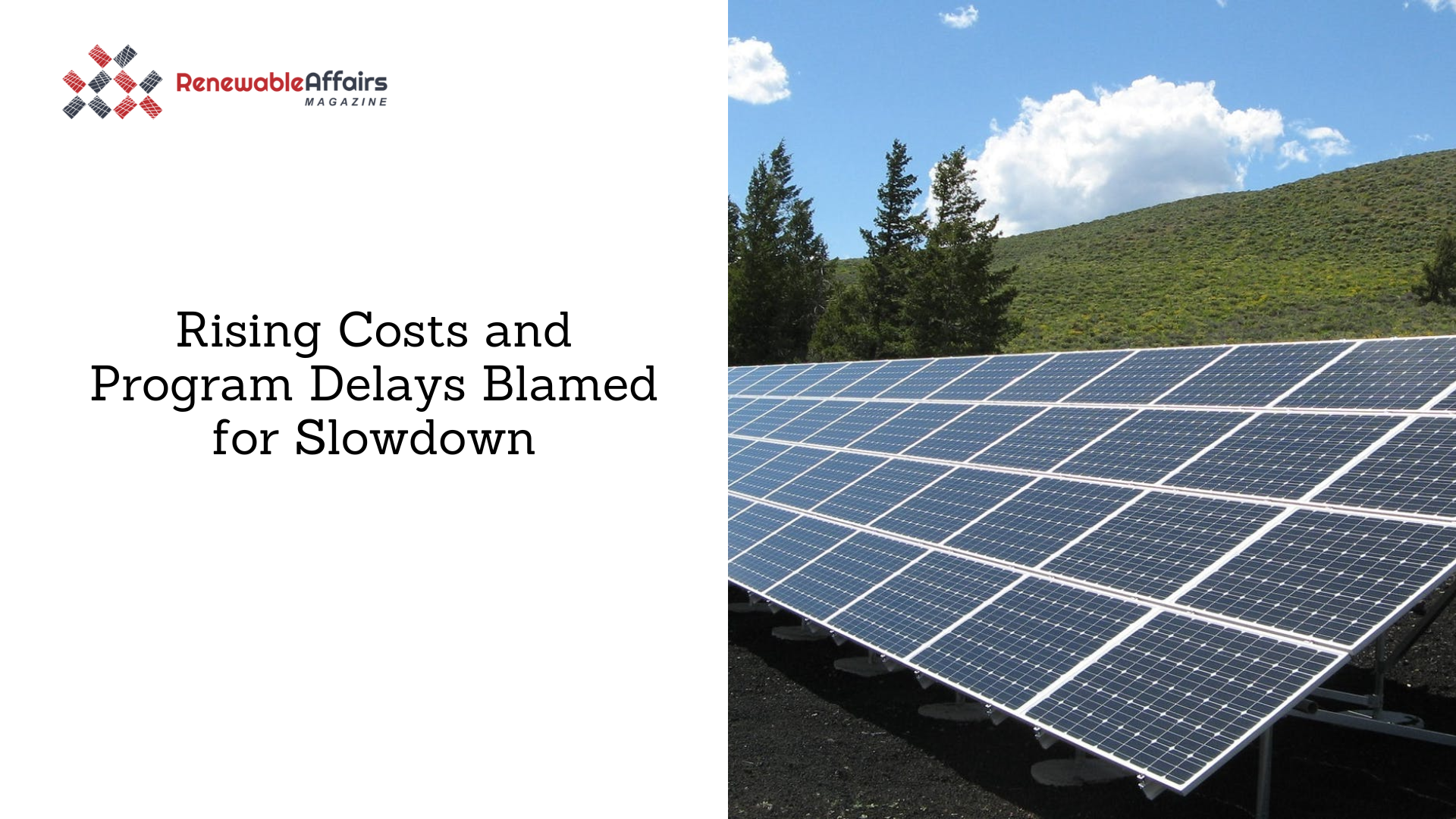






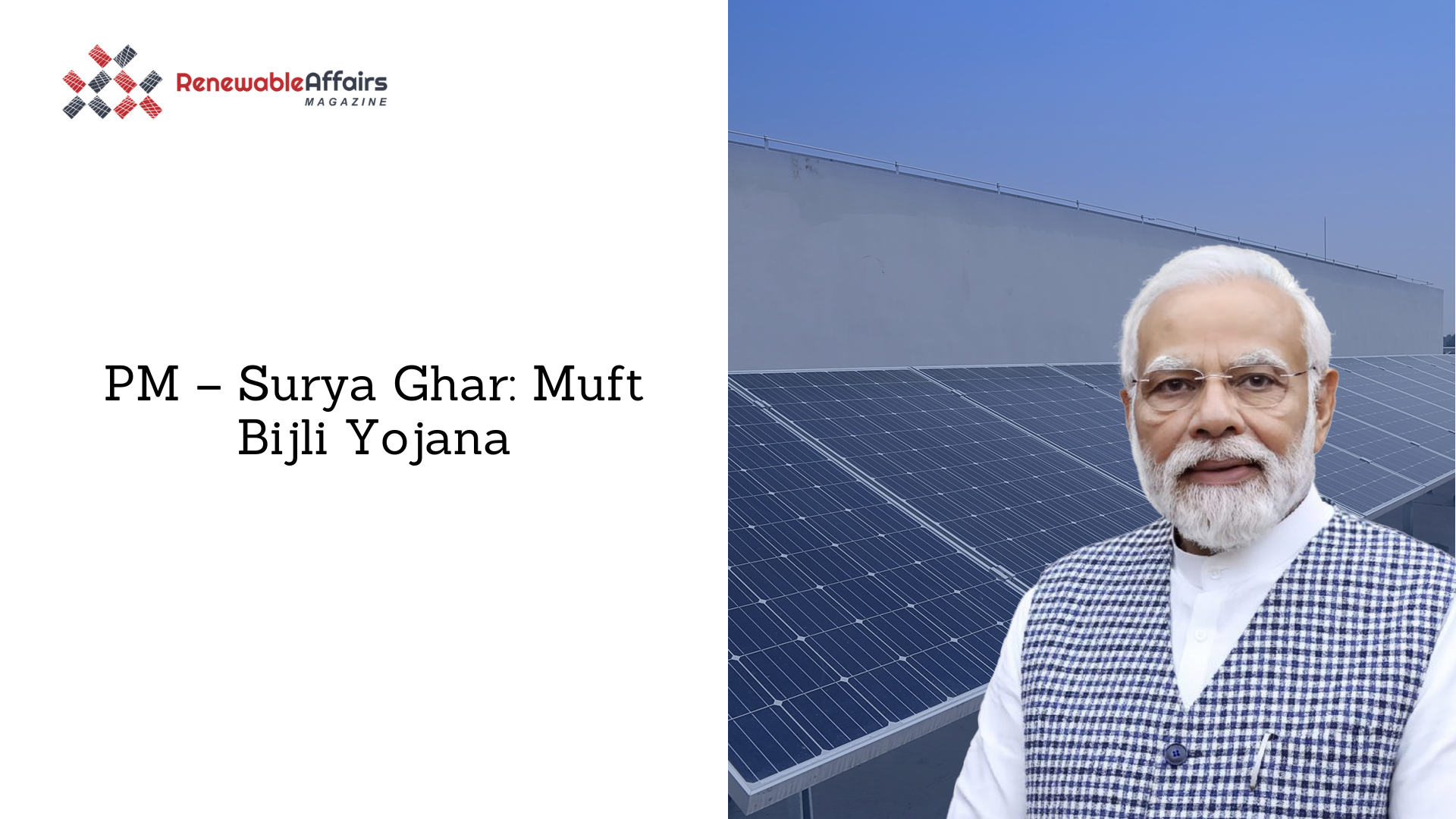
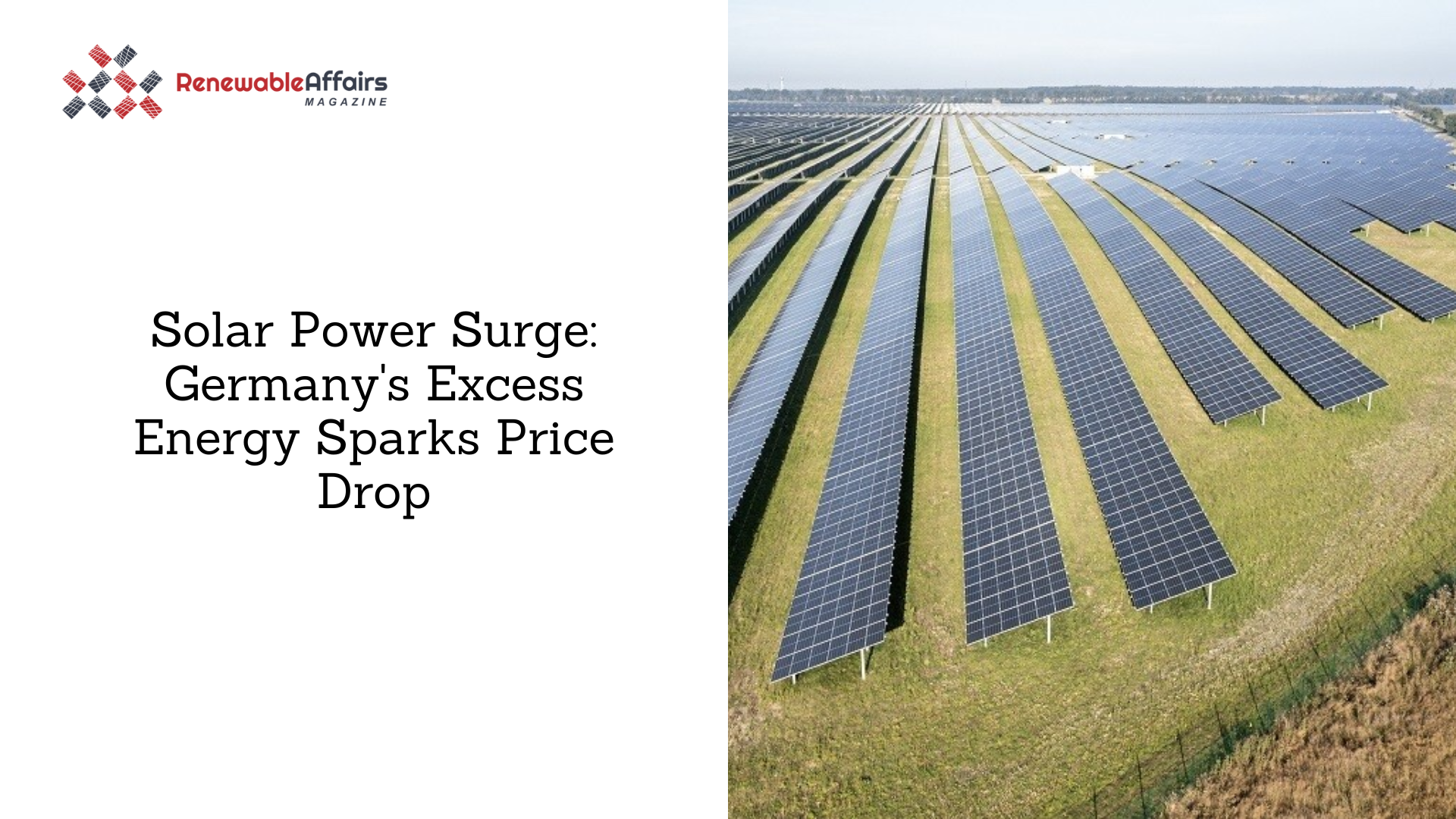



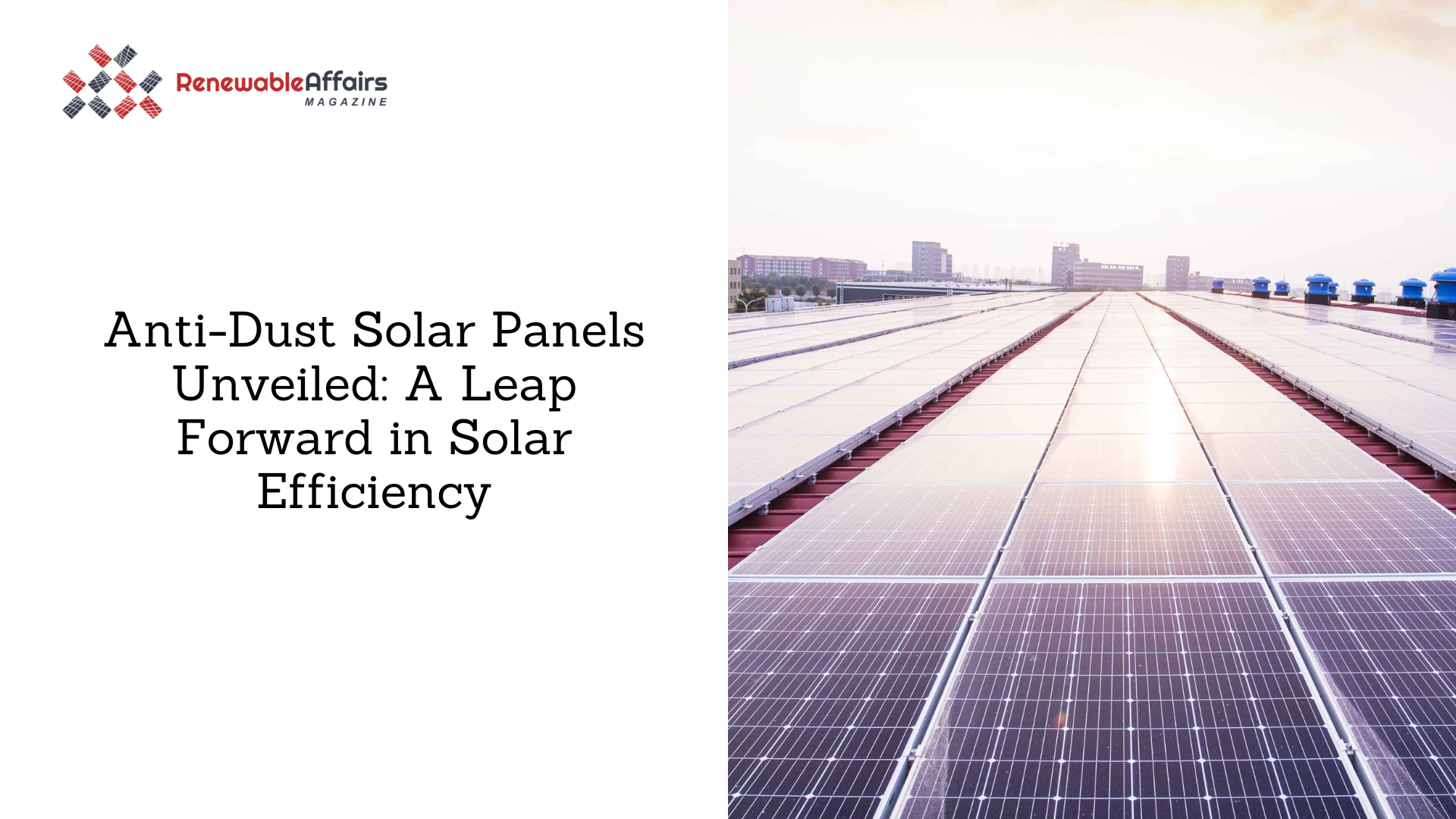
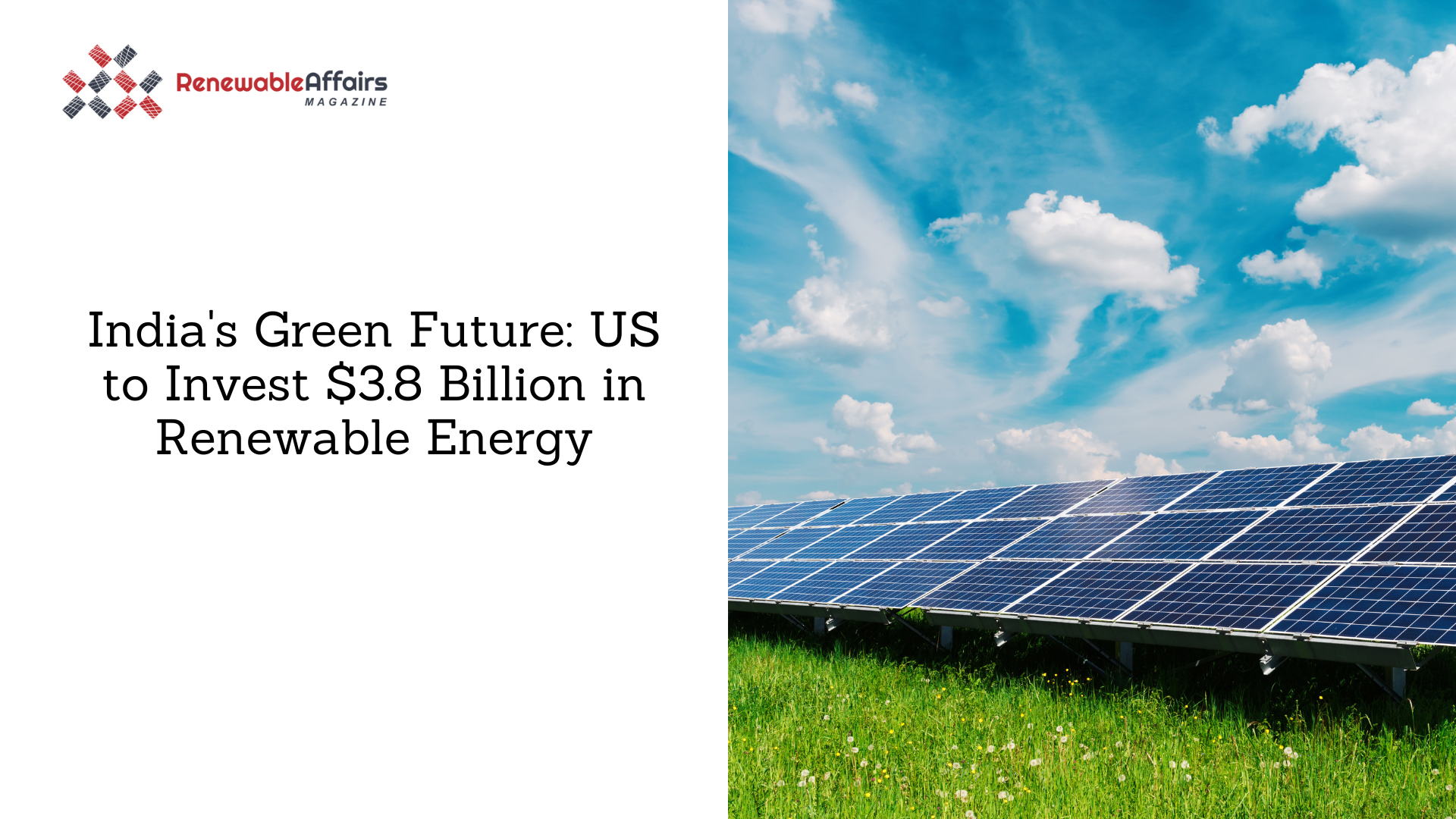



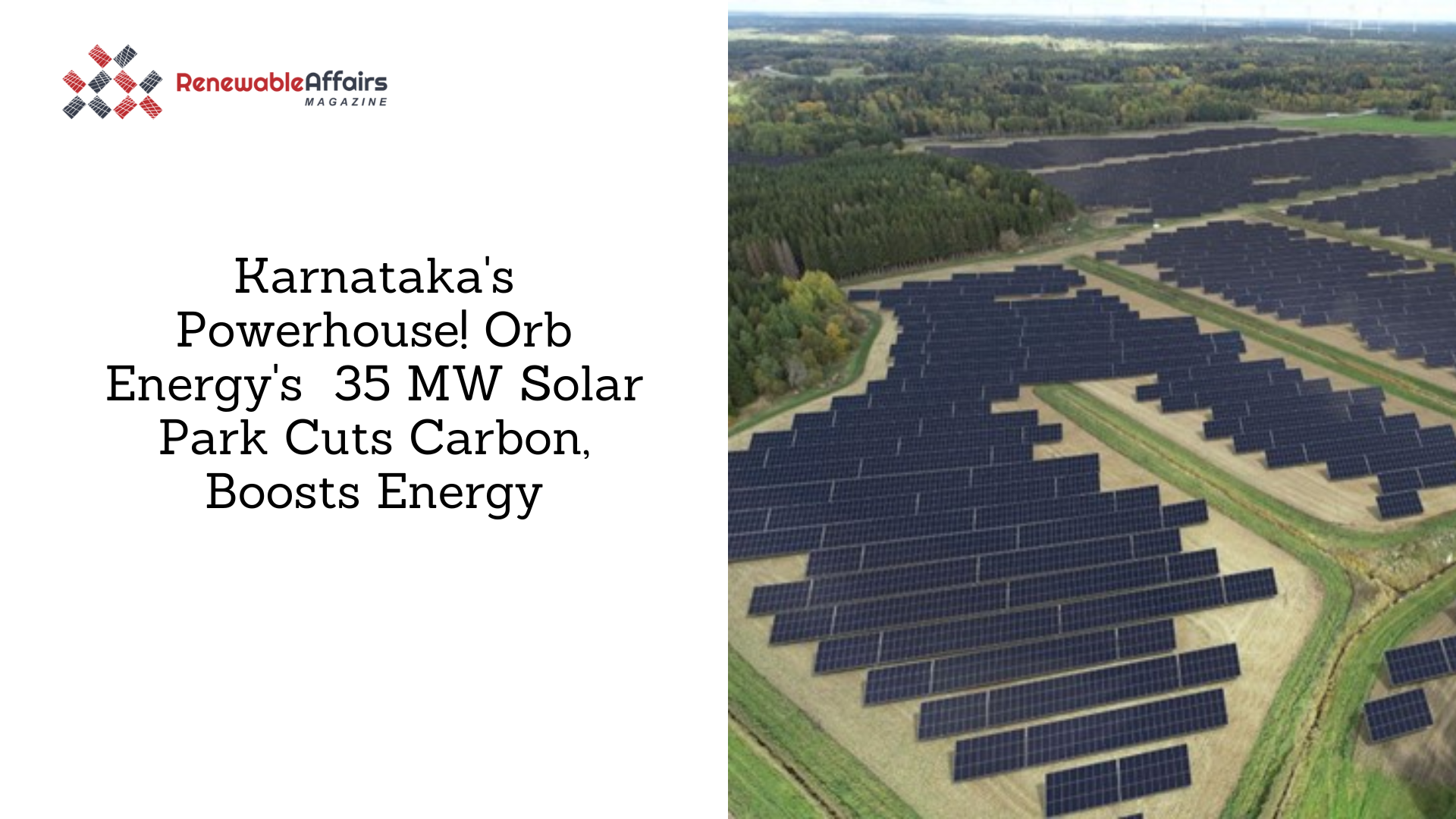




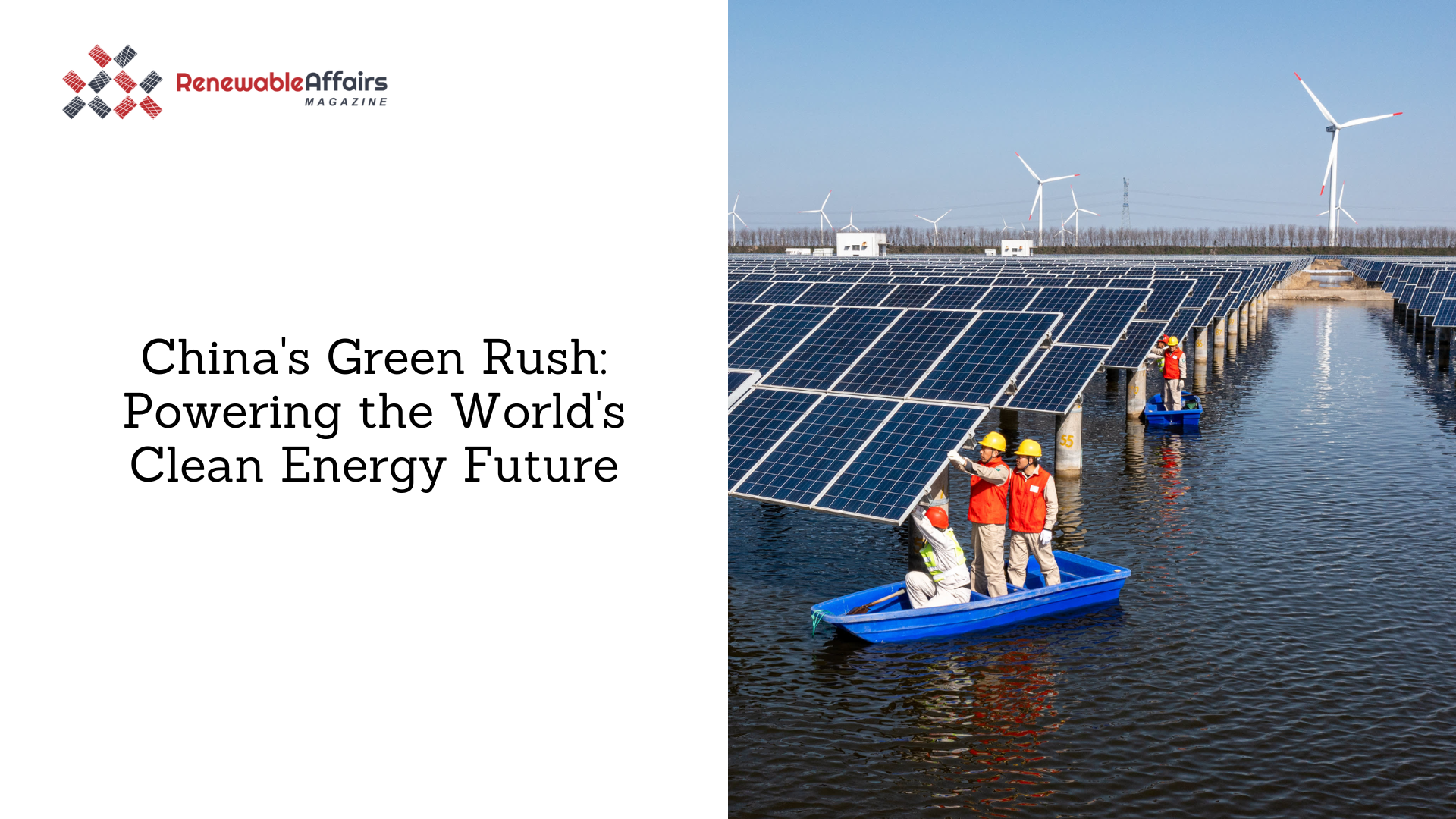
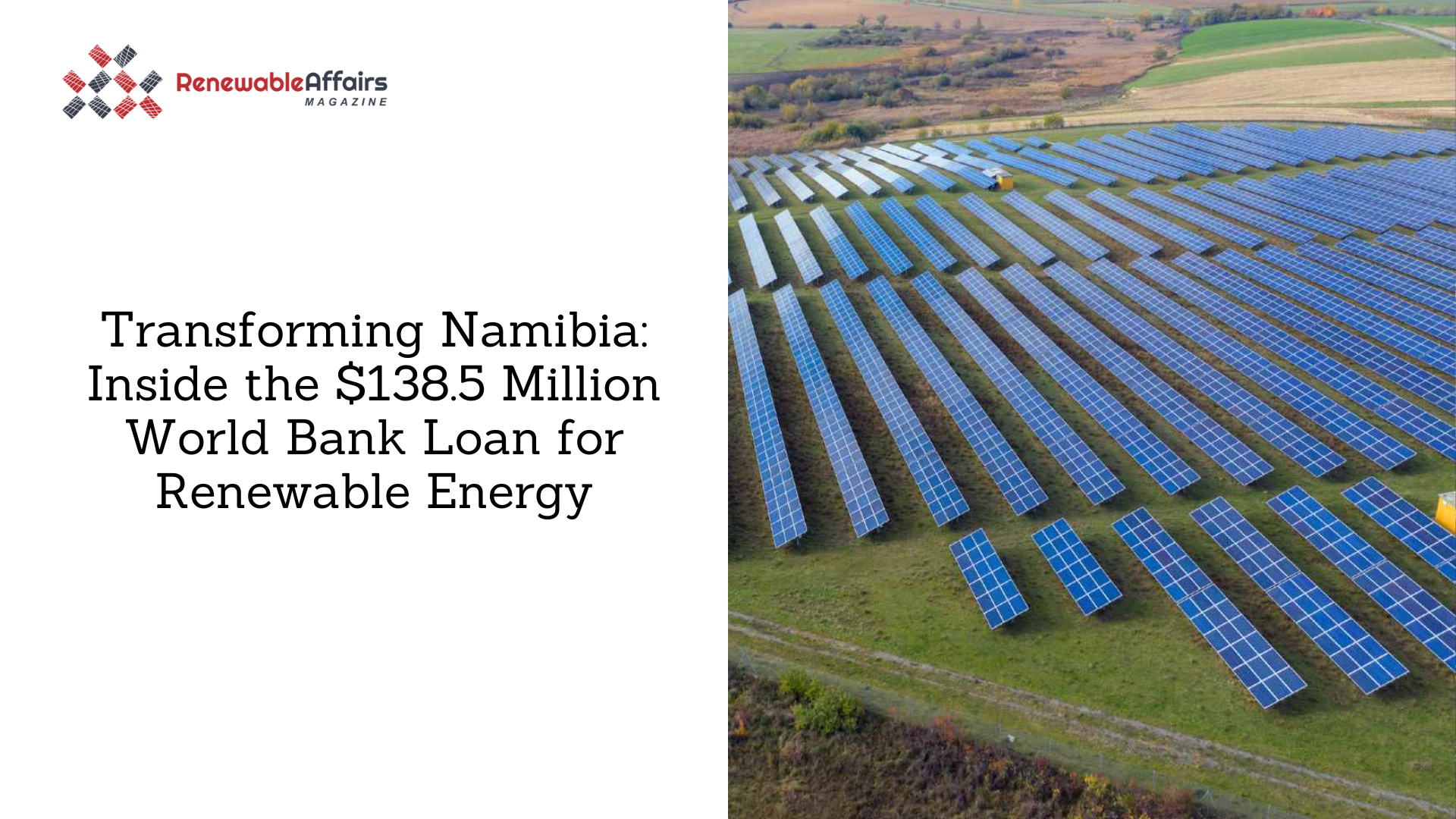


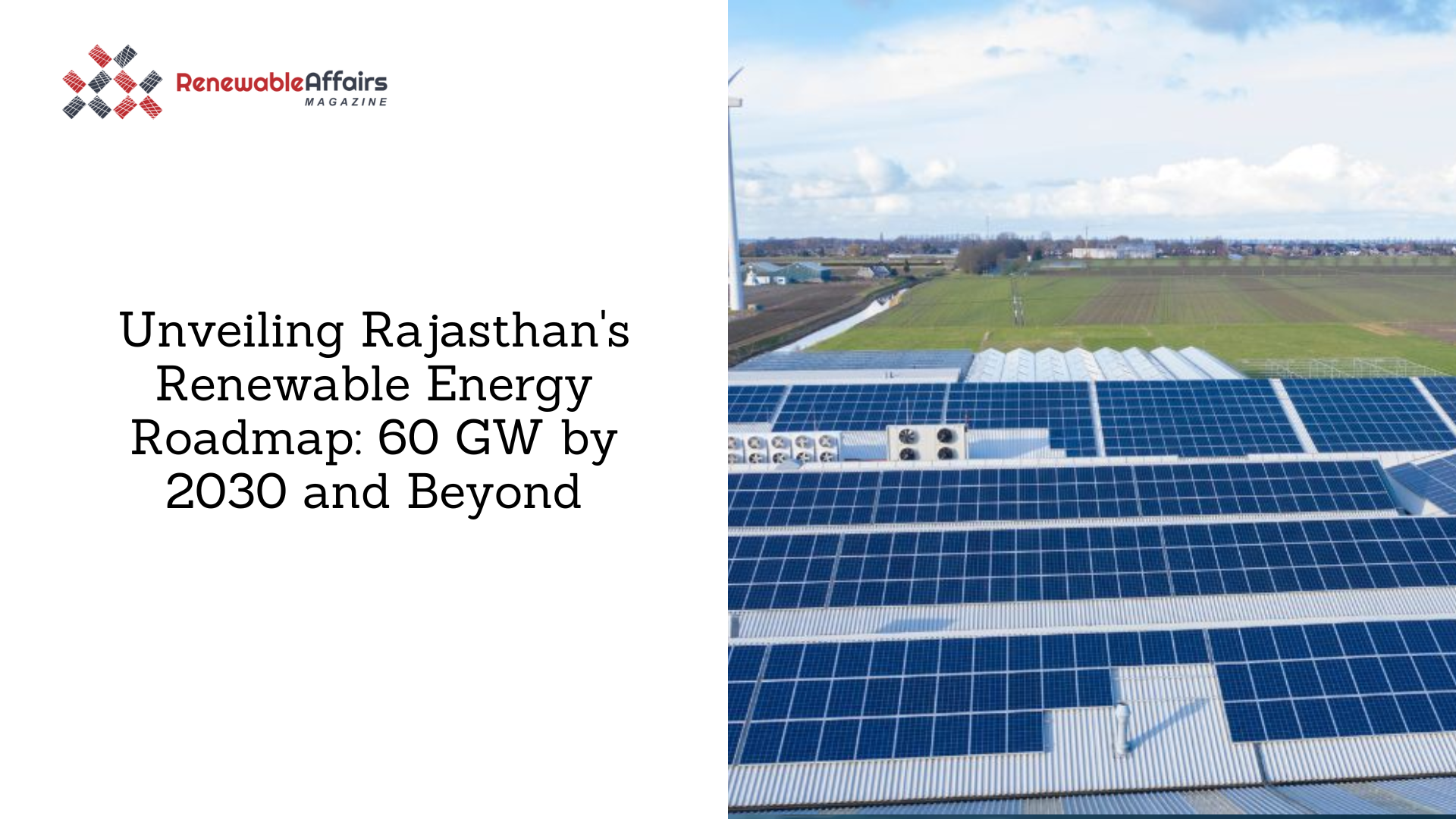

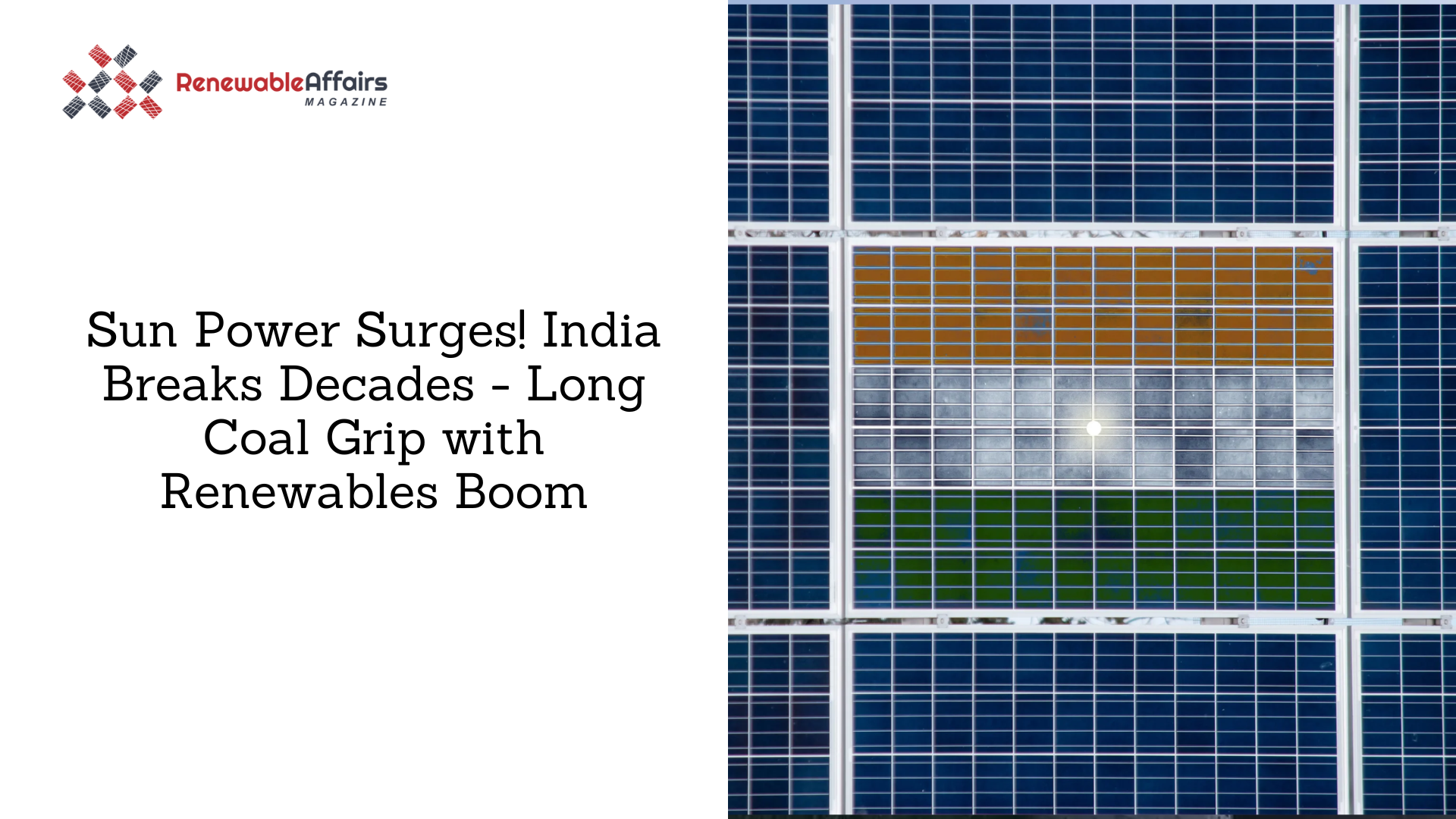


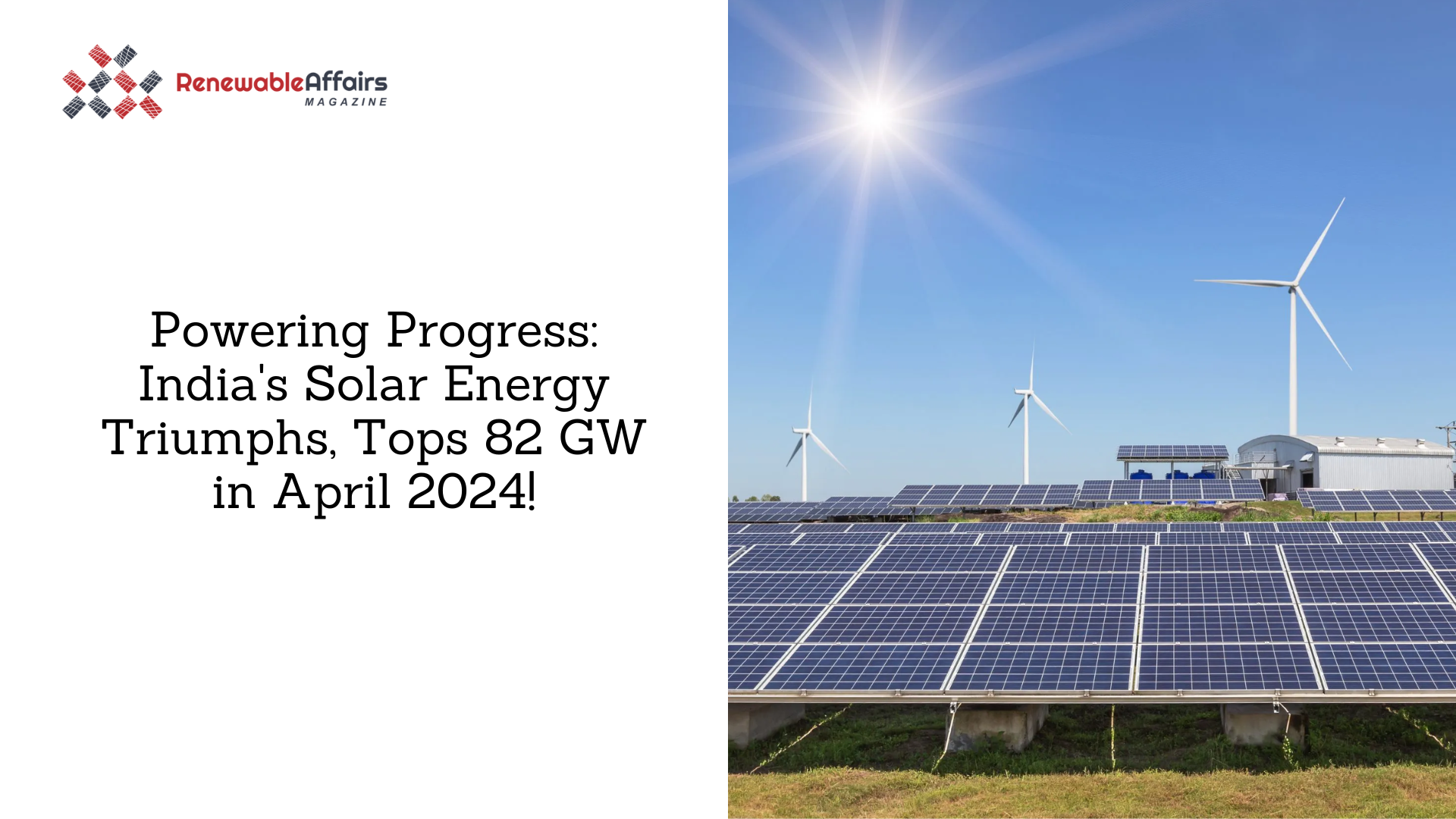











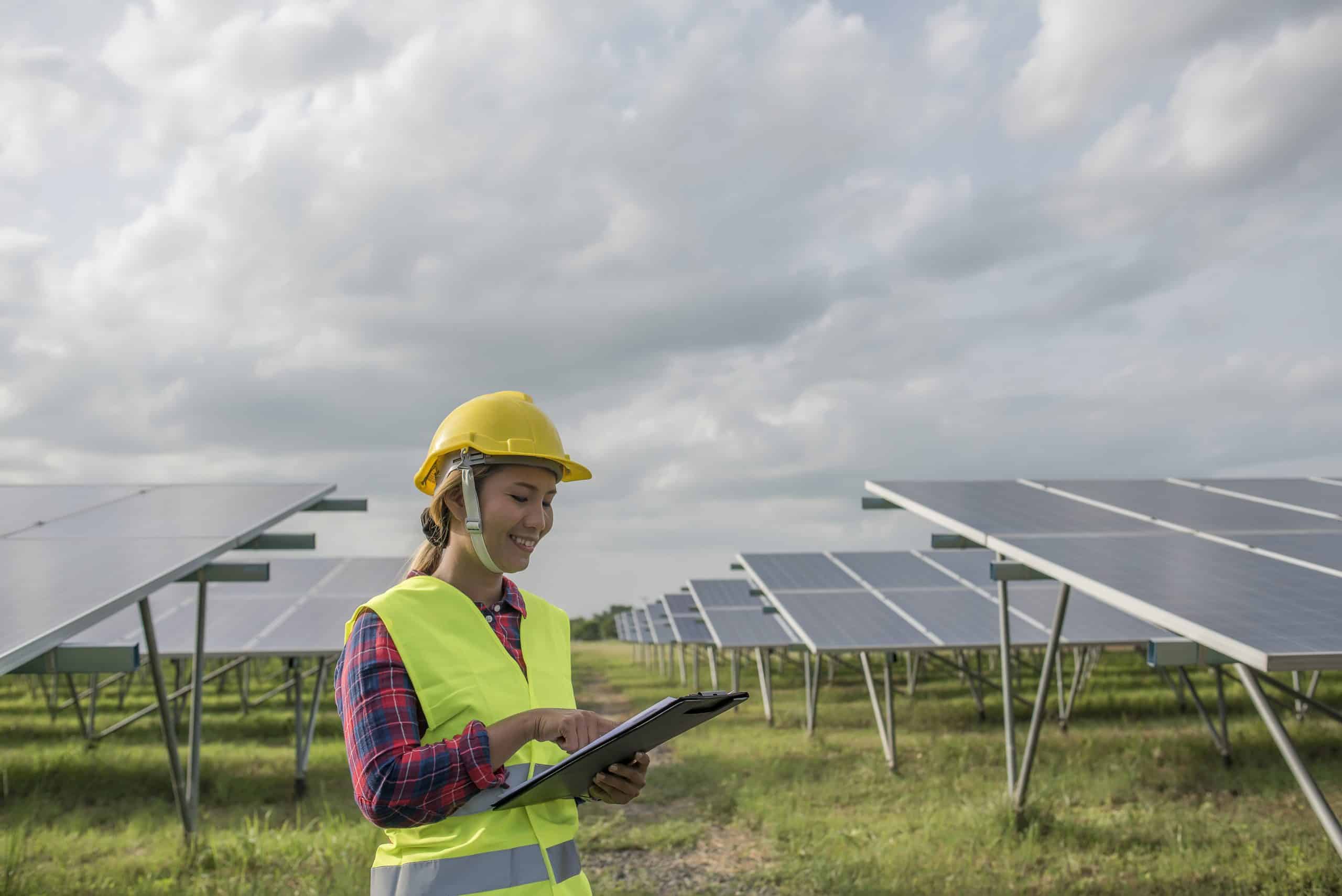

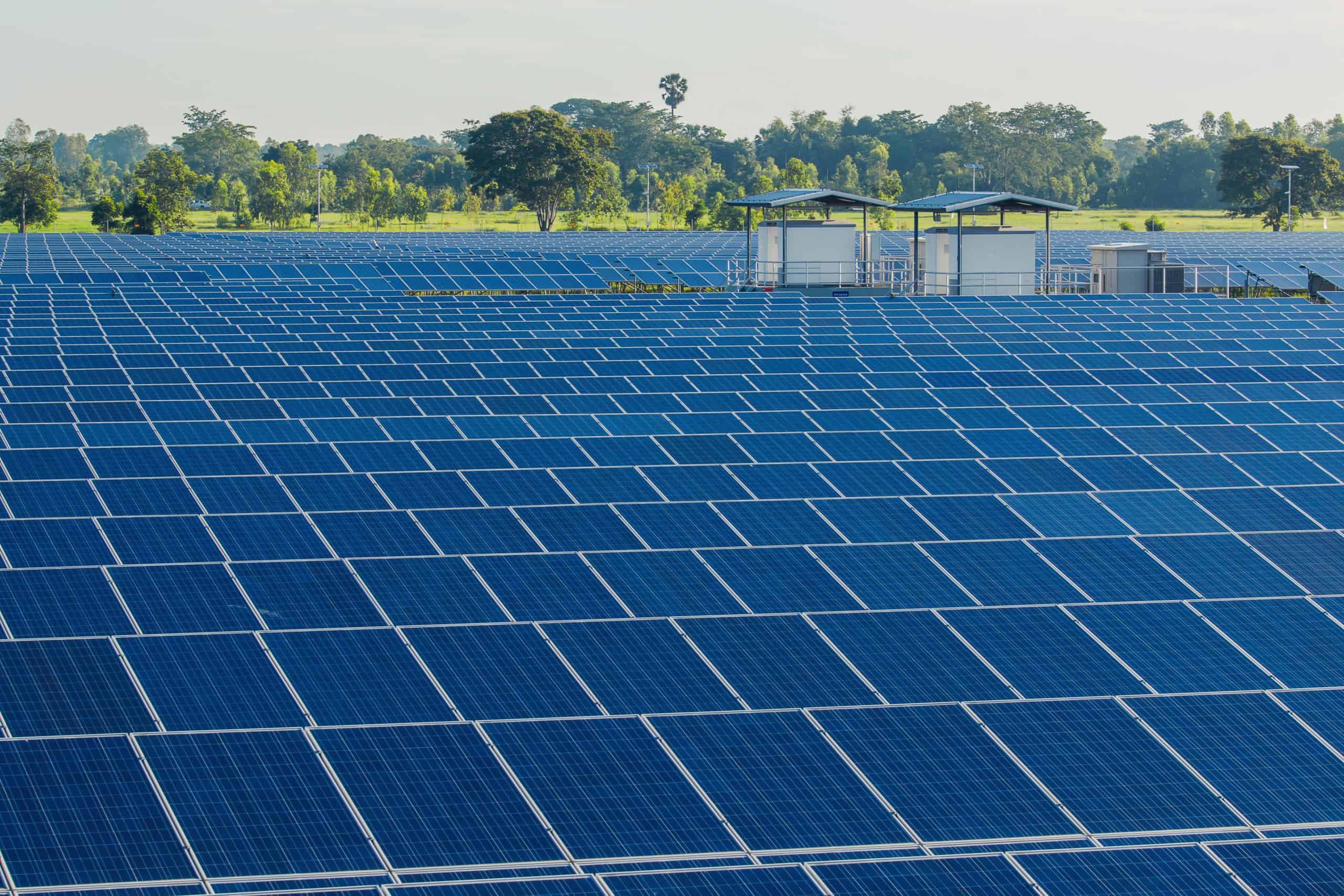




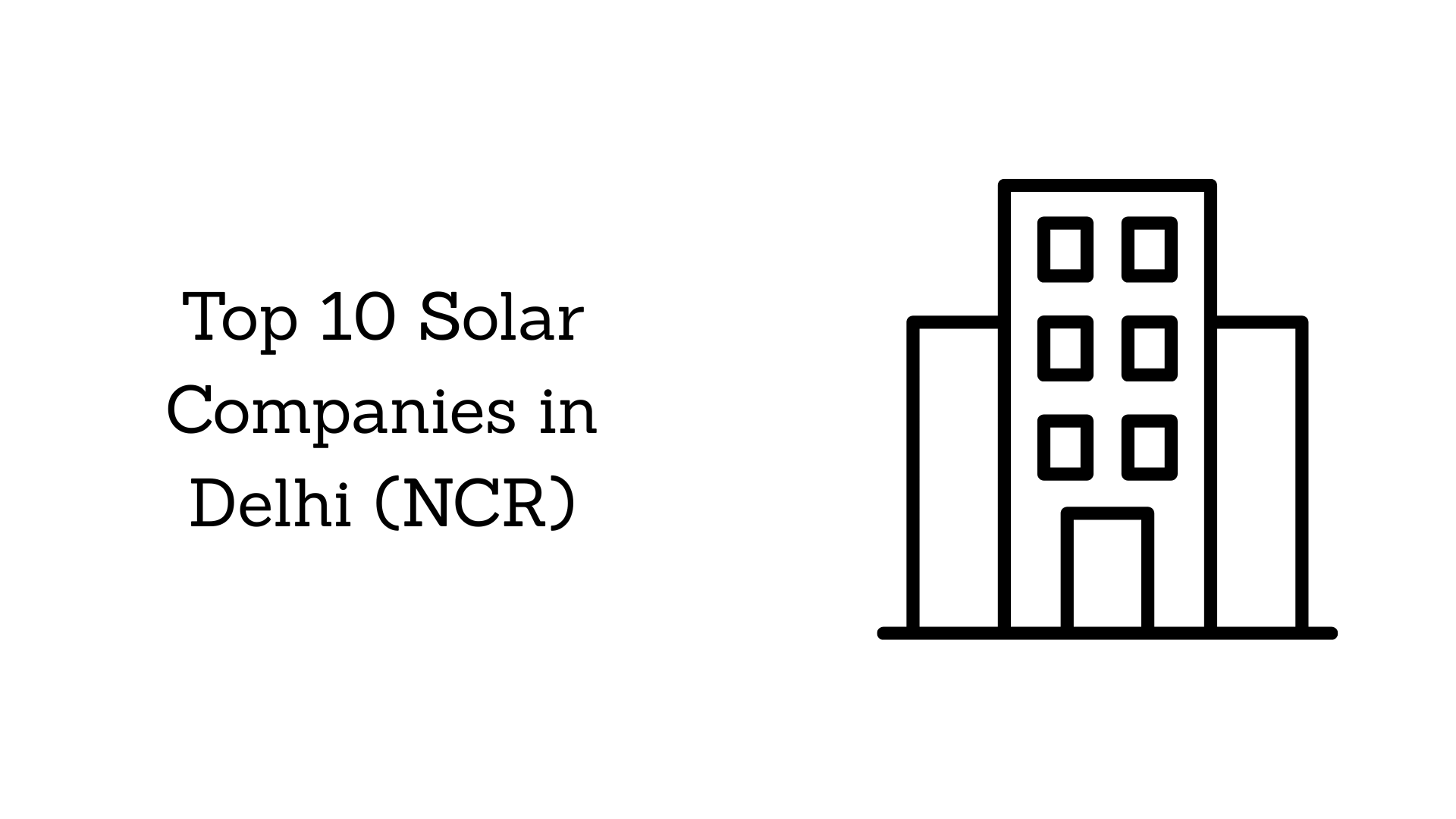
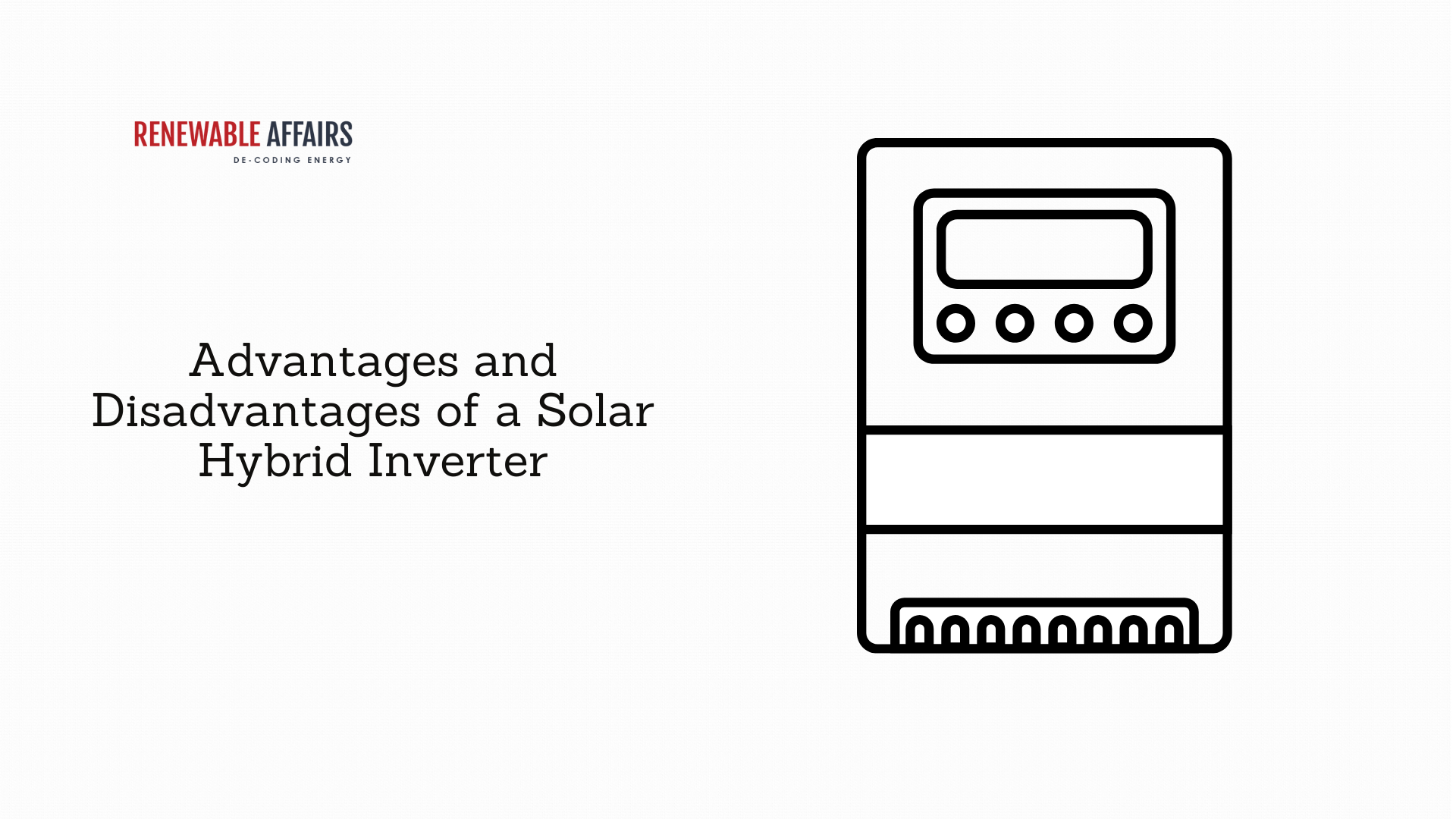






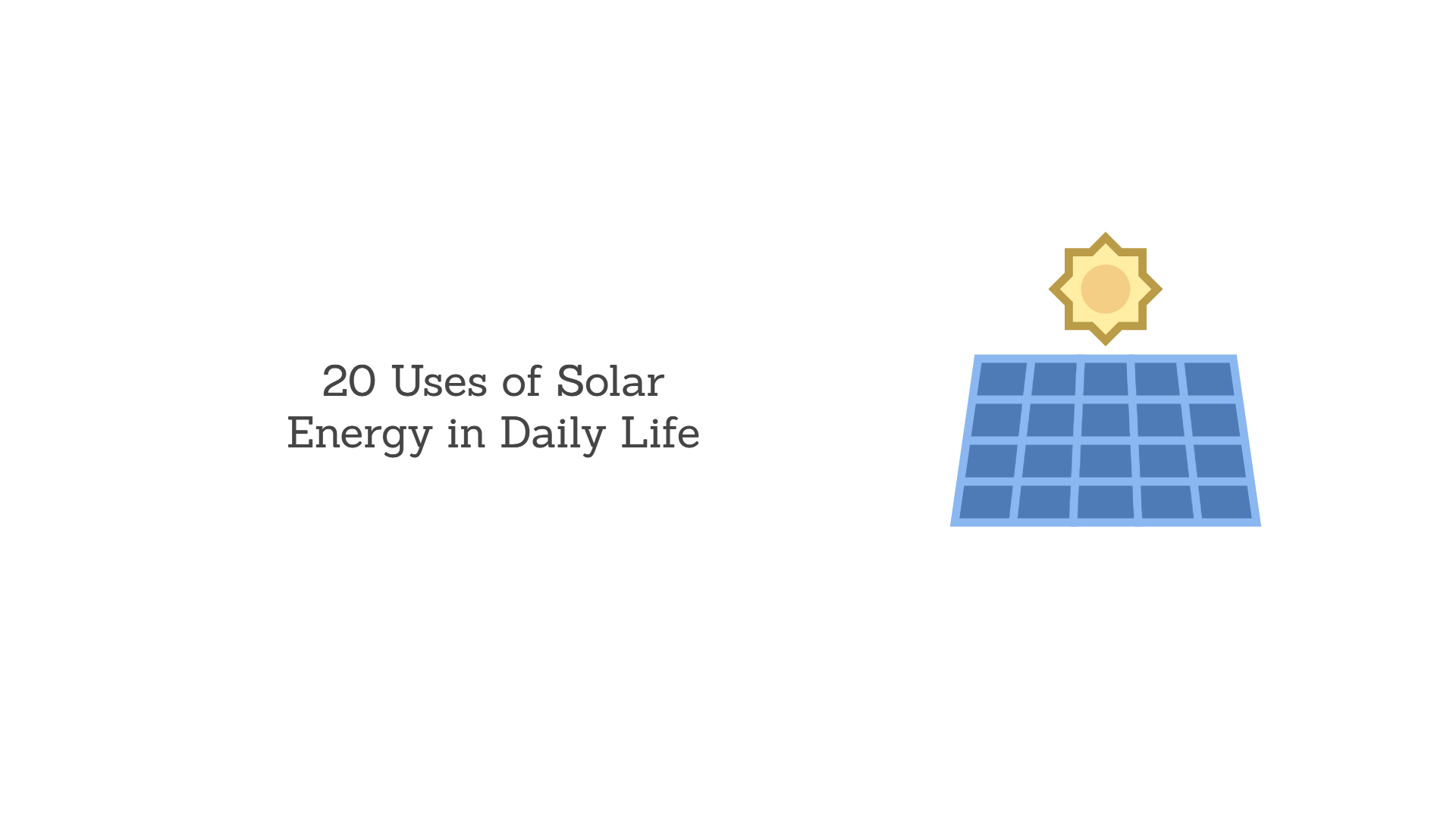




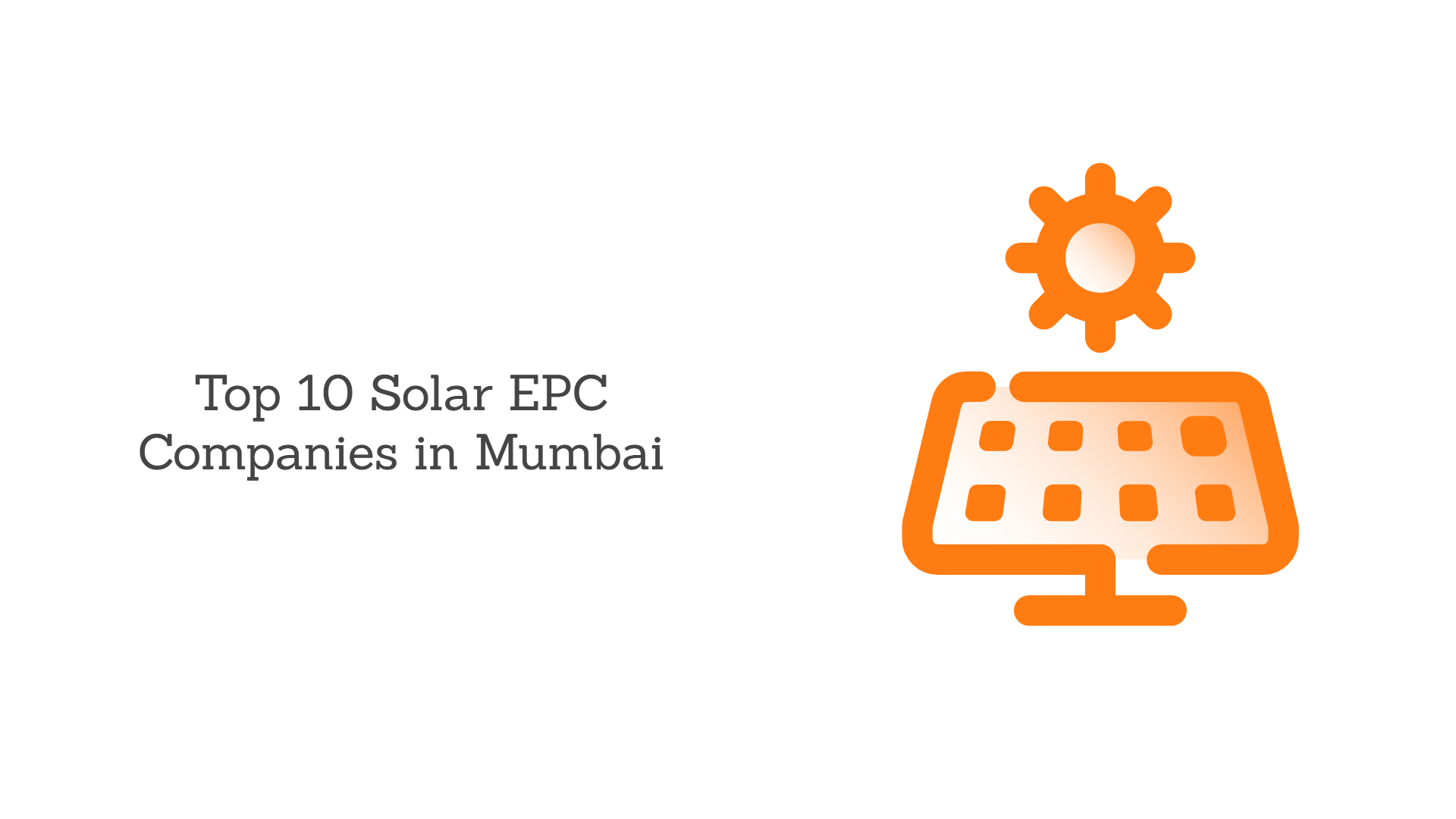

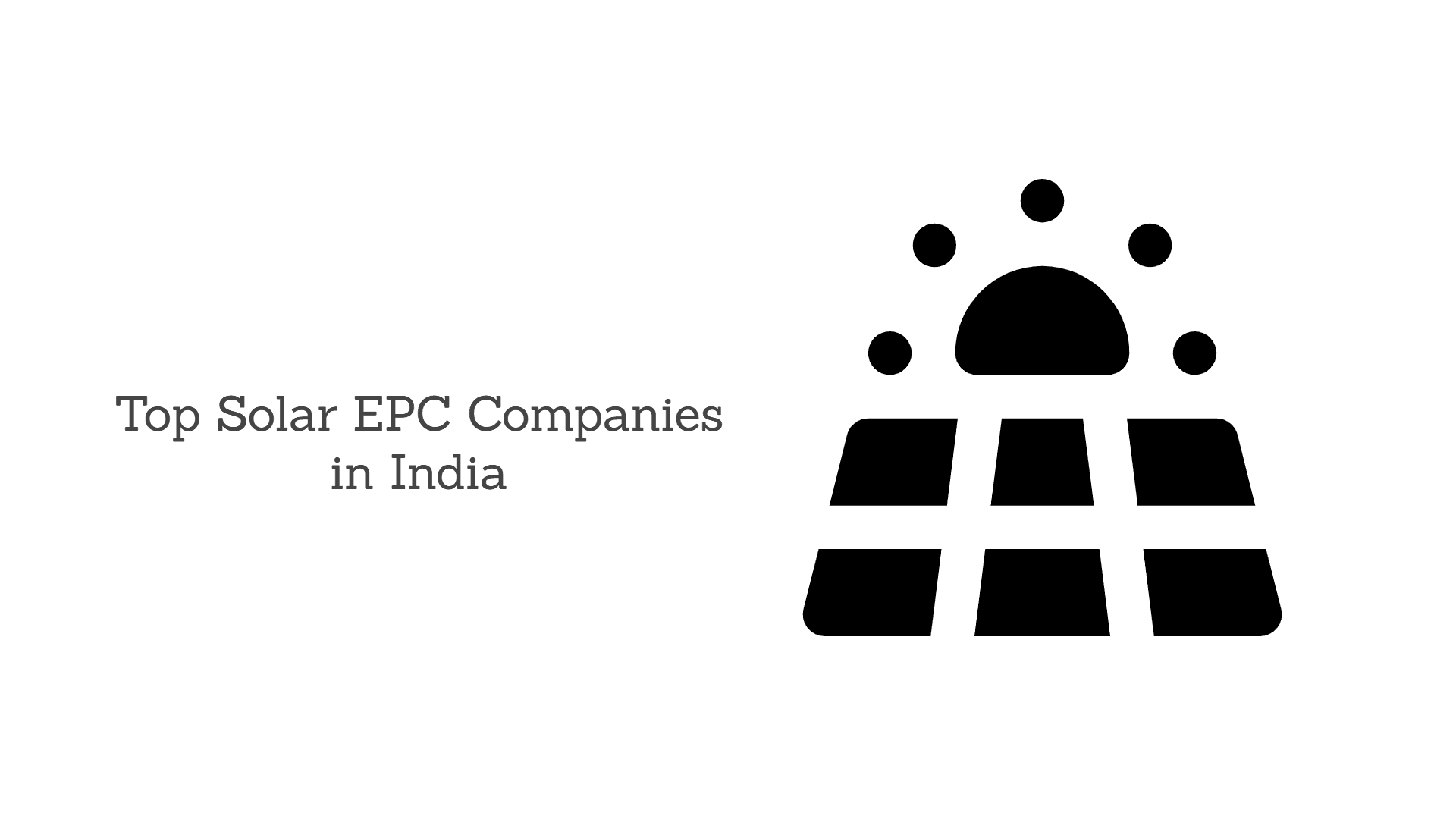

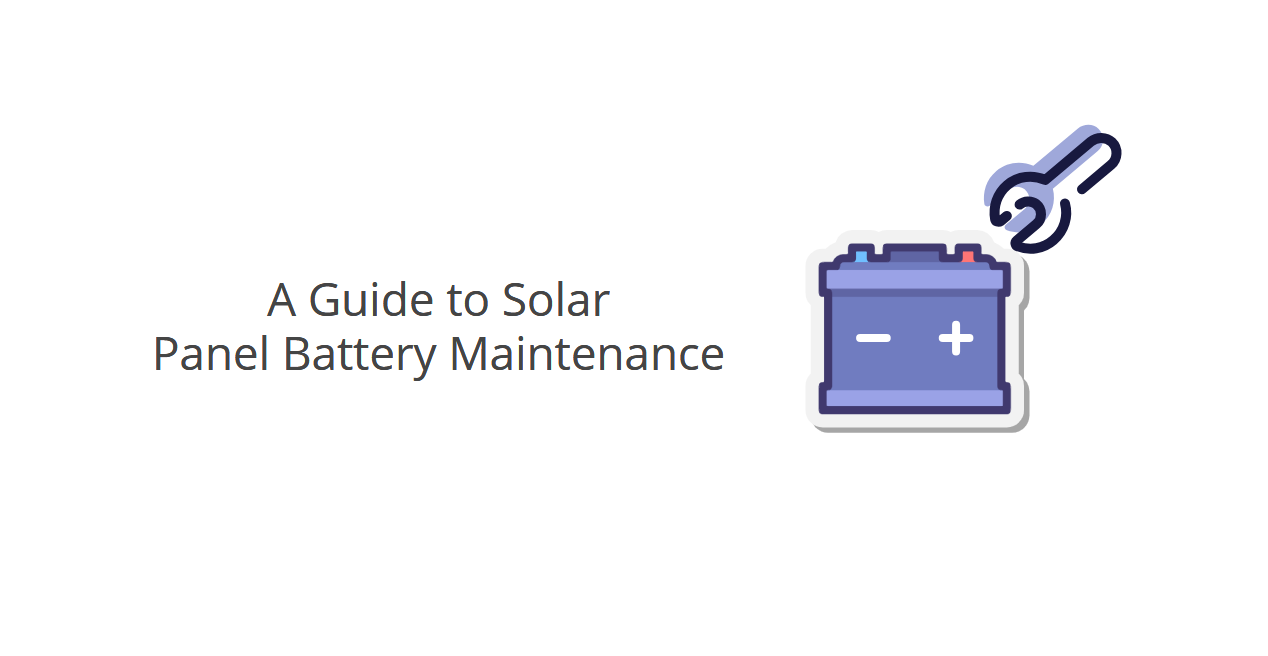




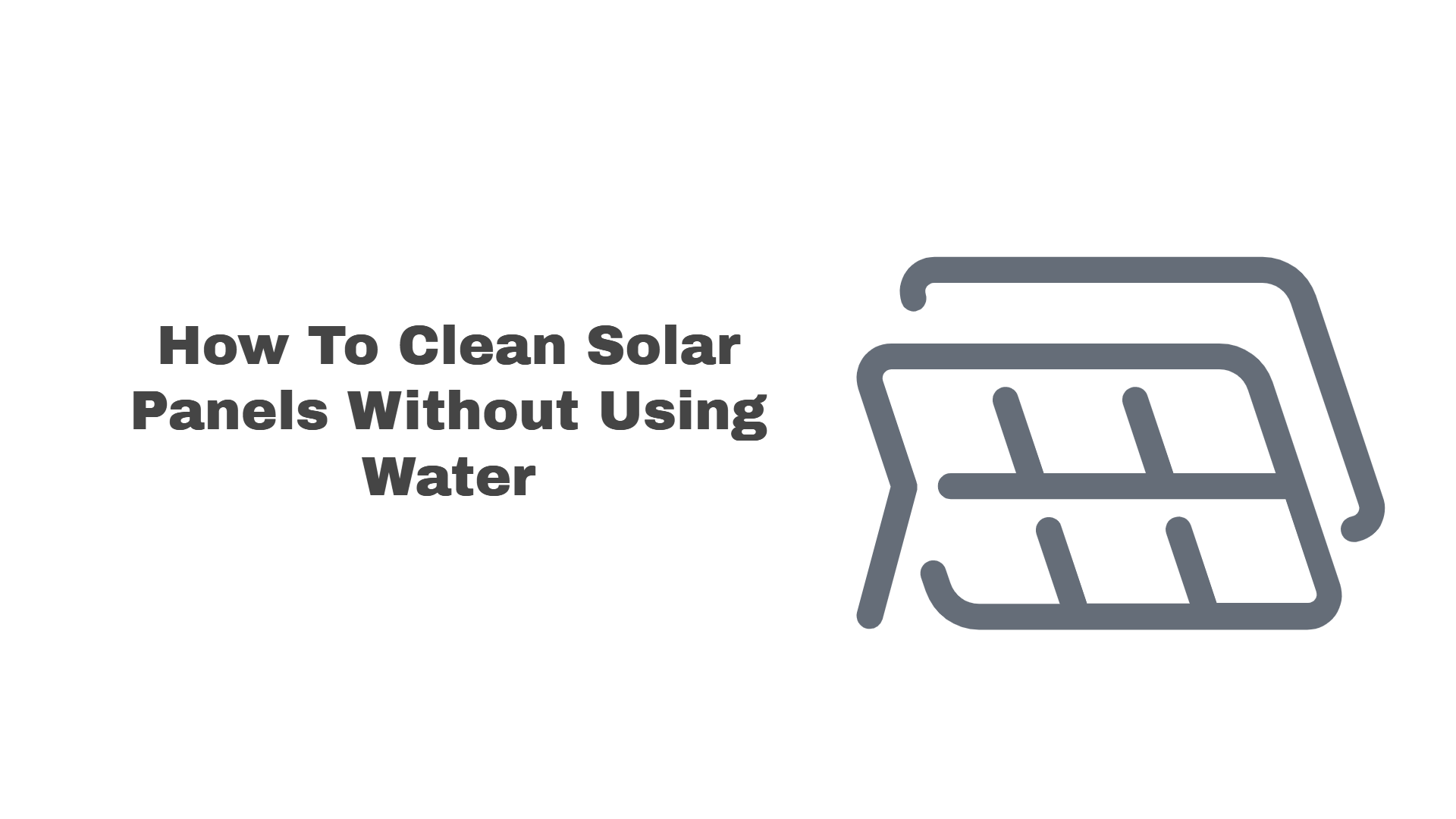
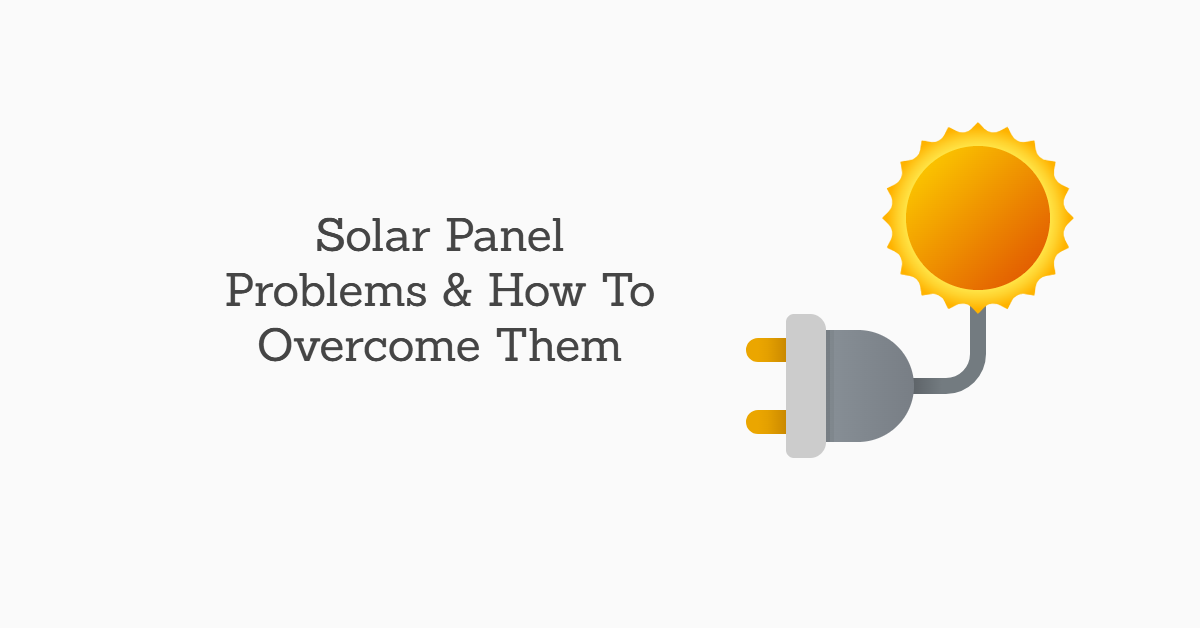



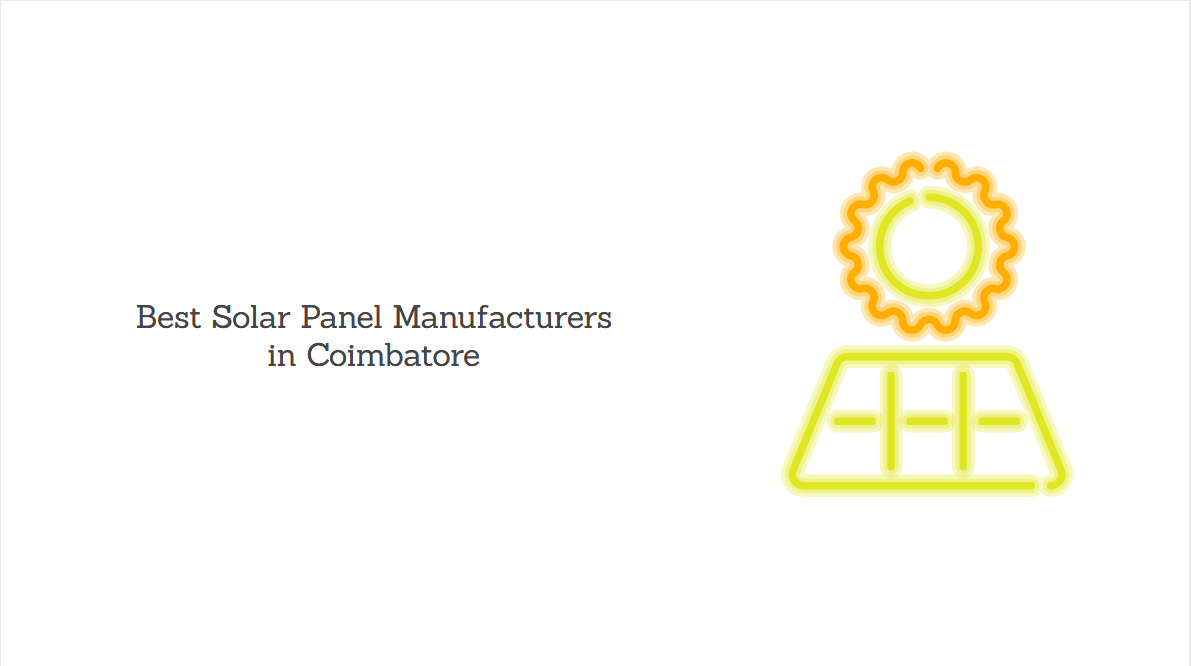

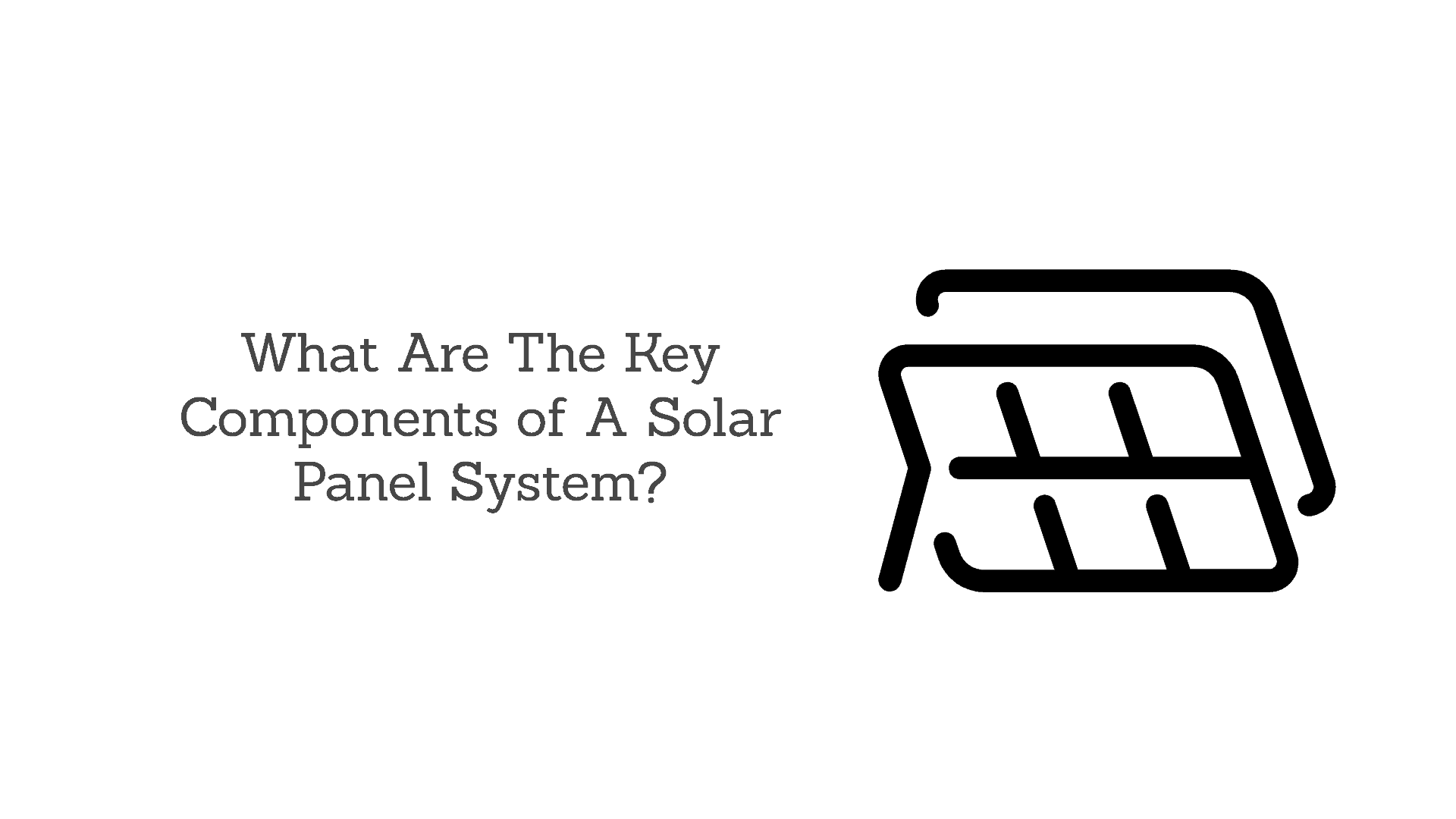






0 Comments